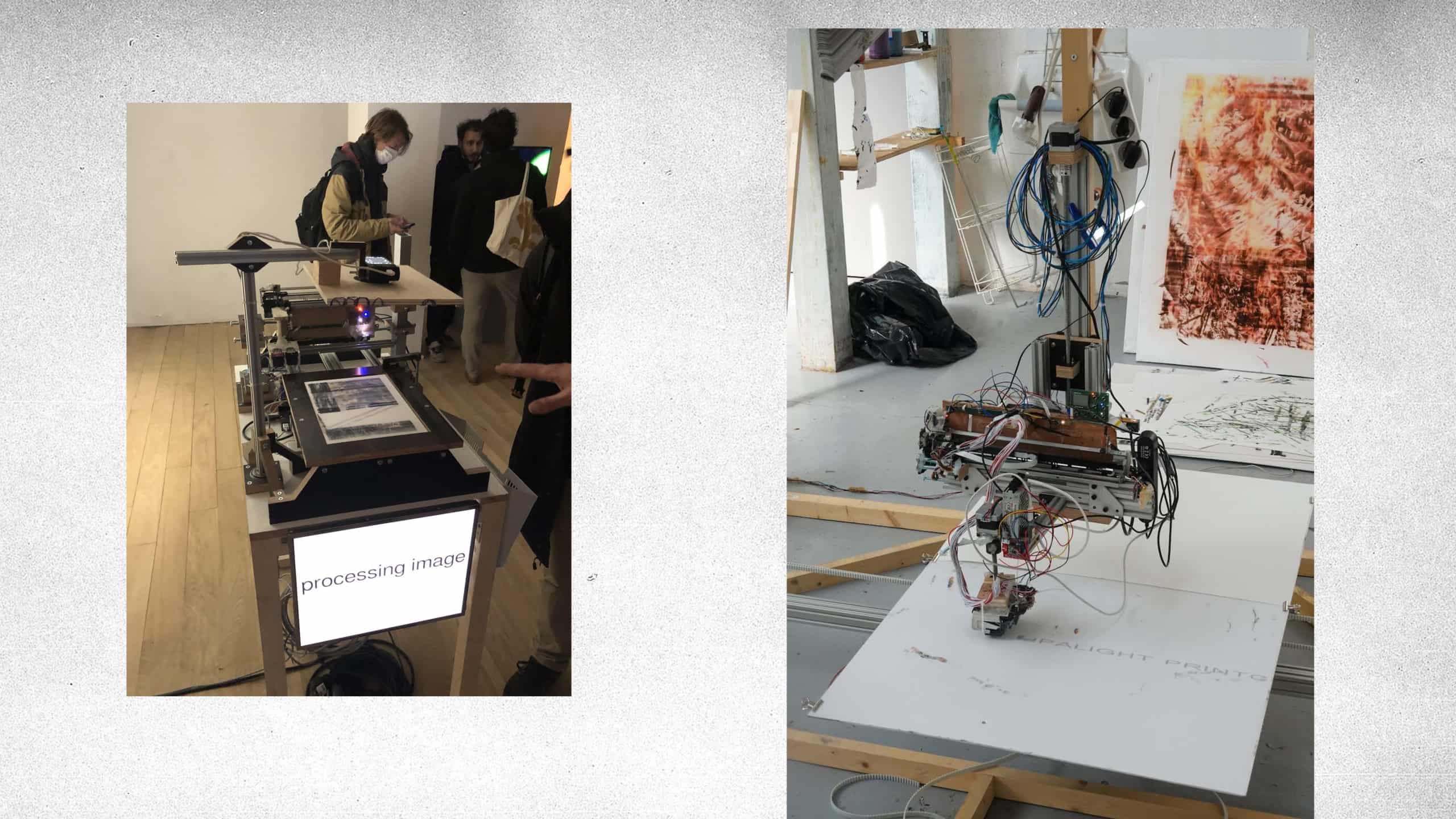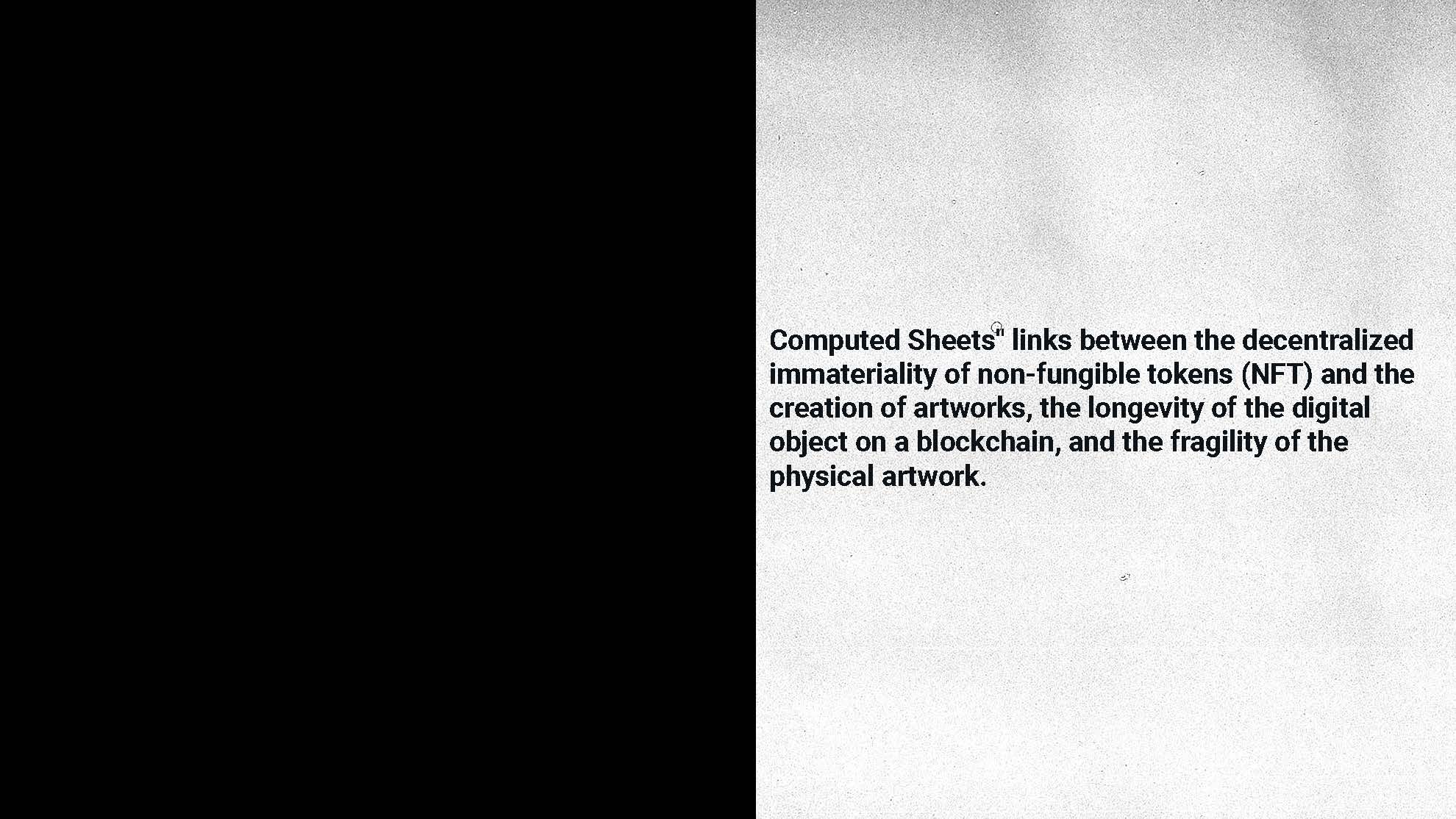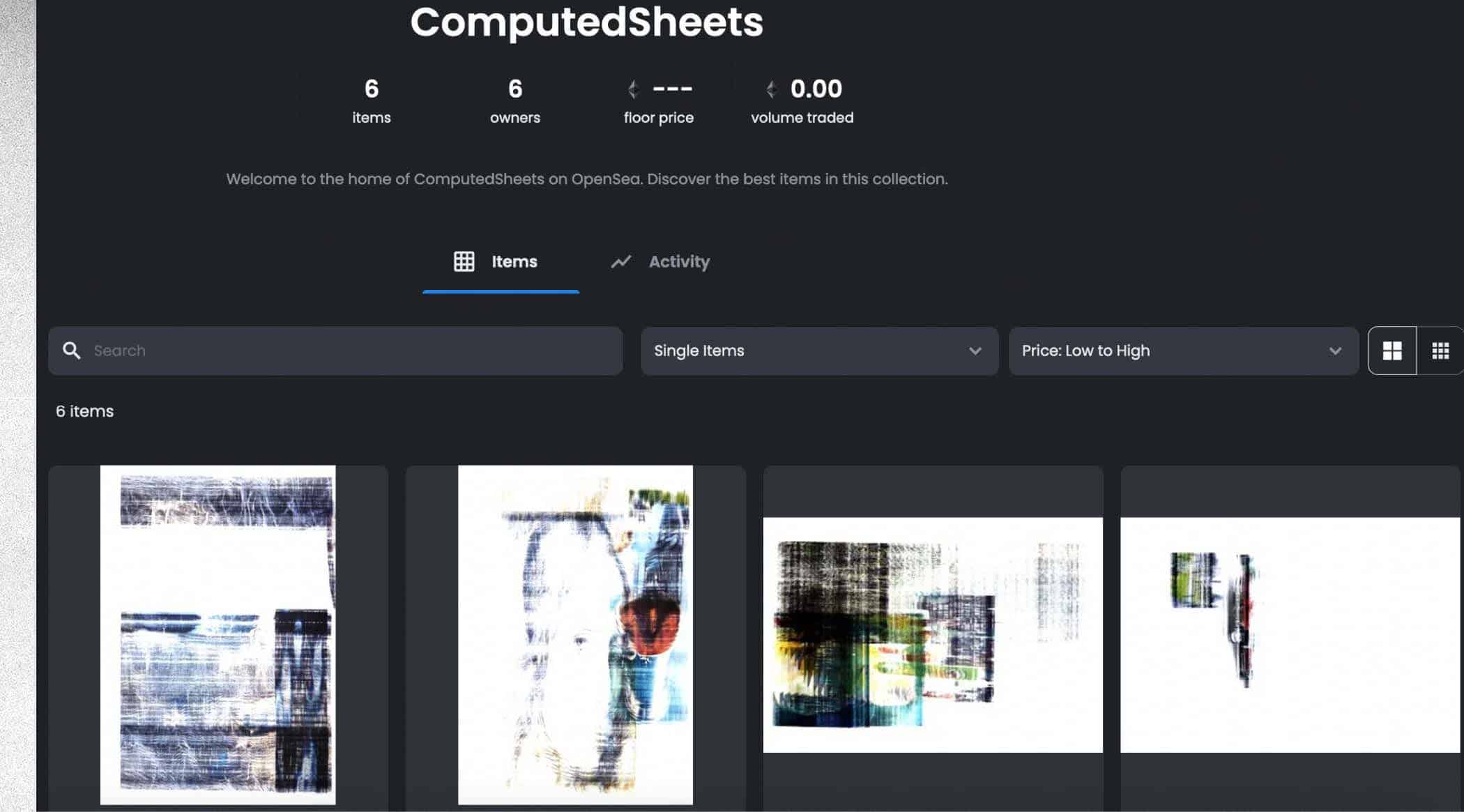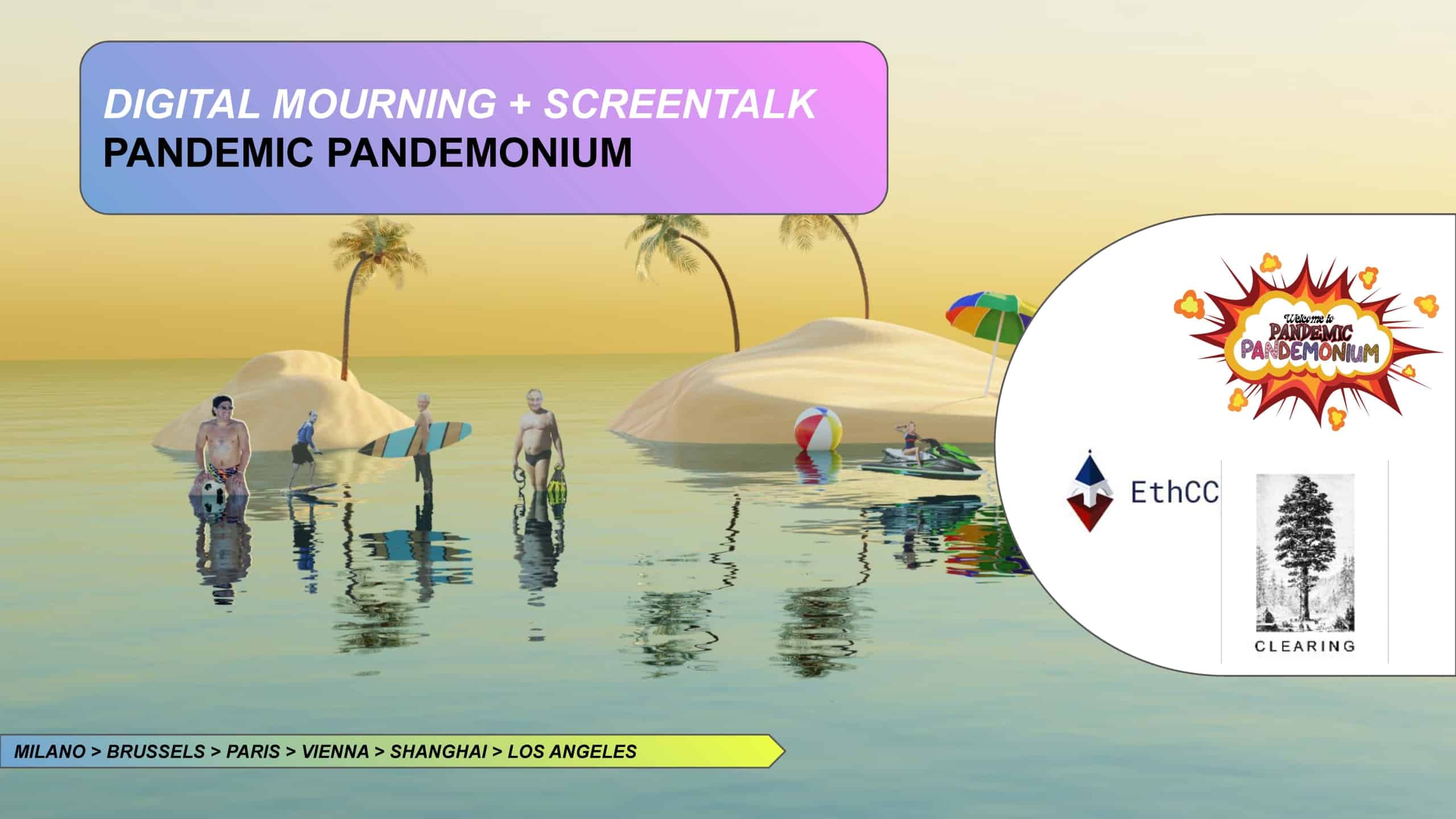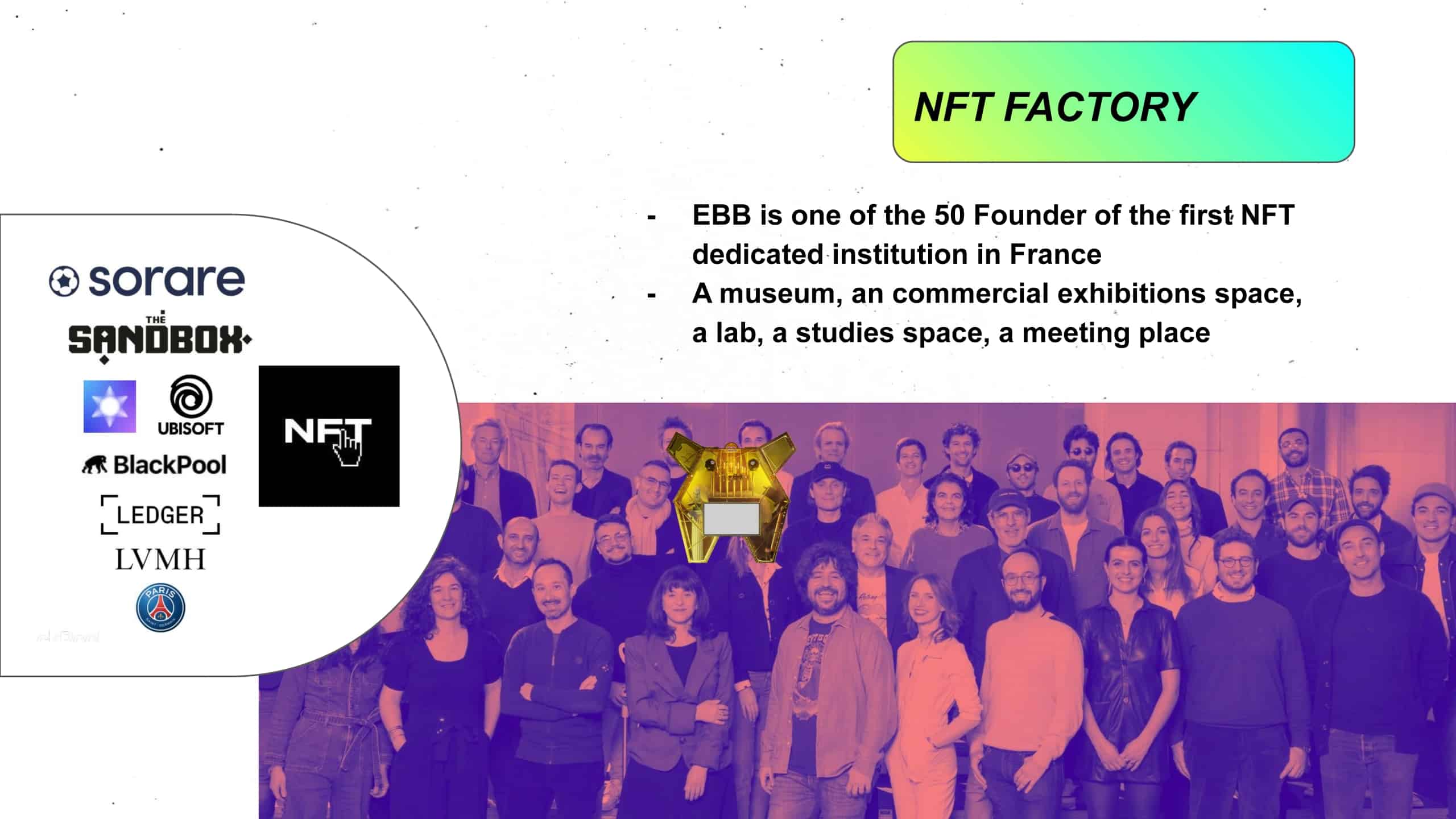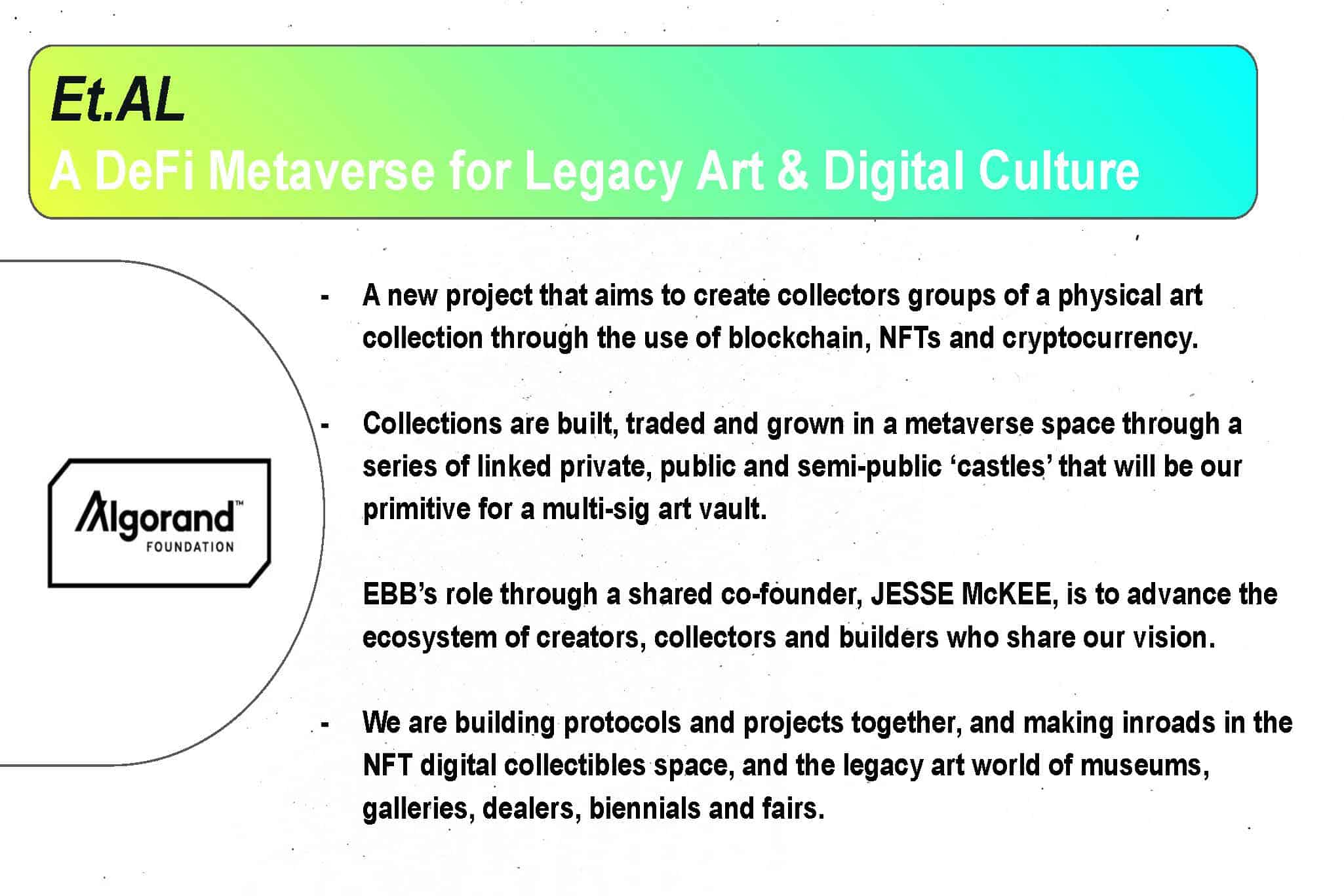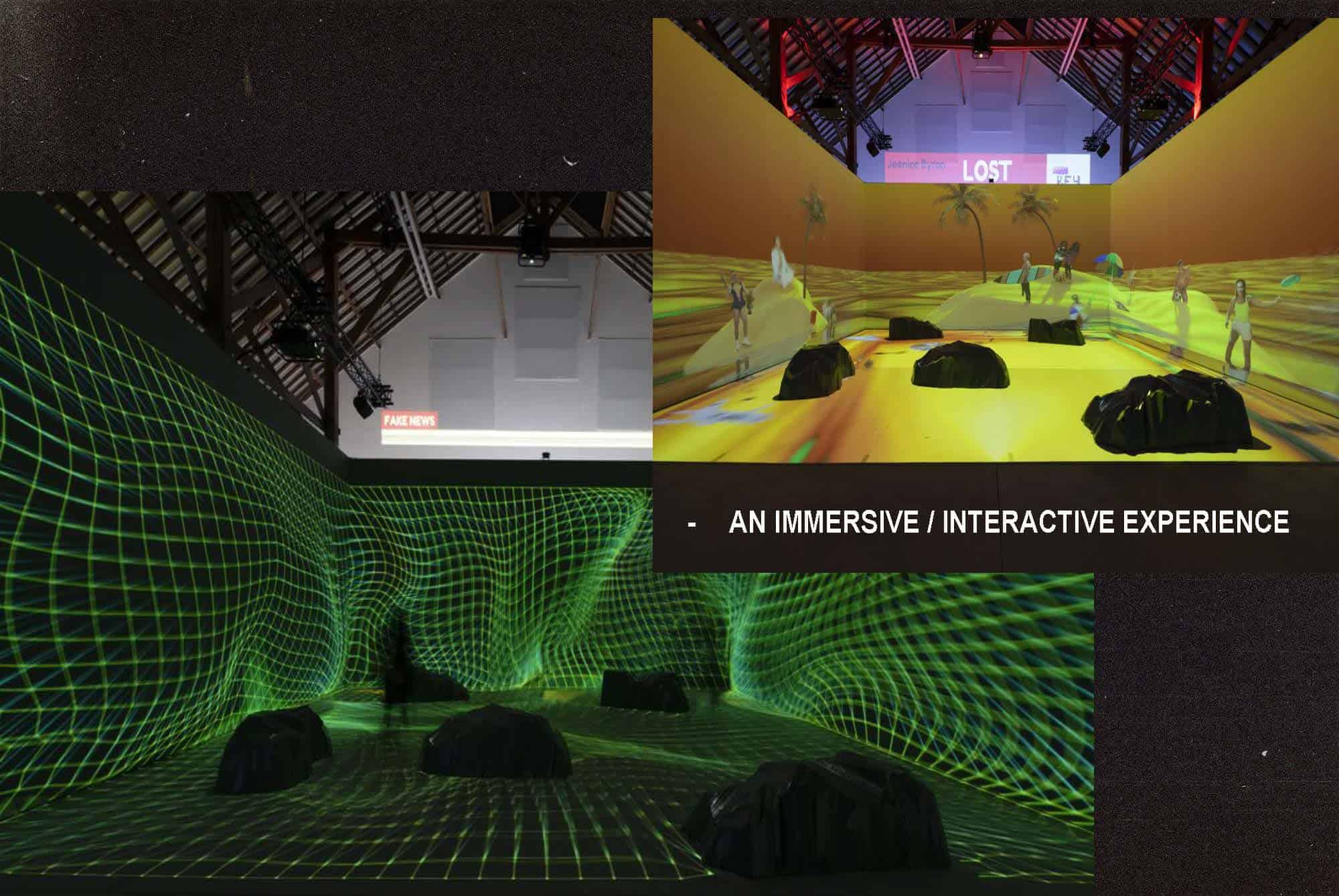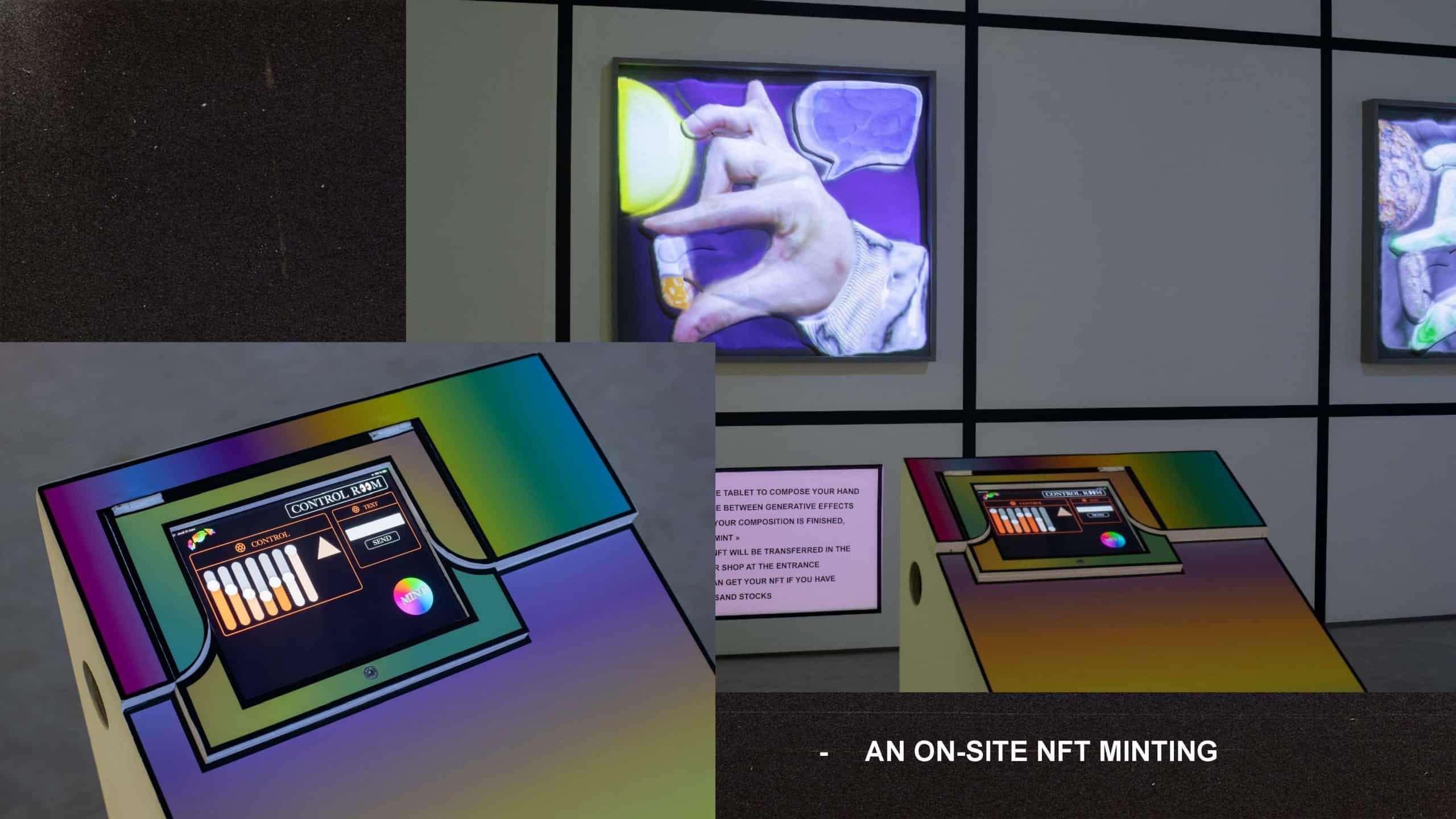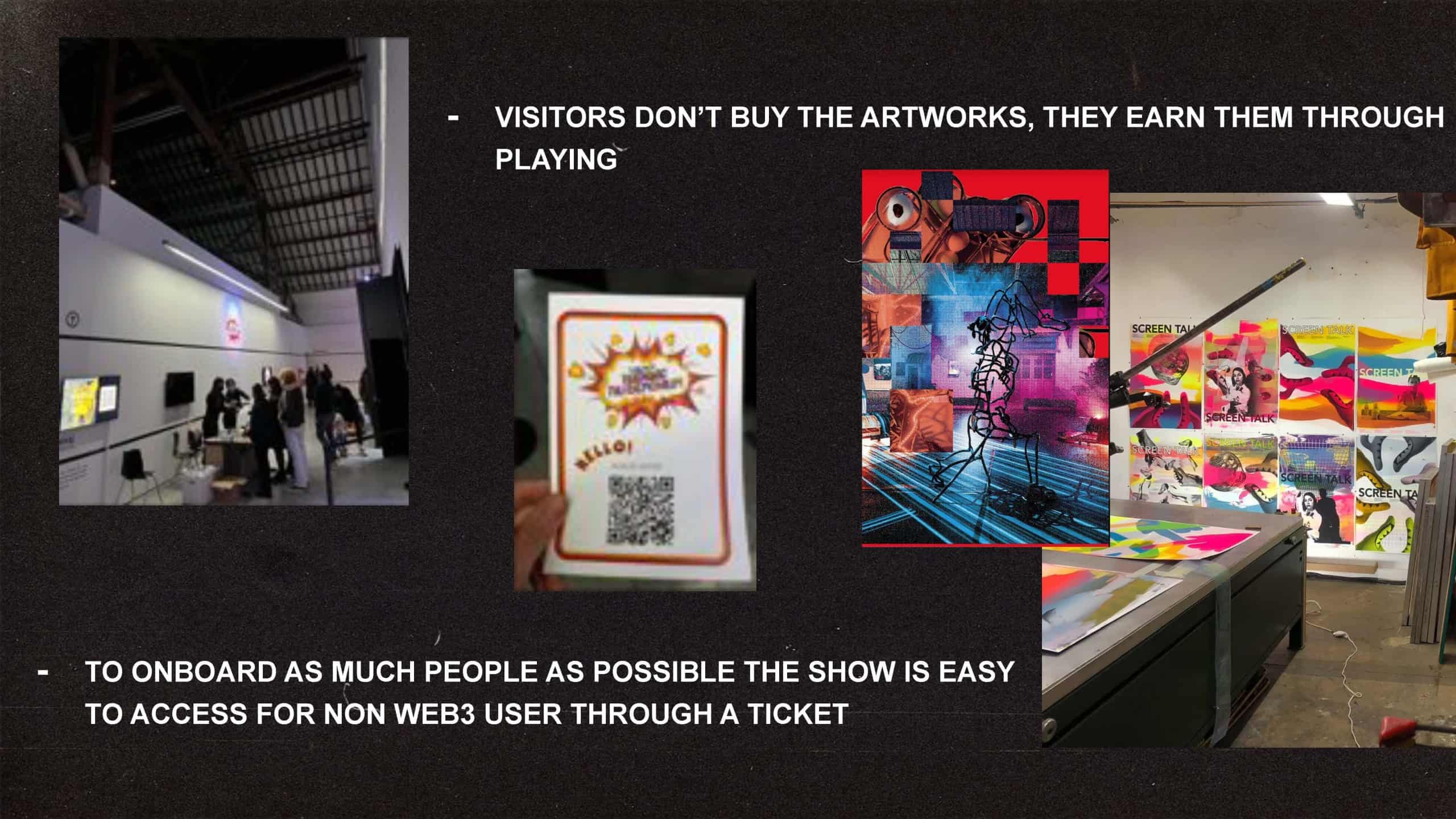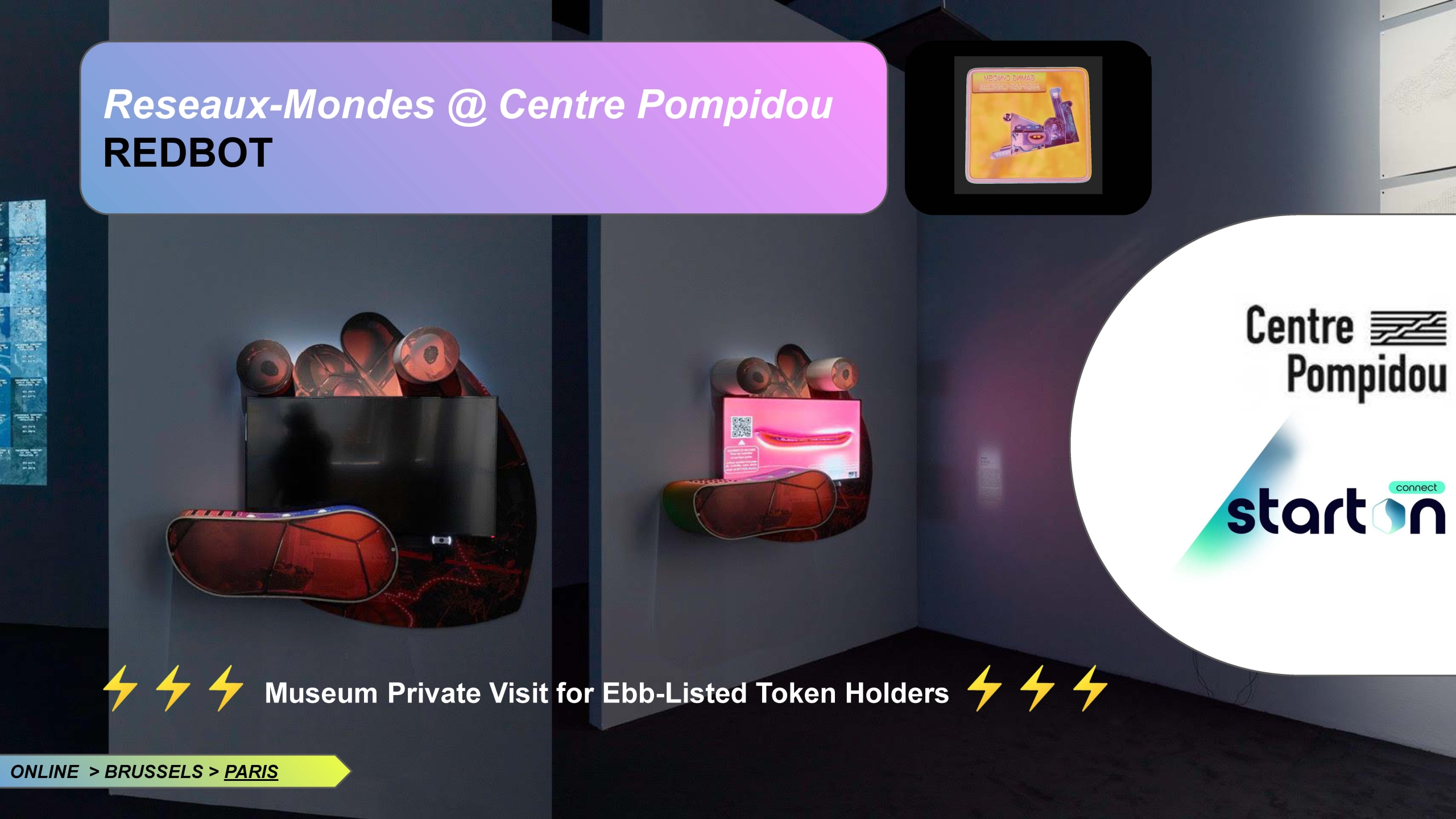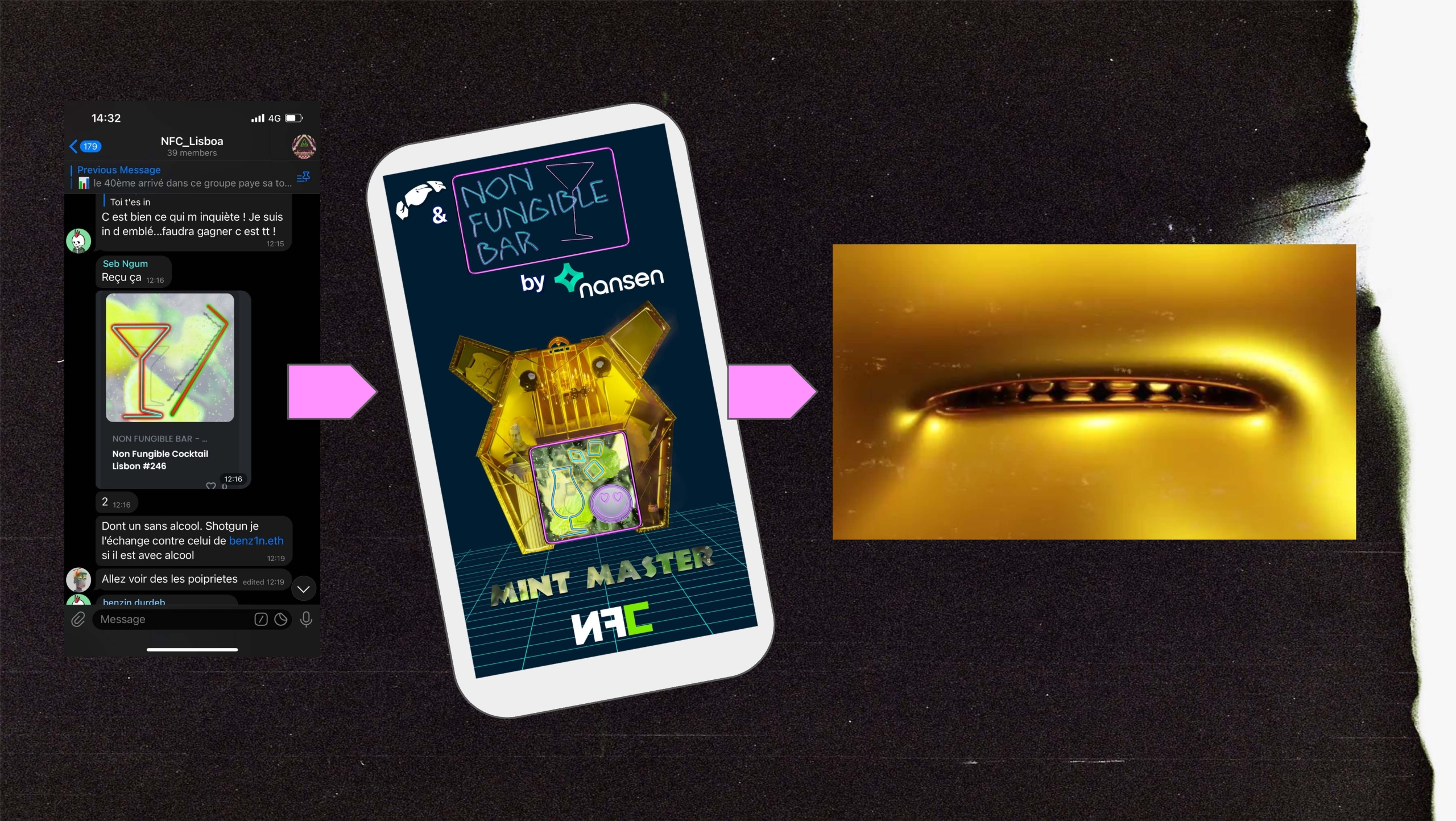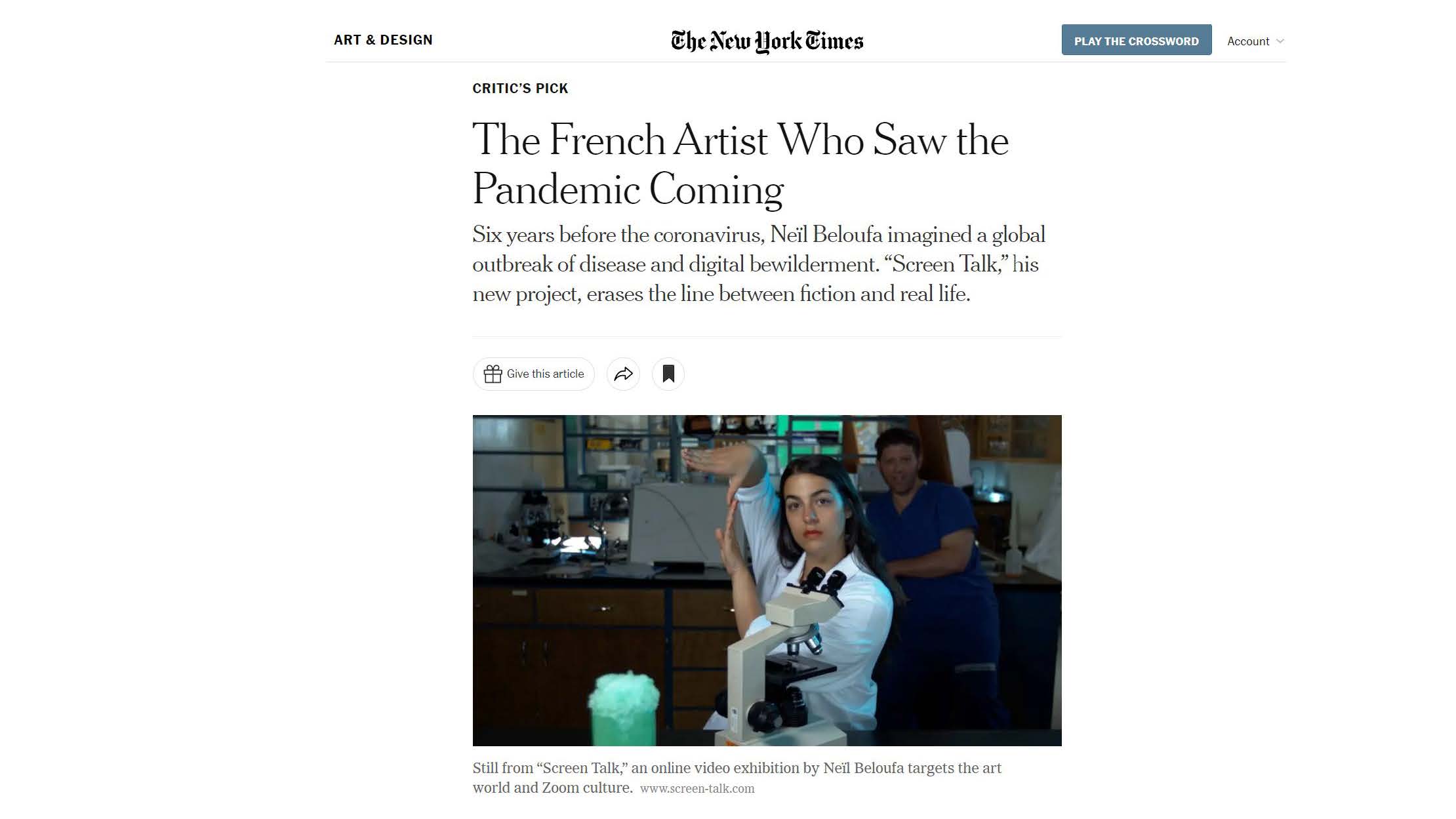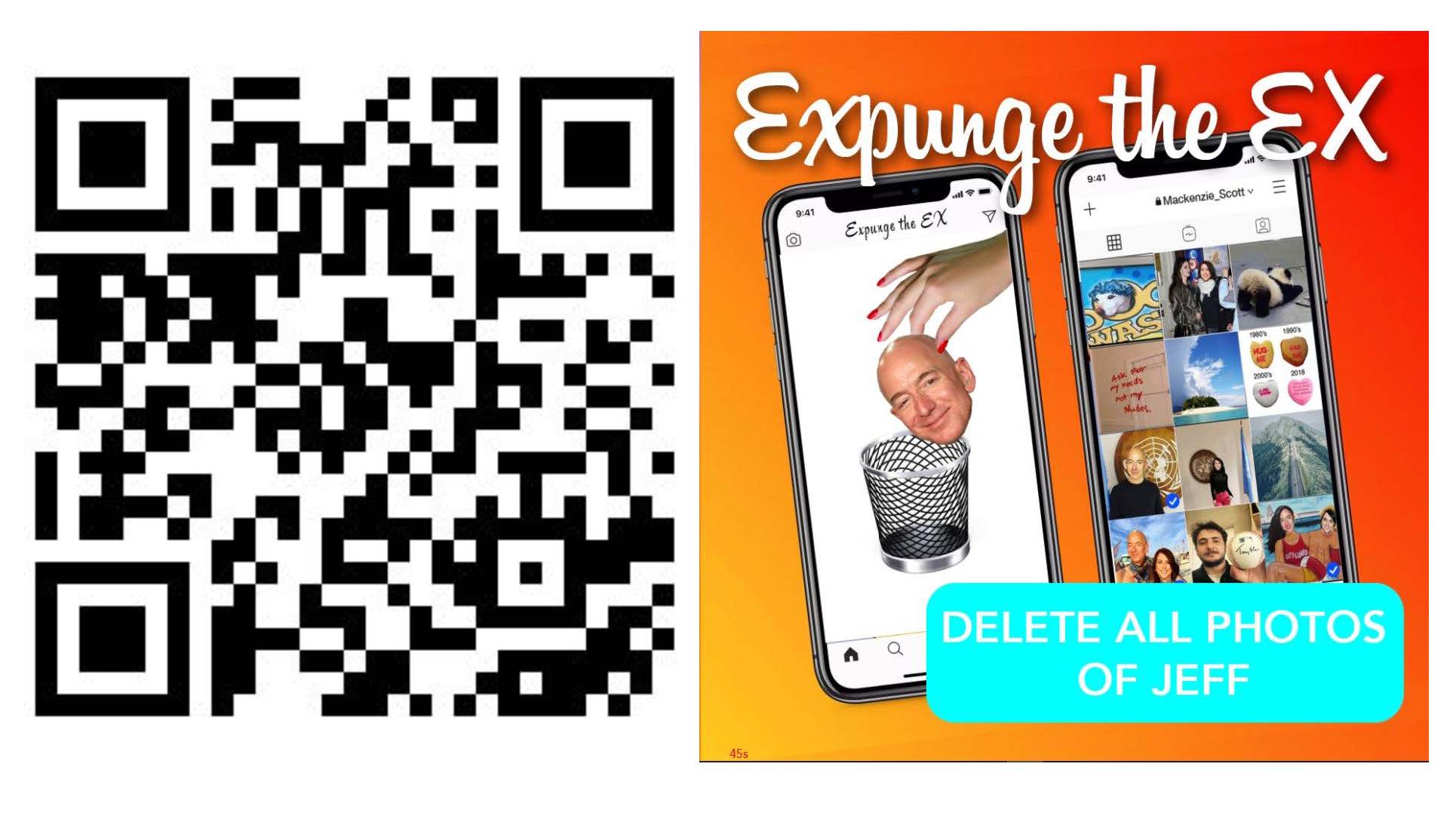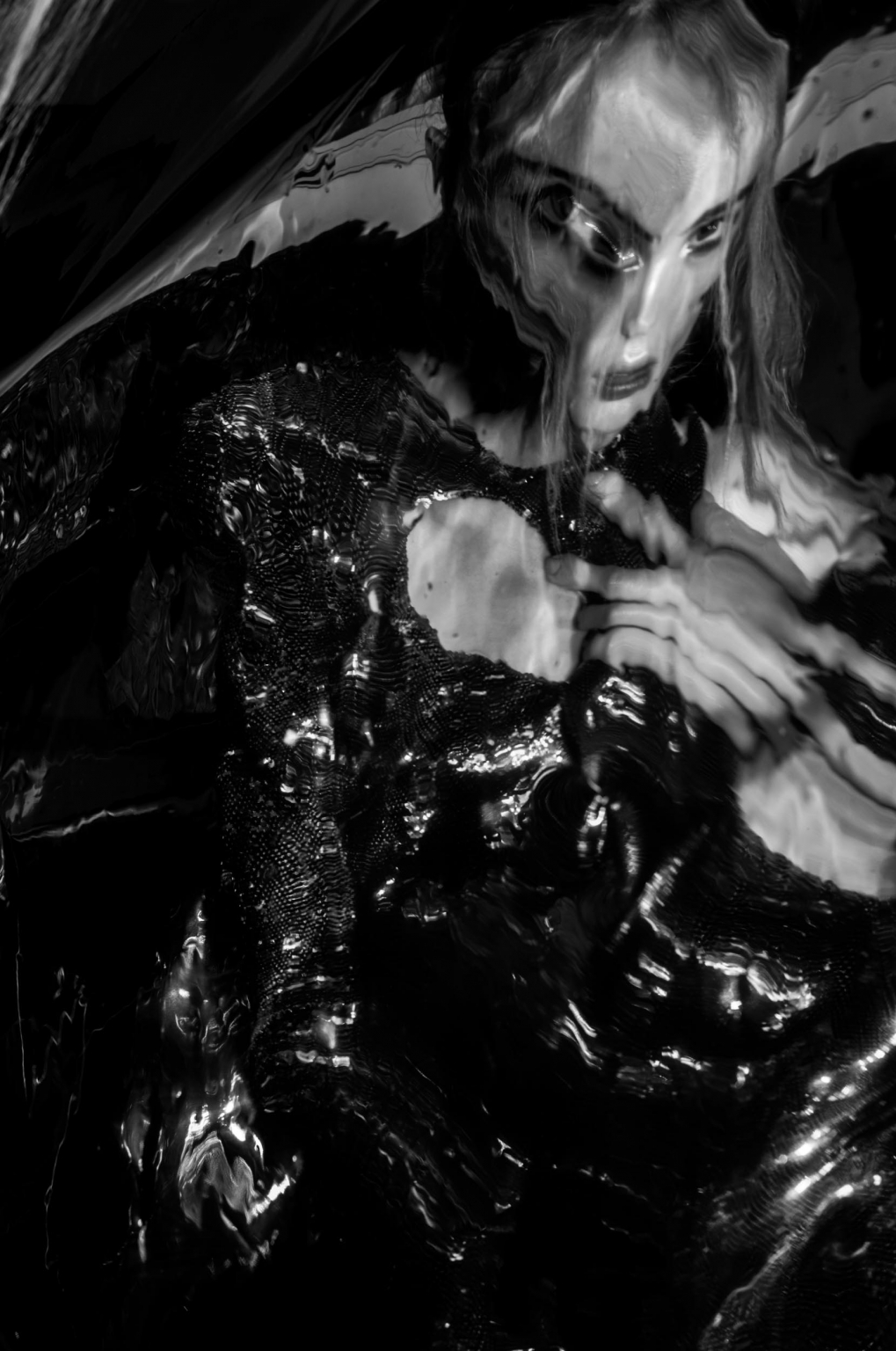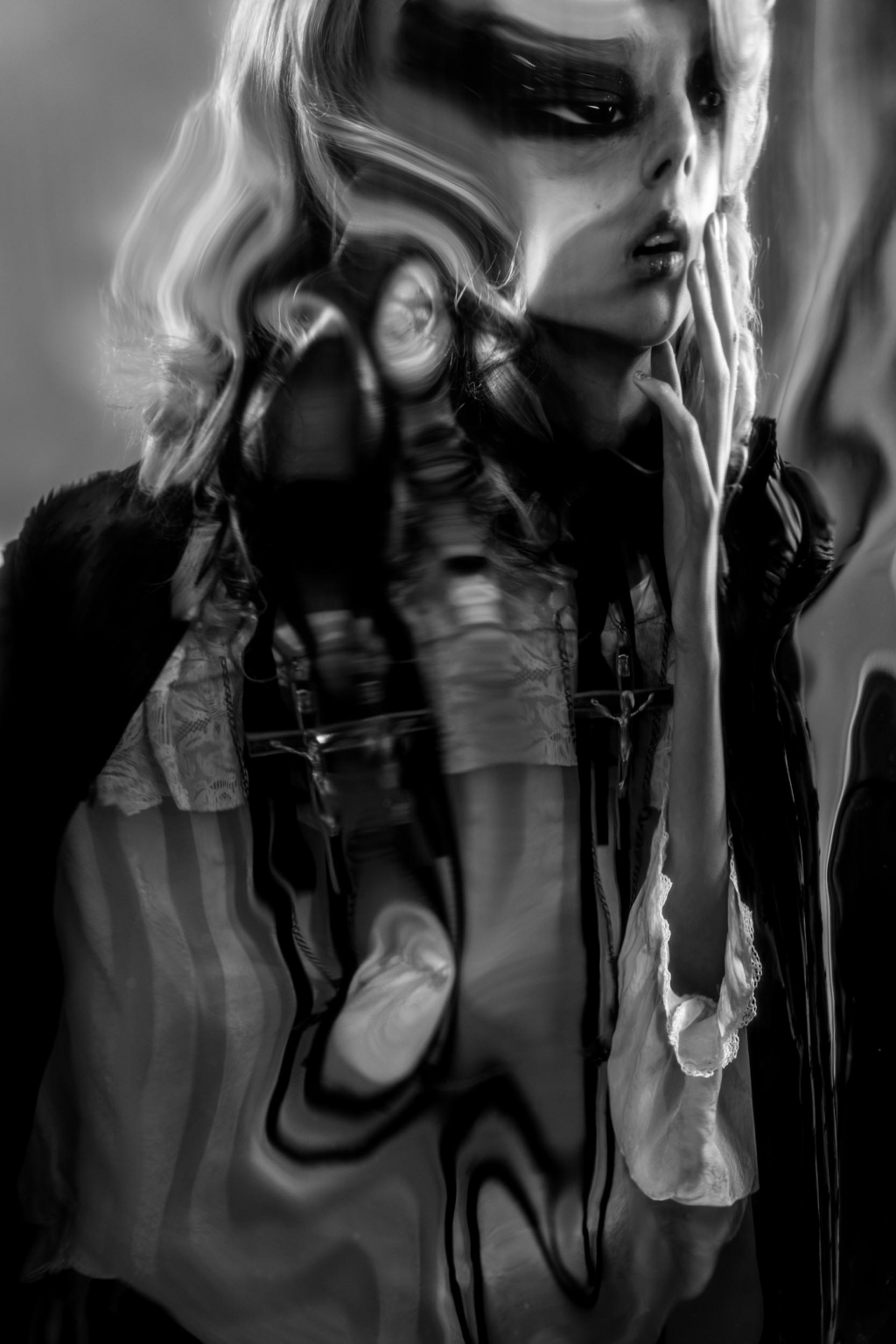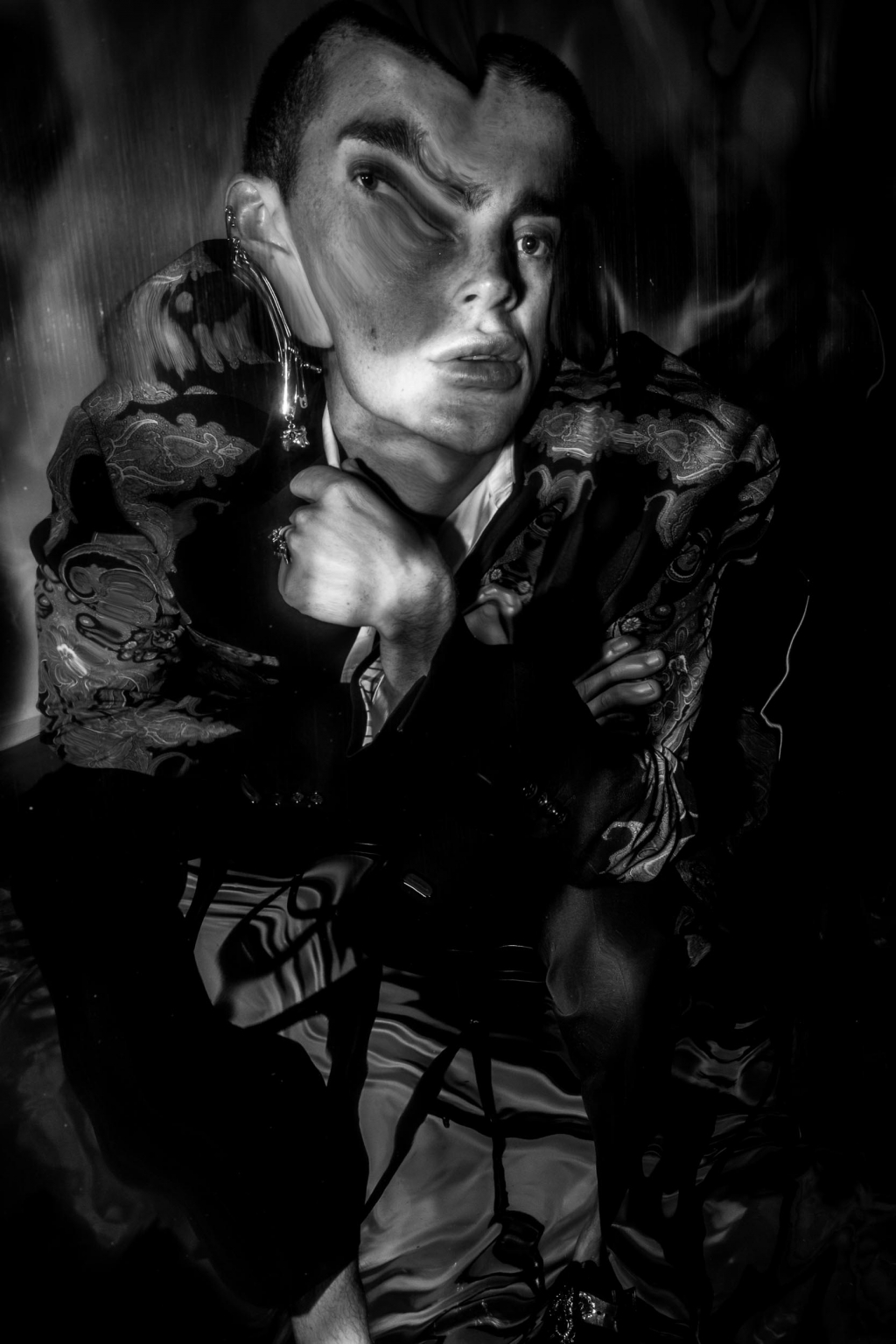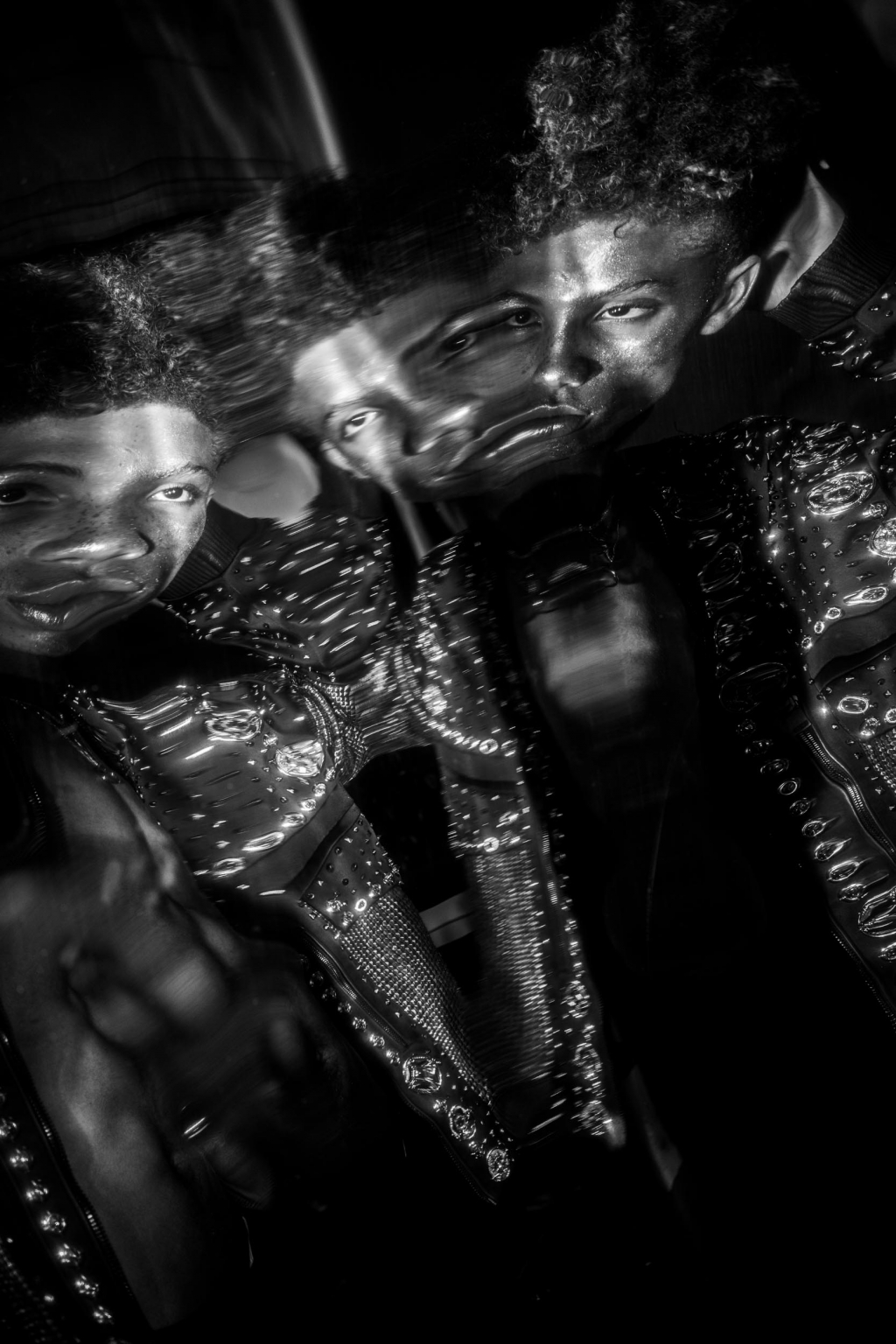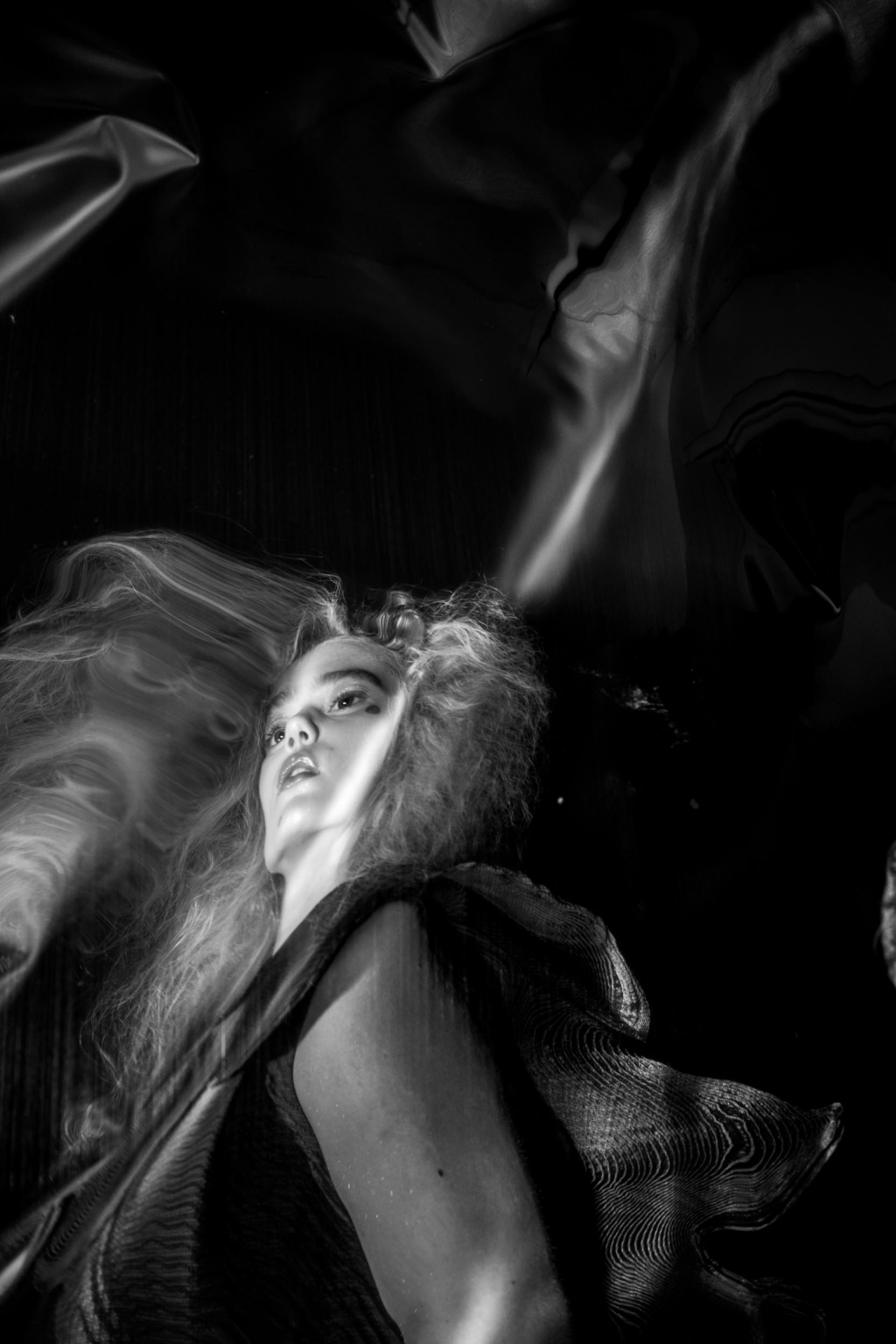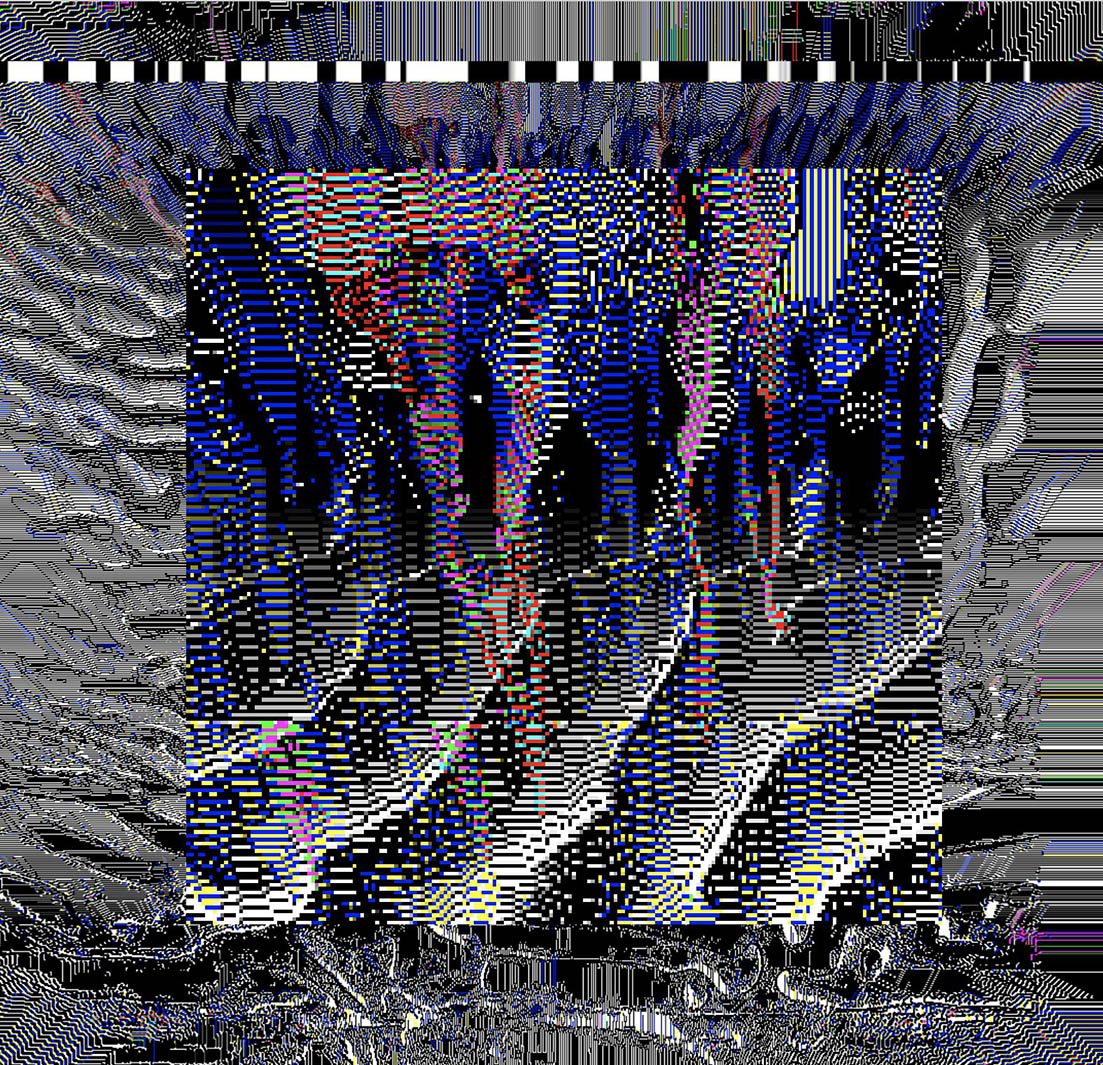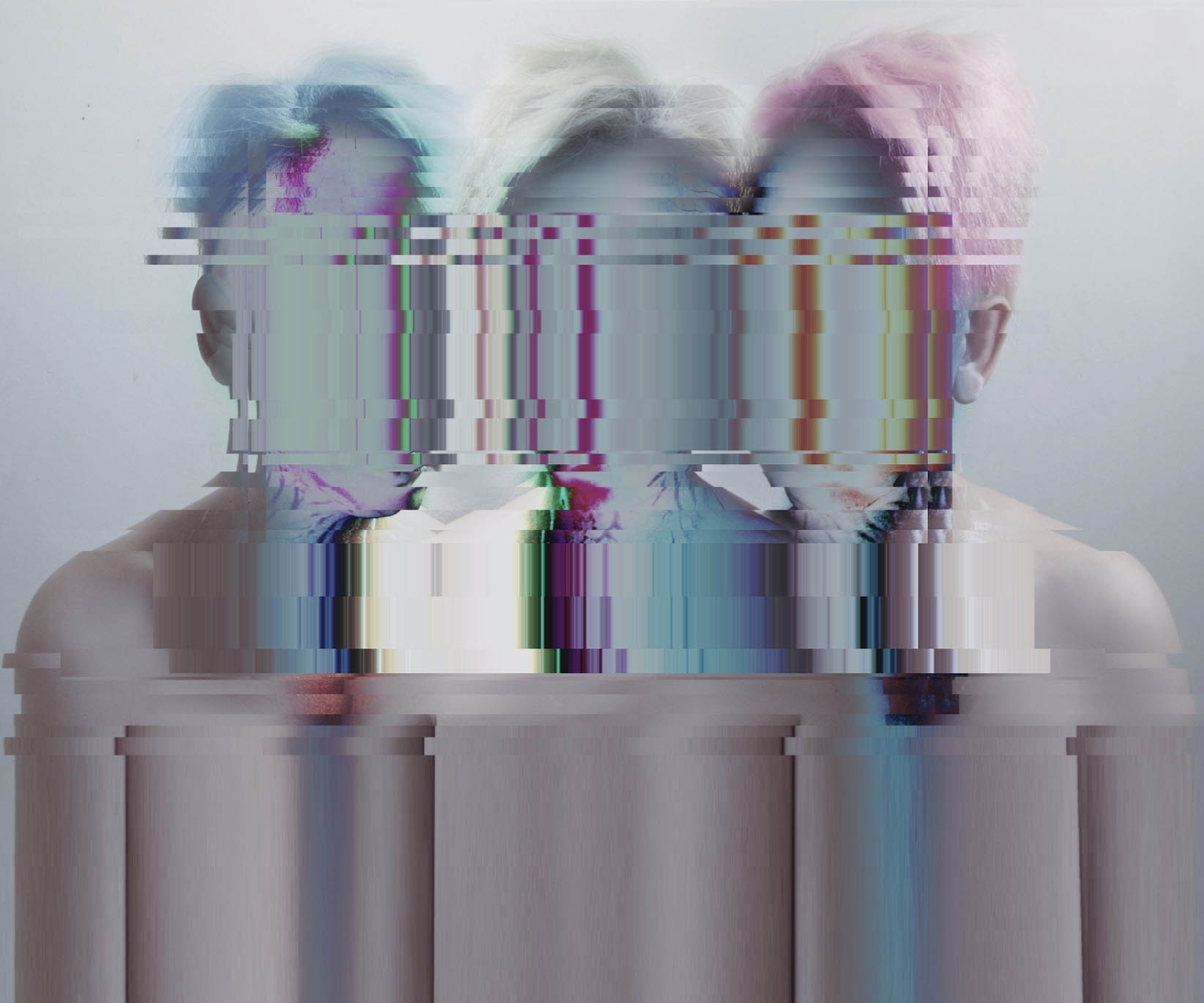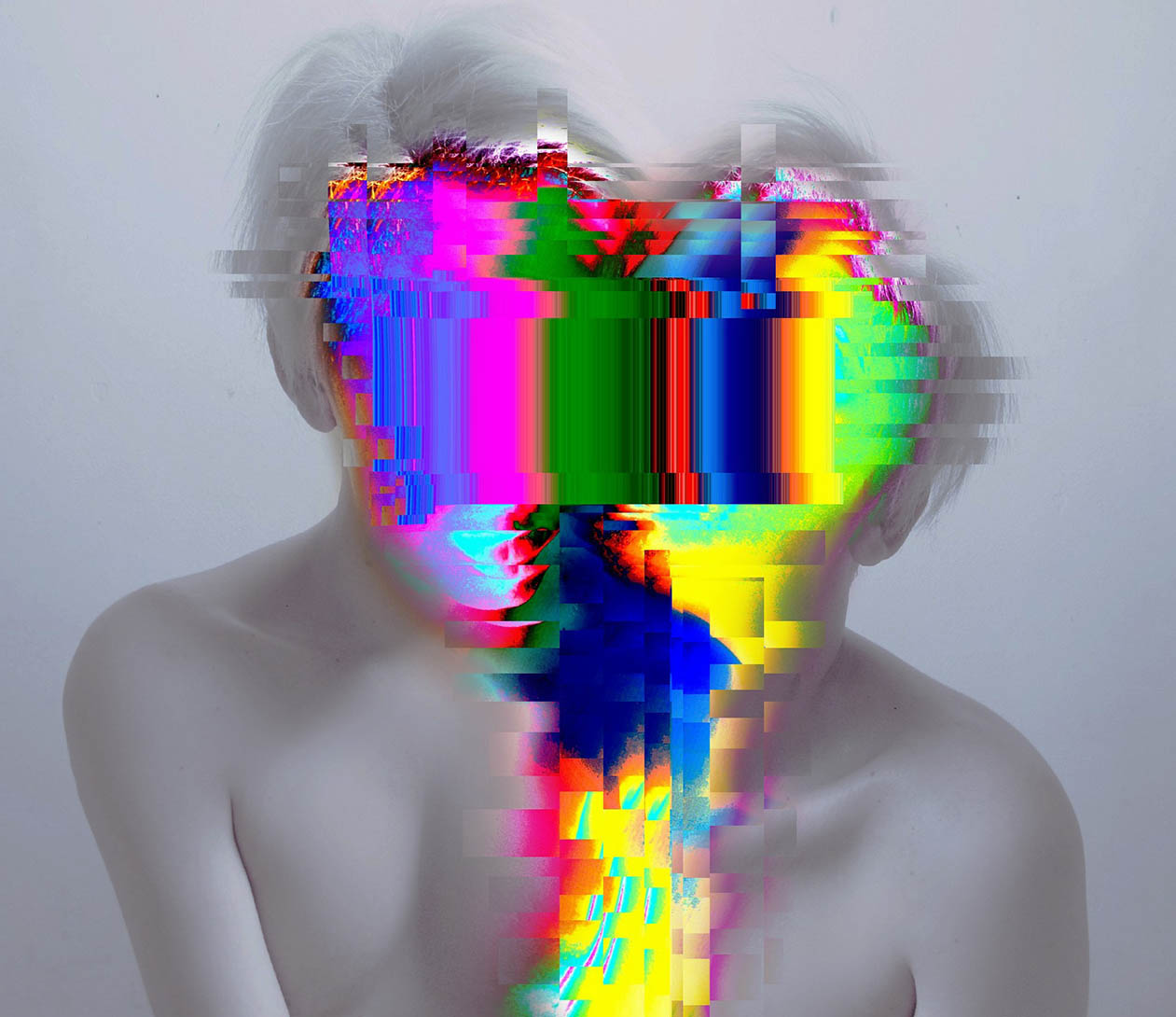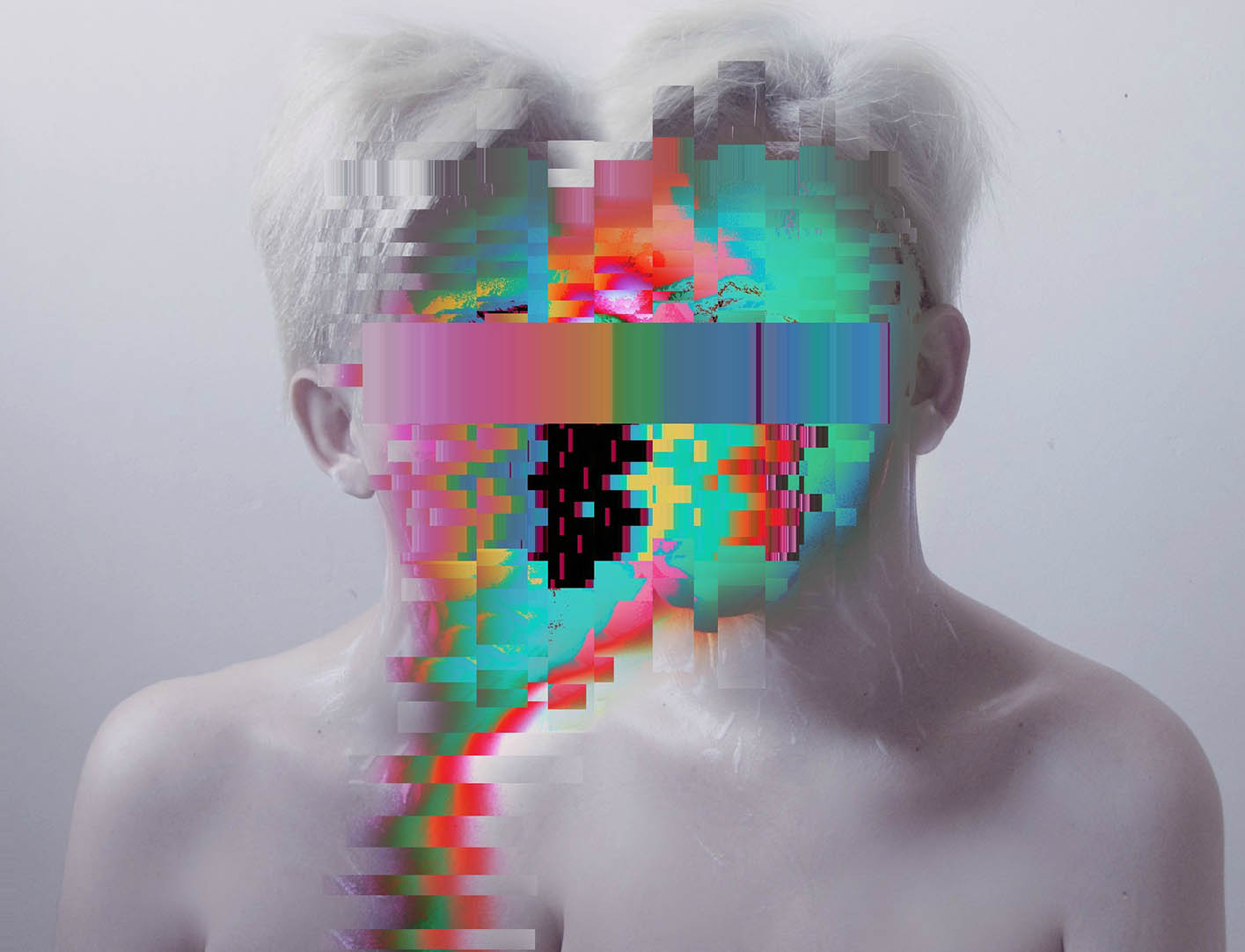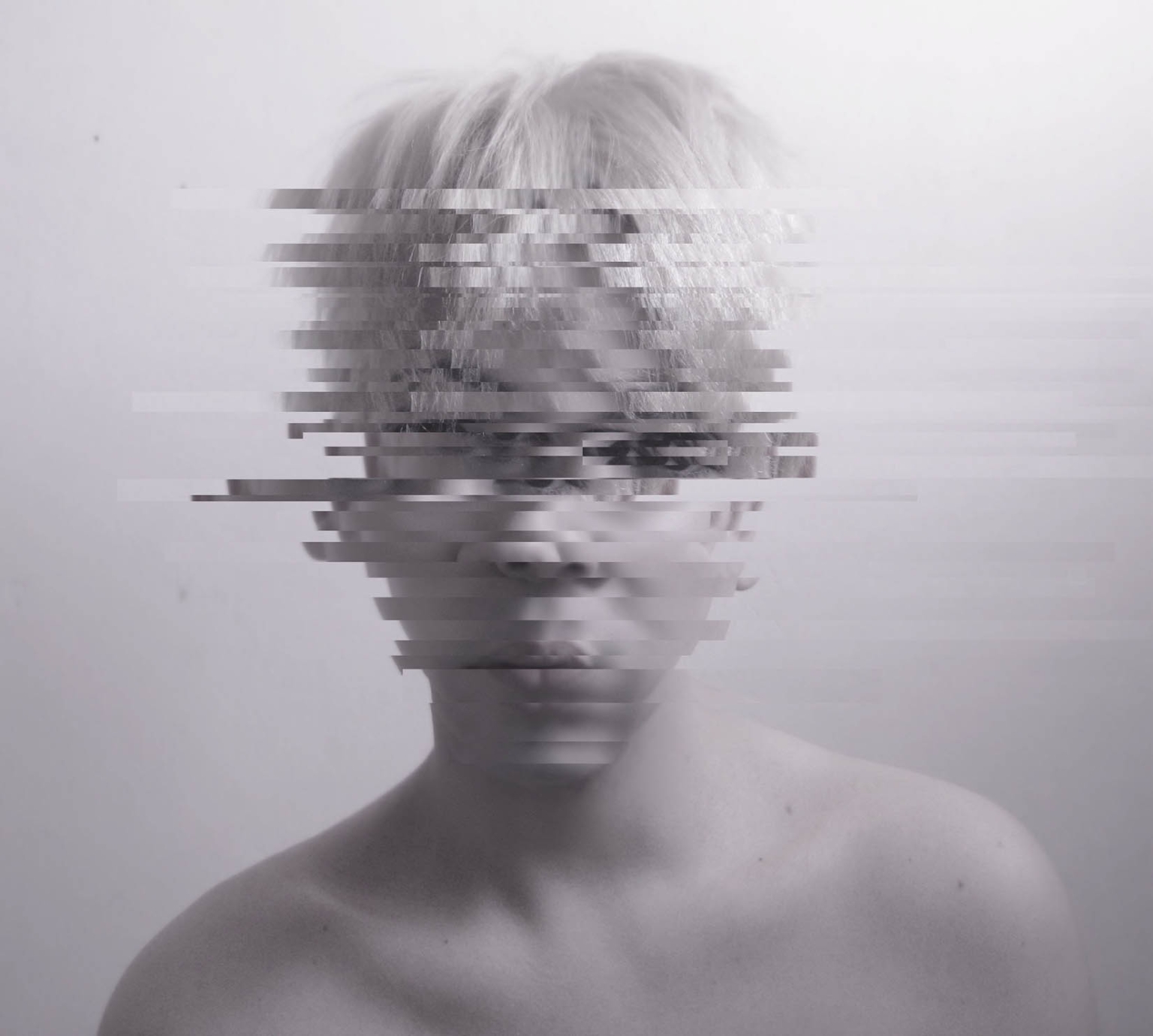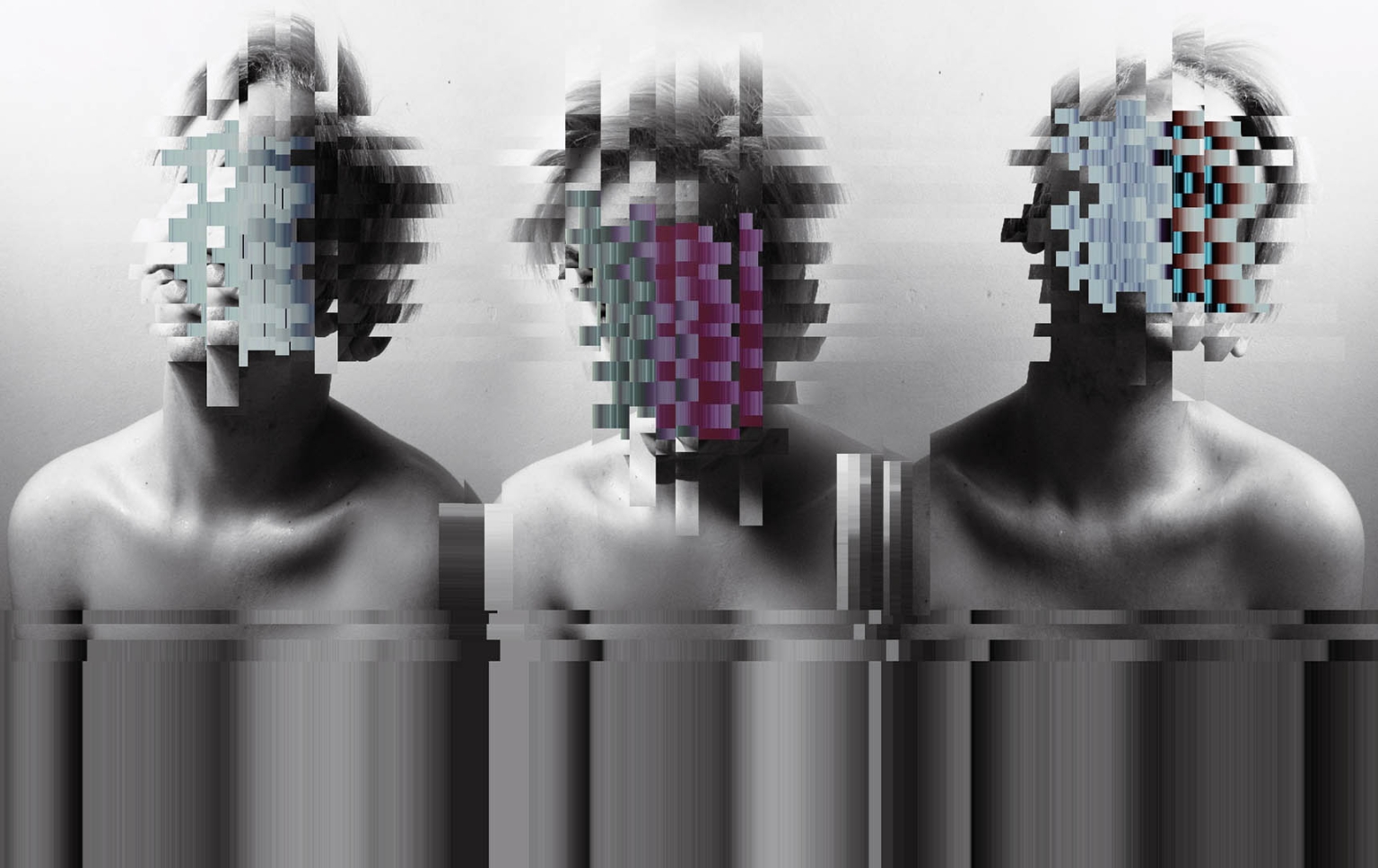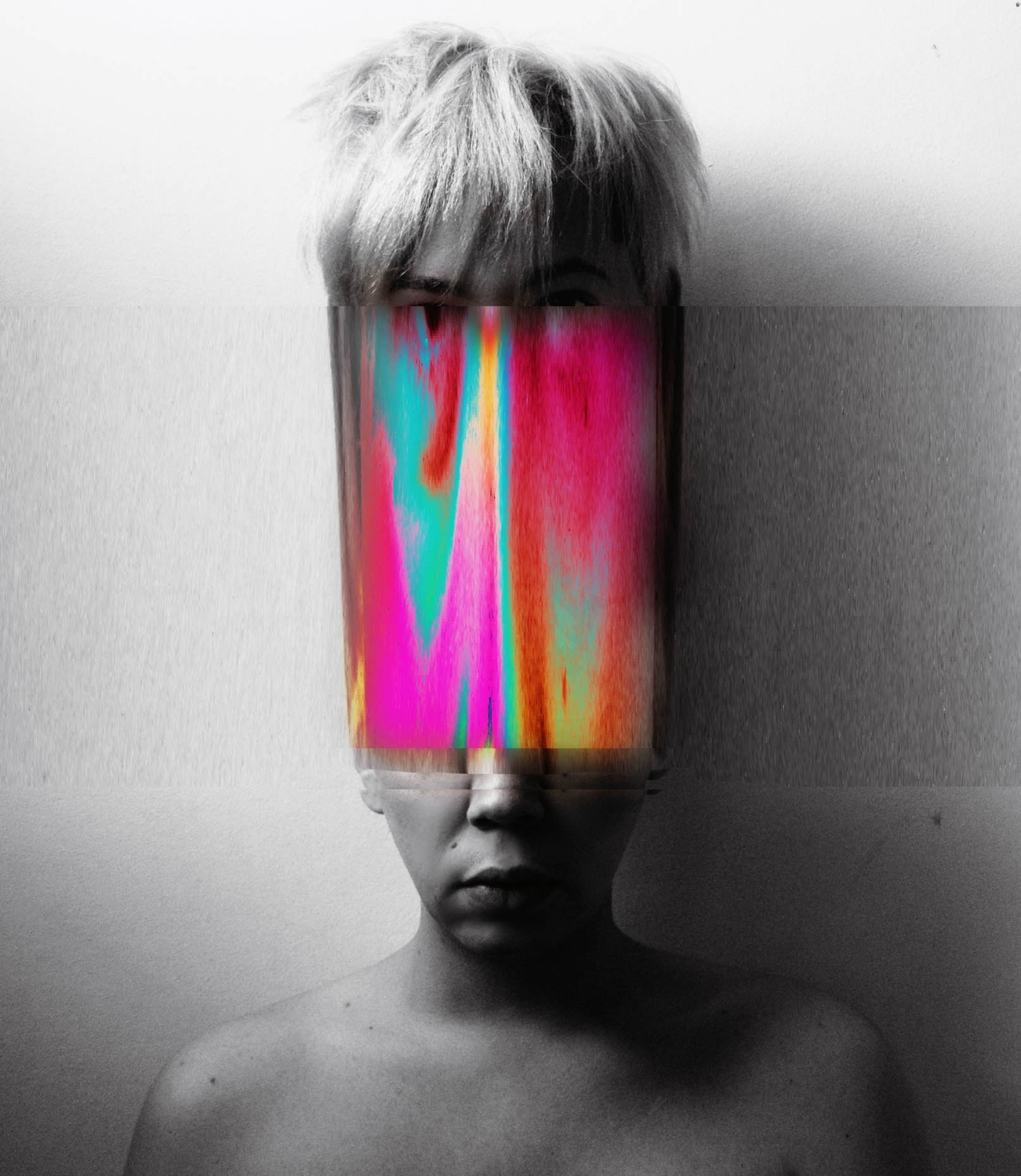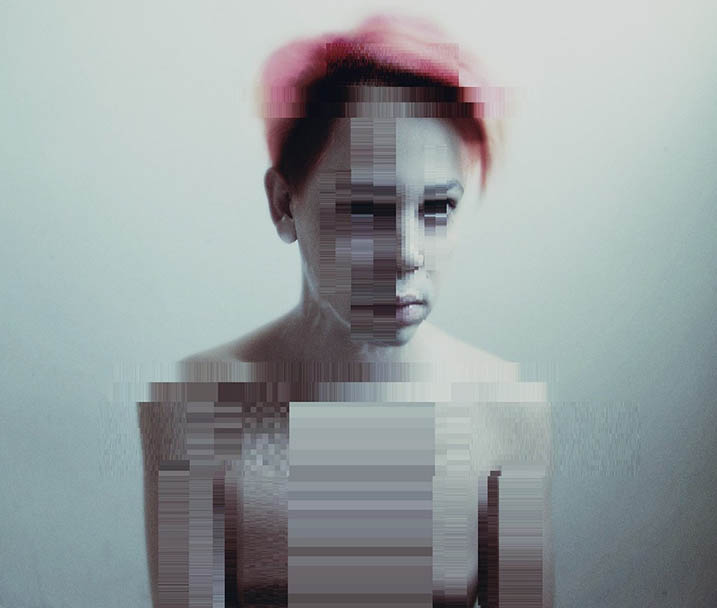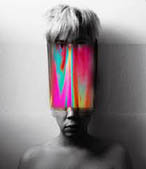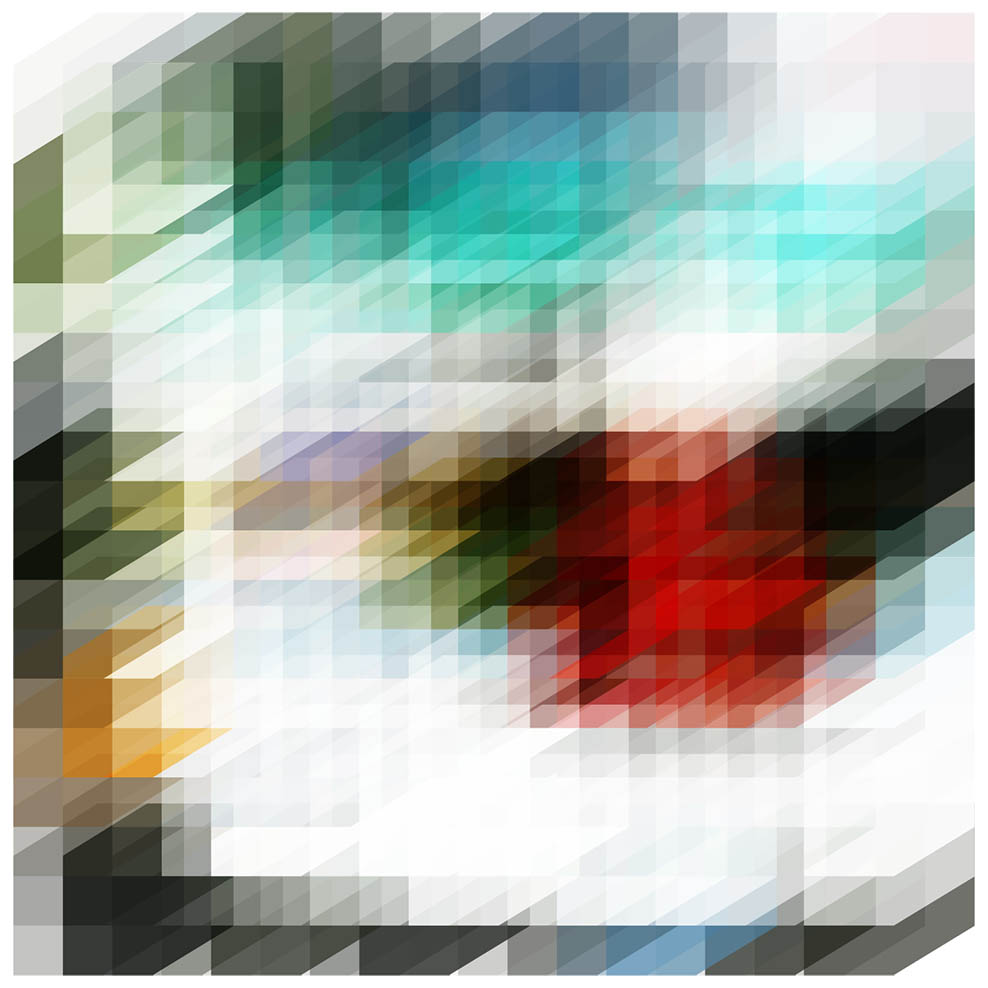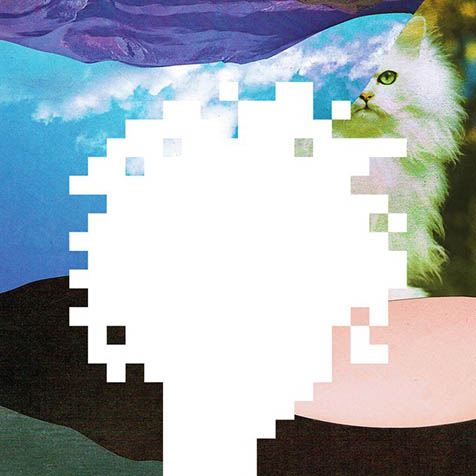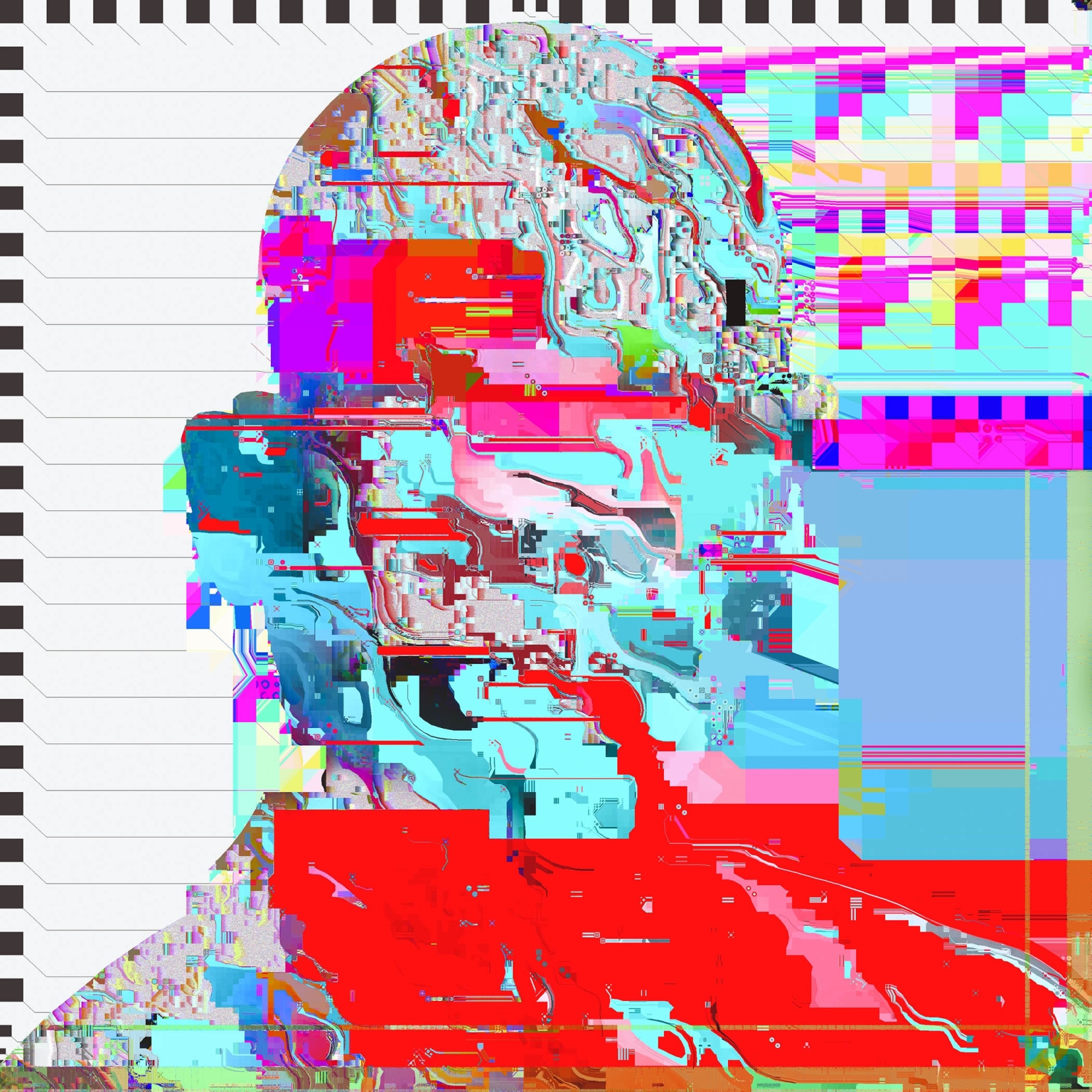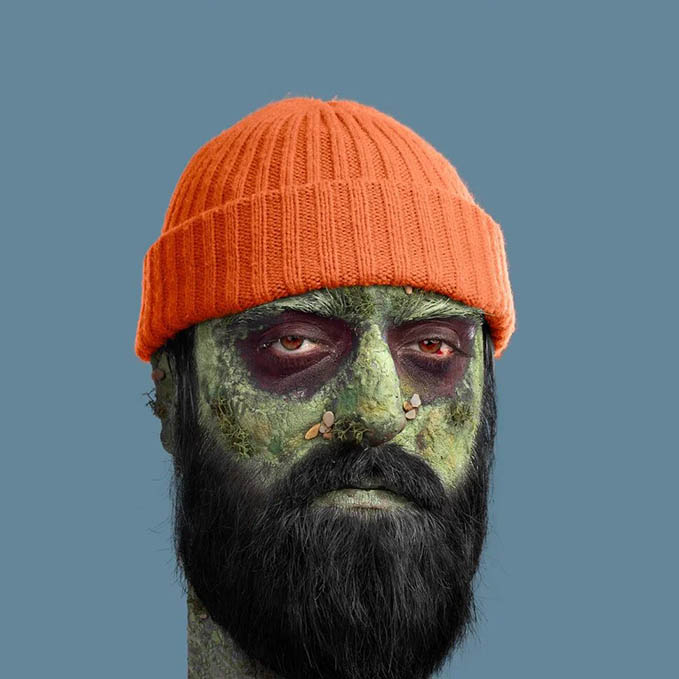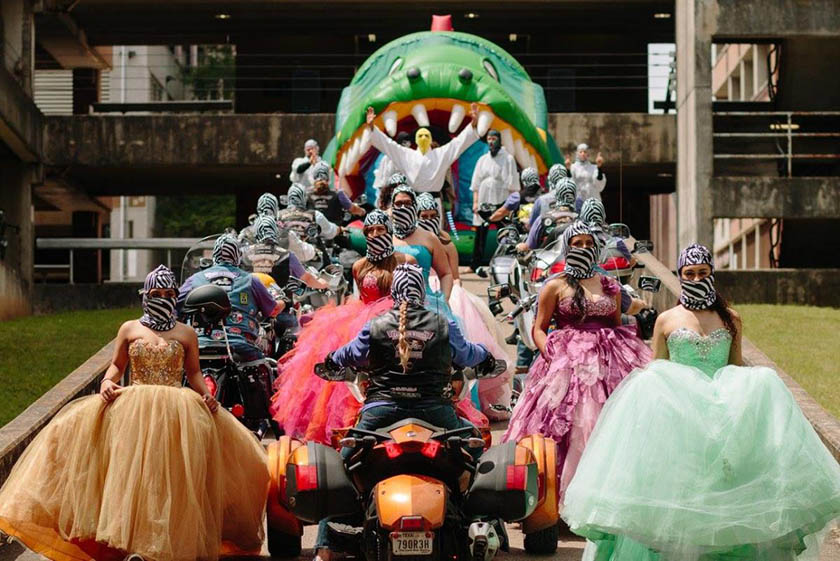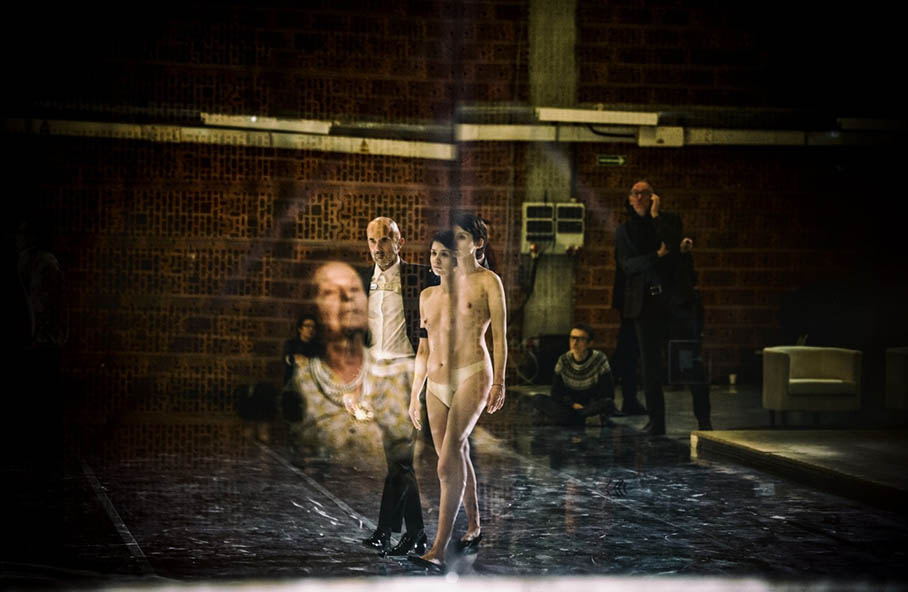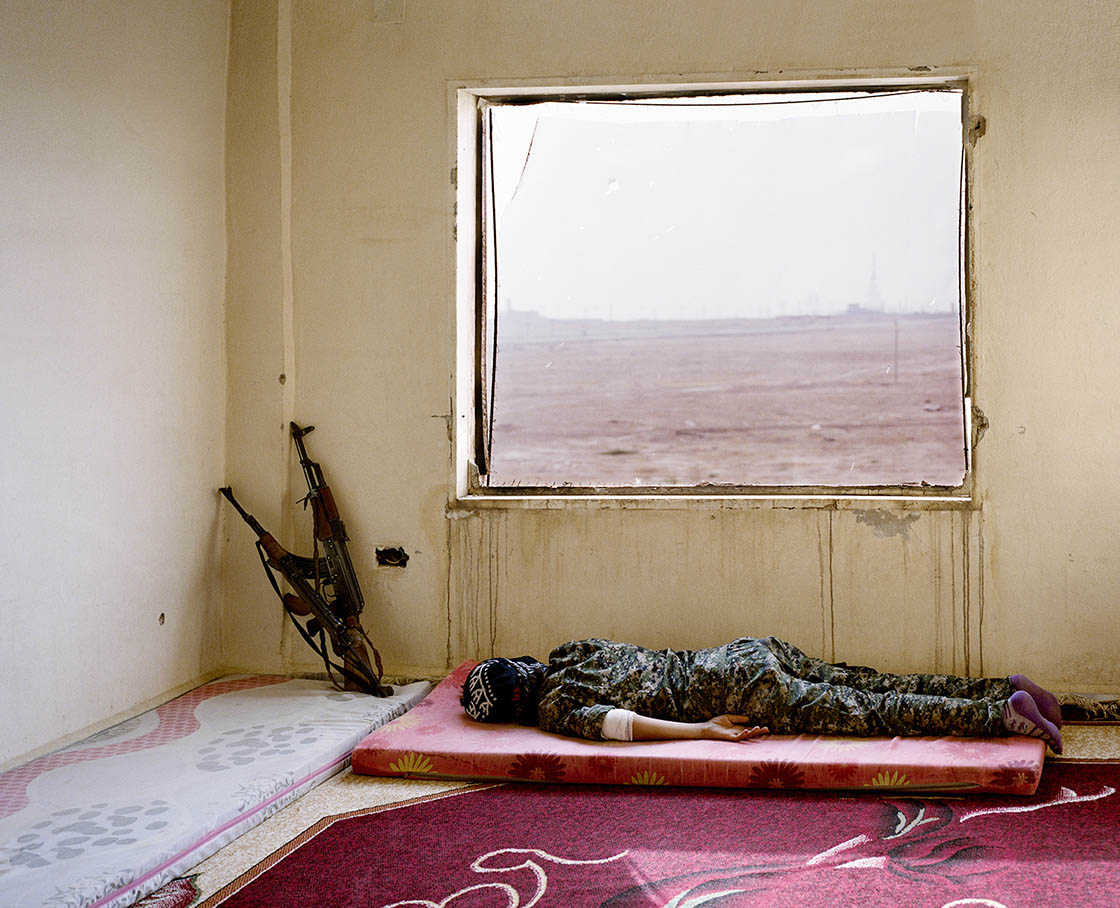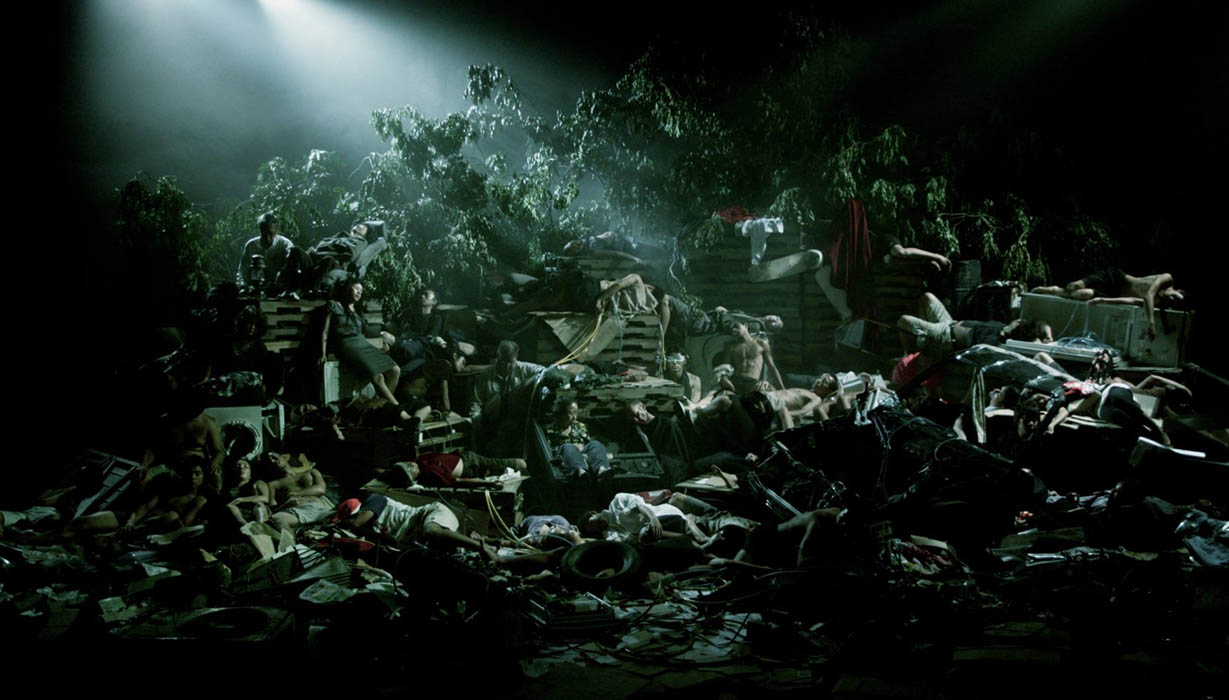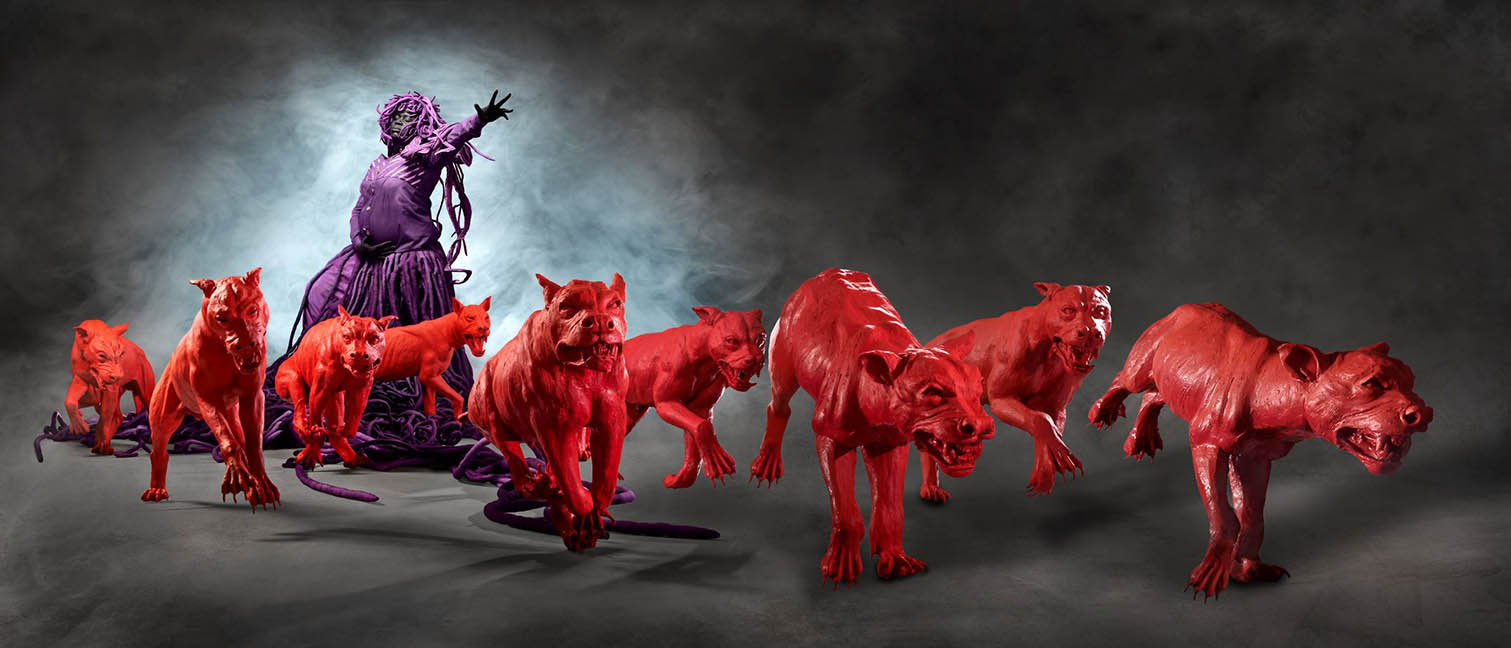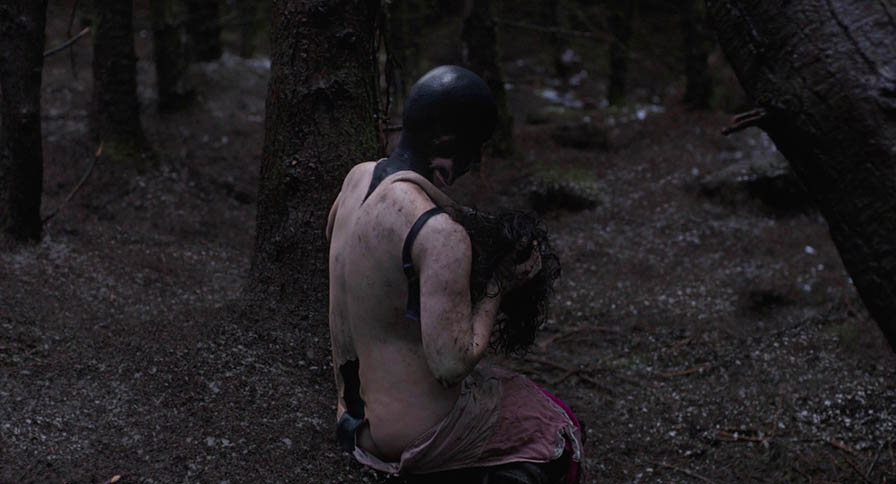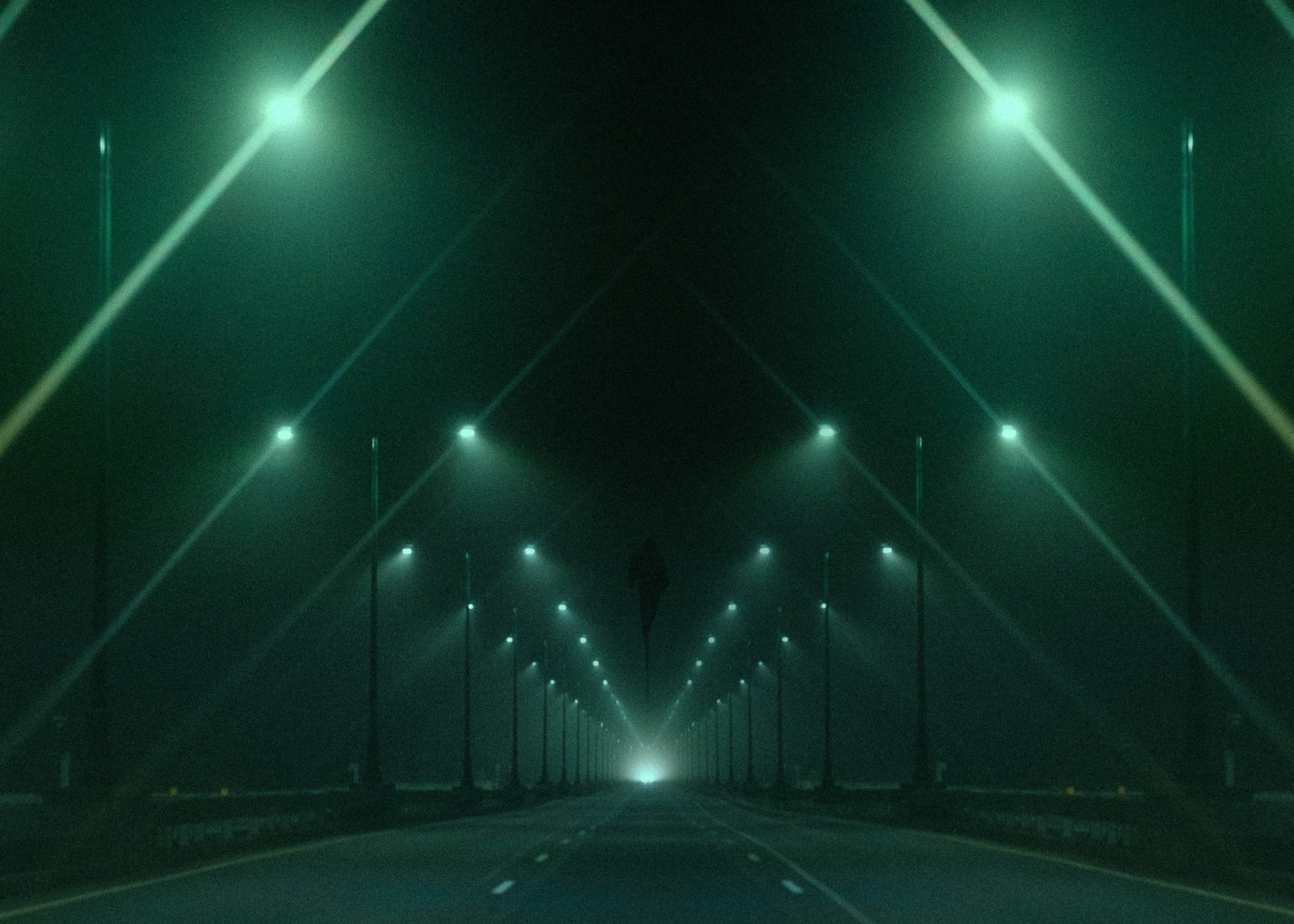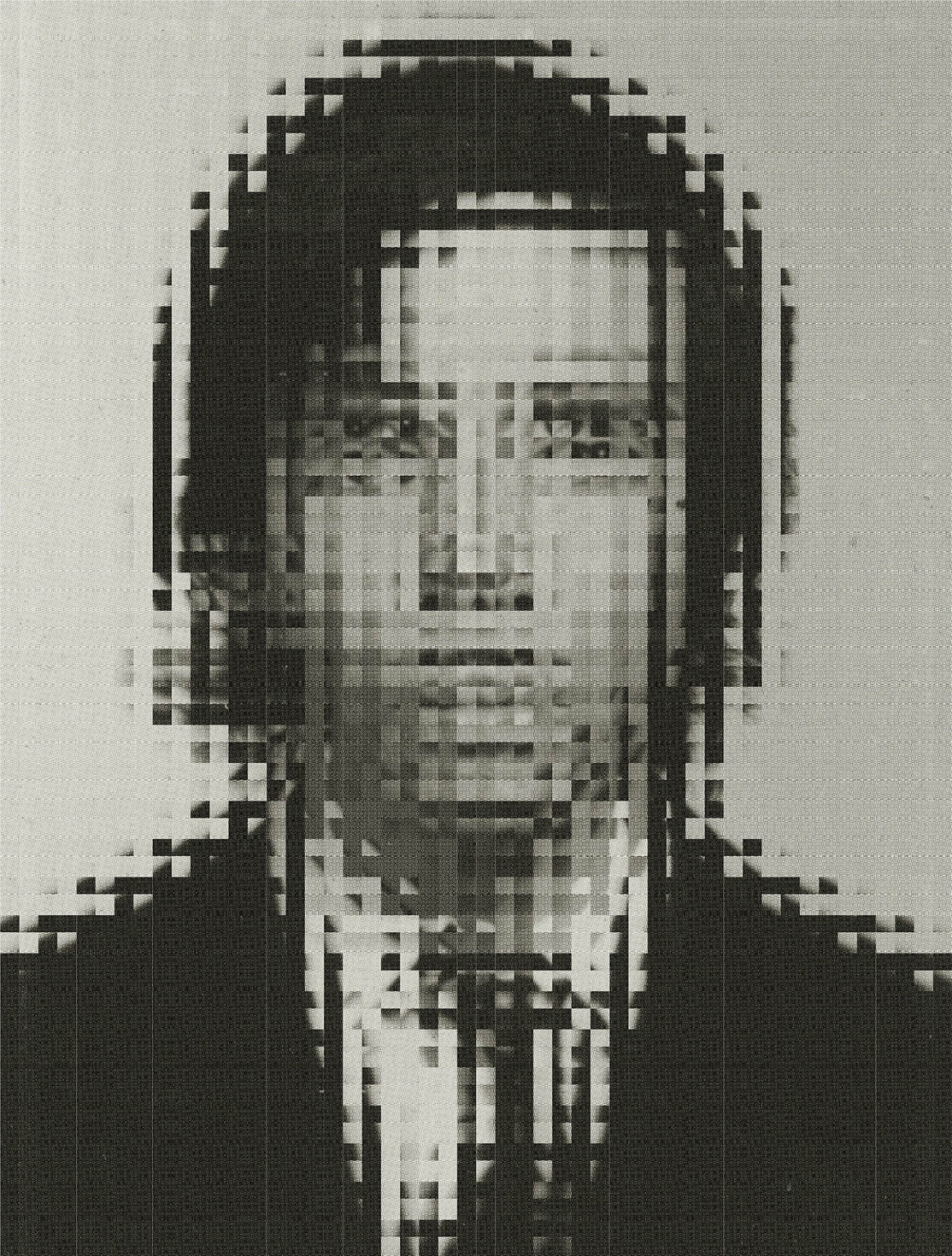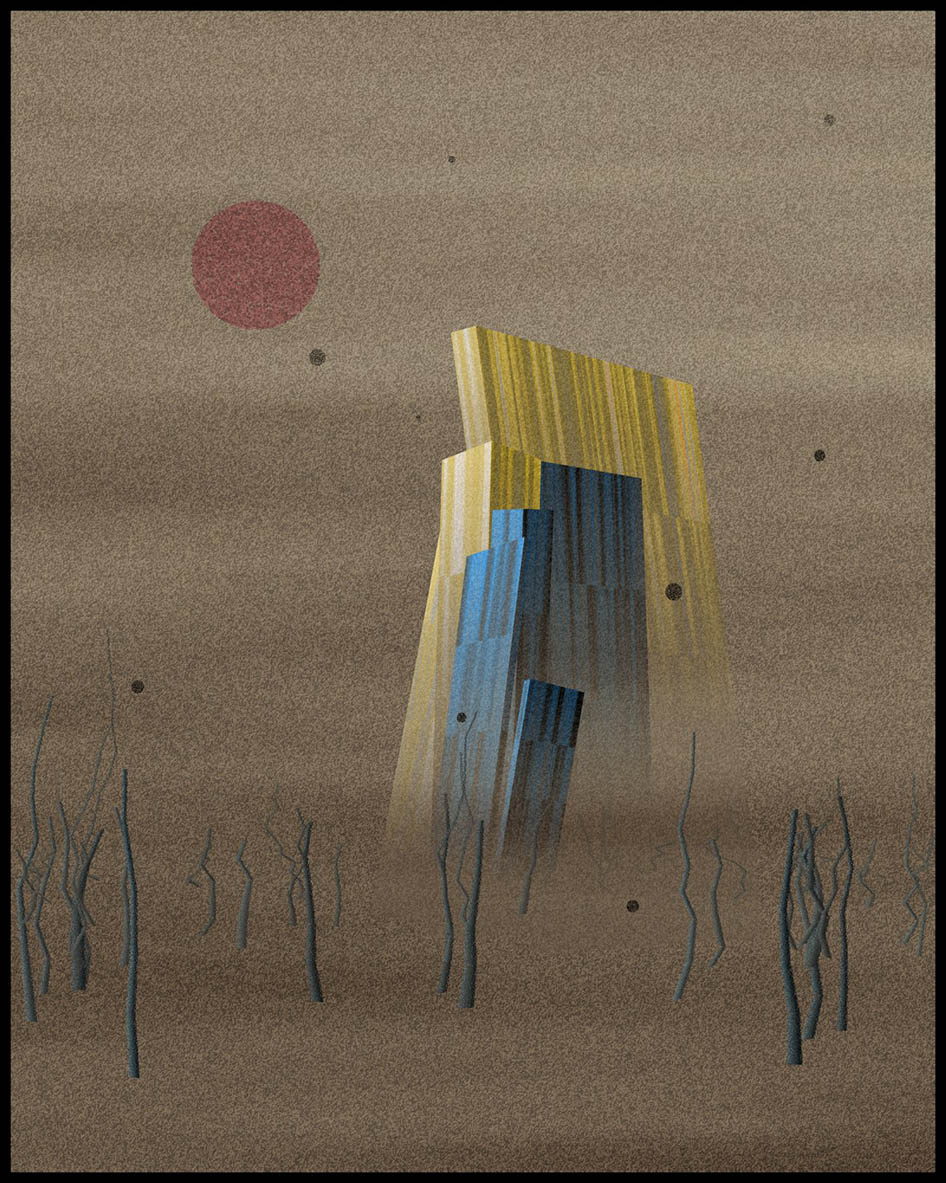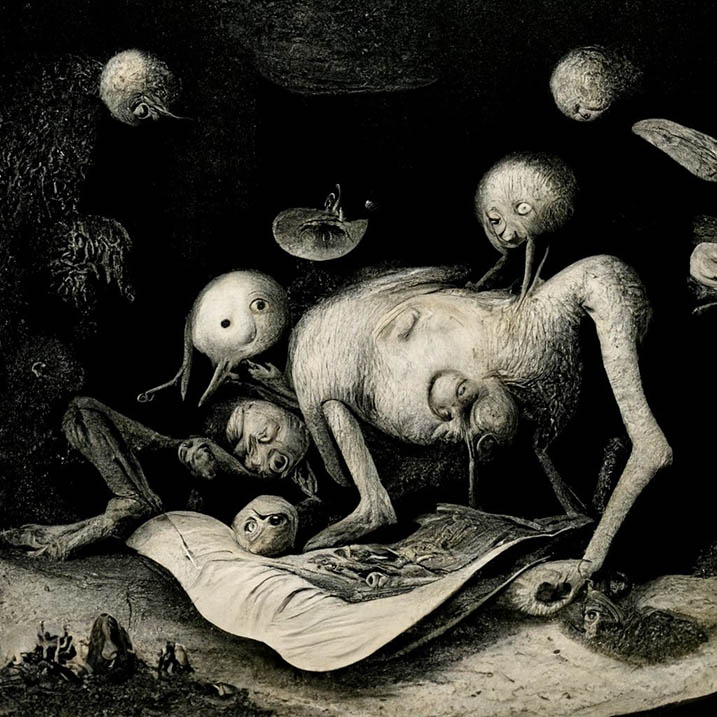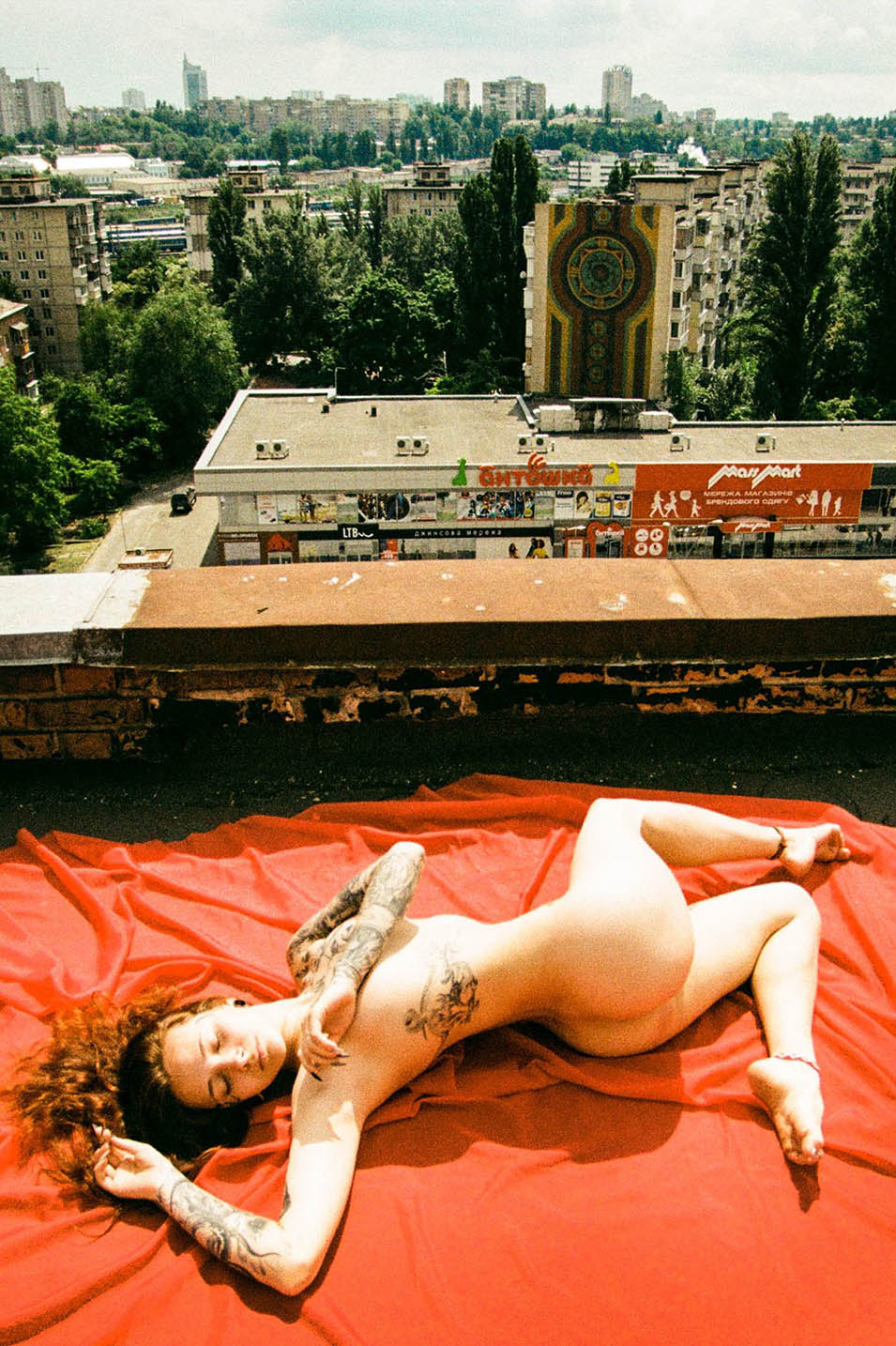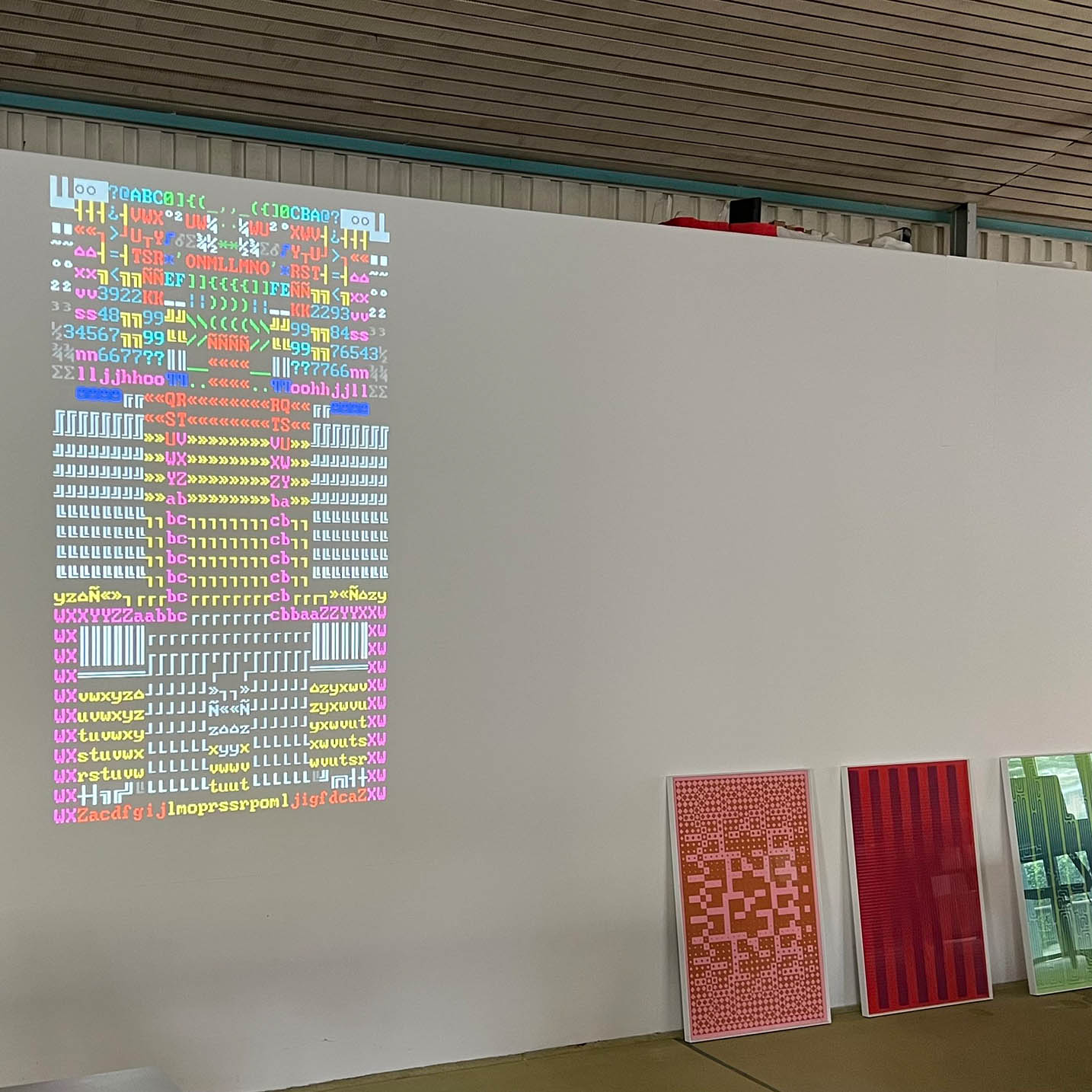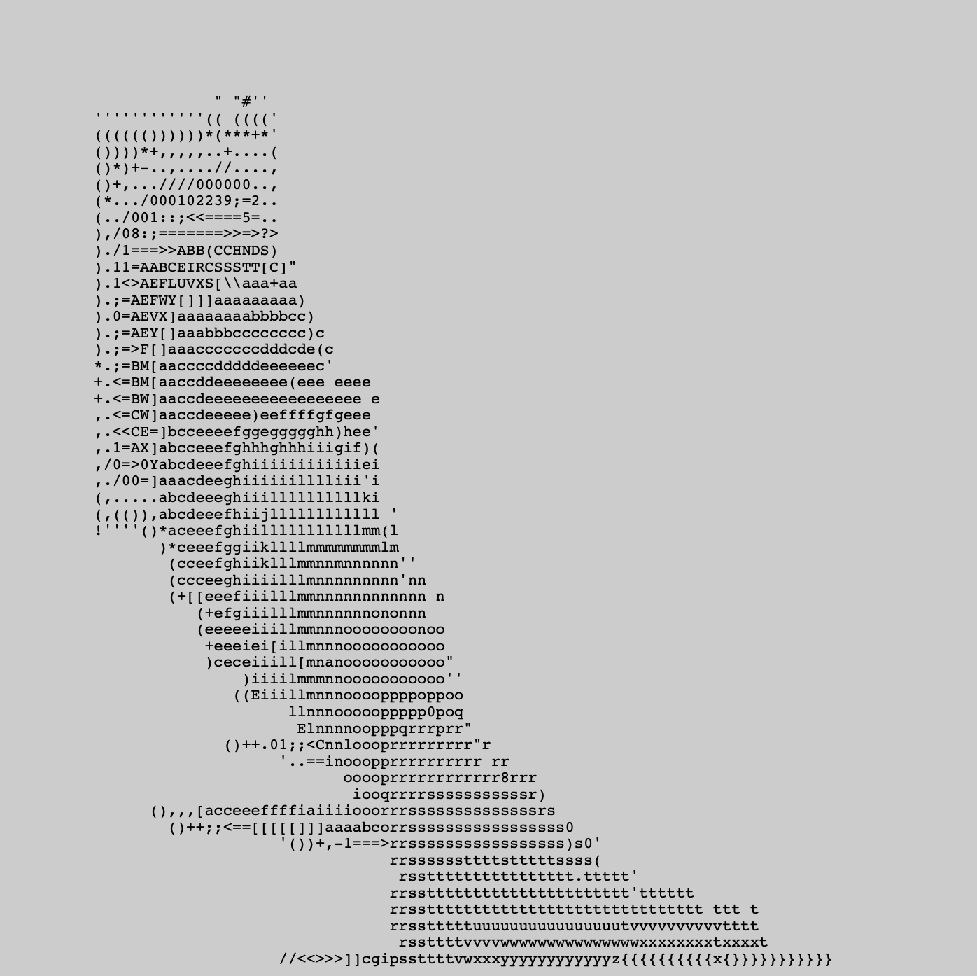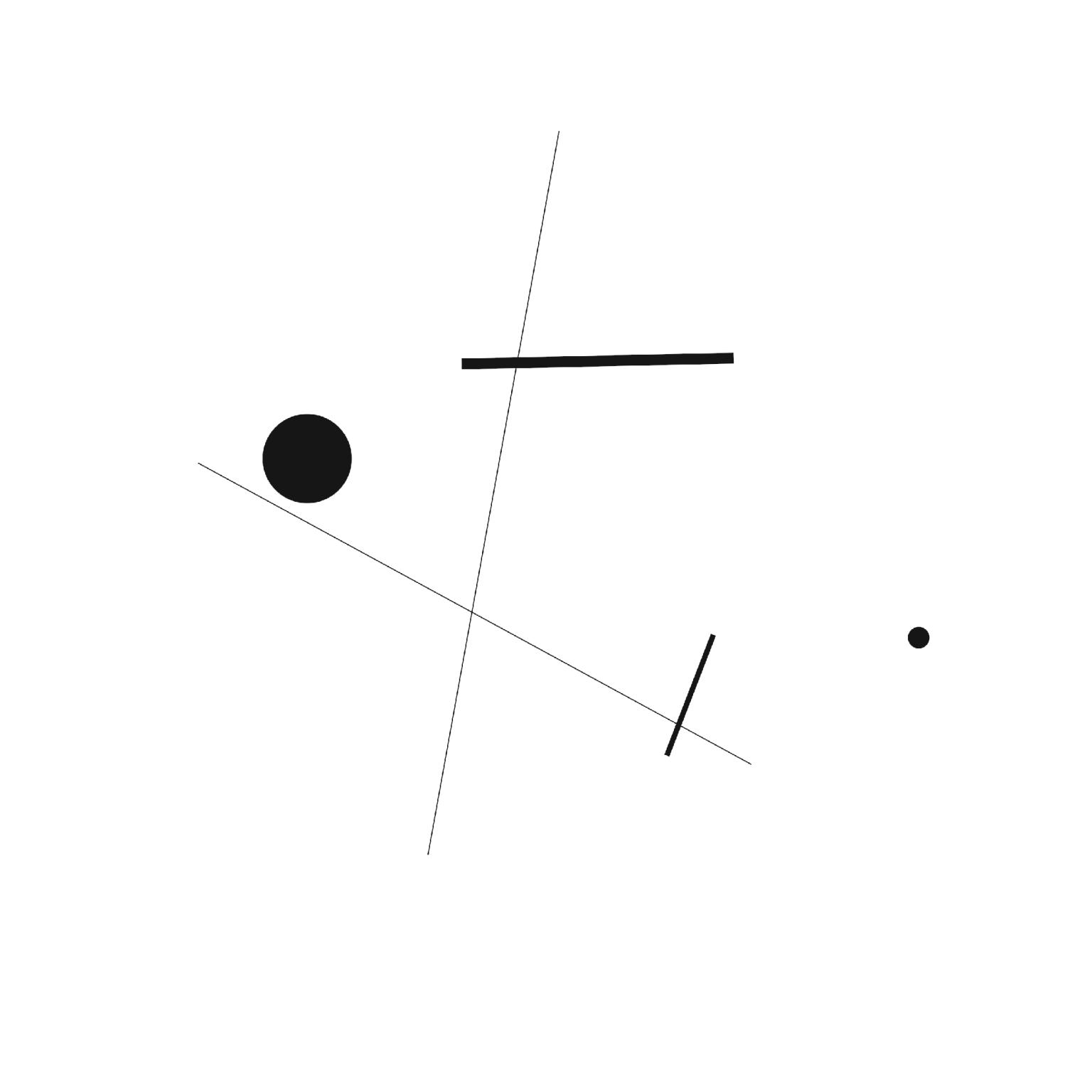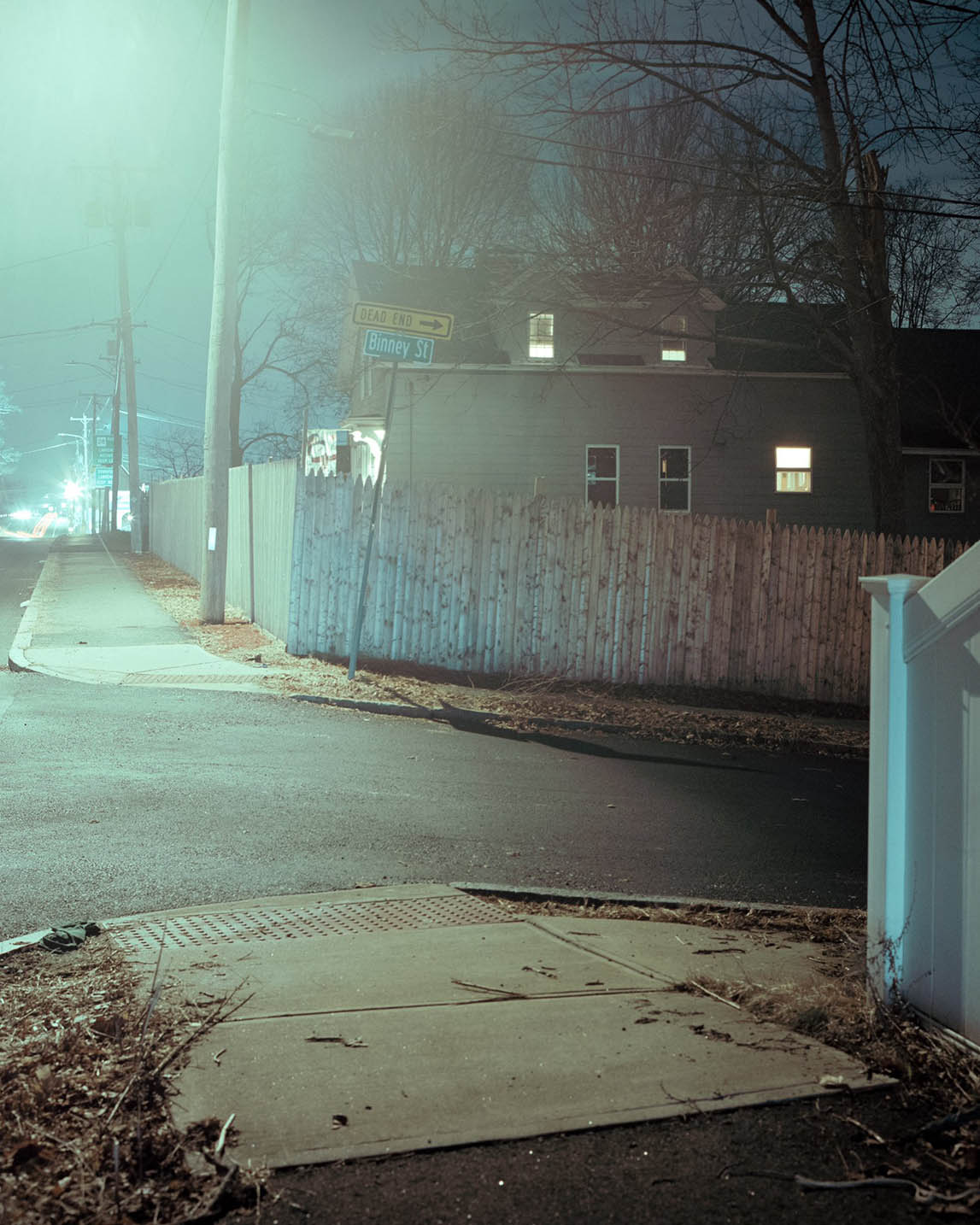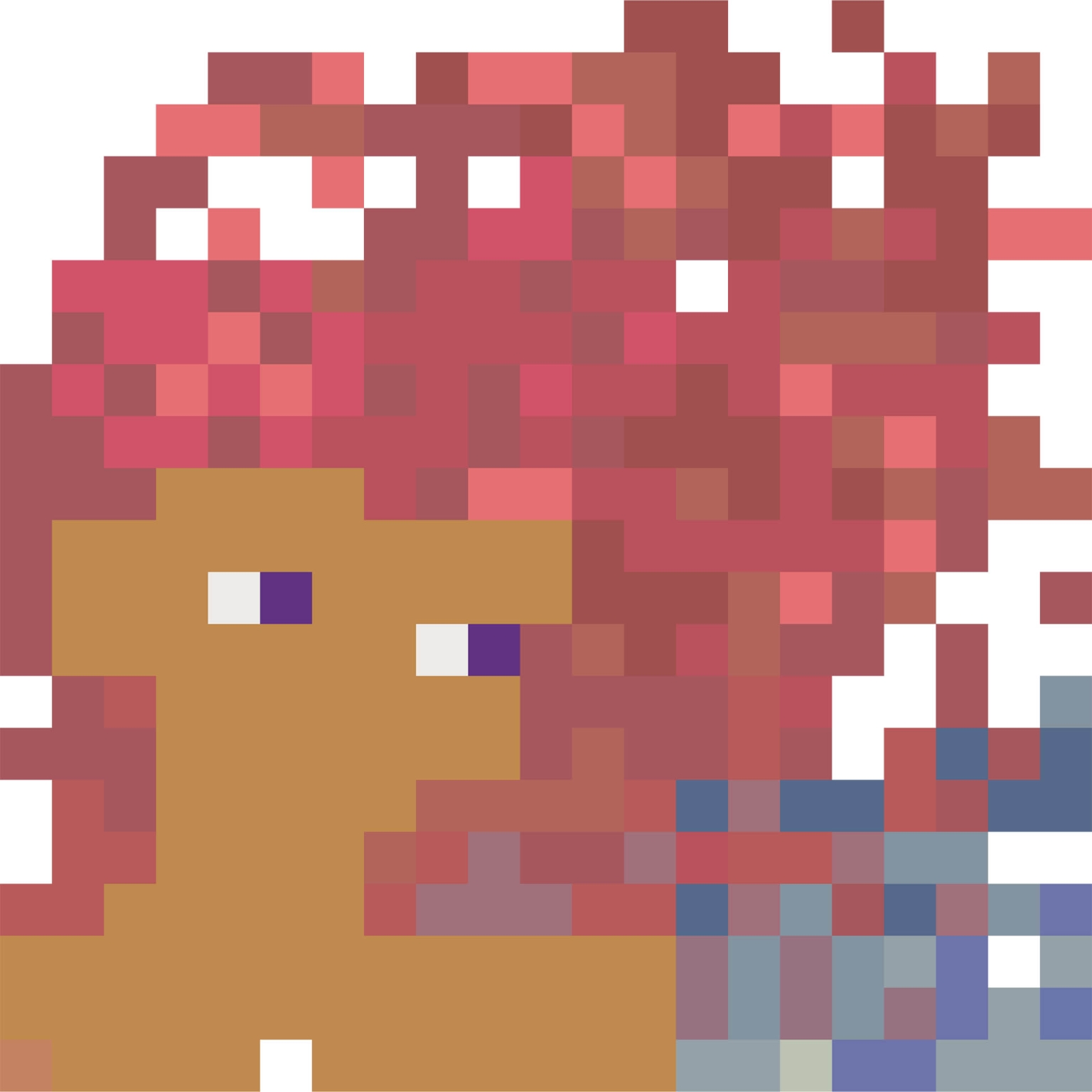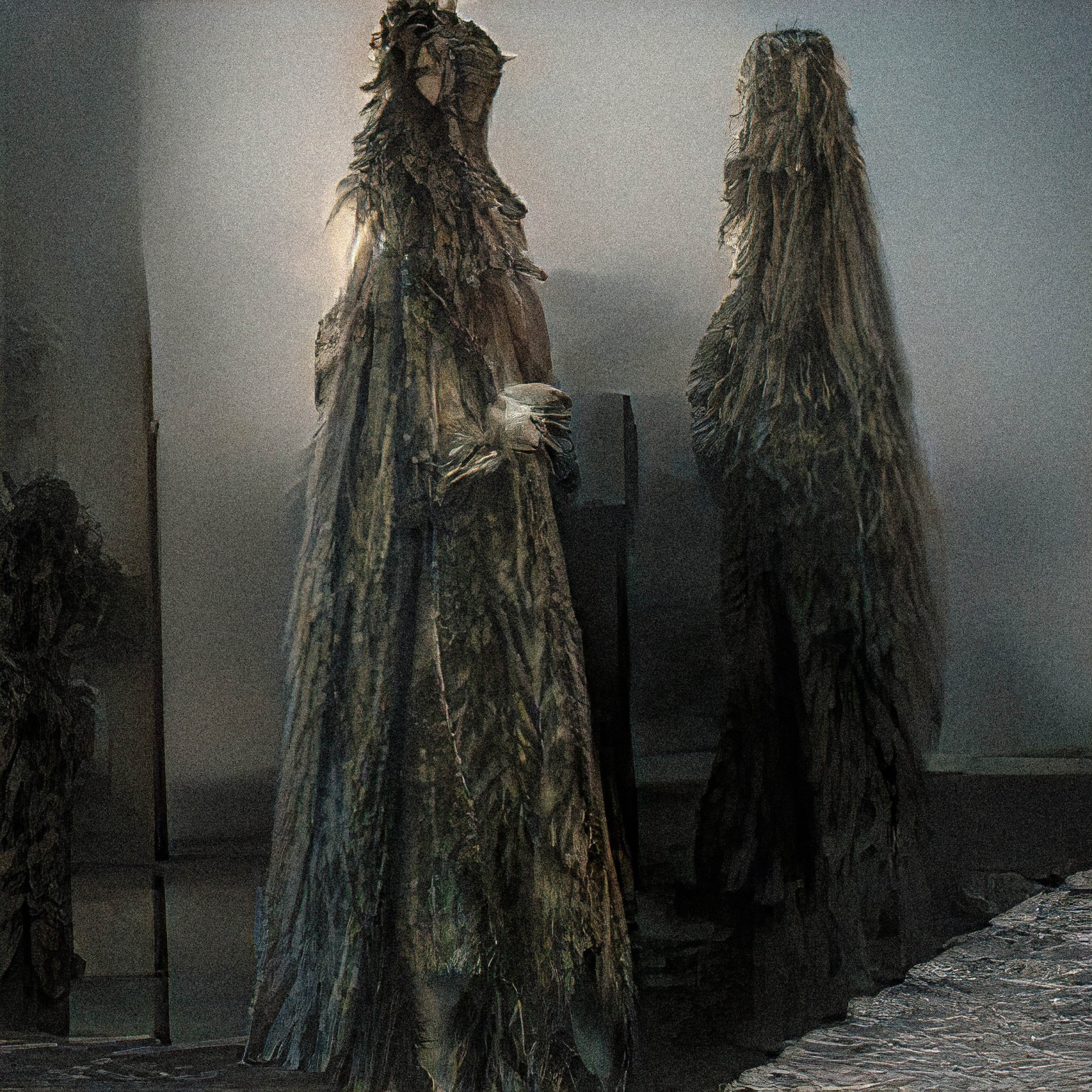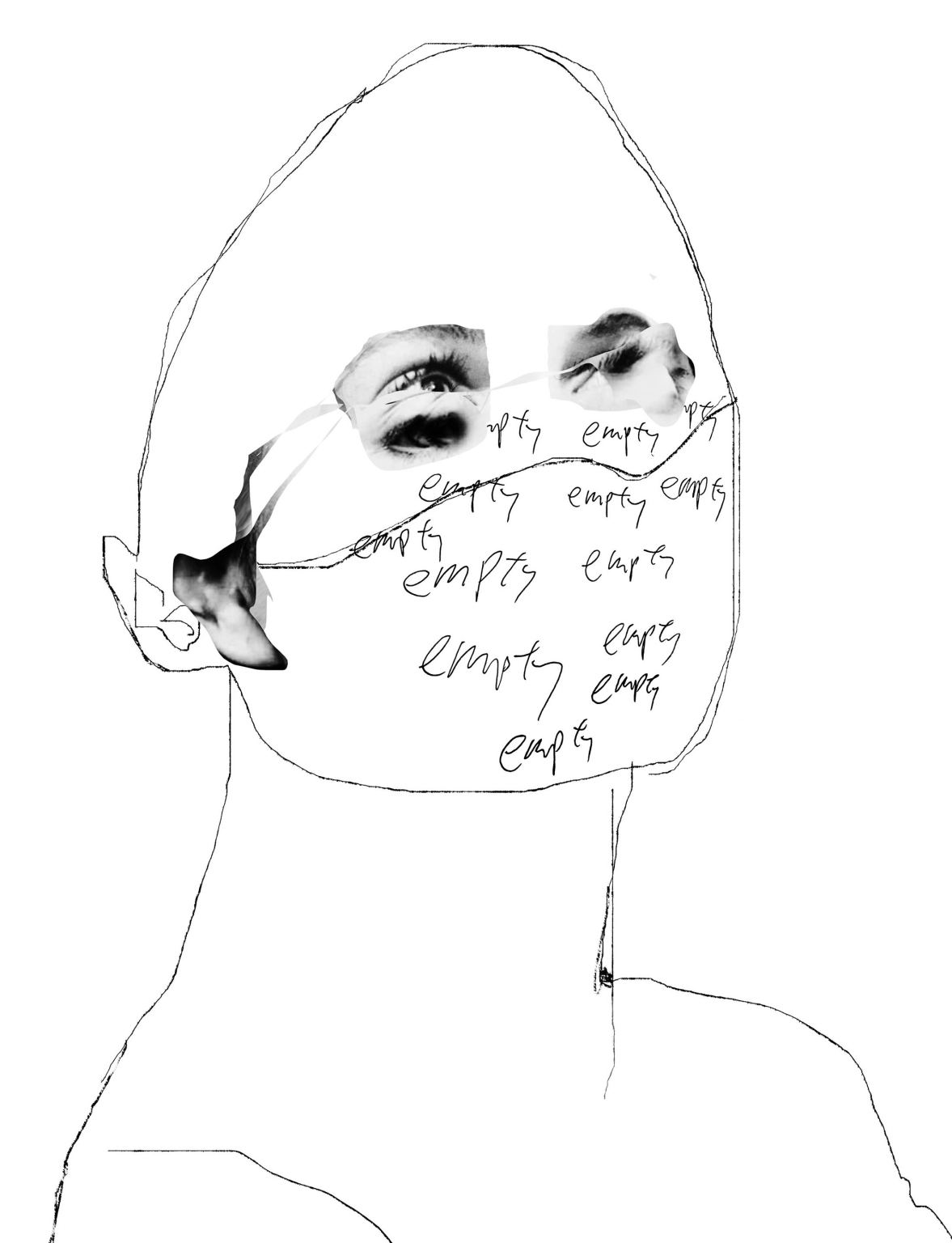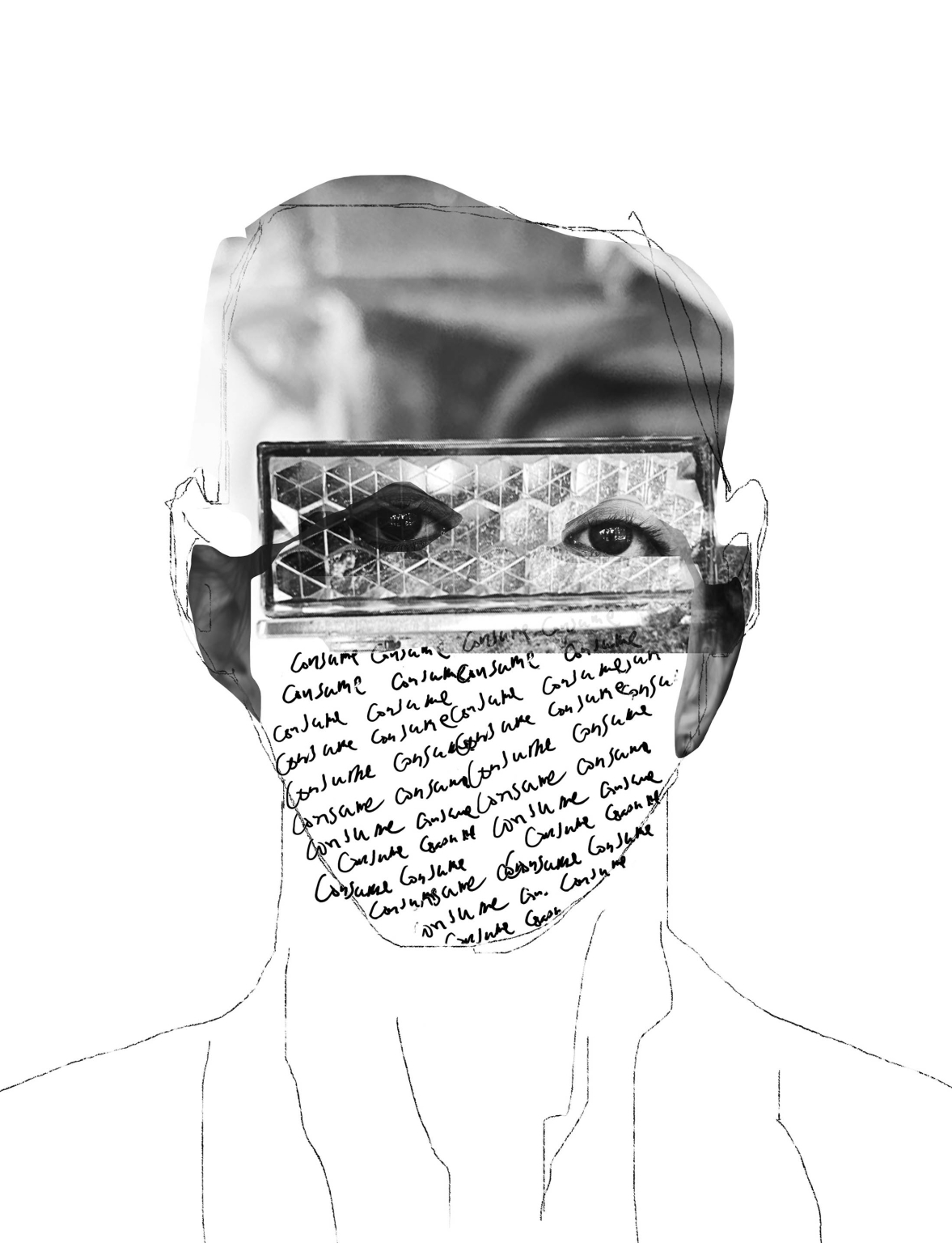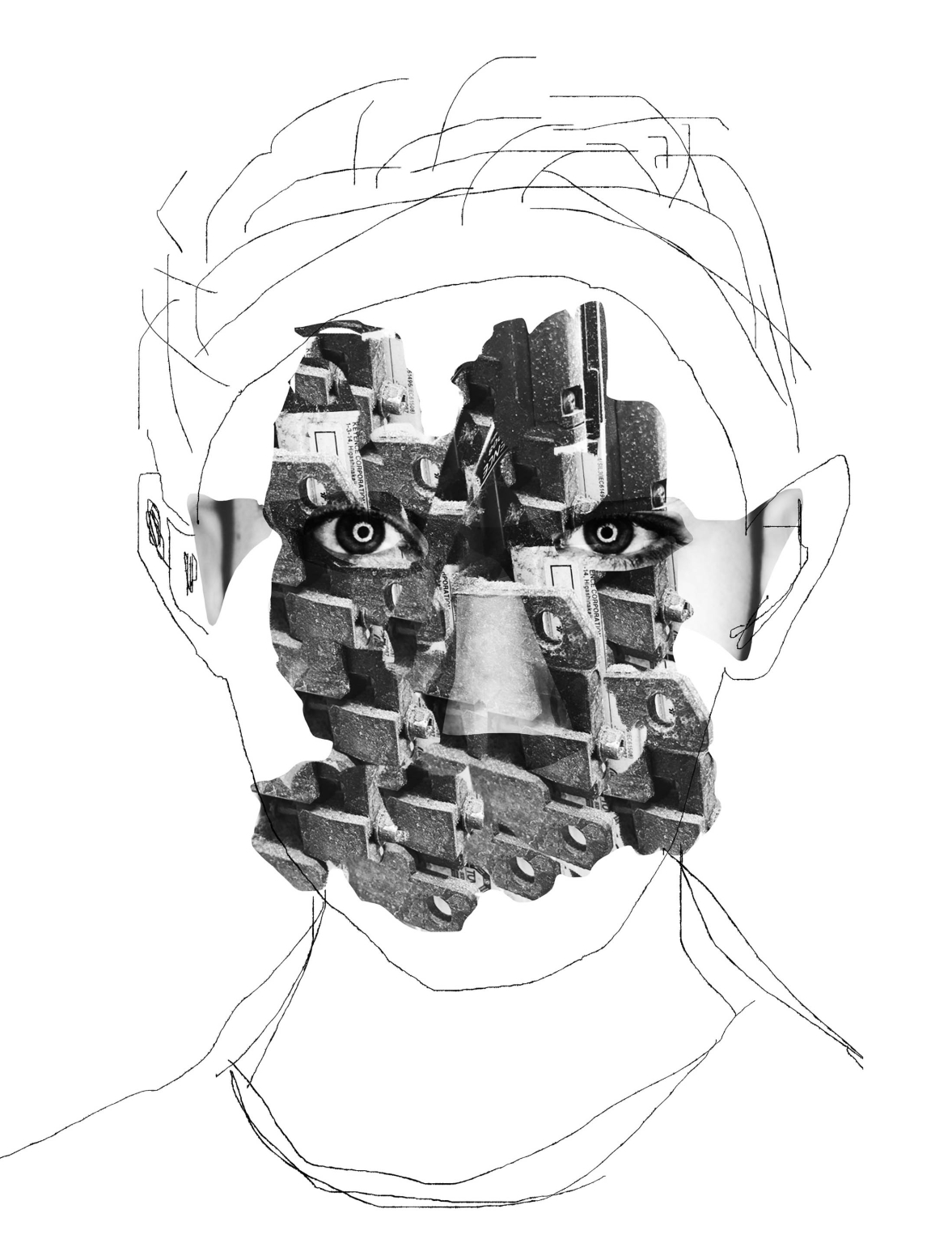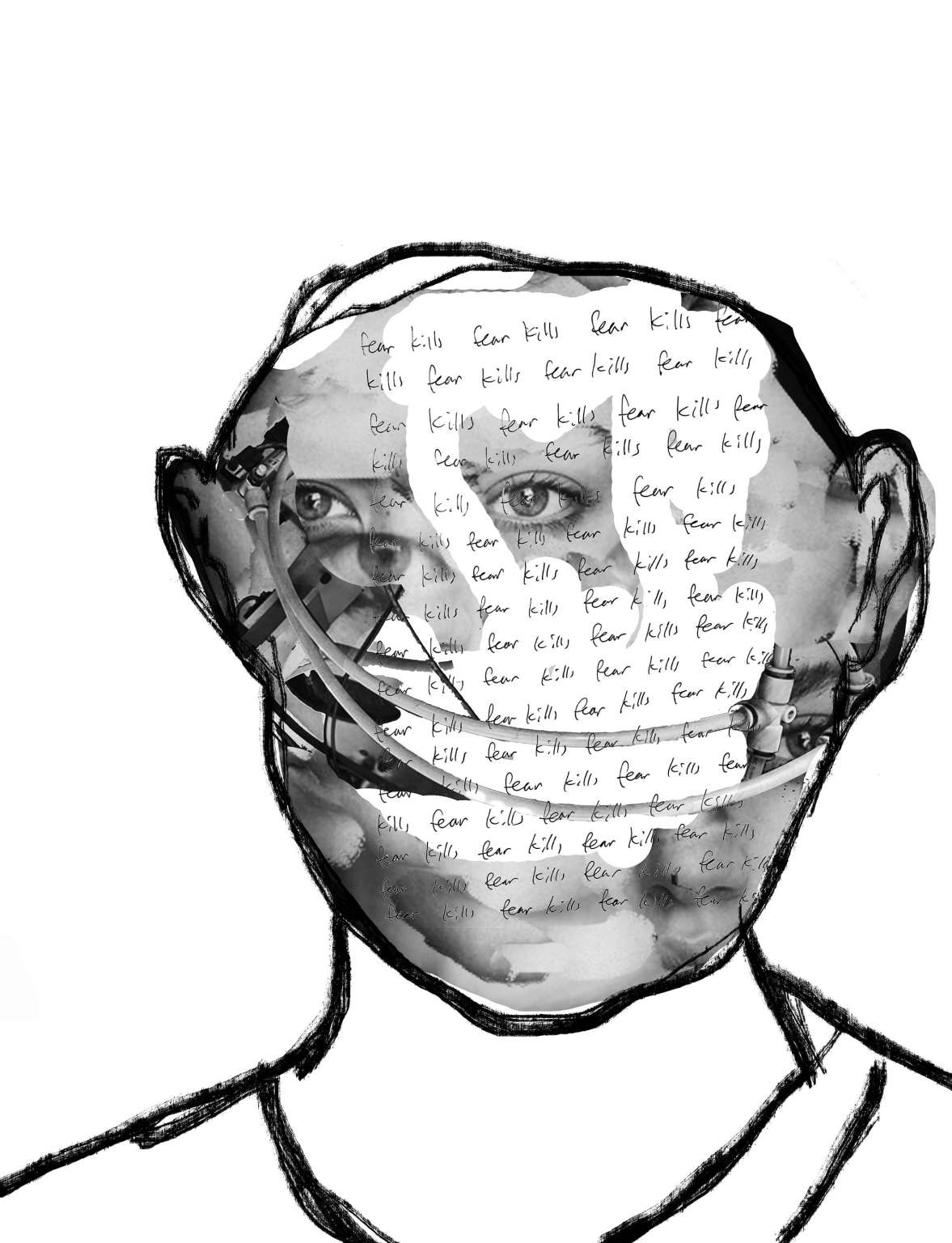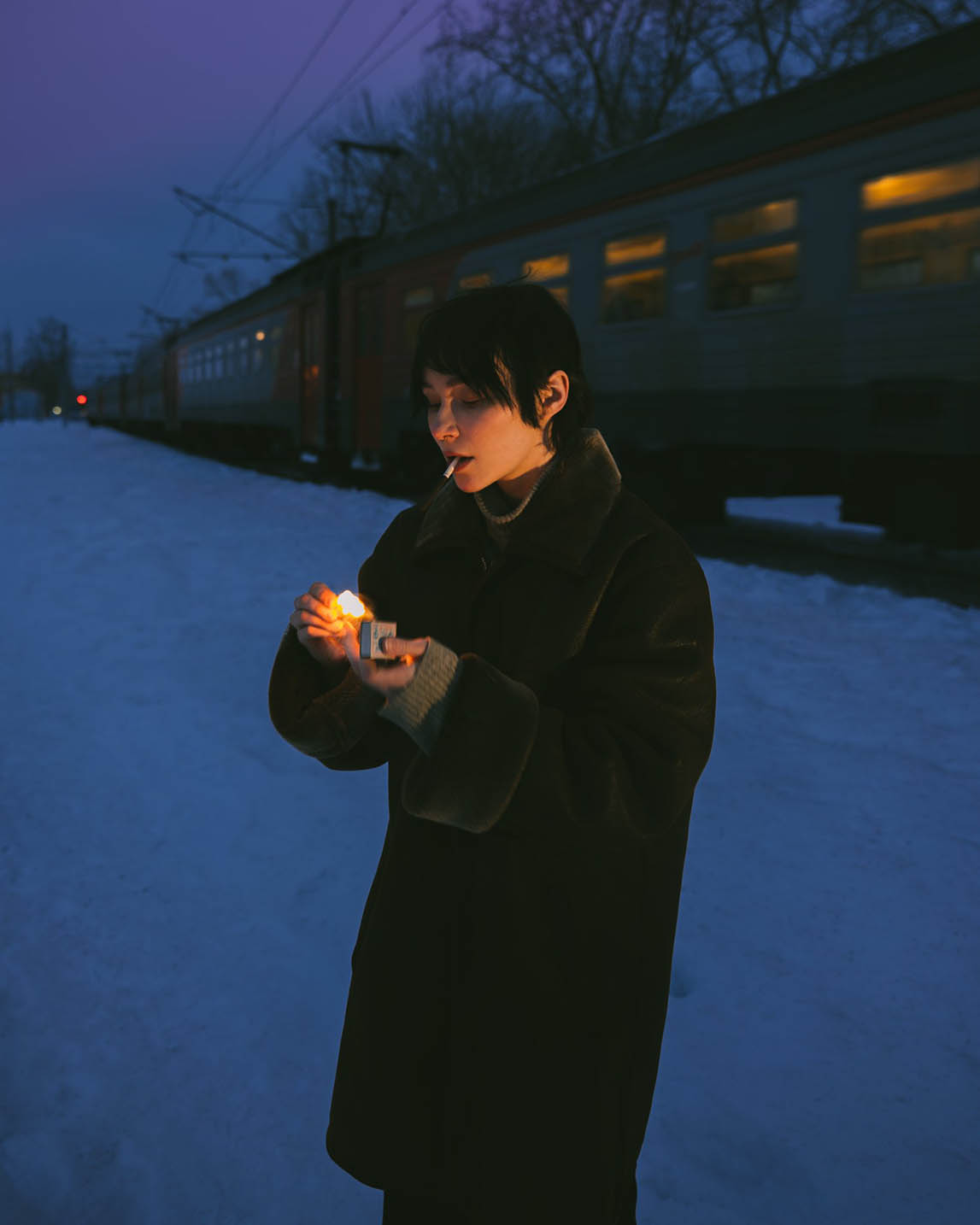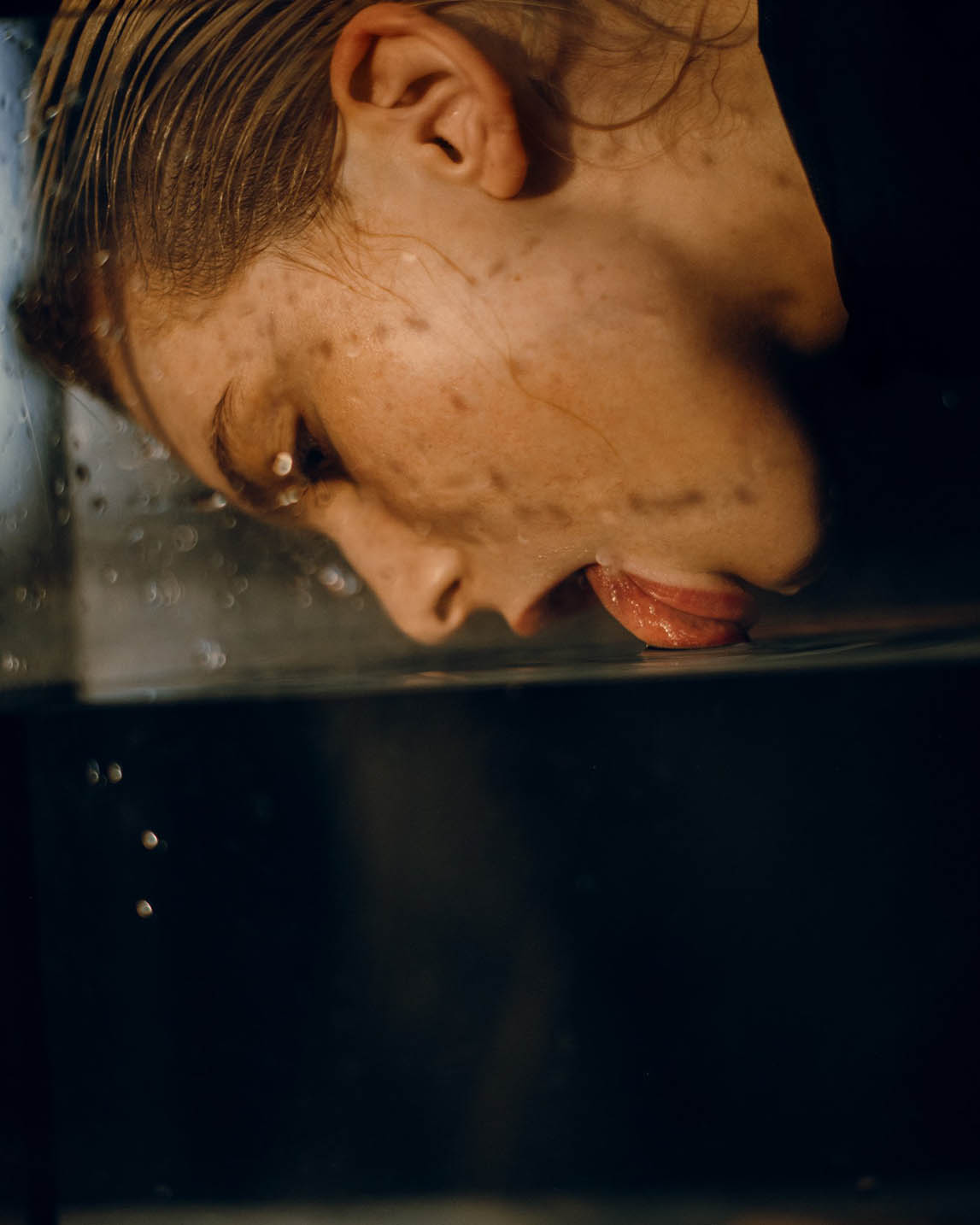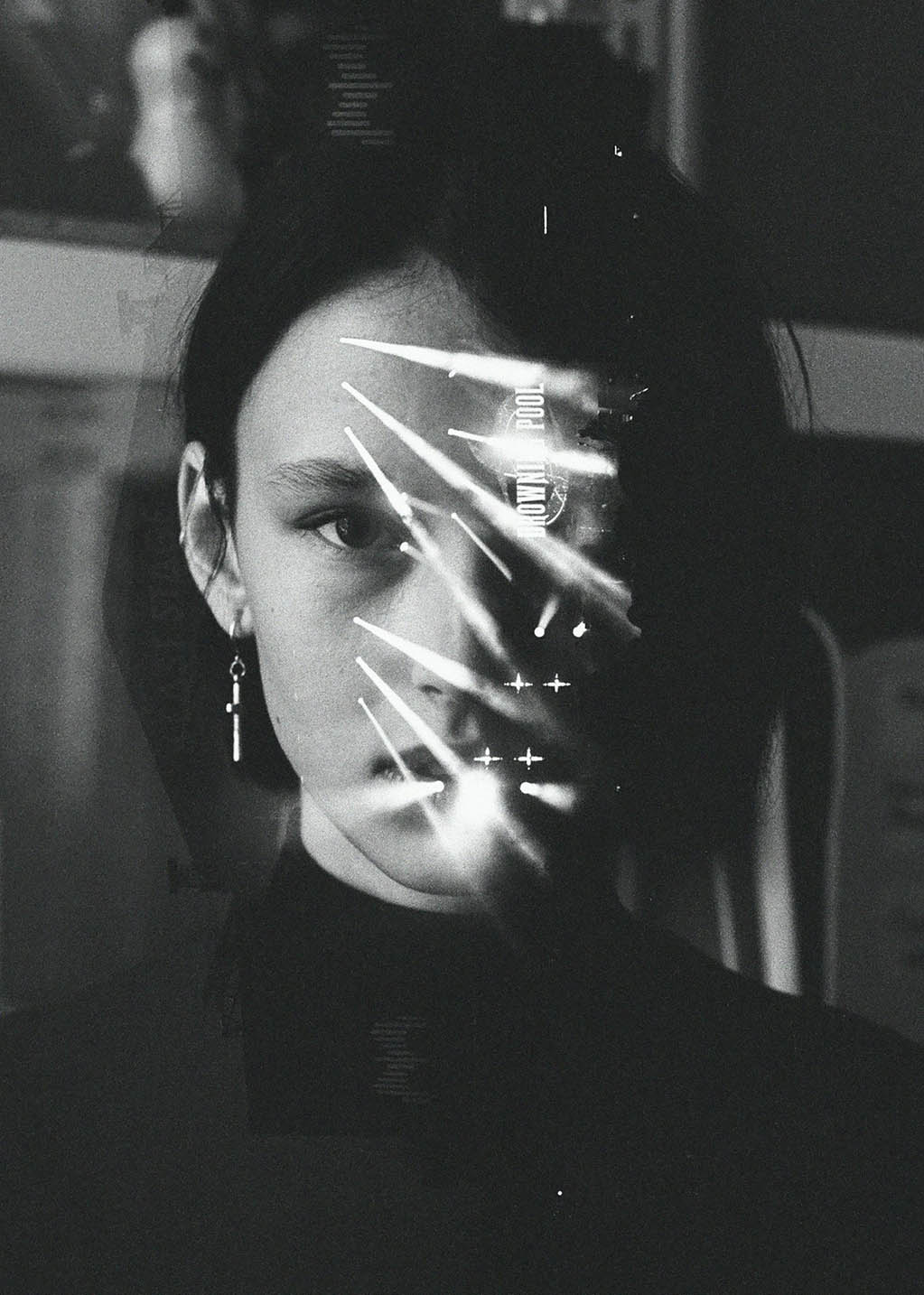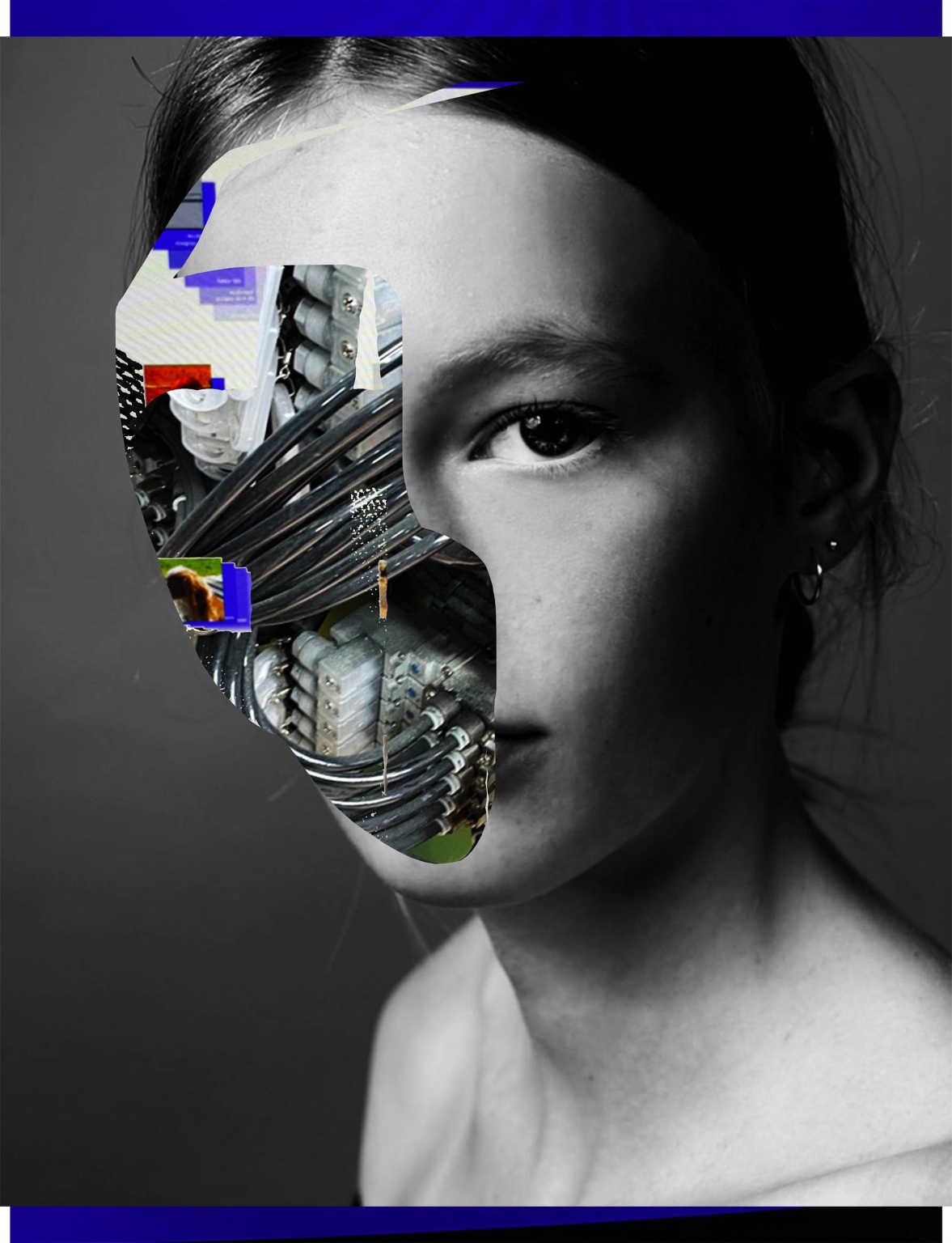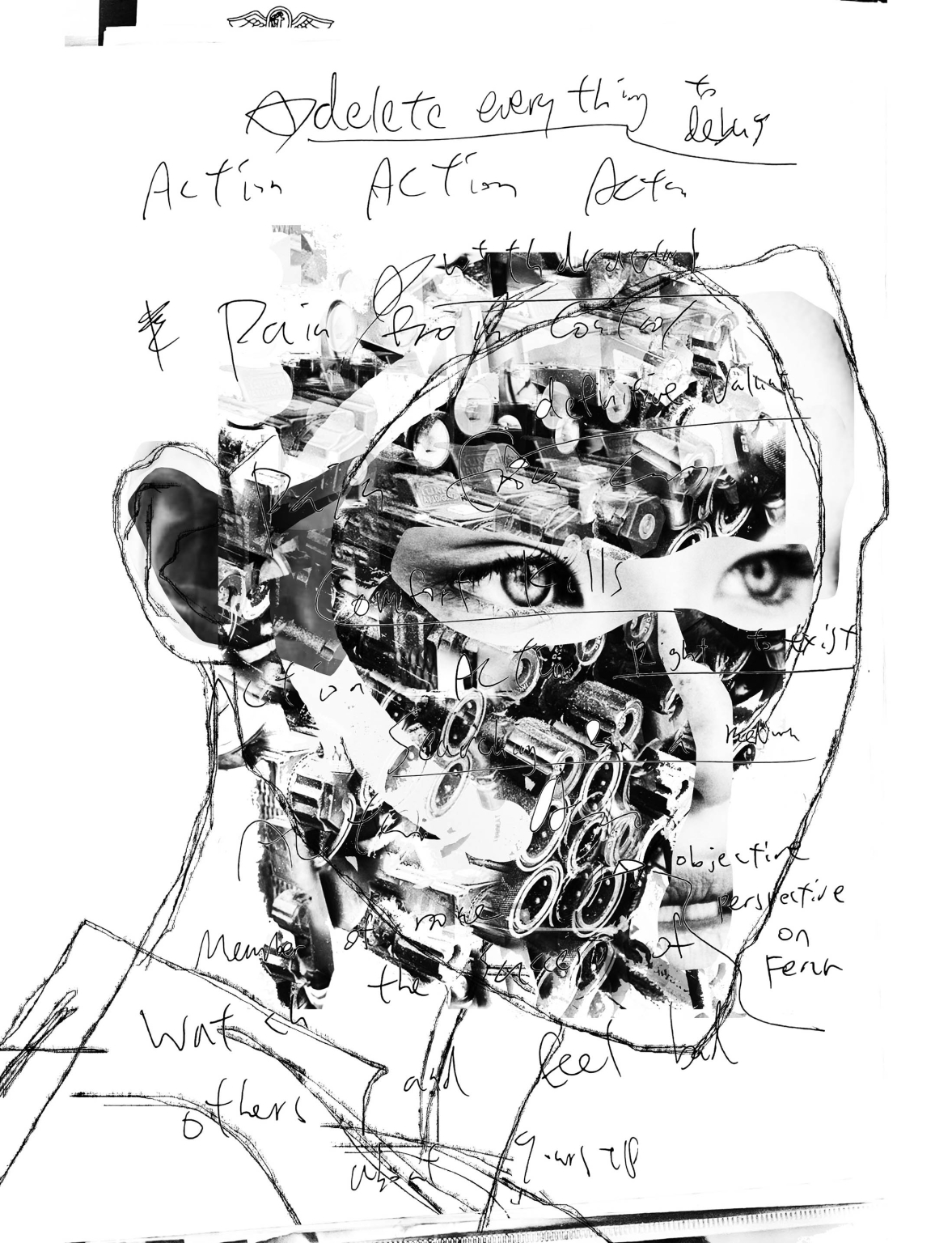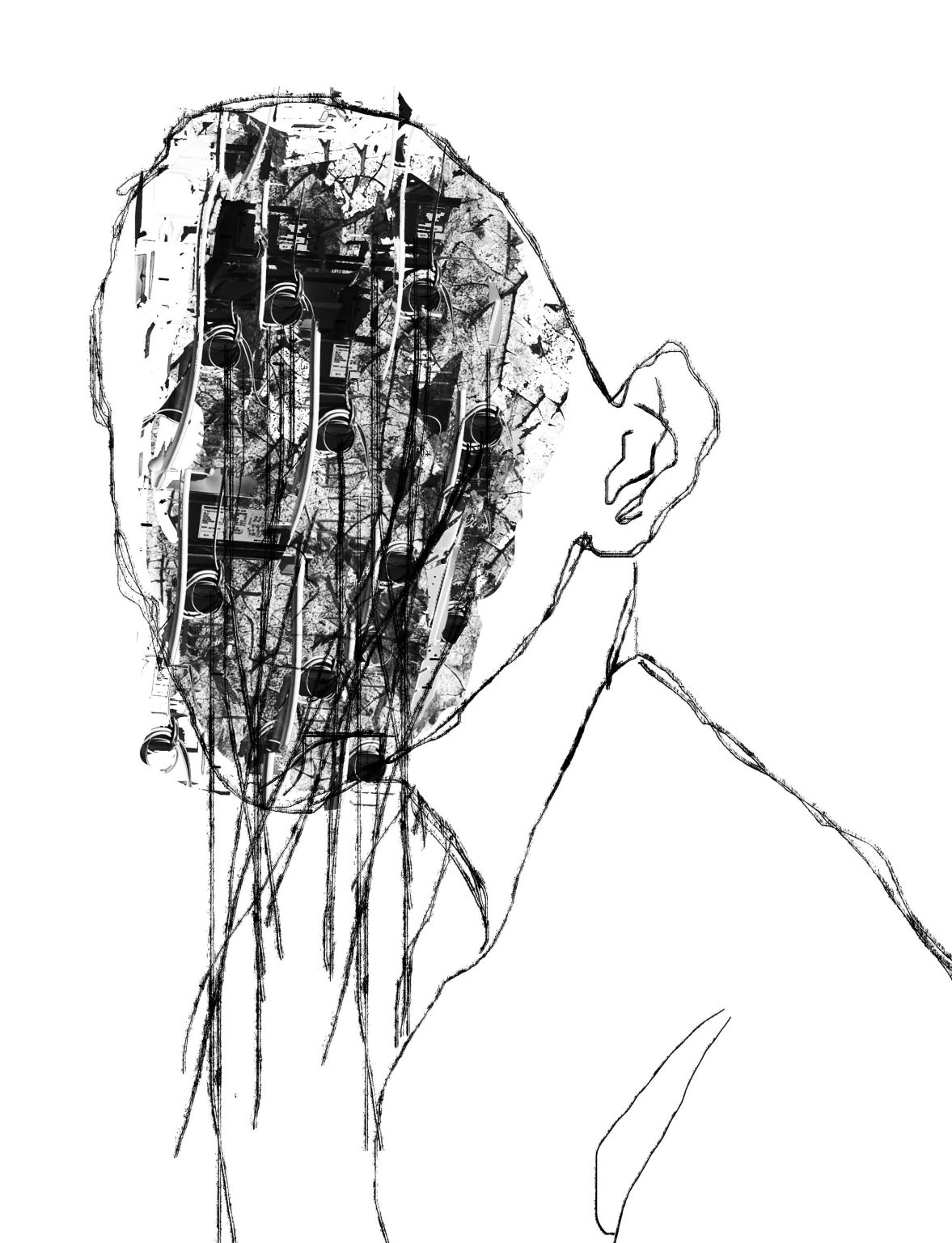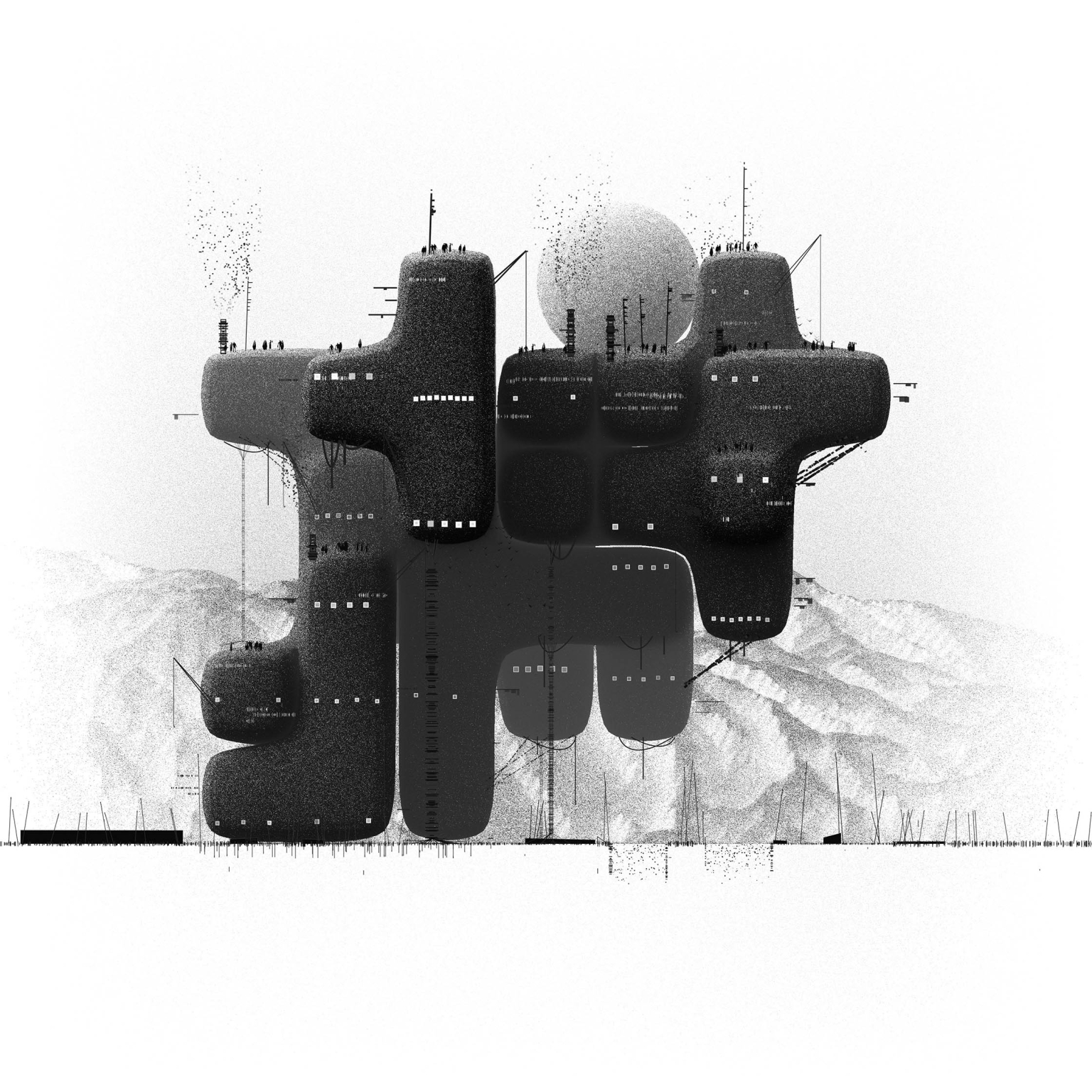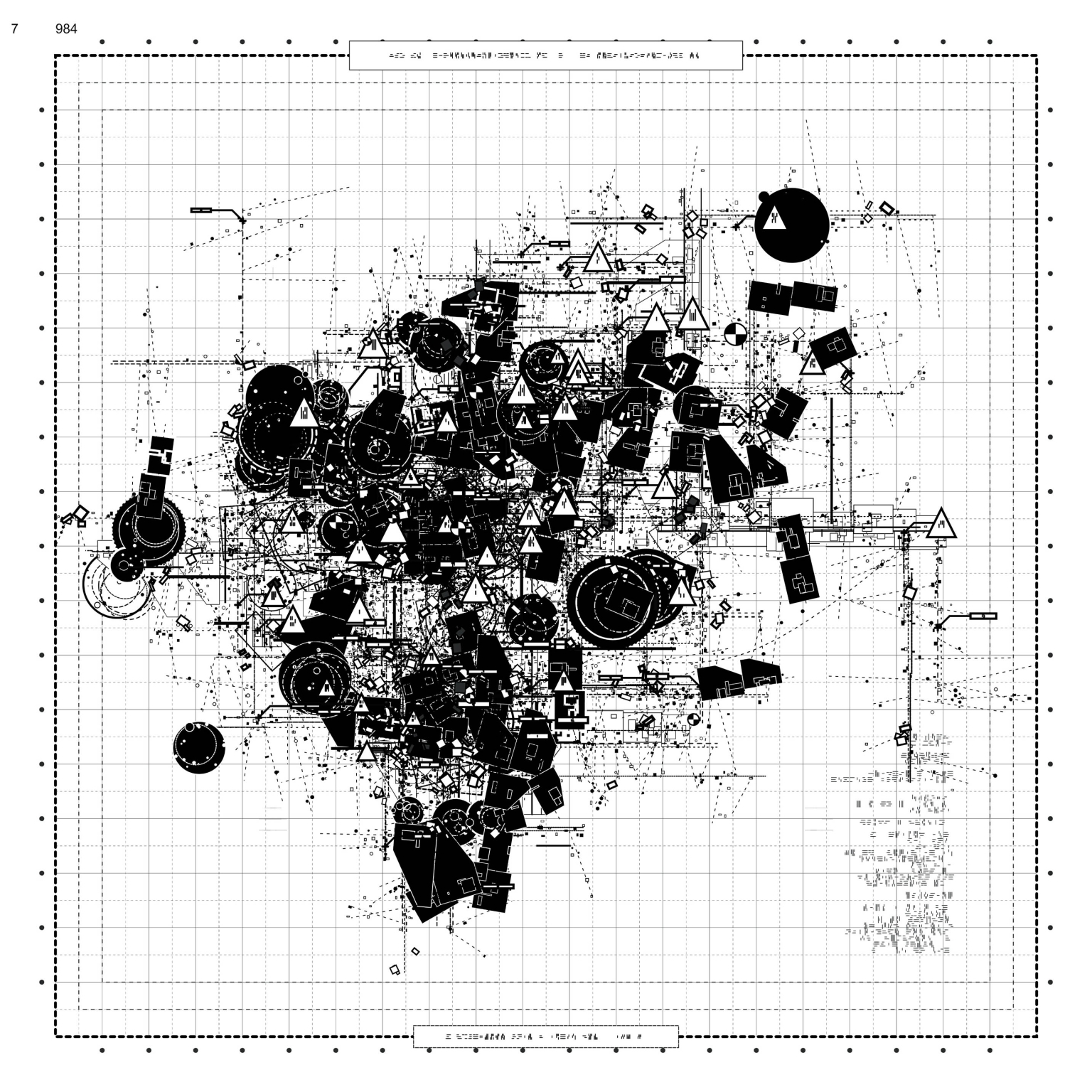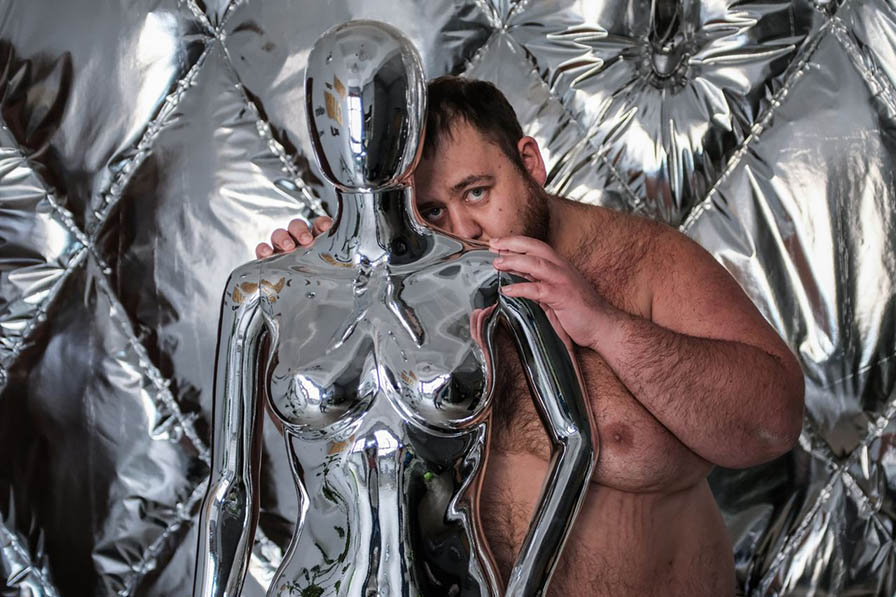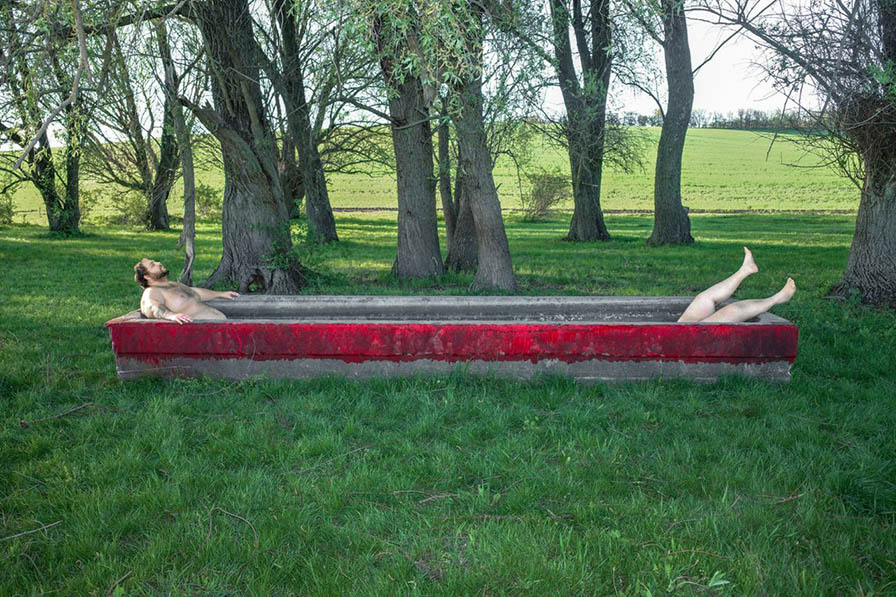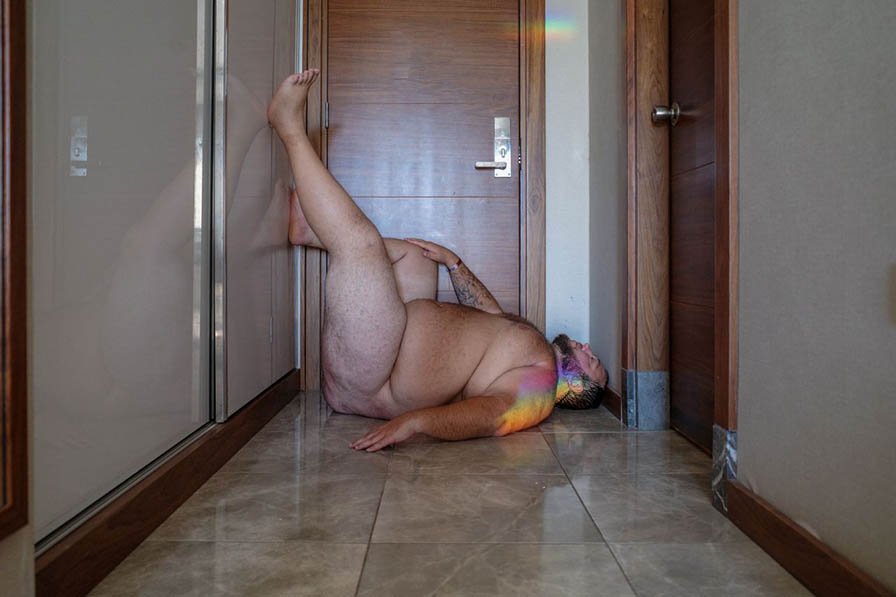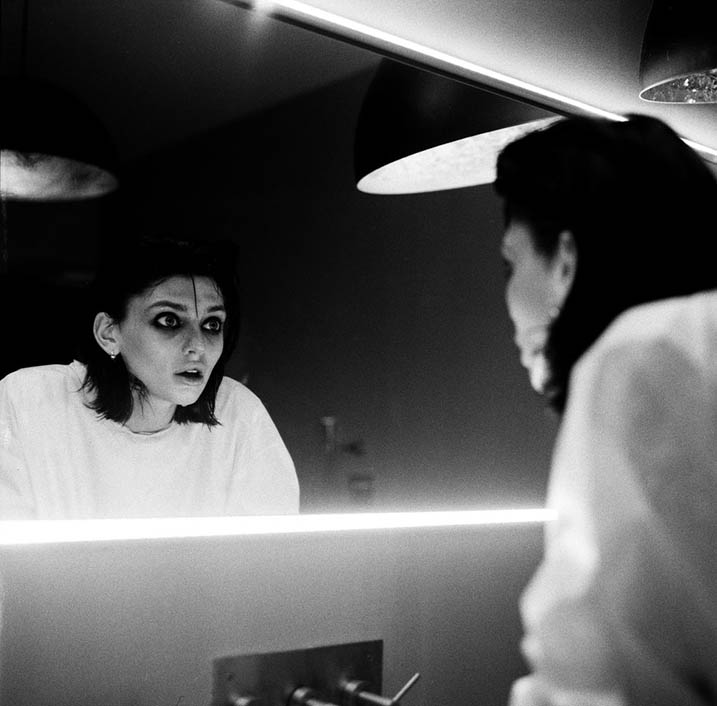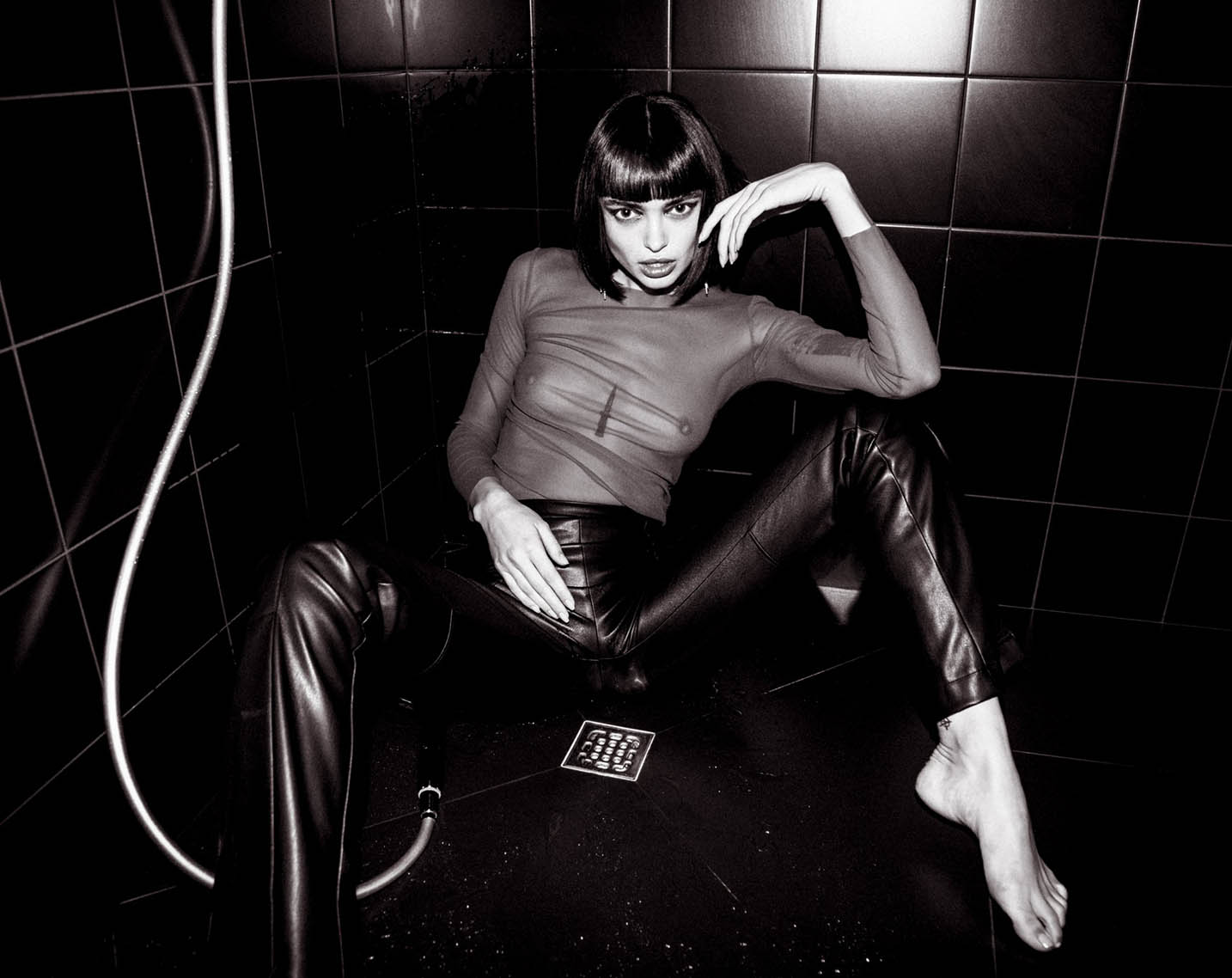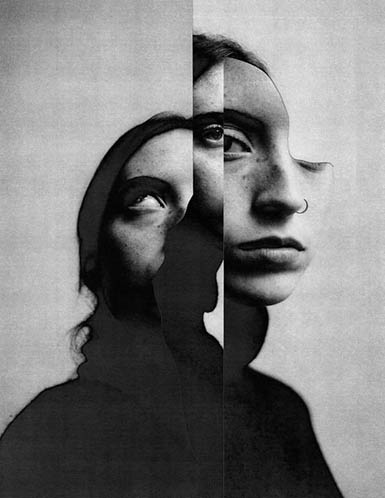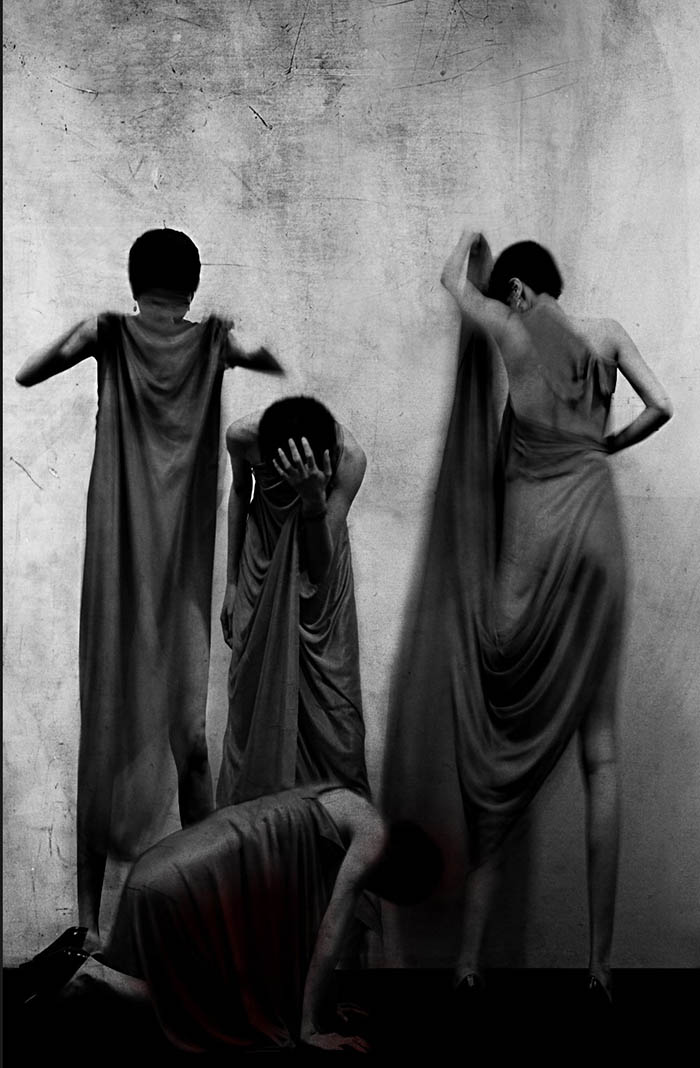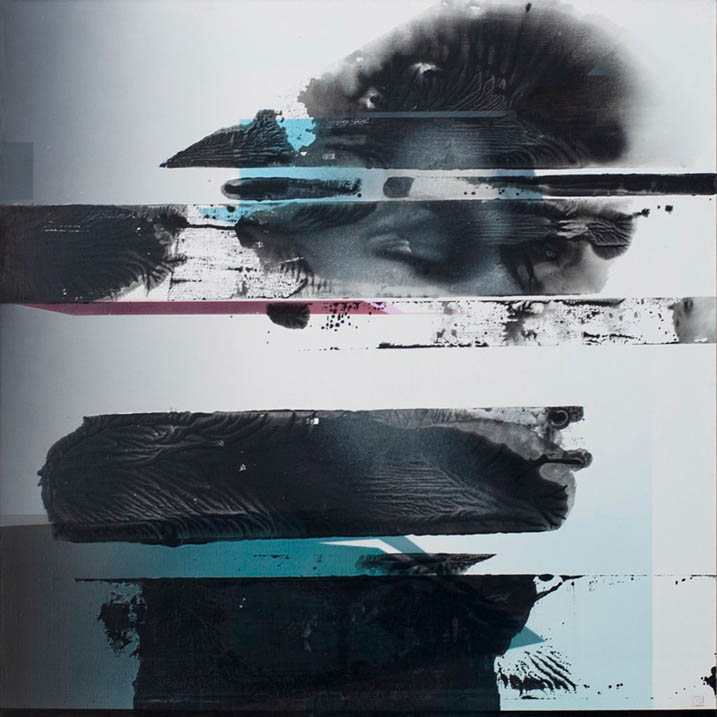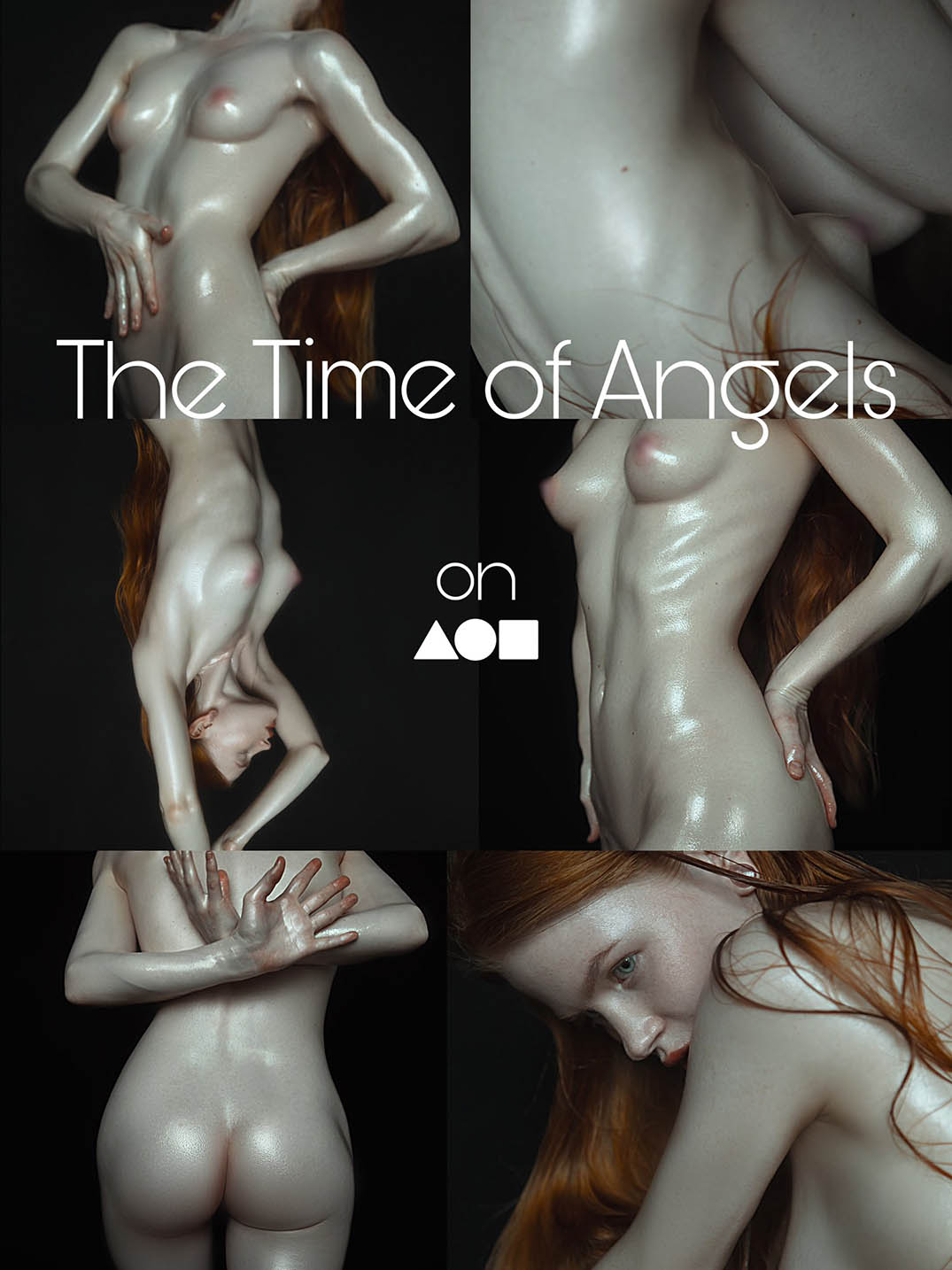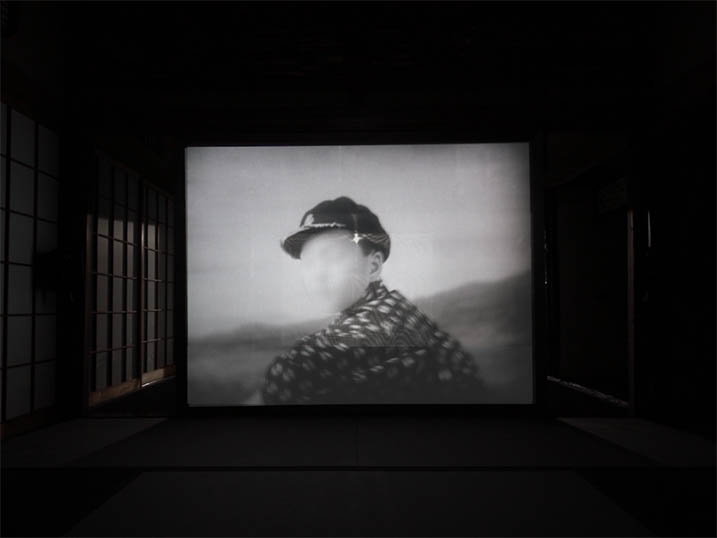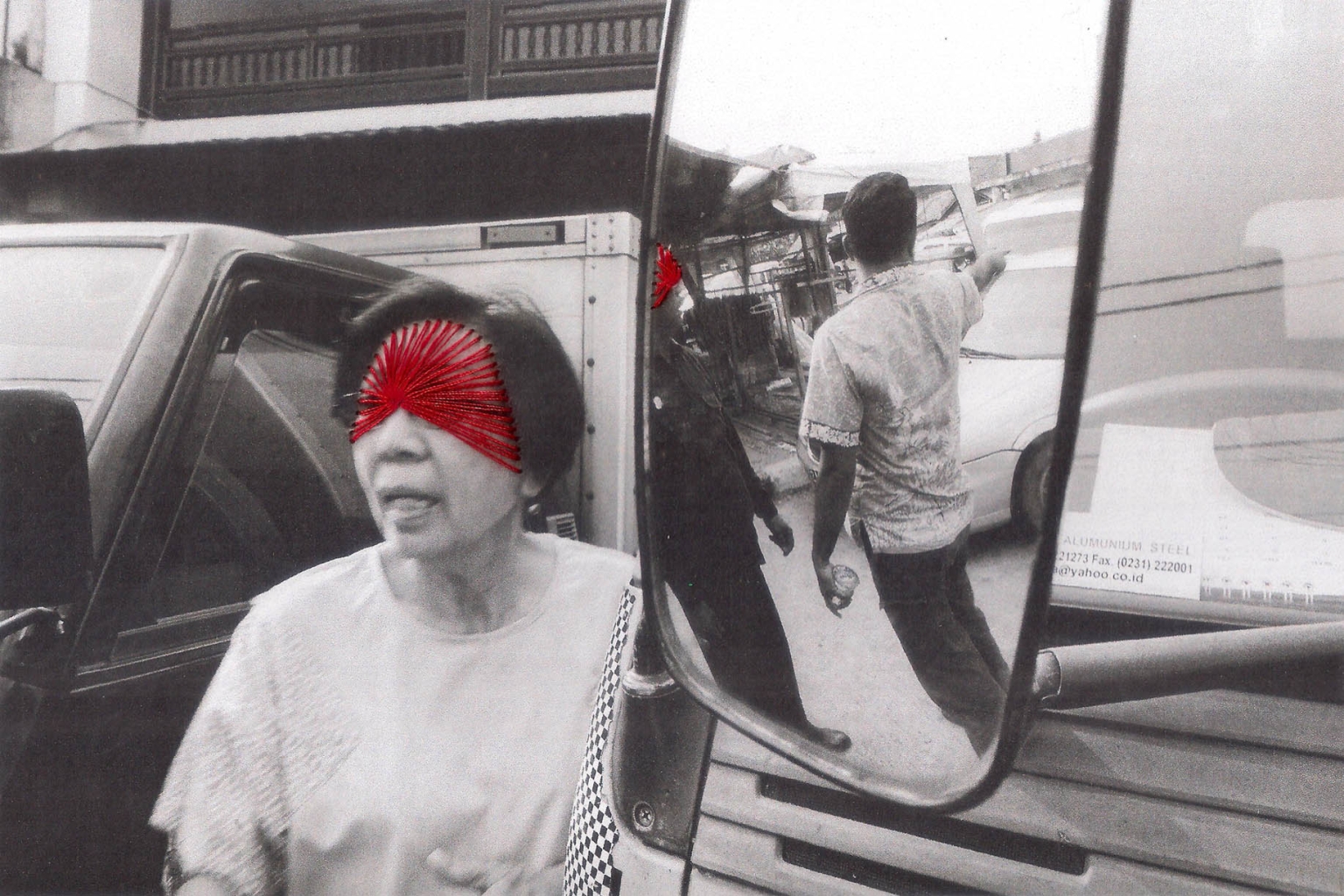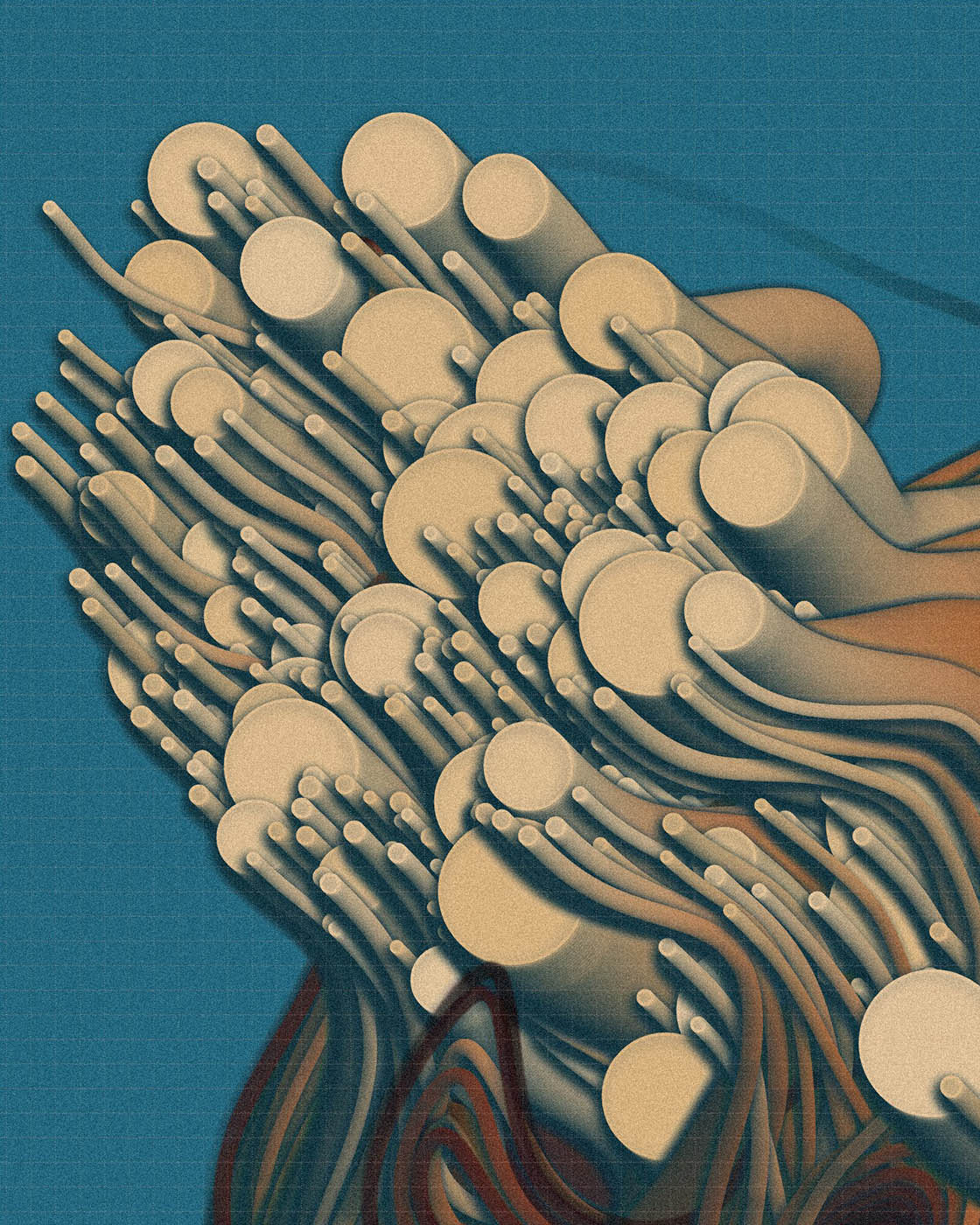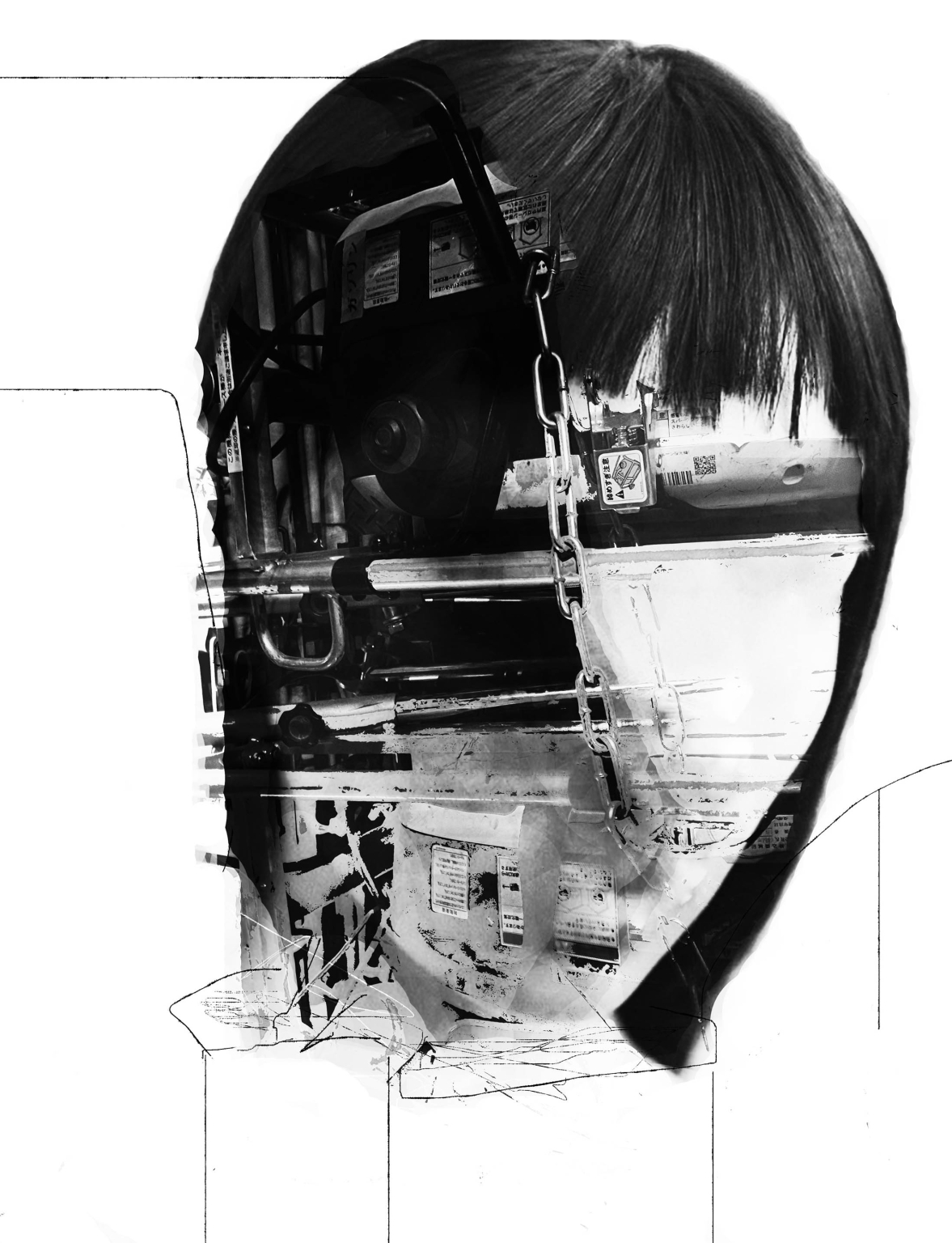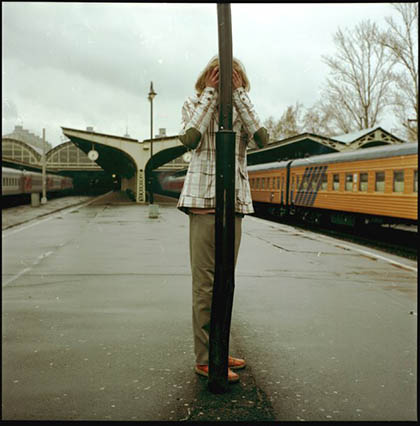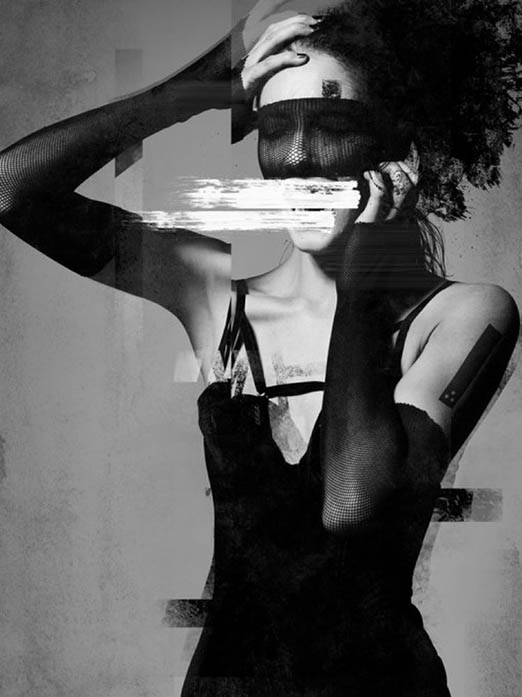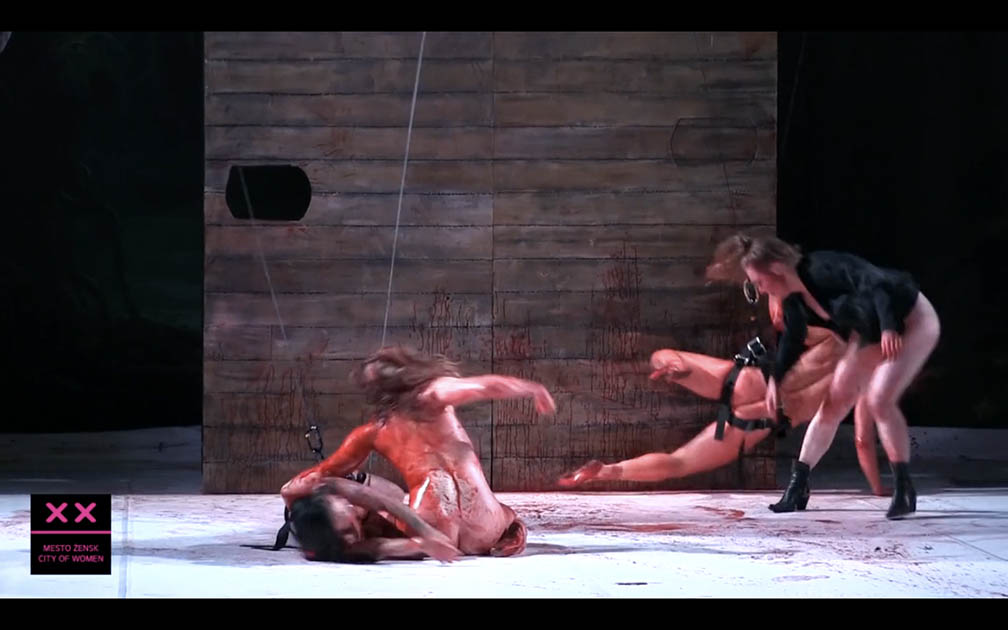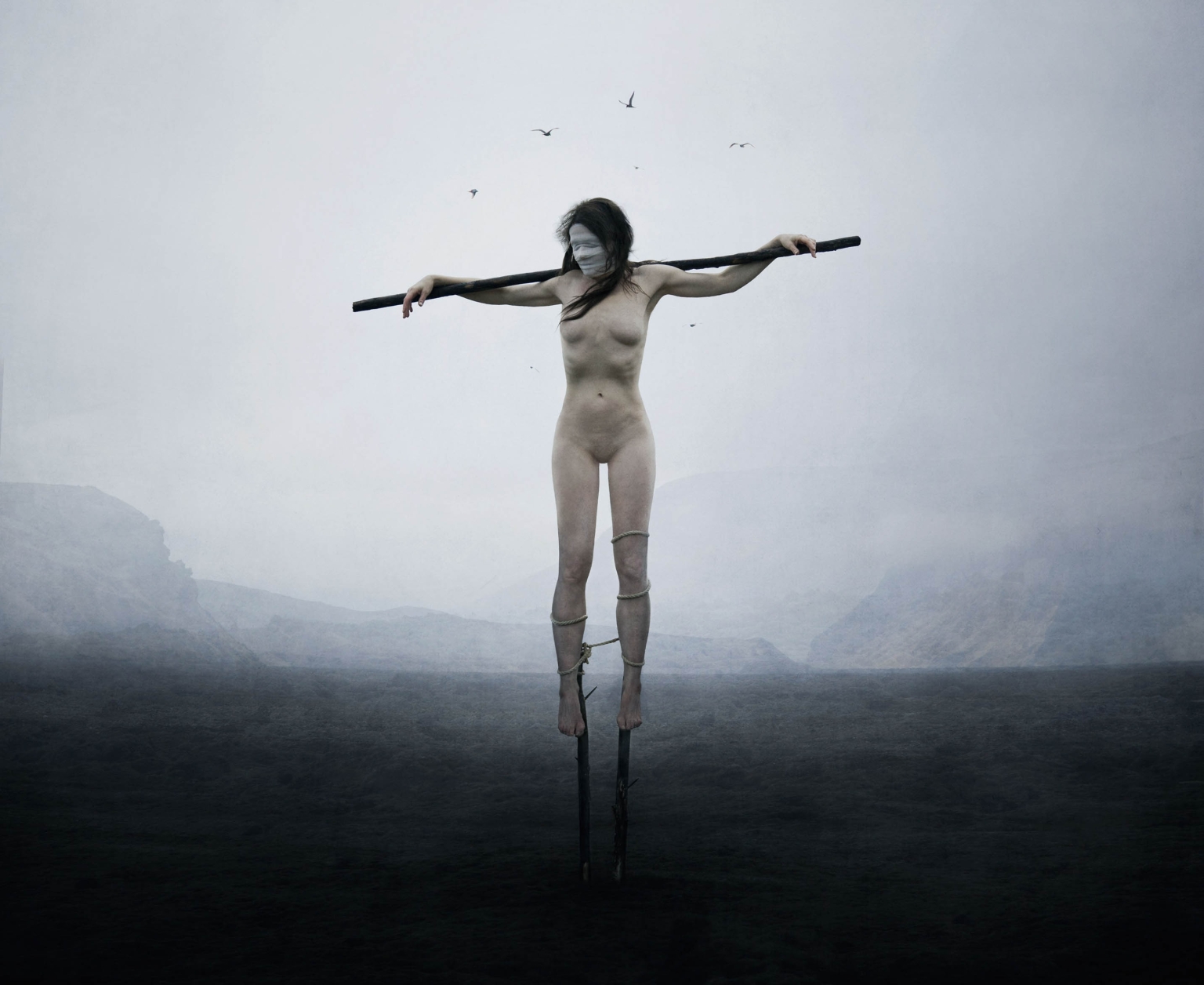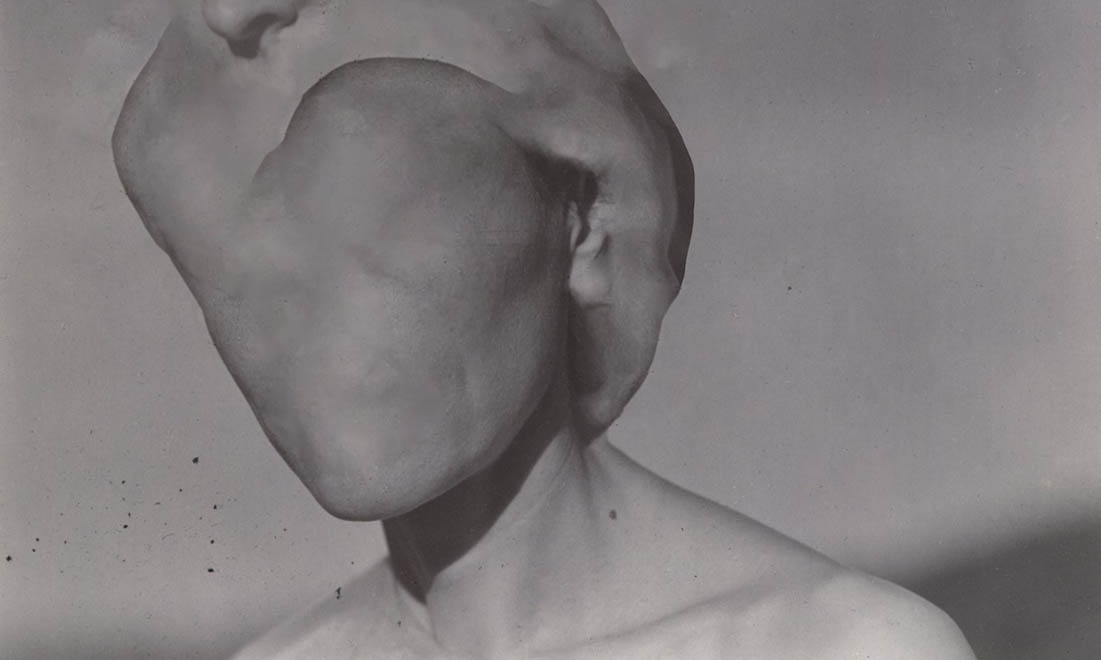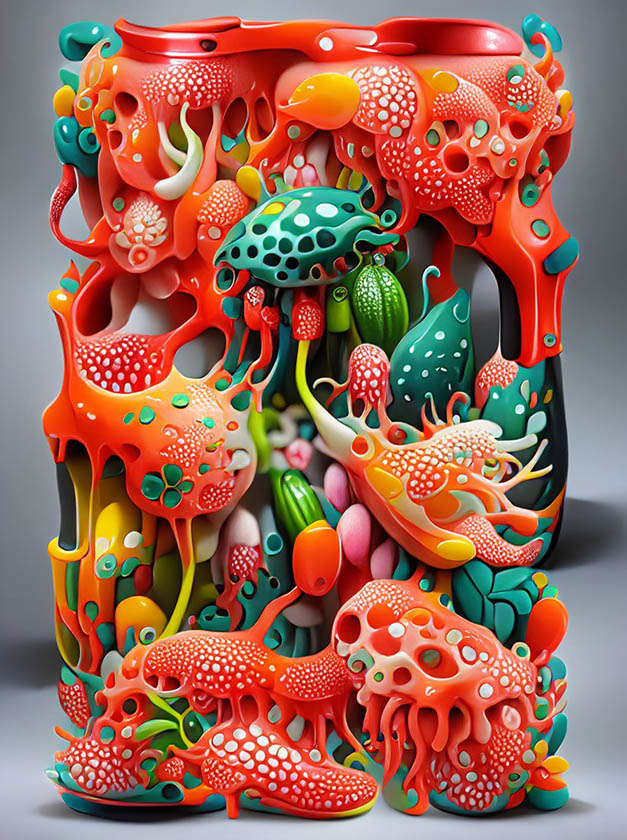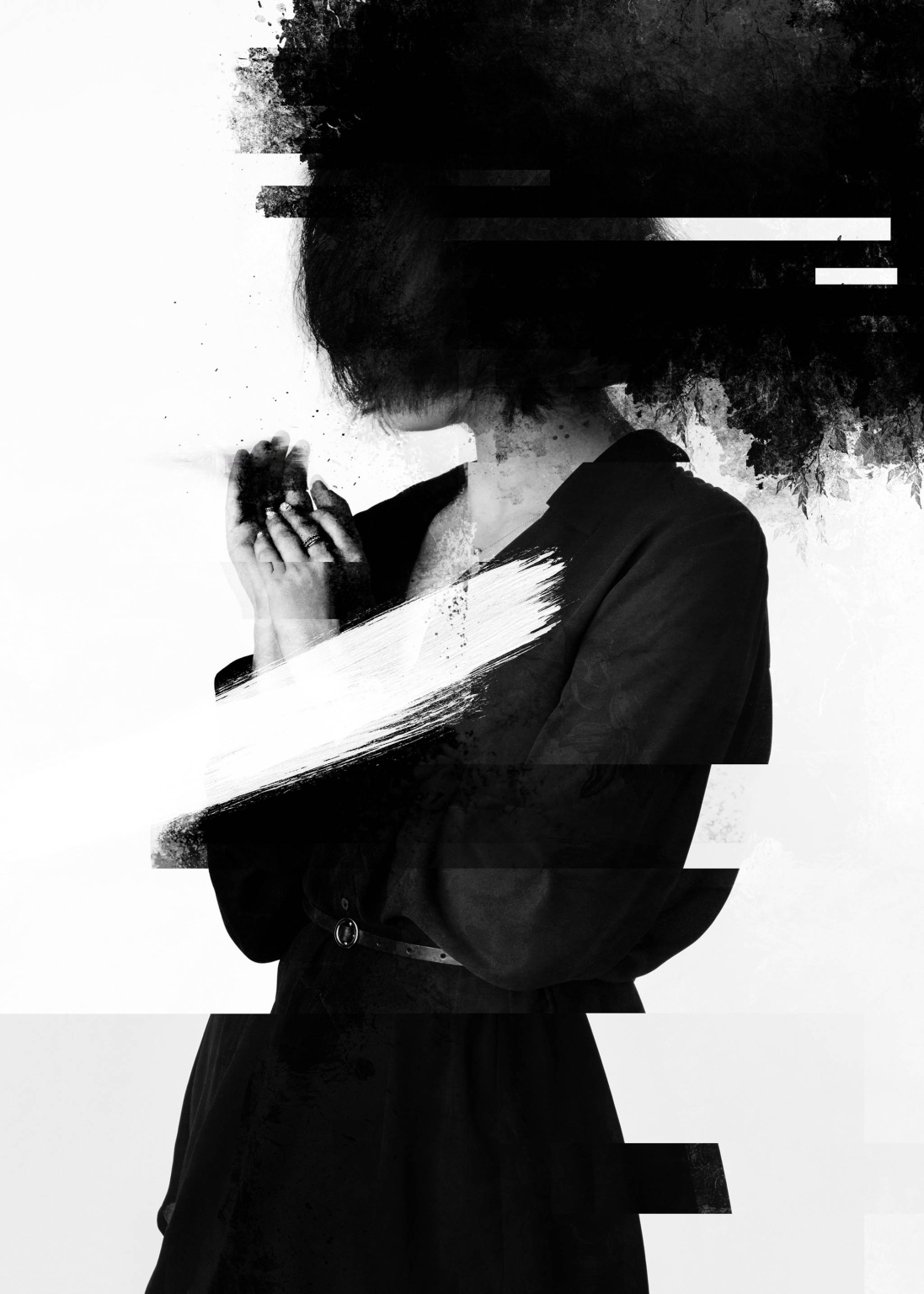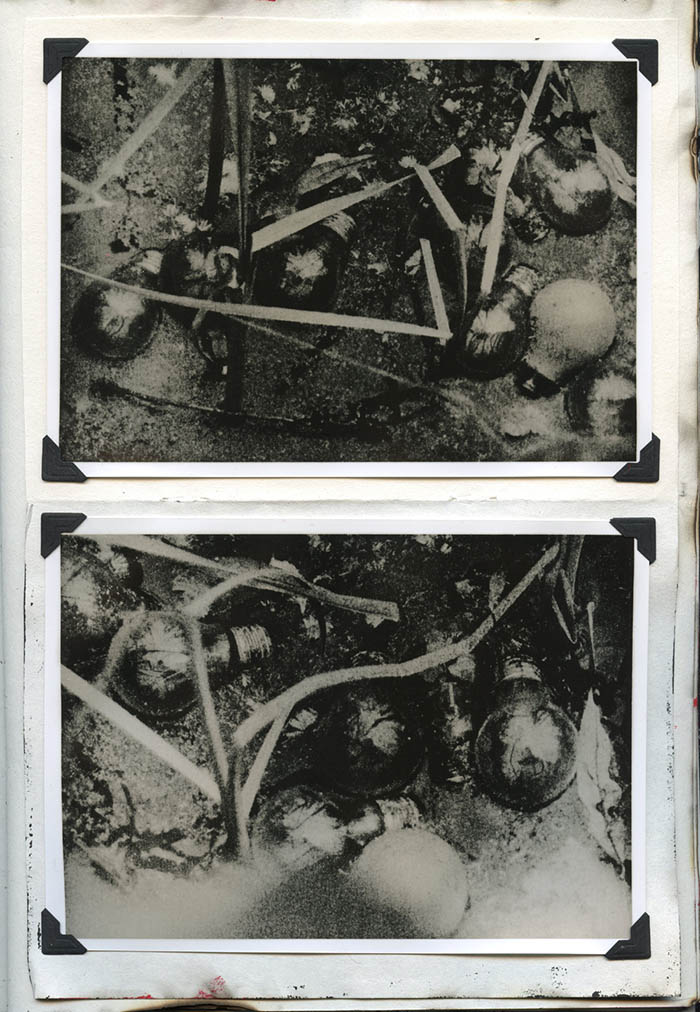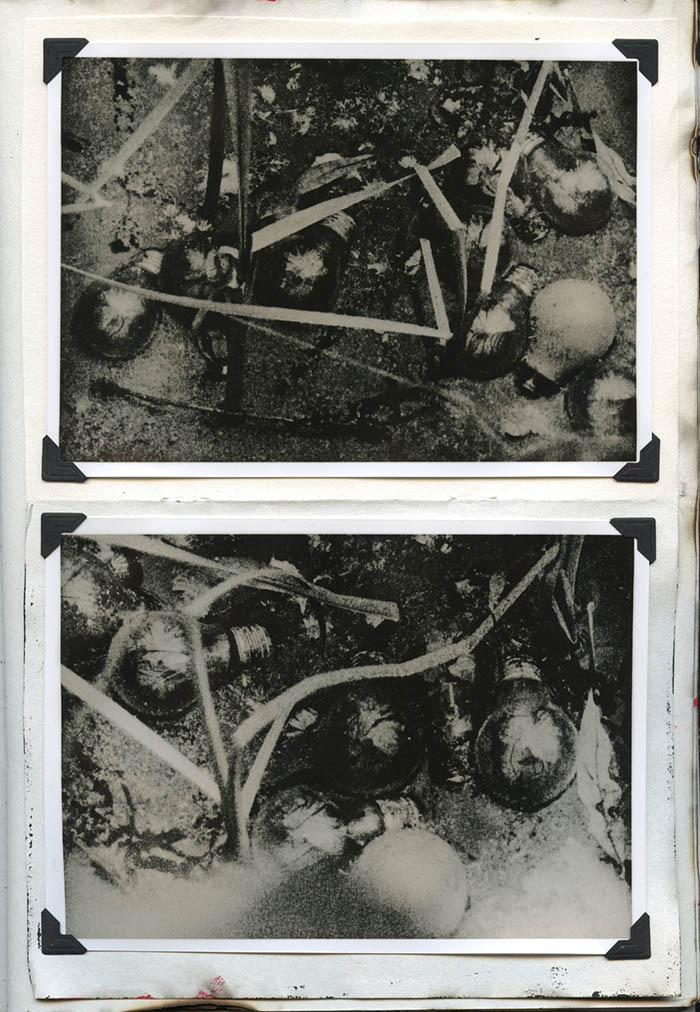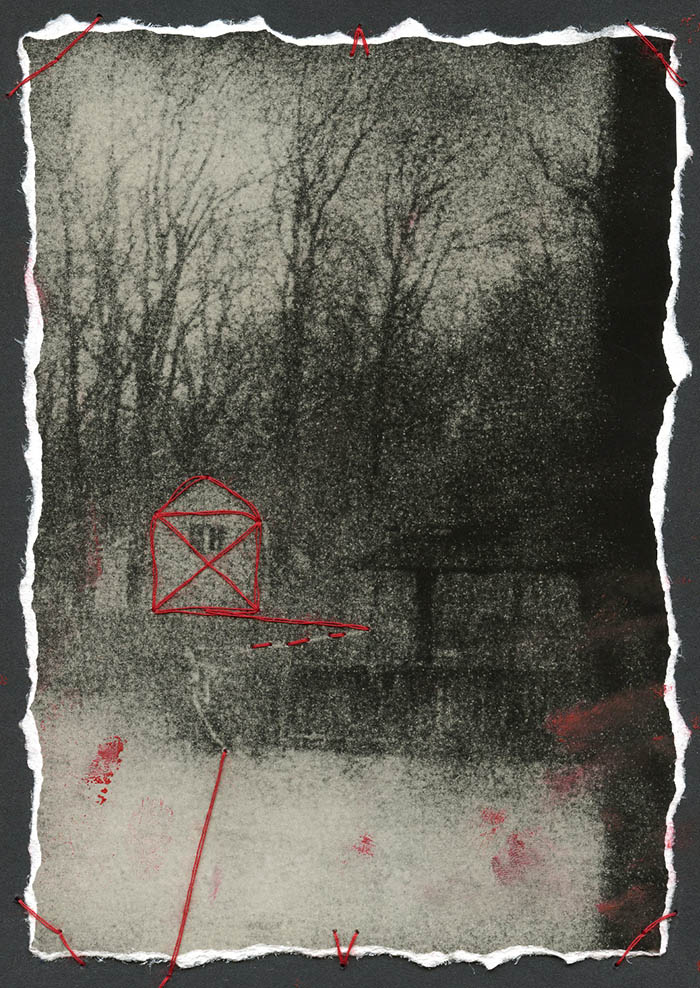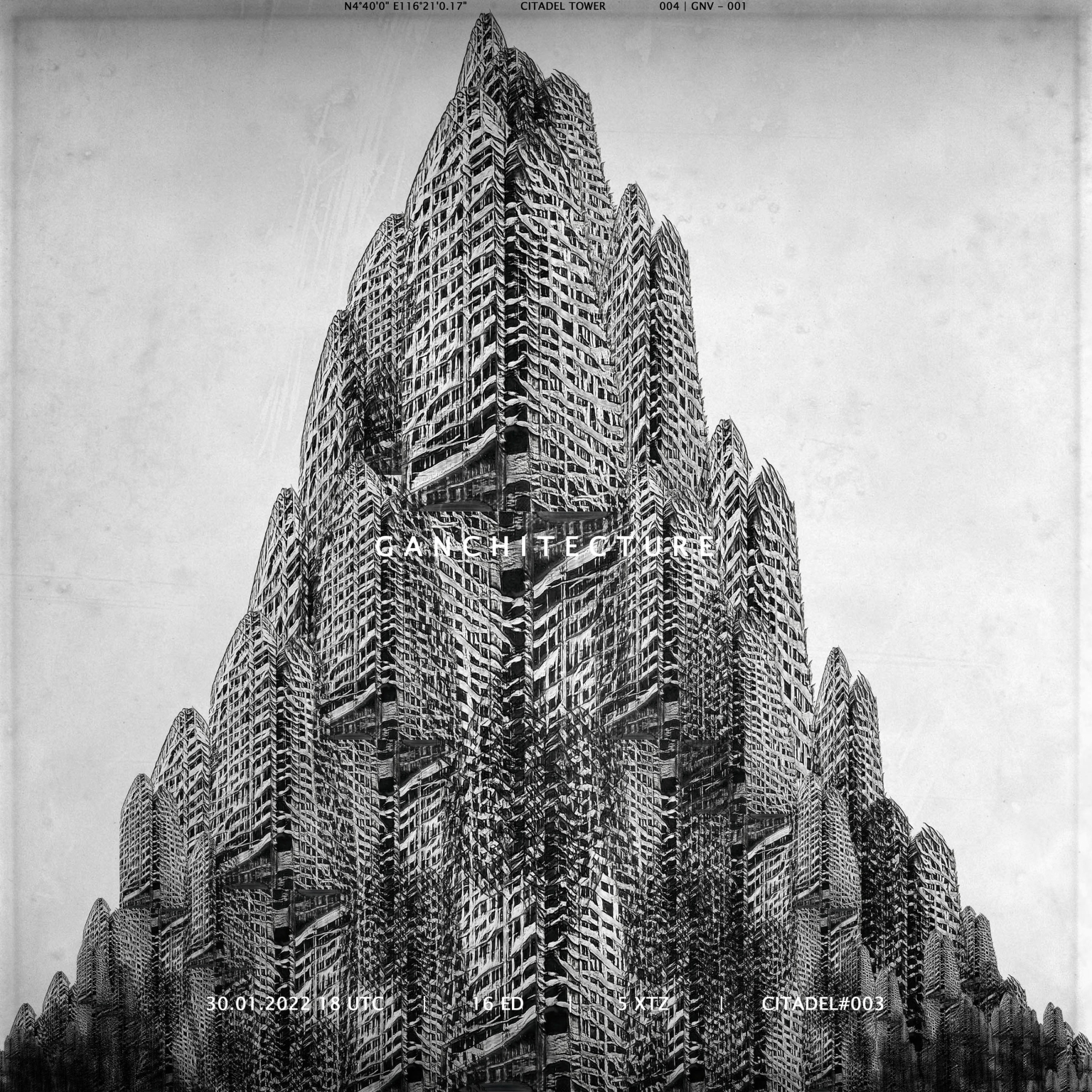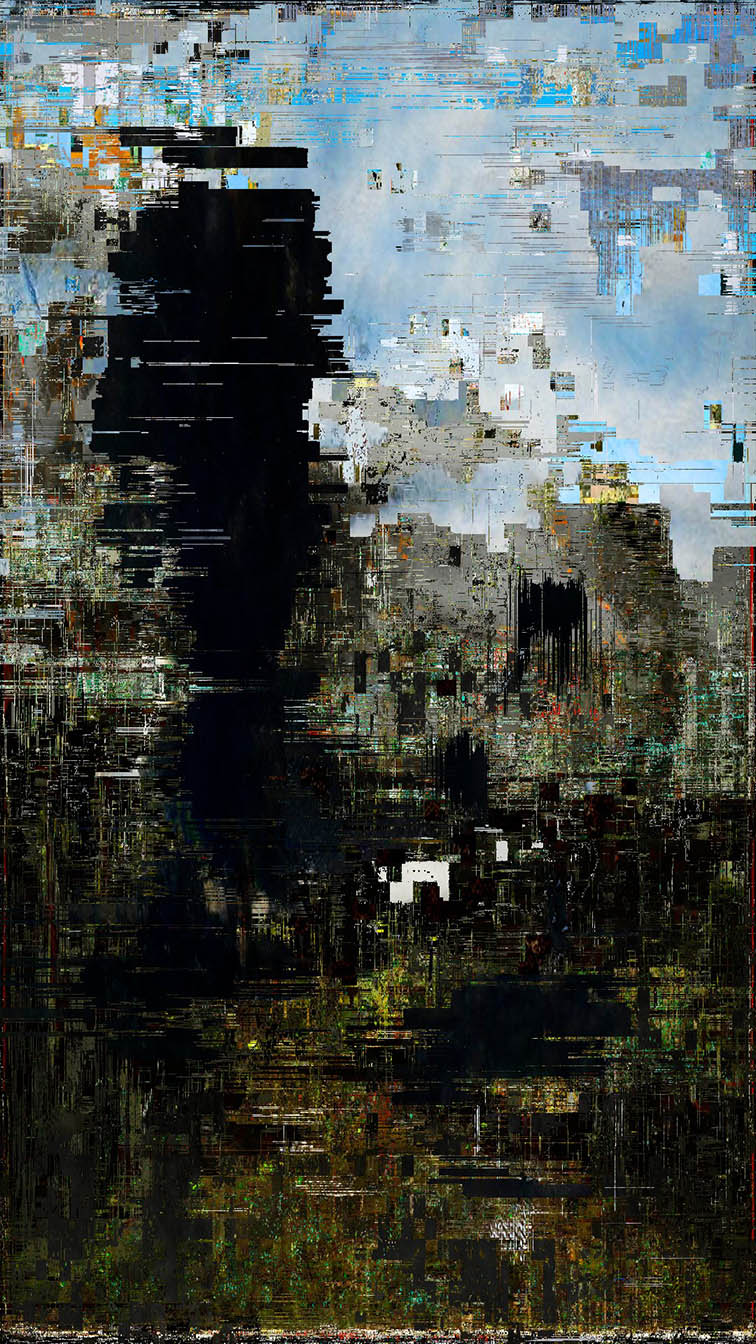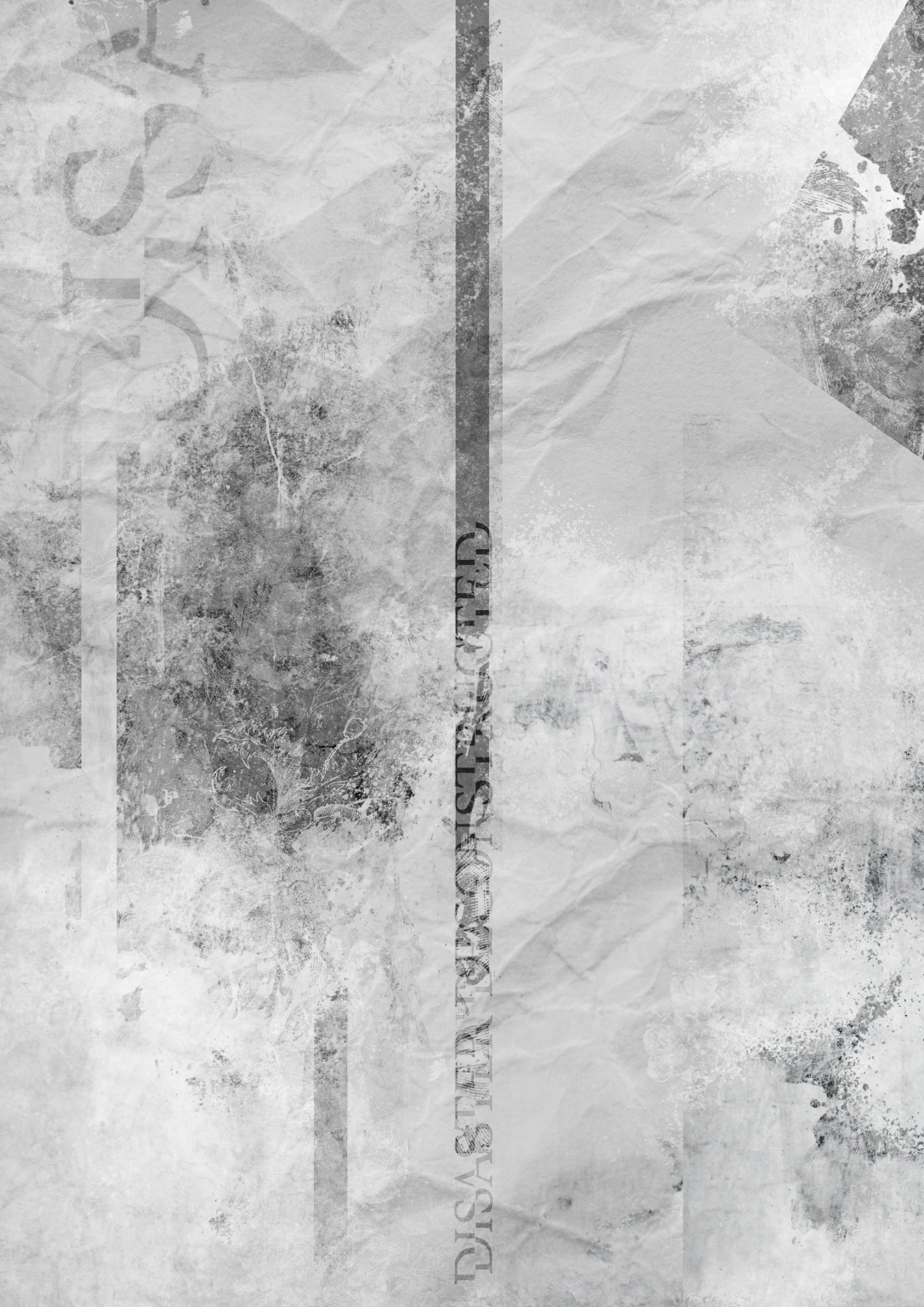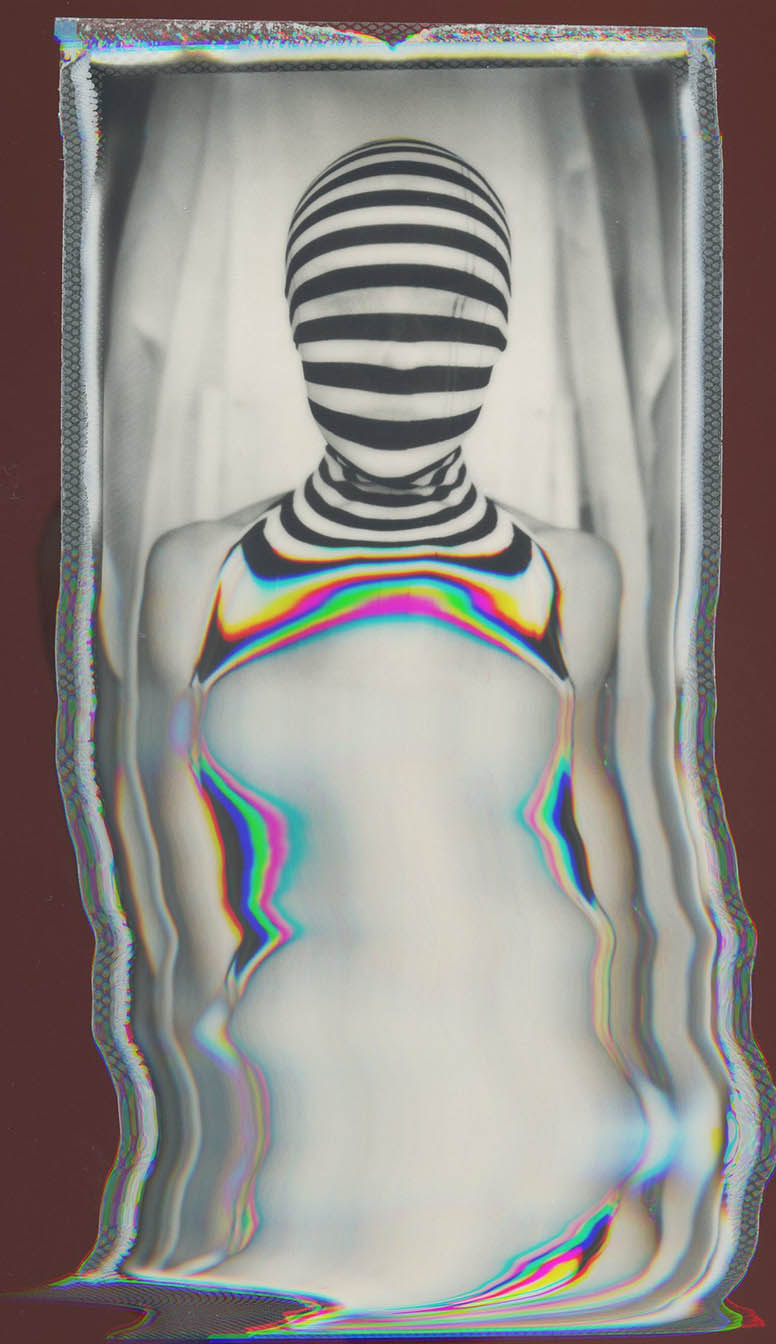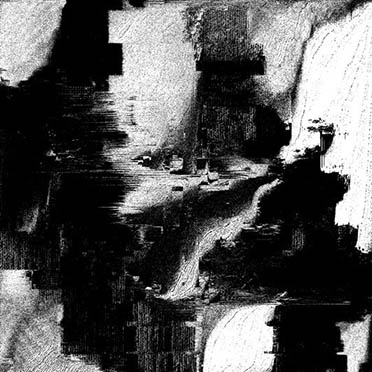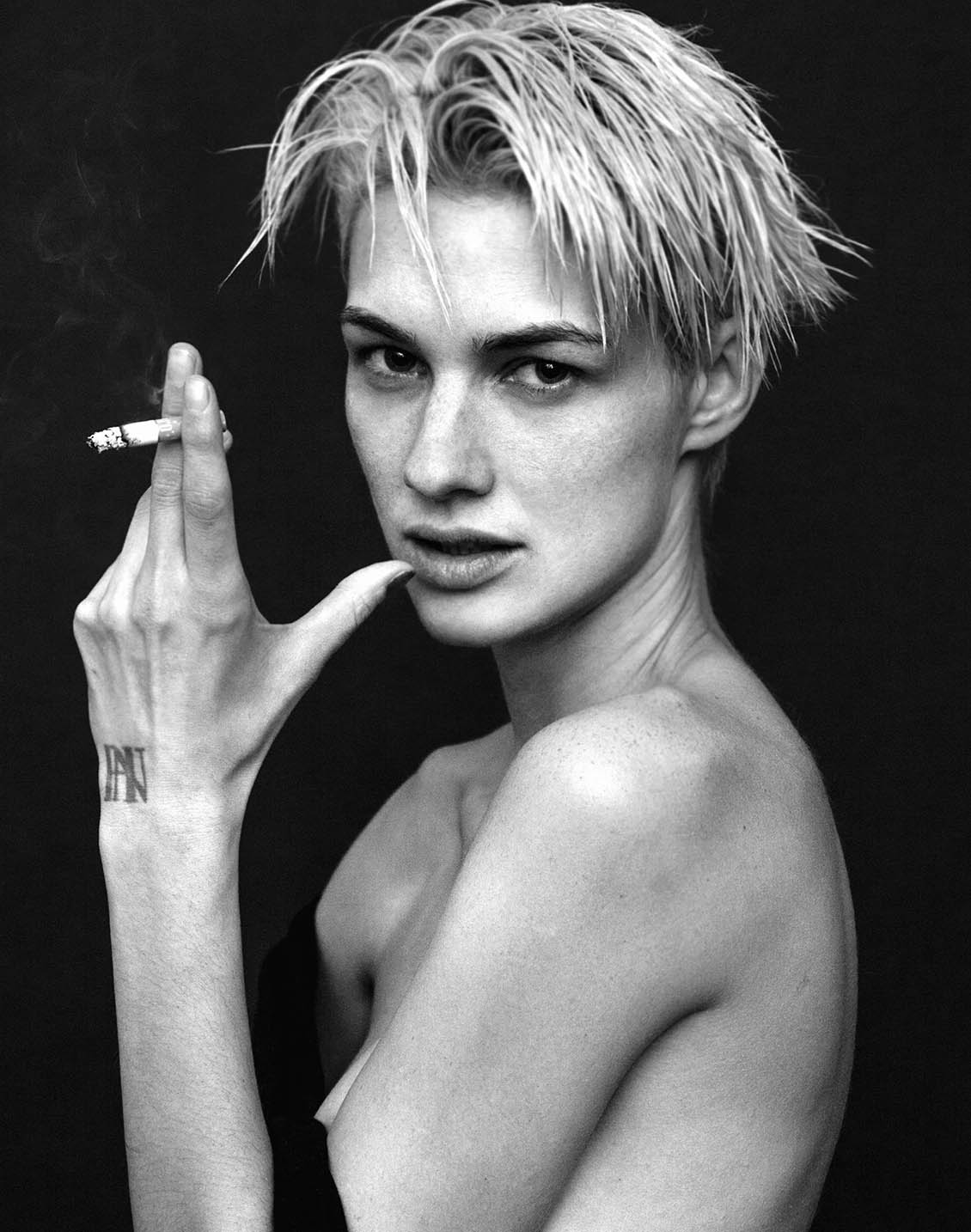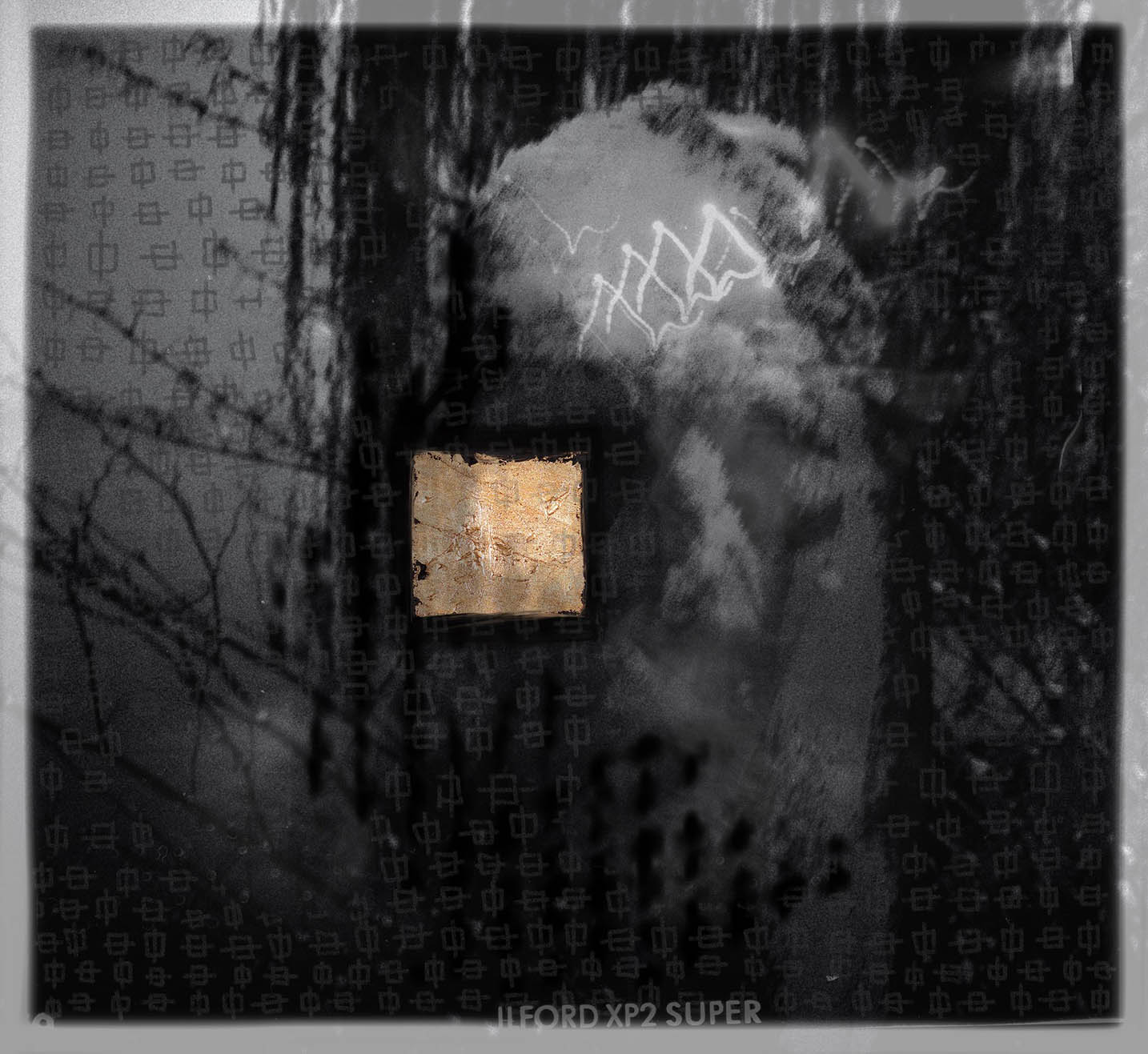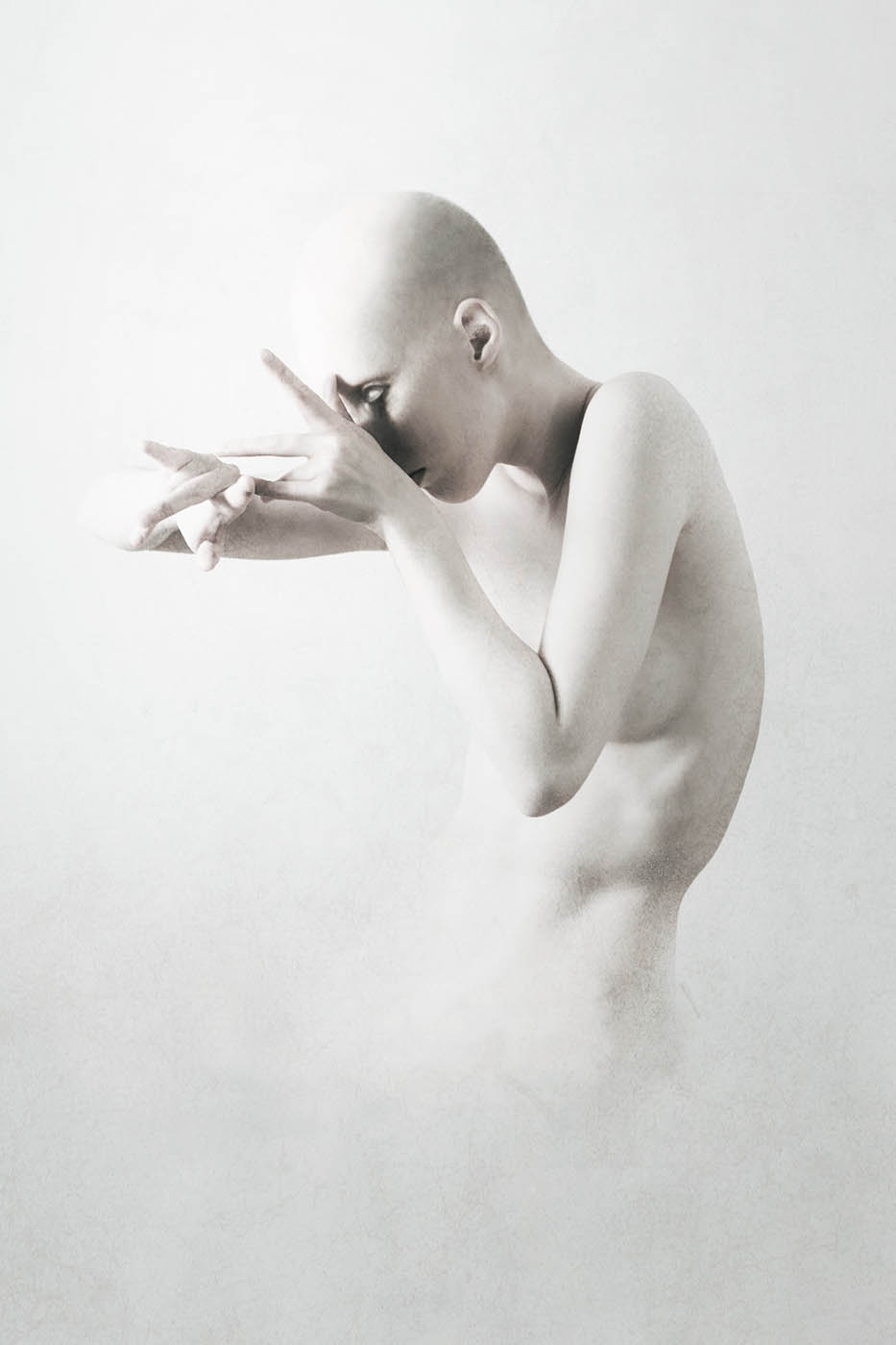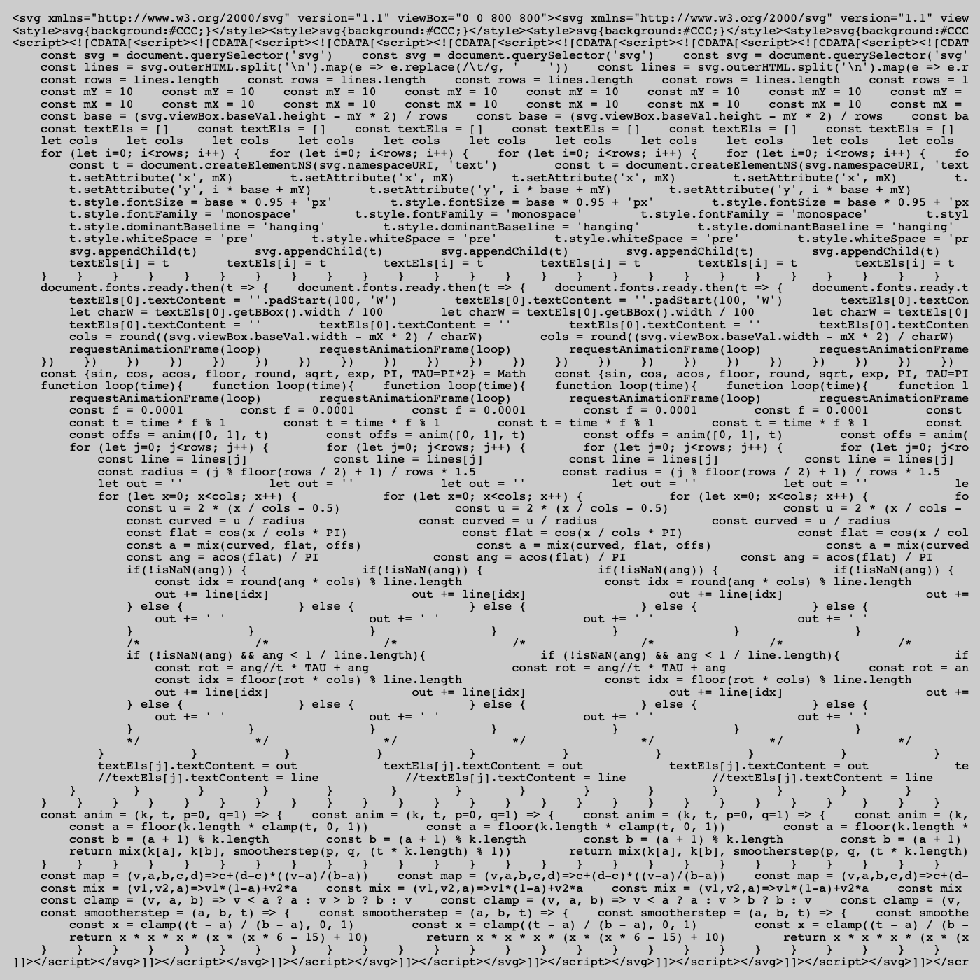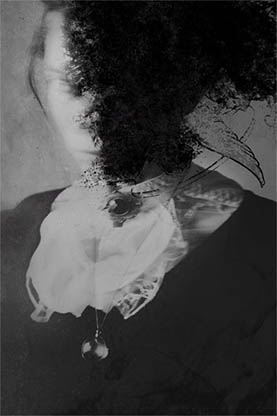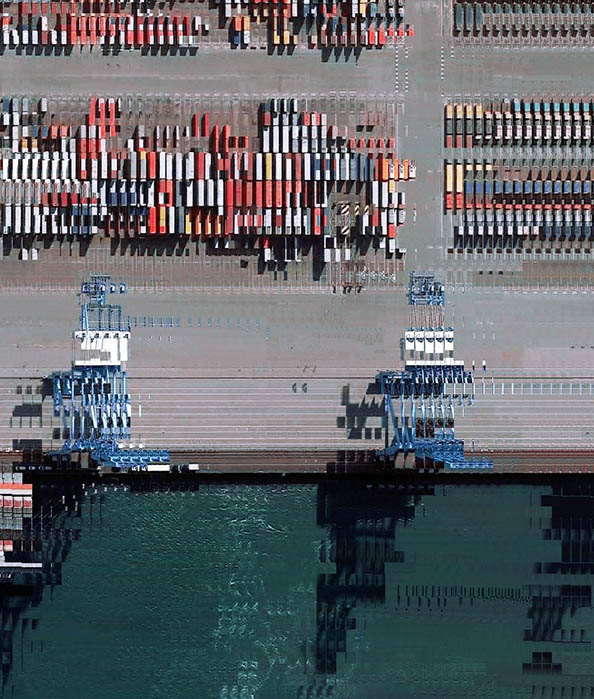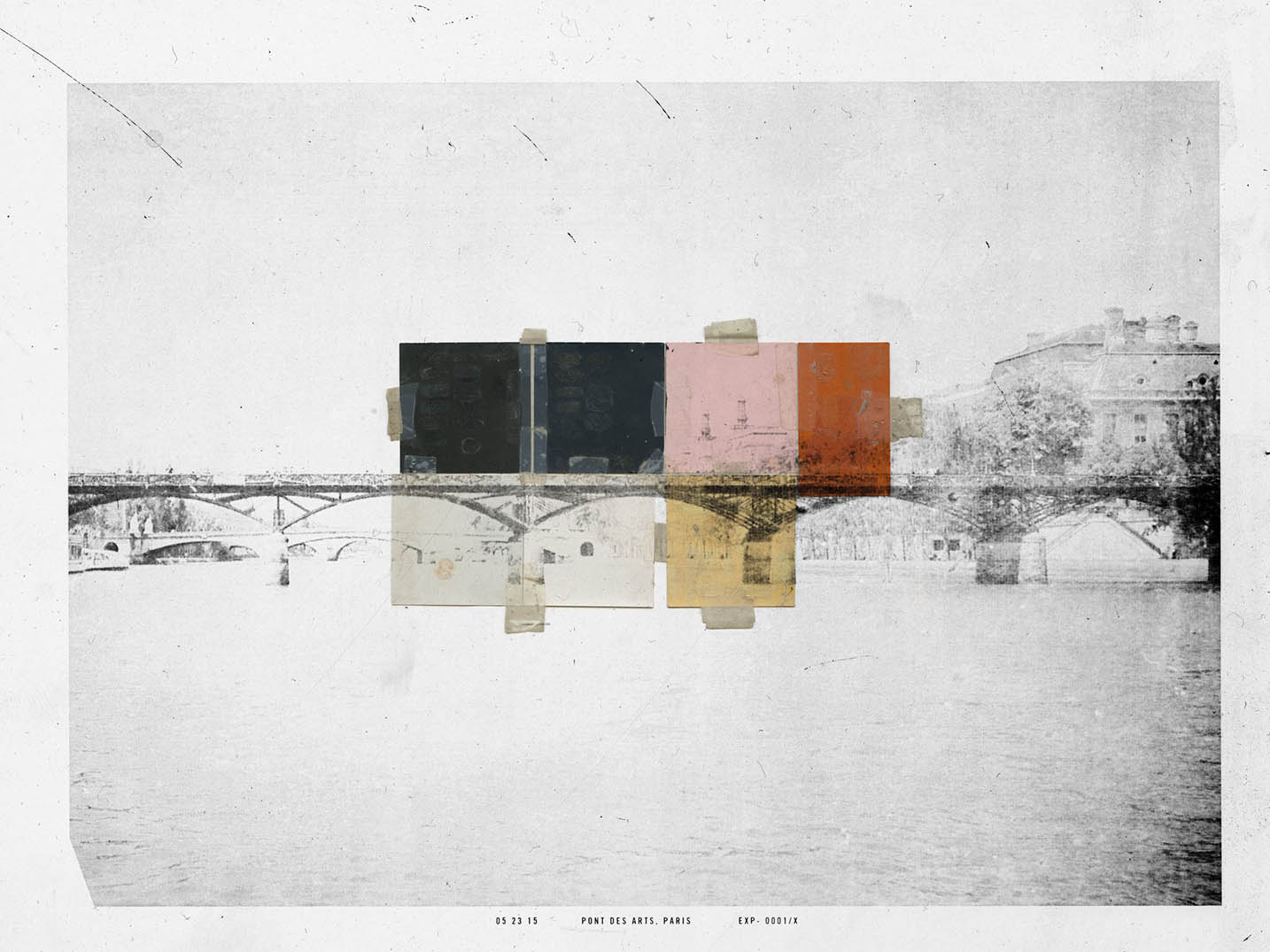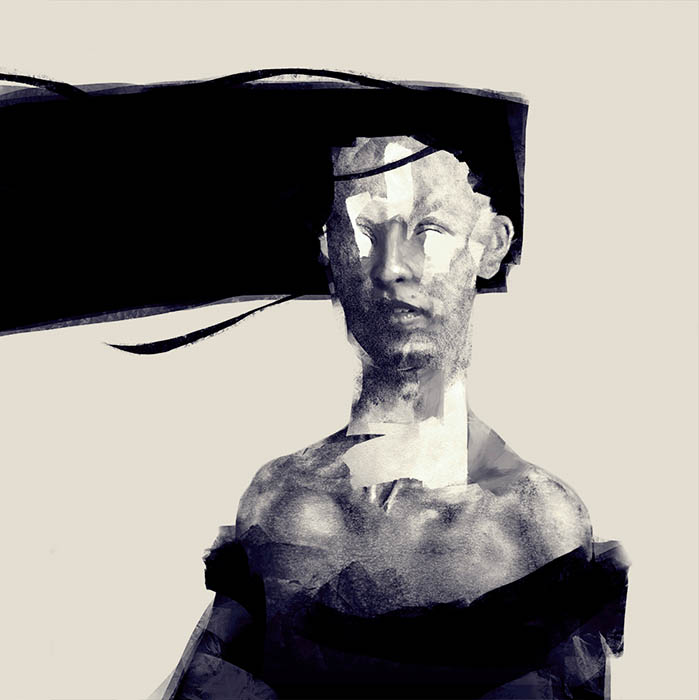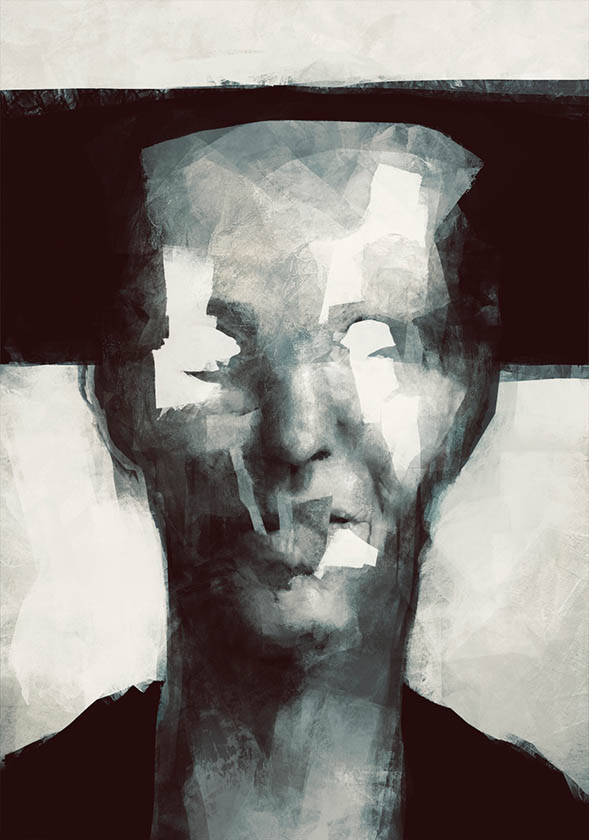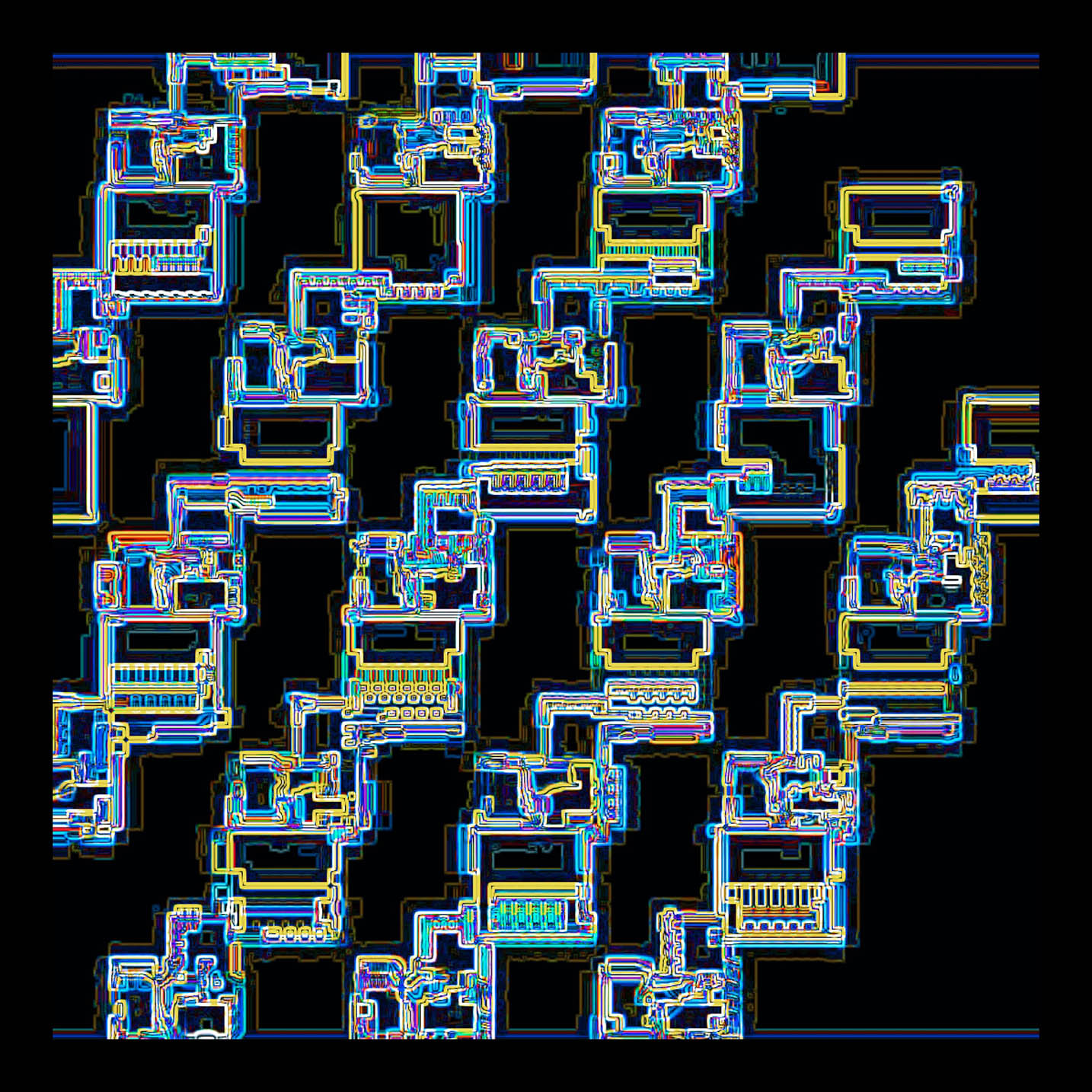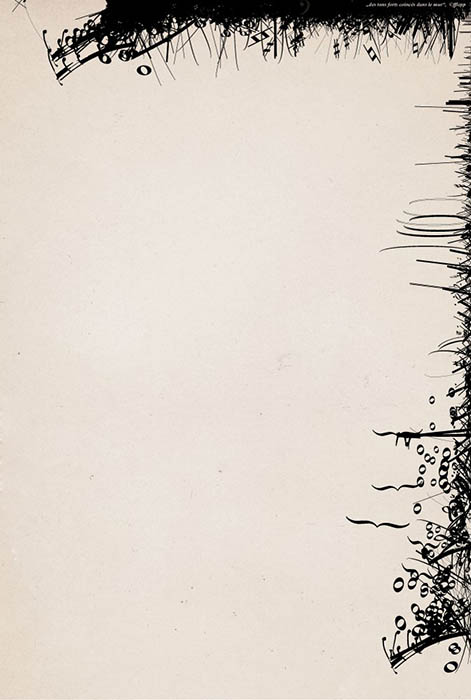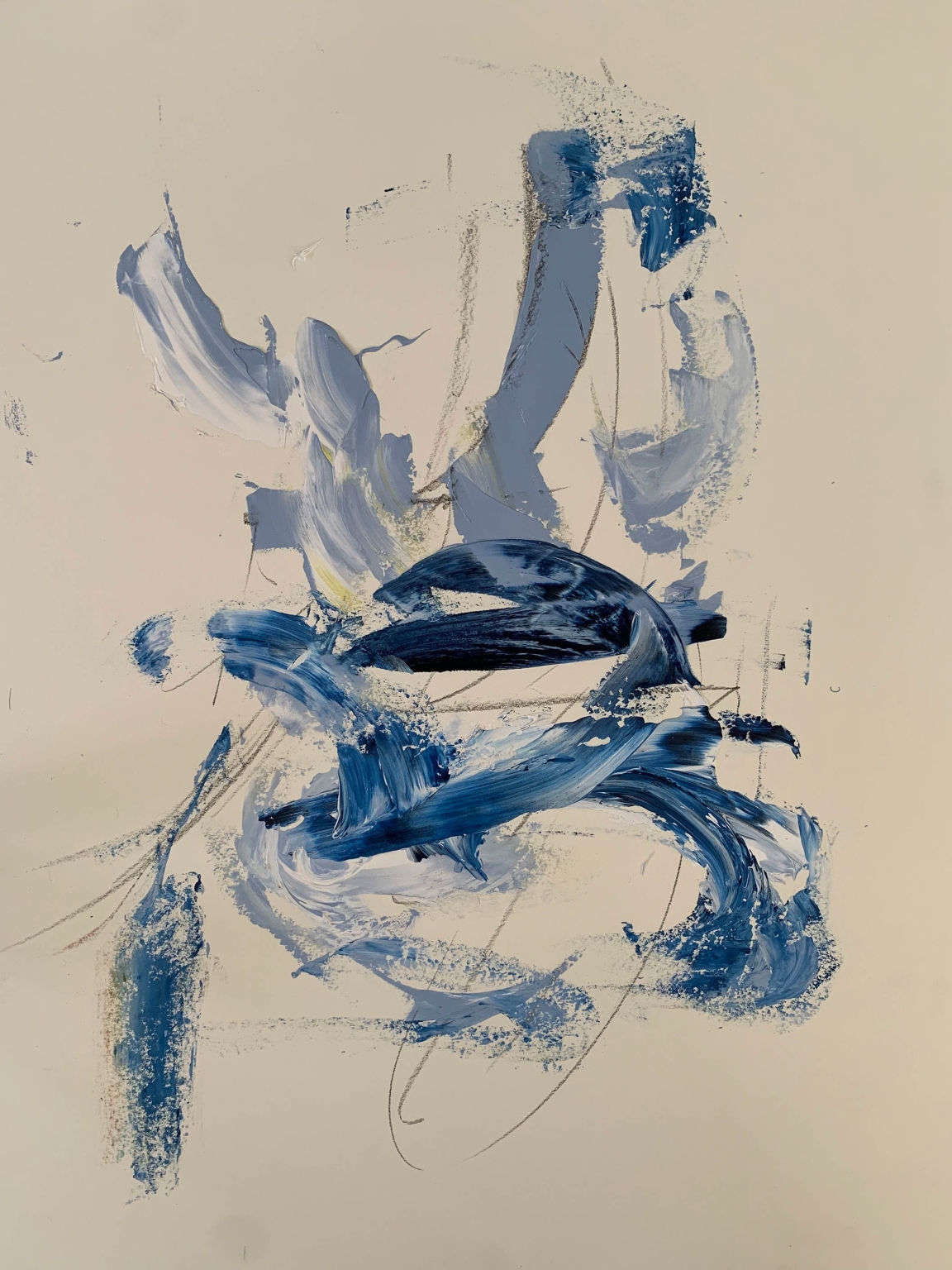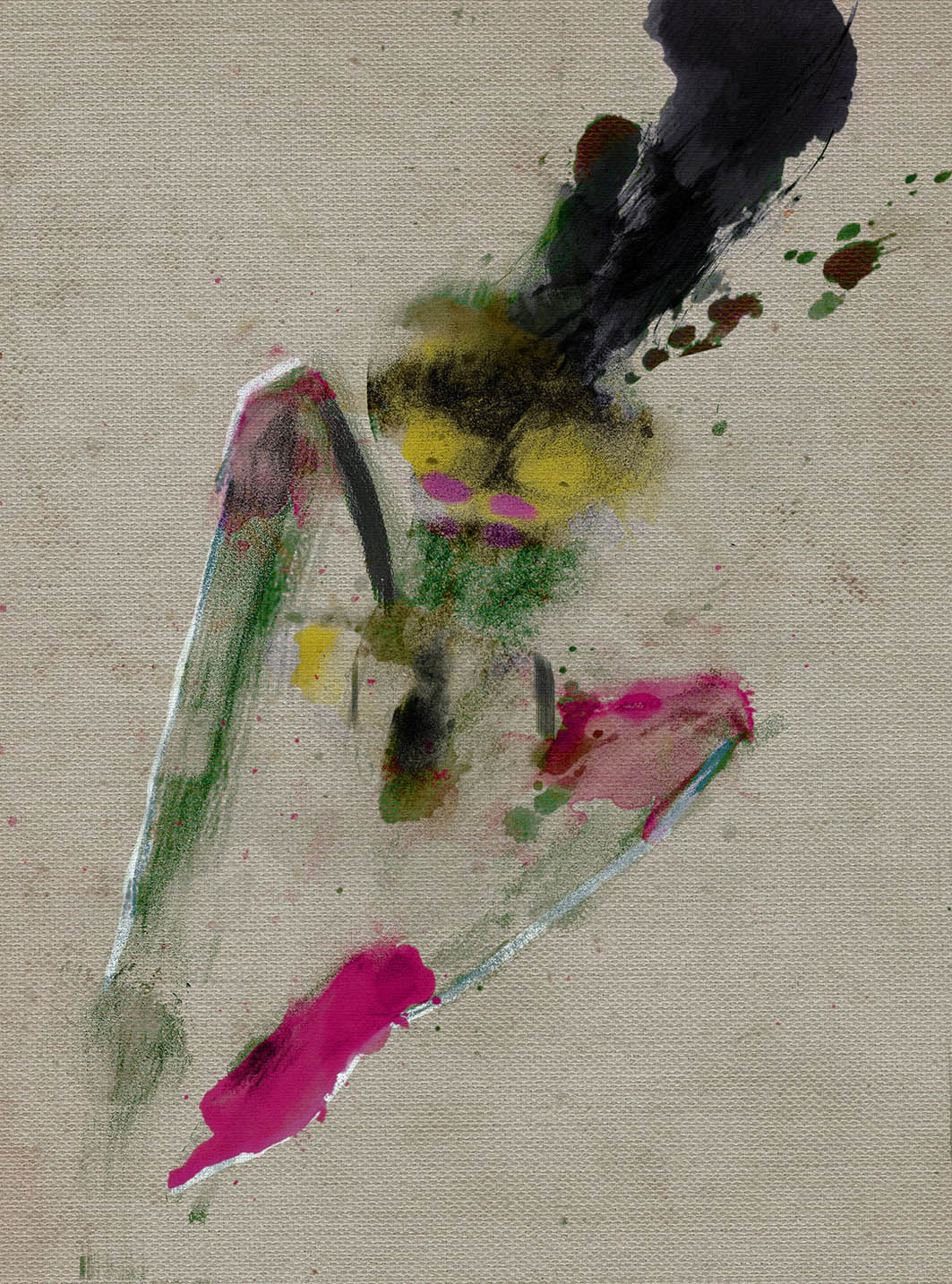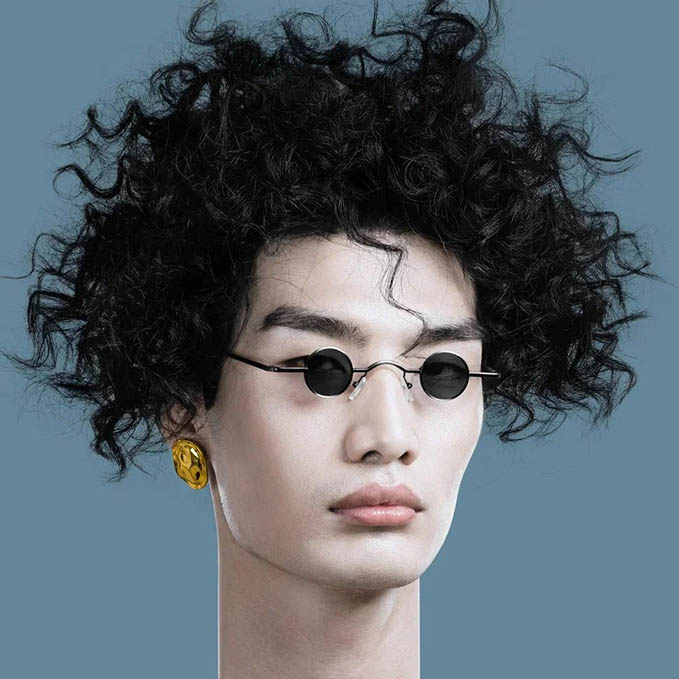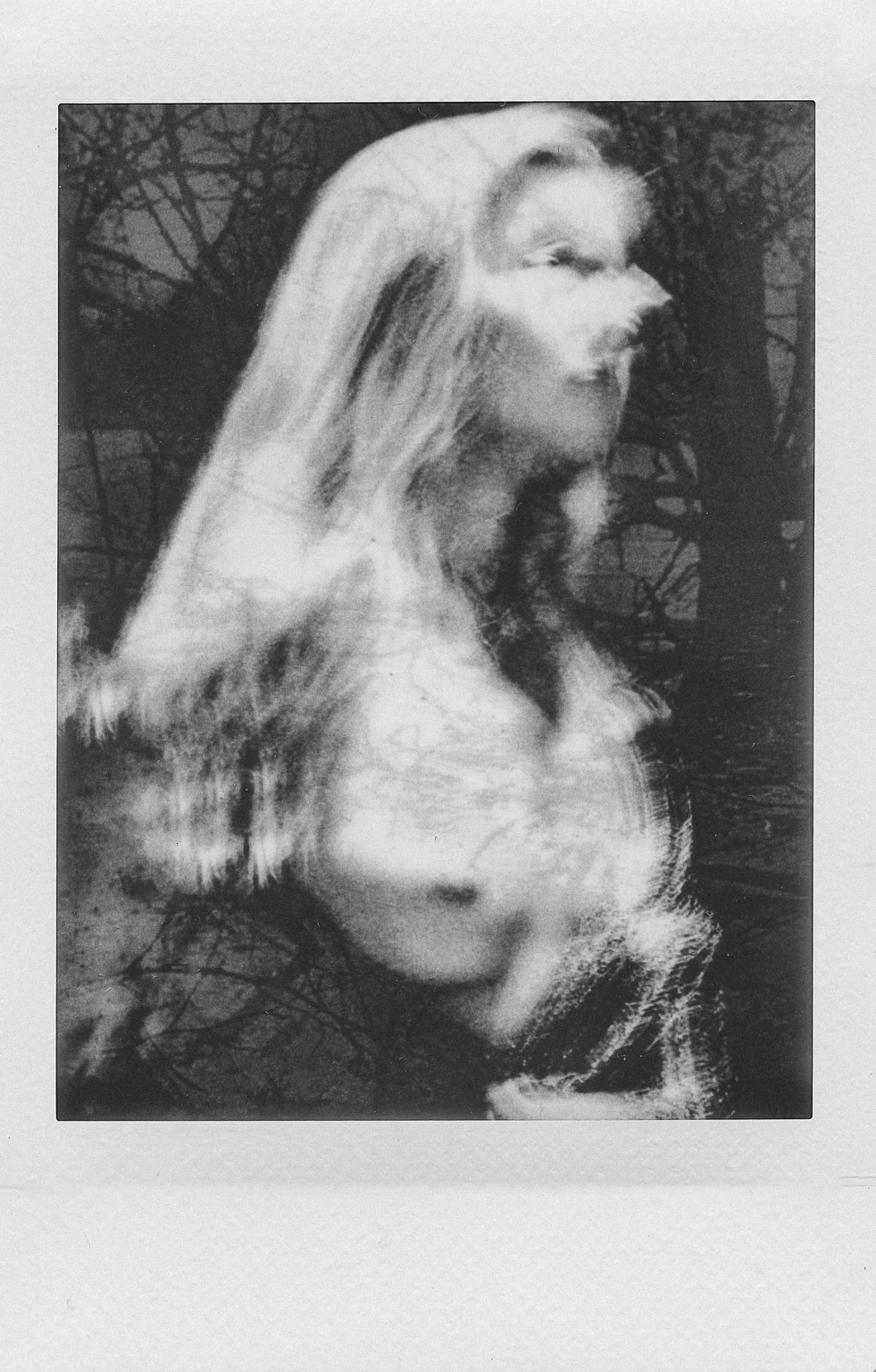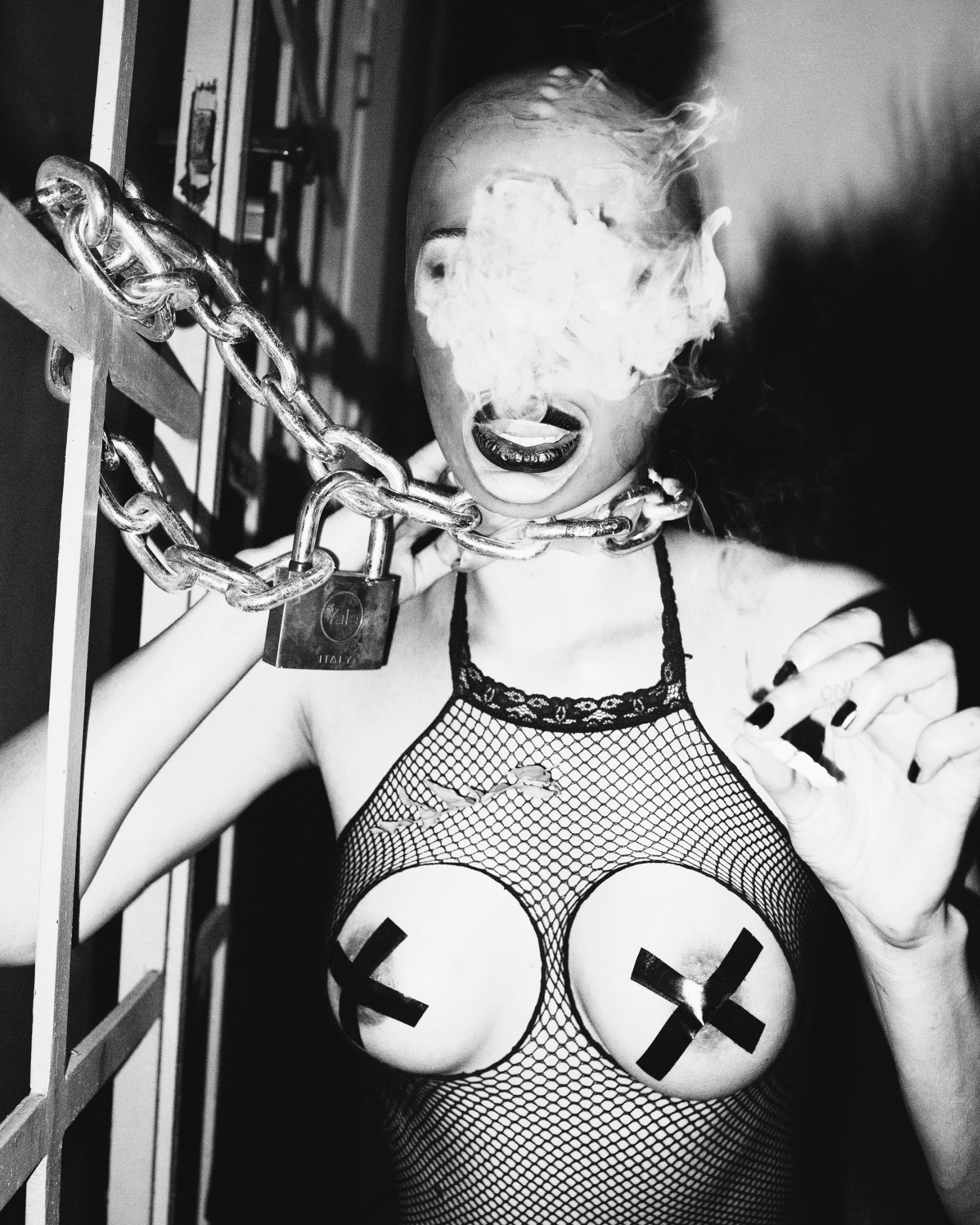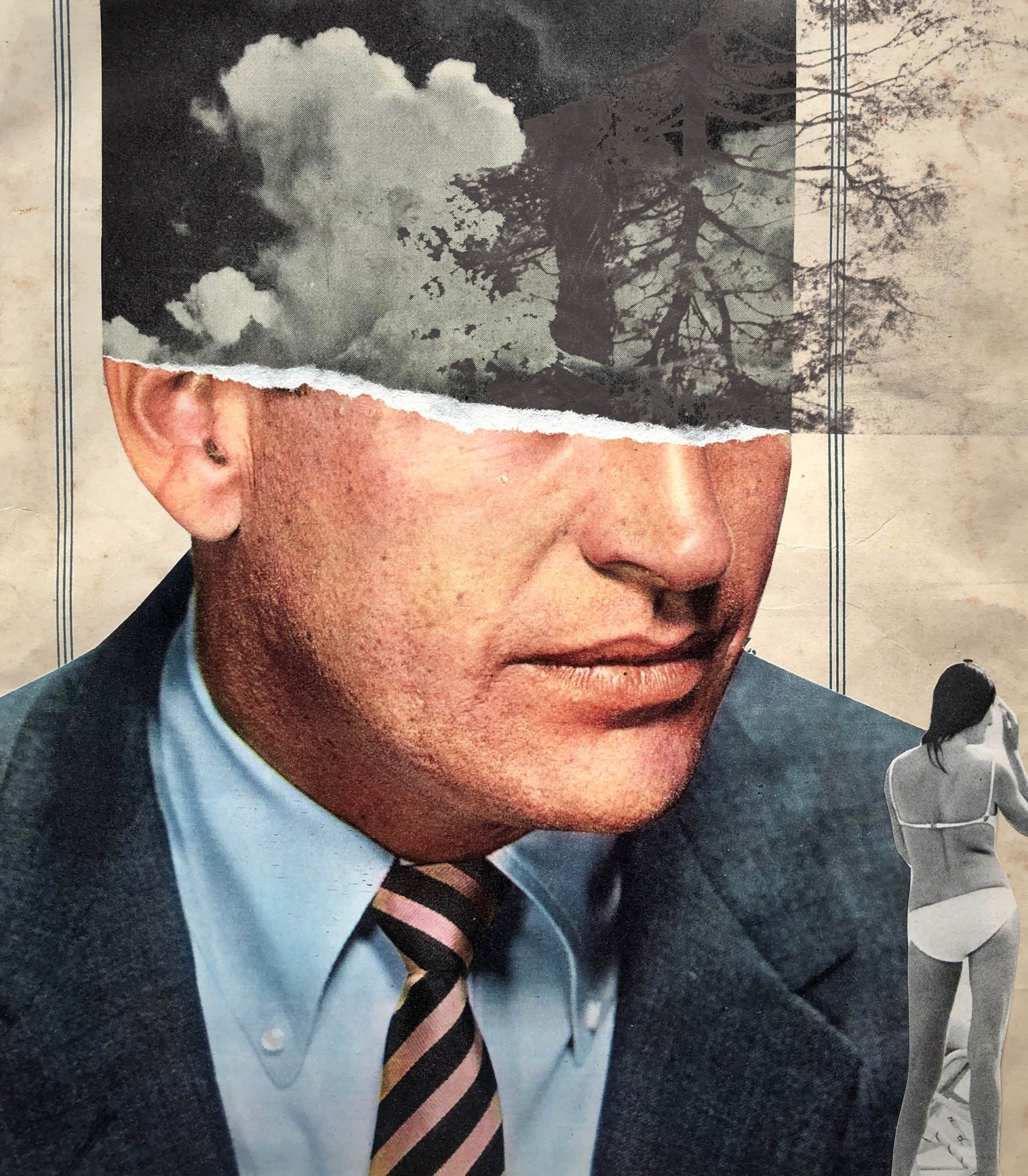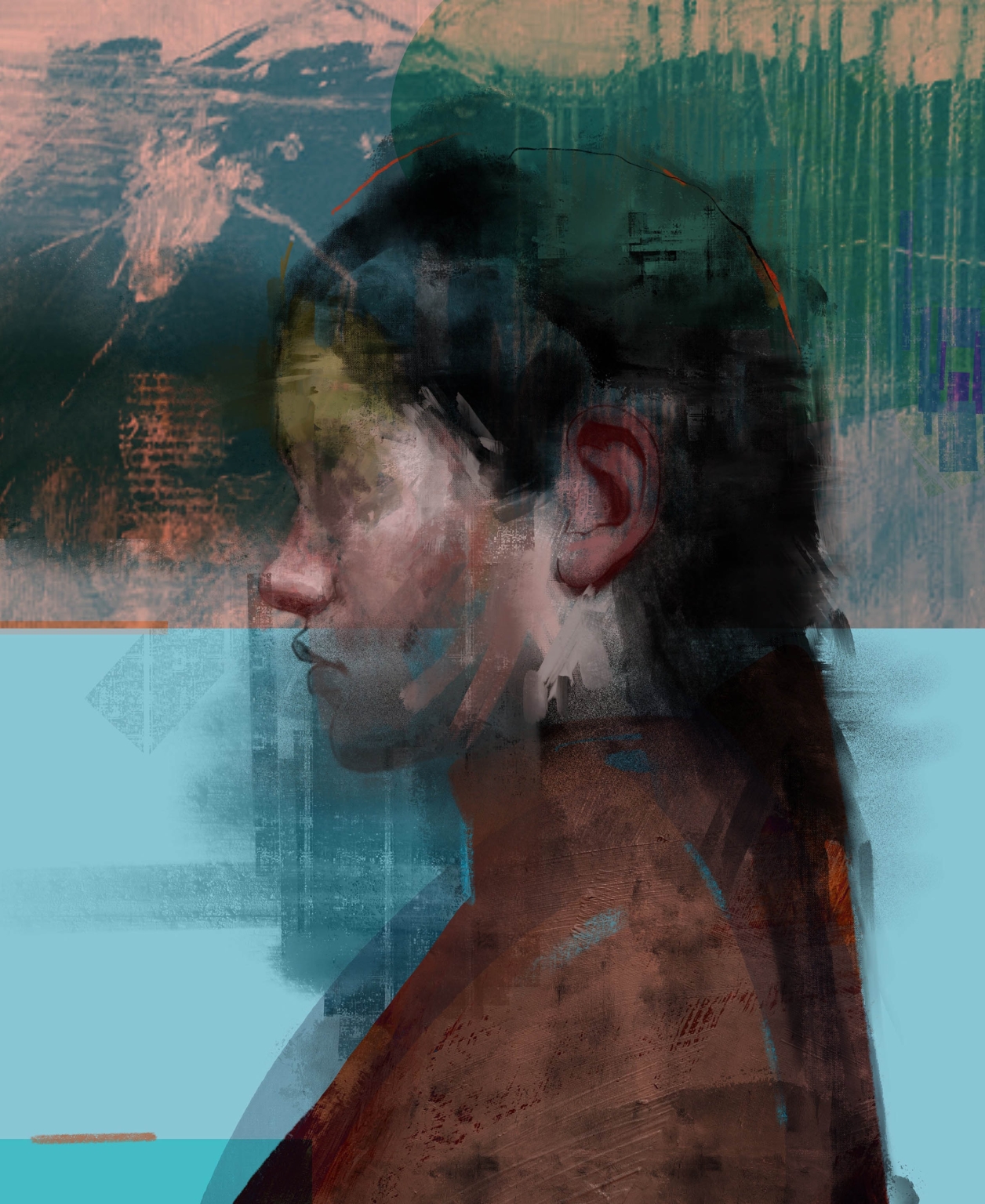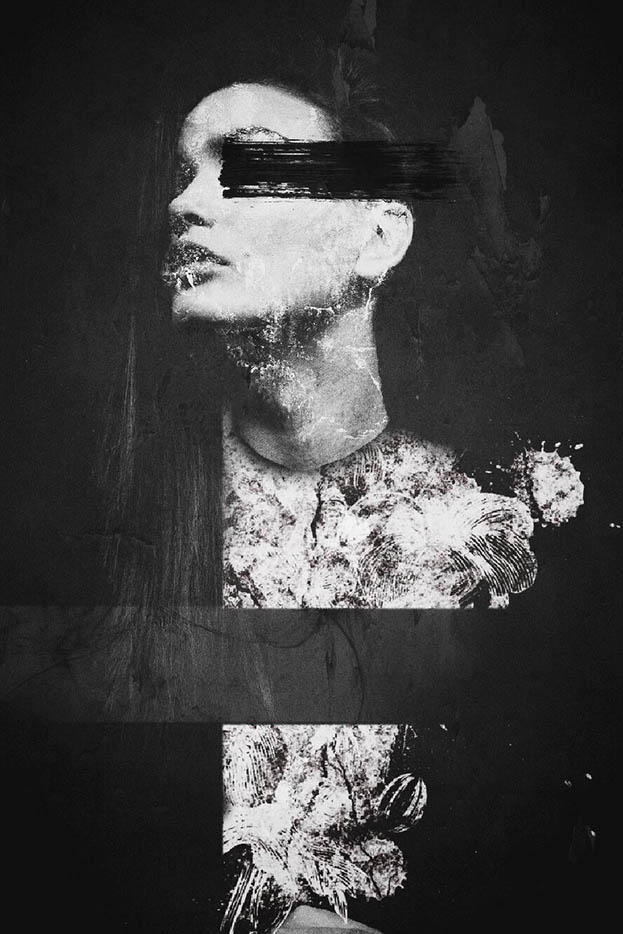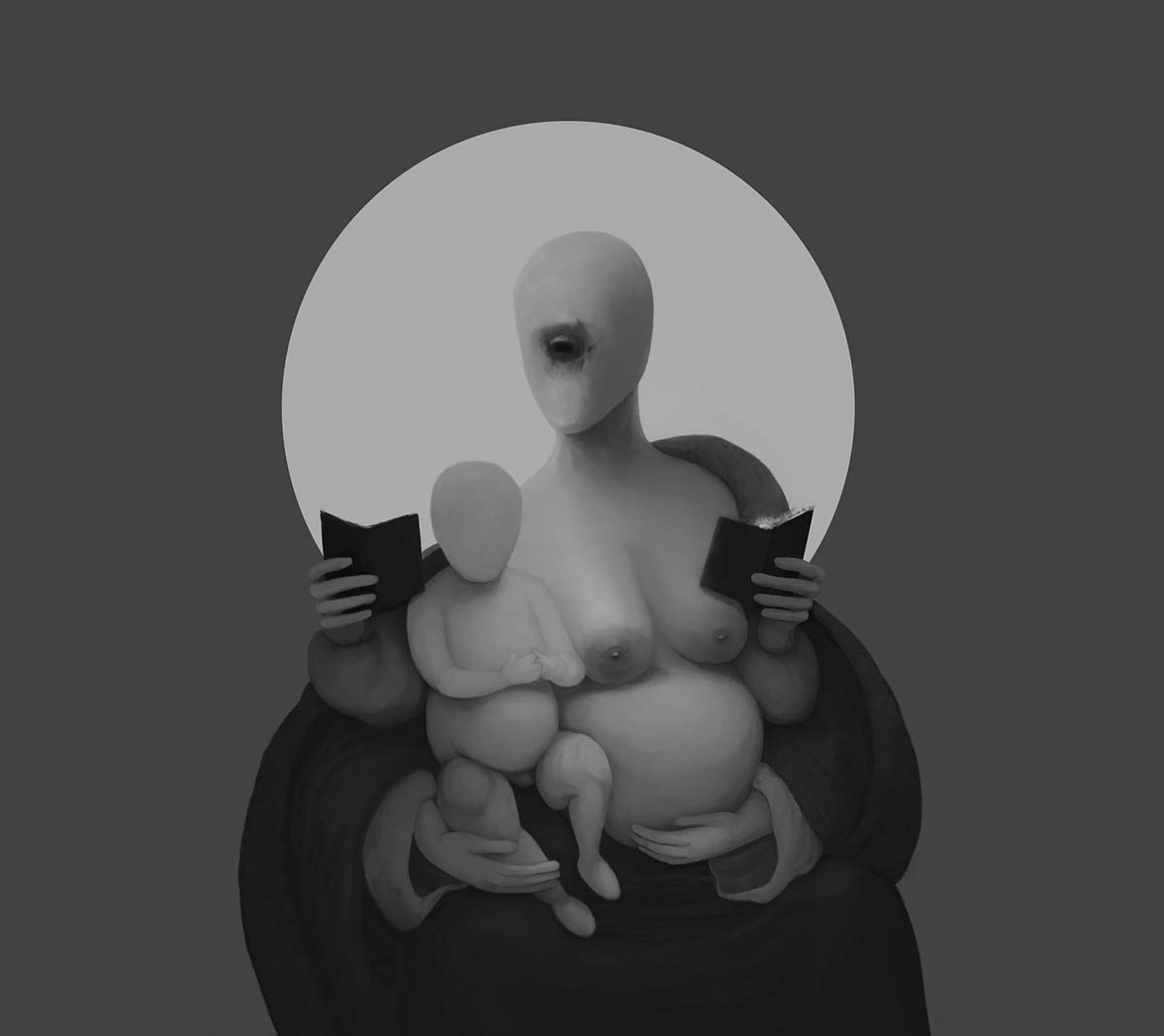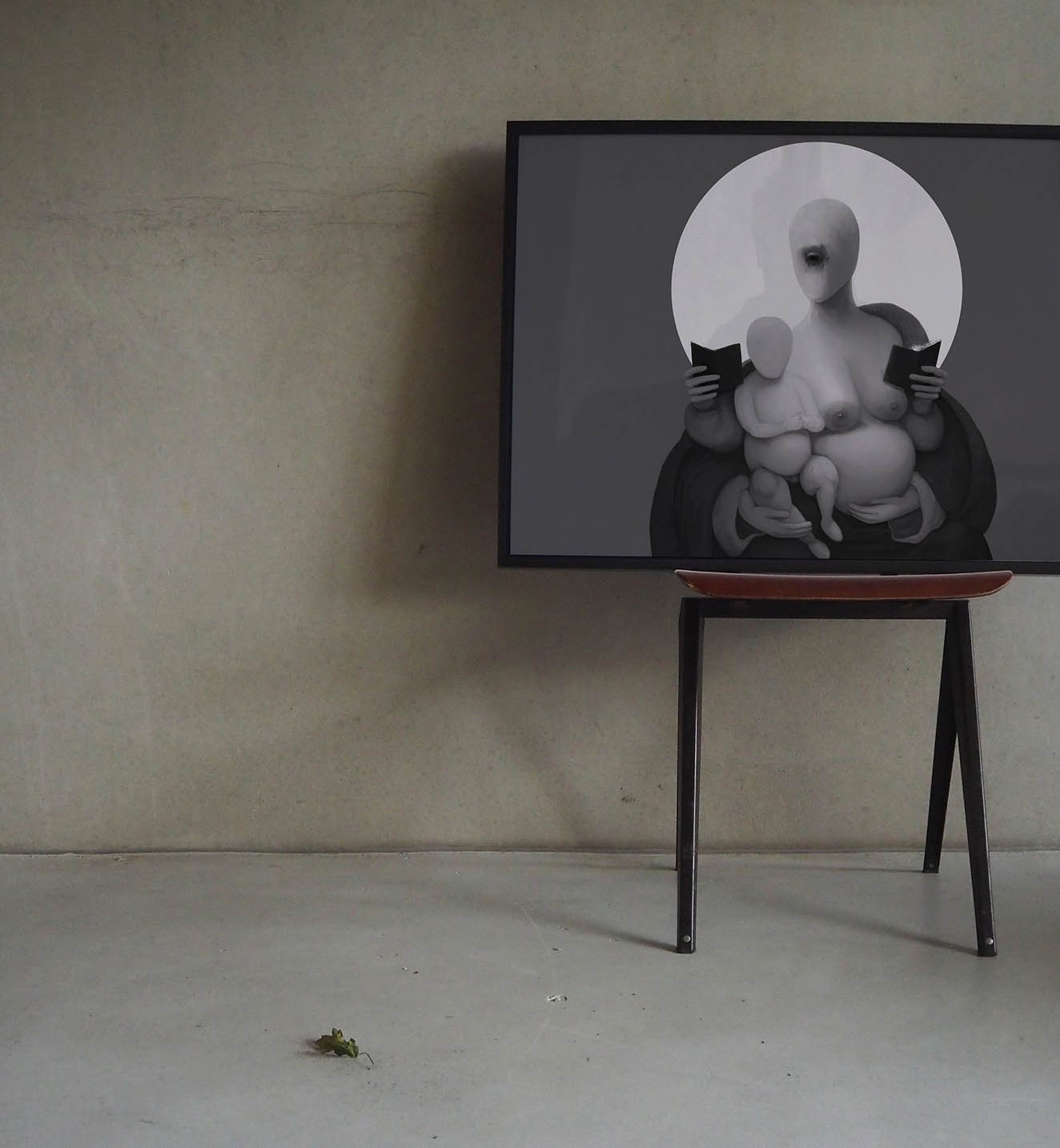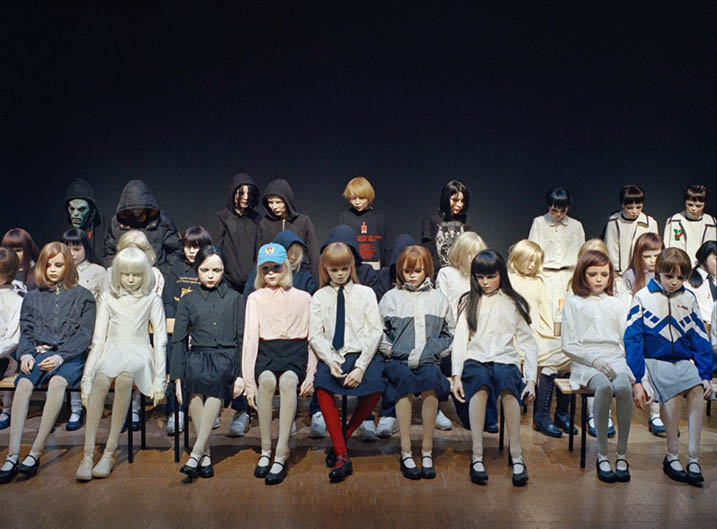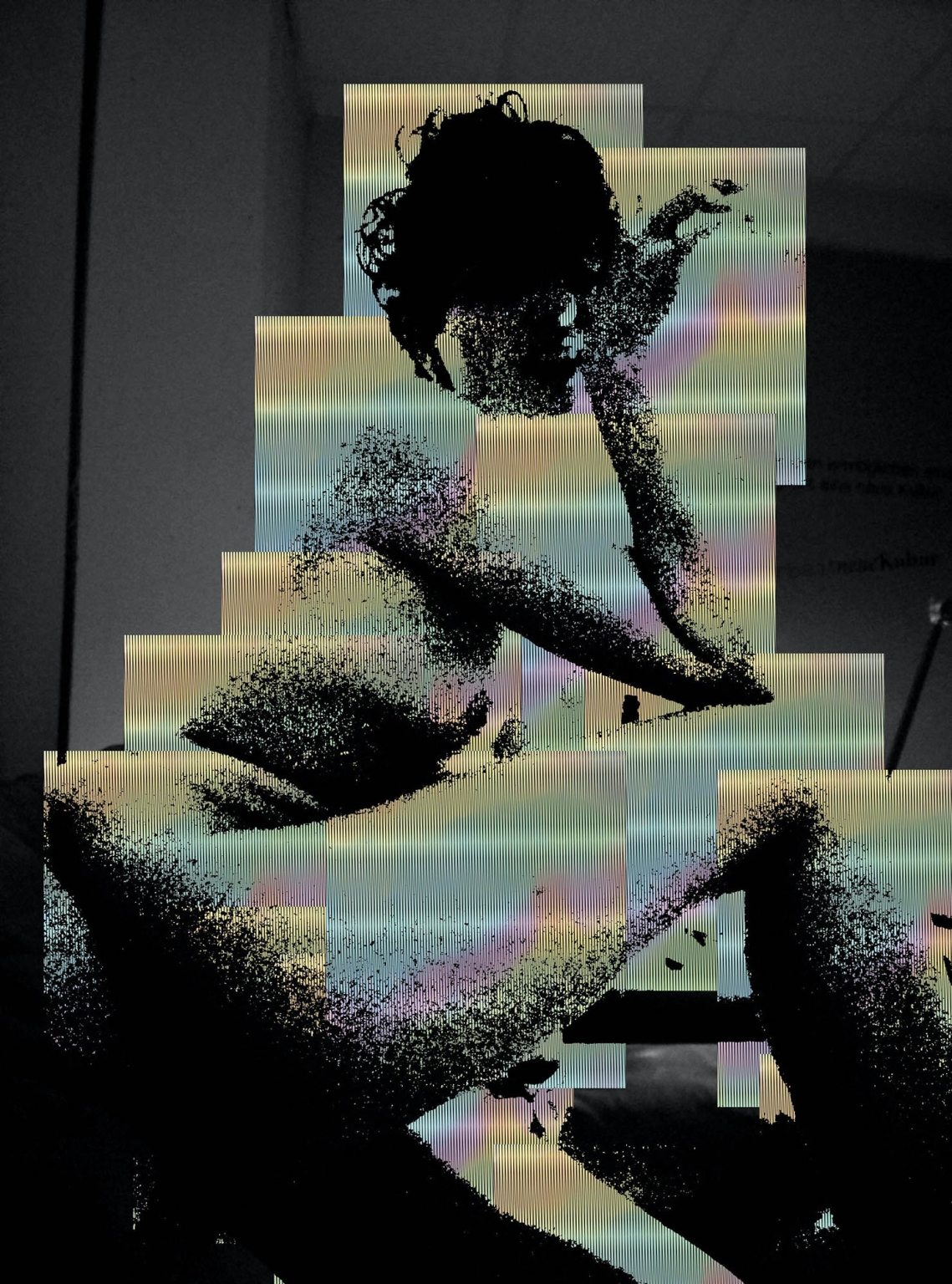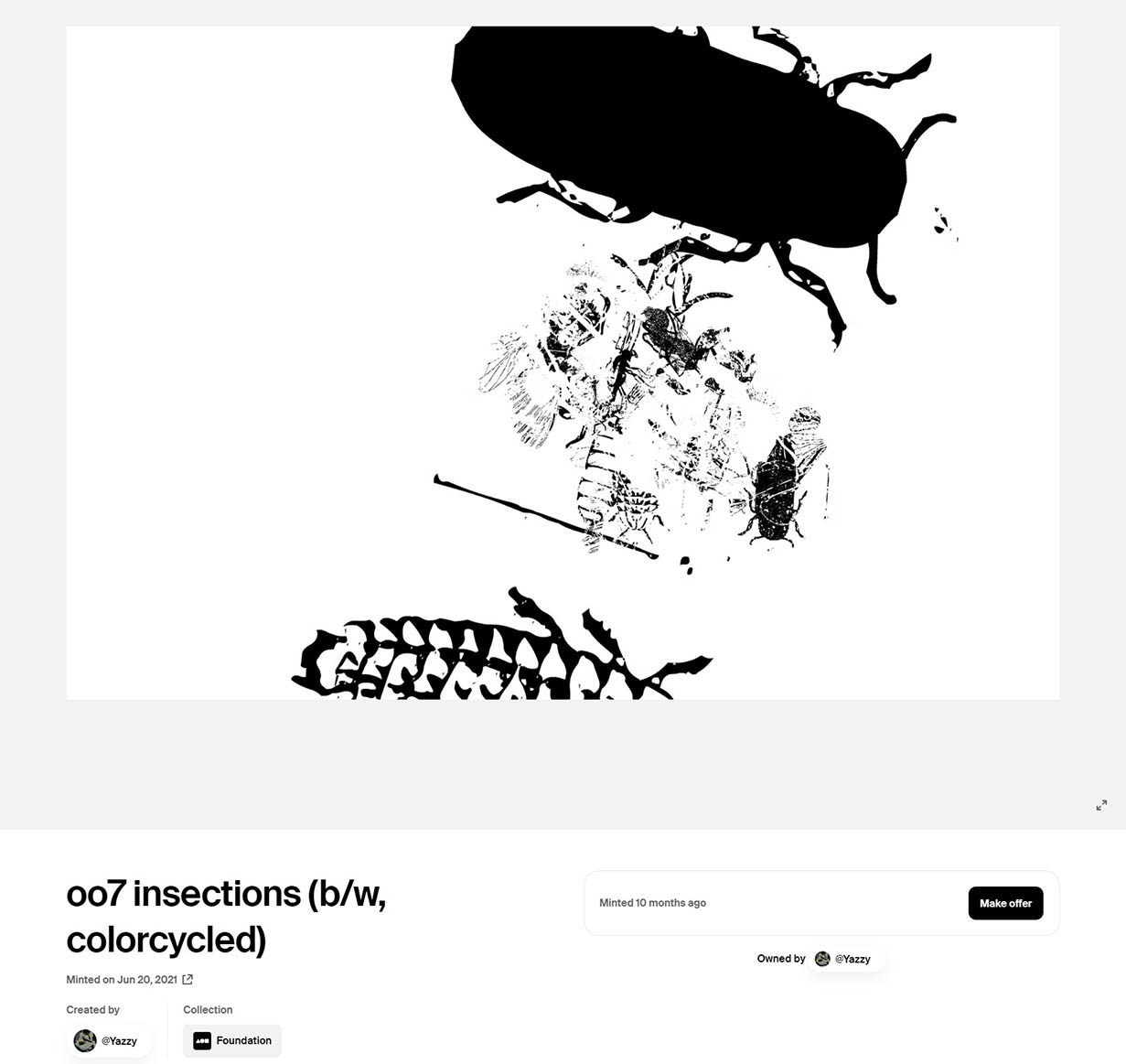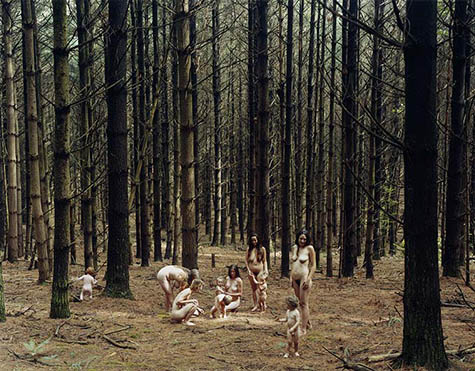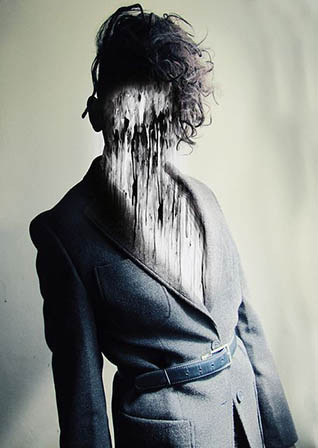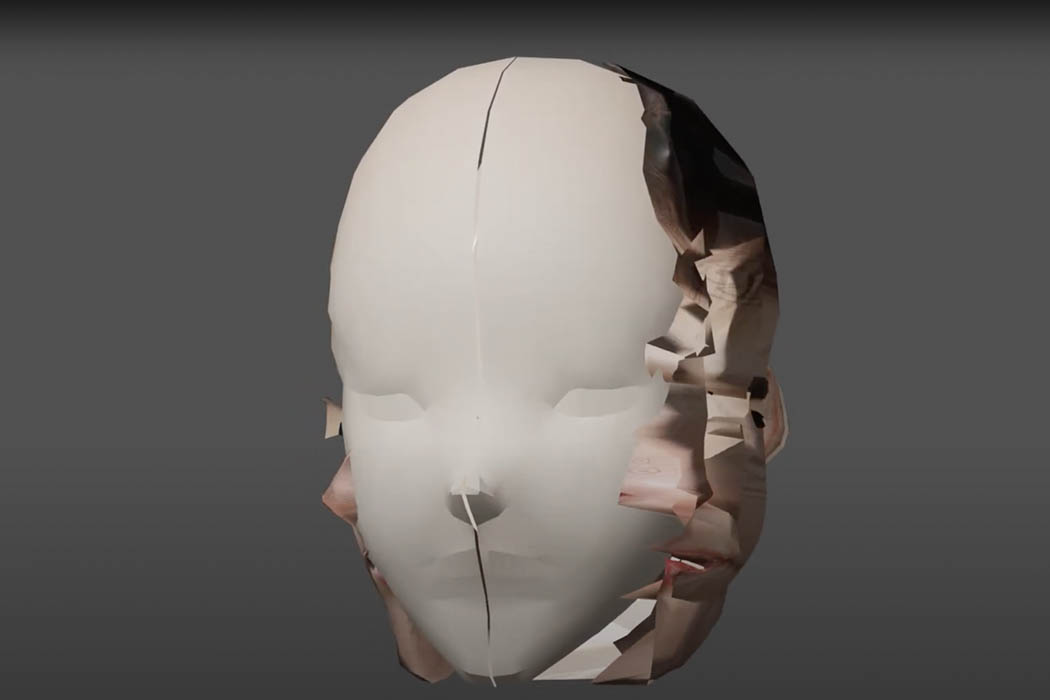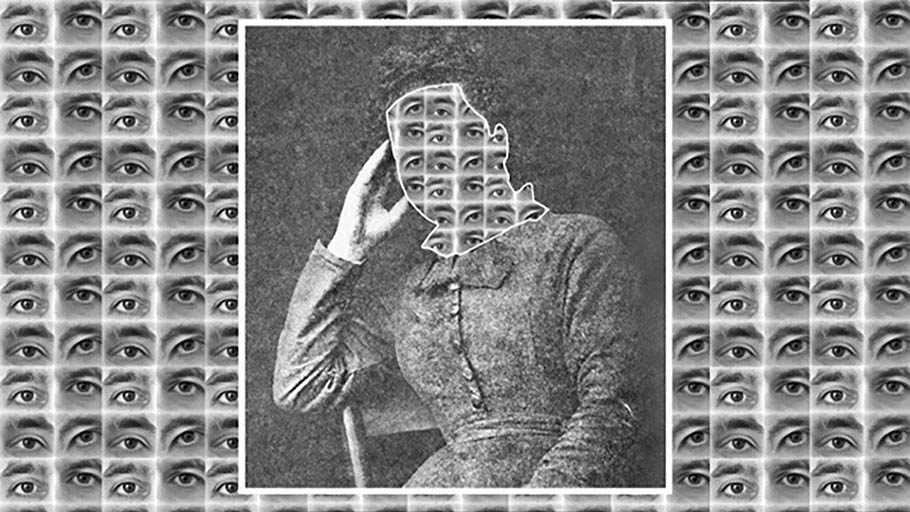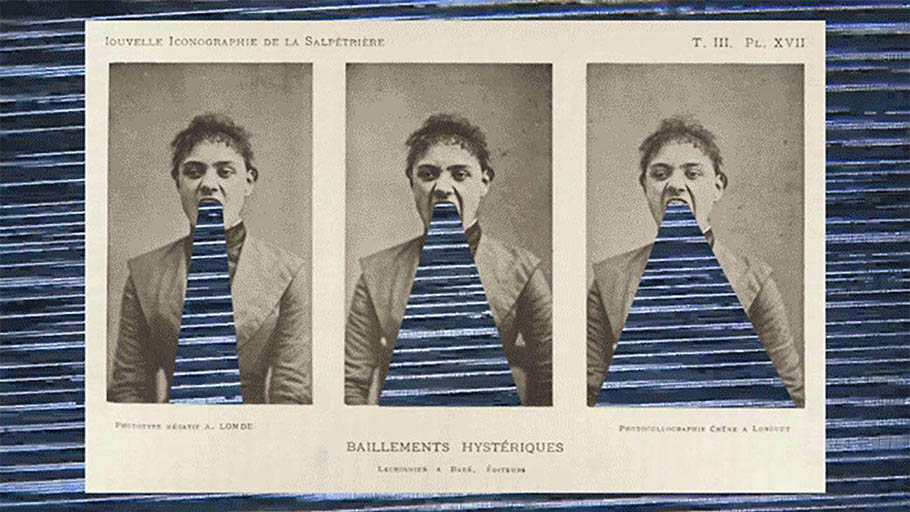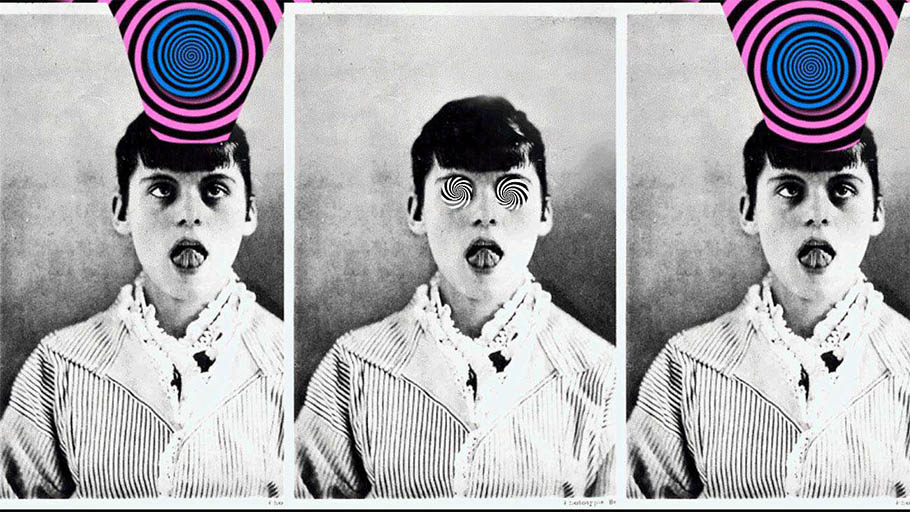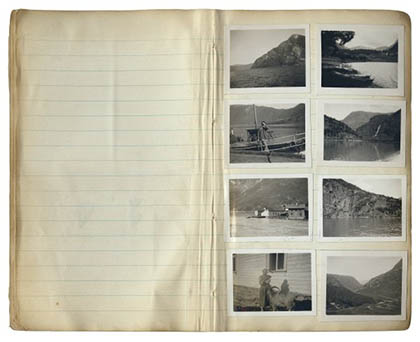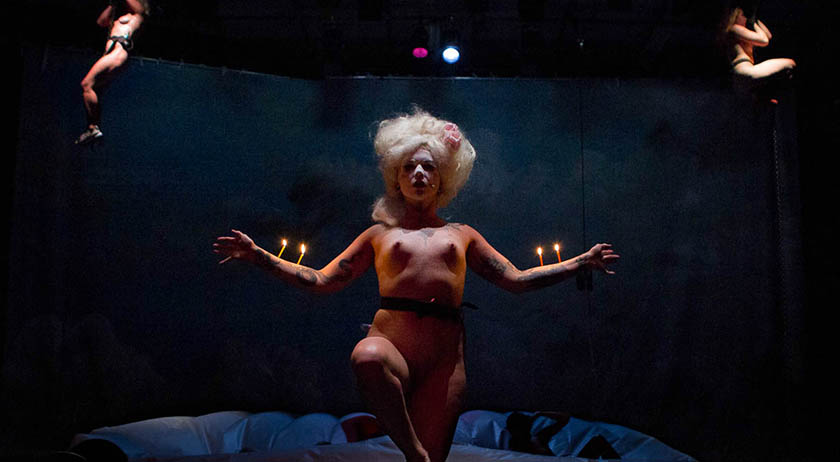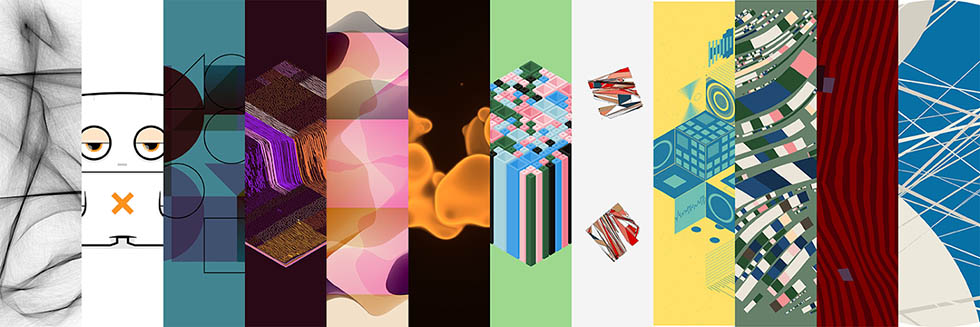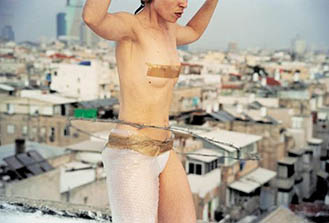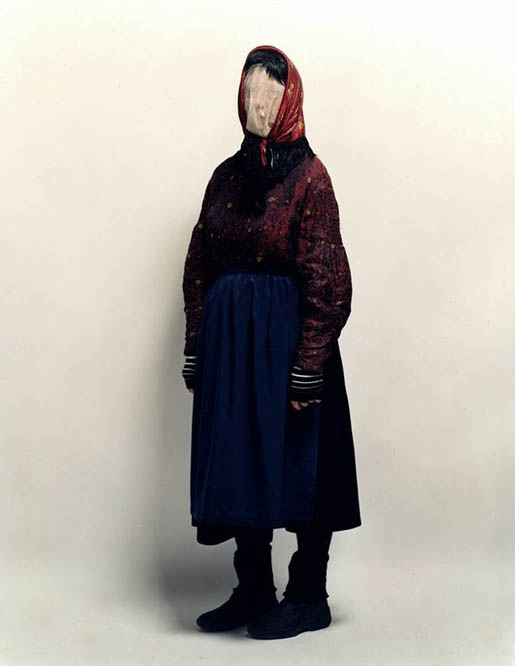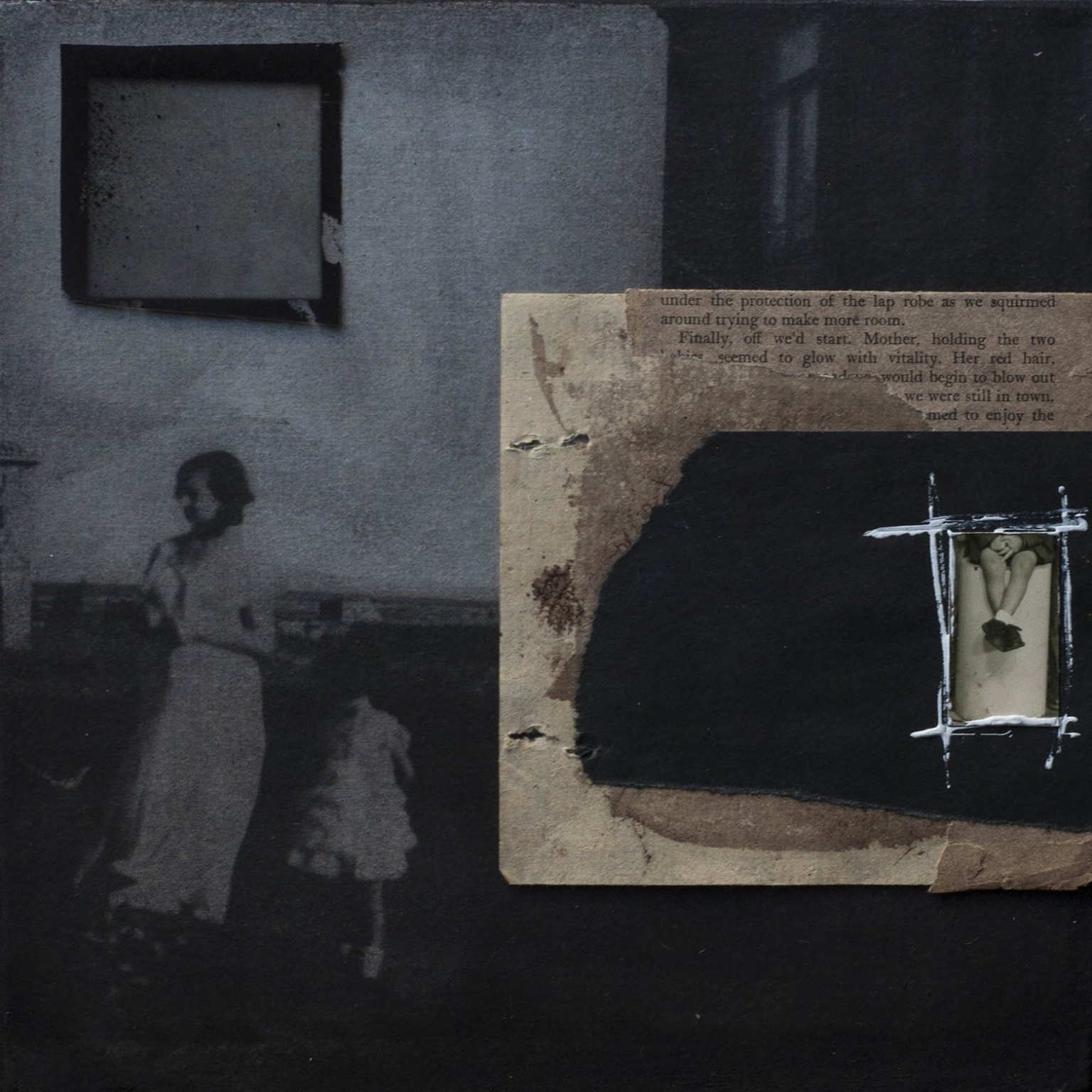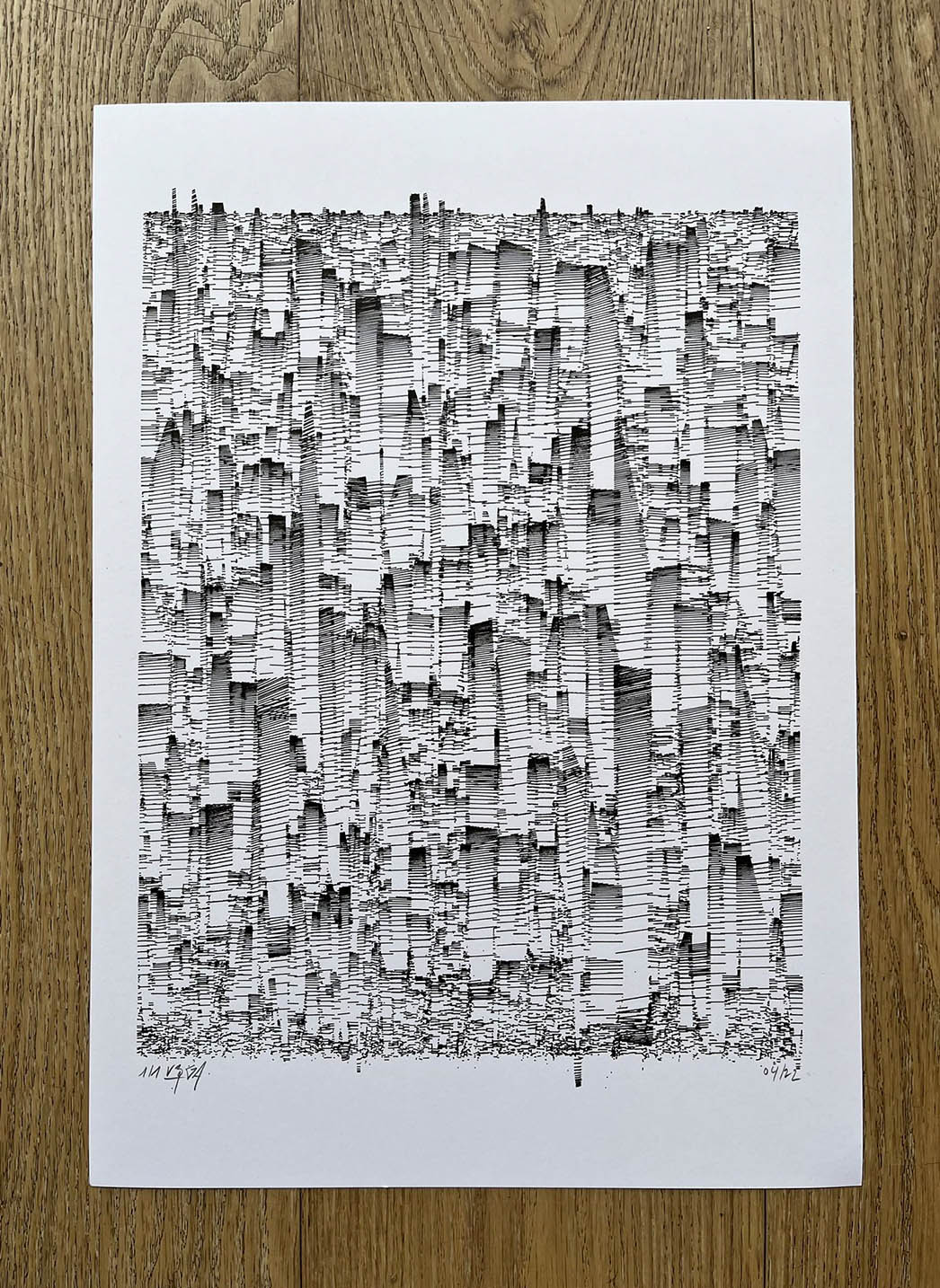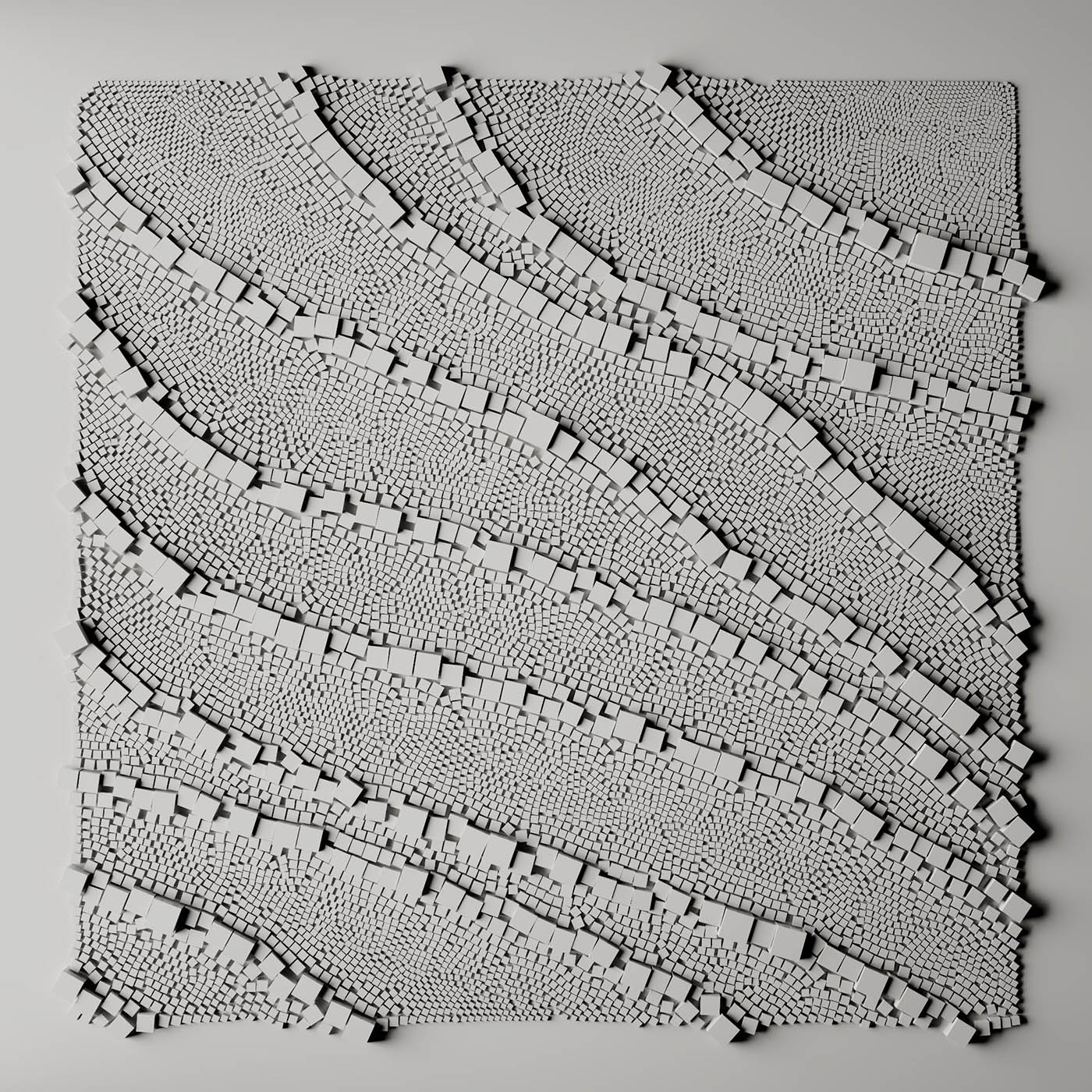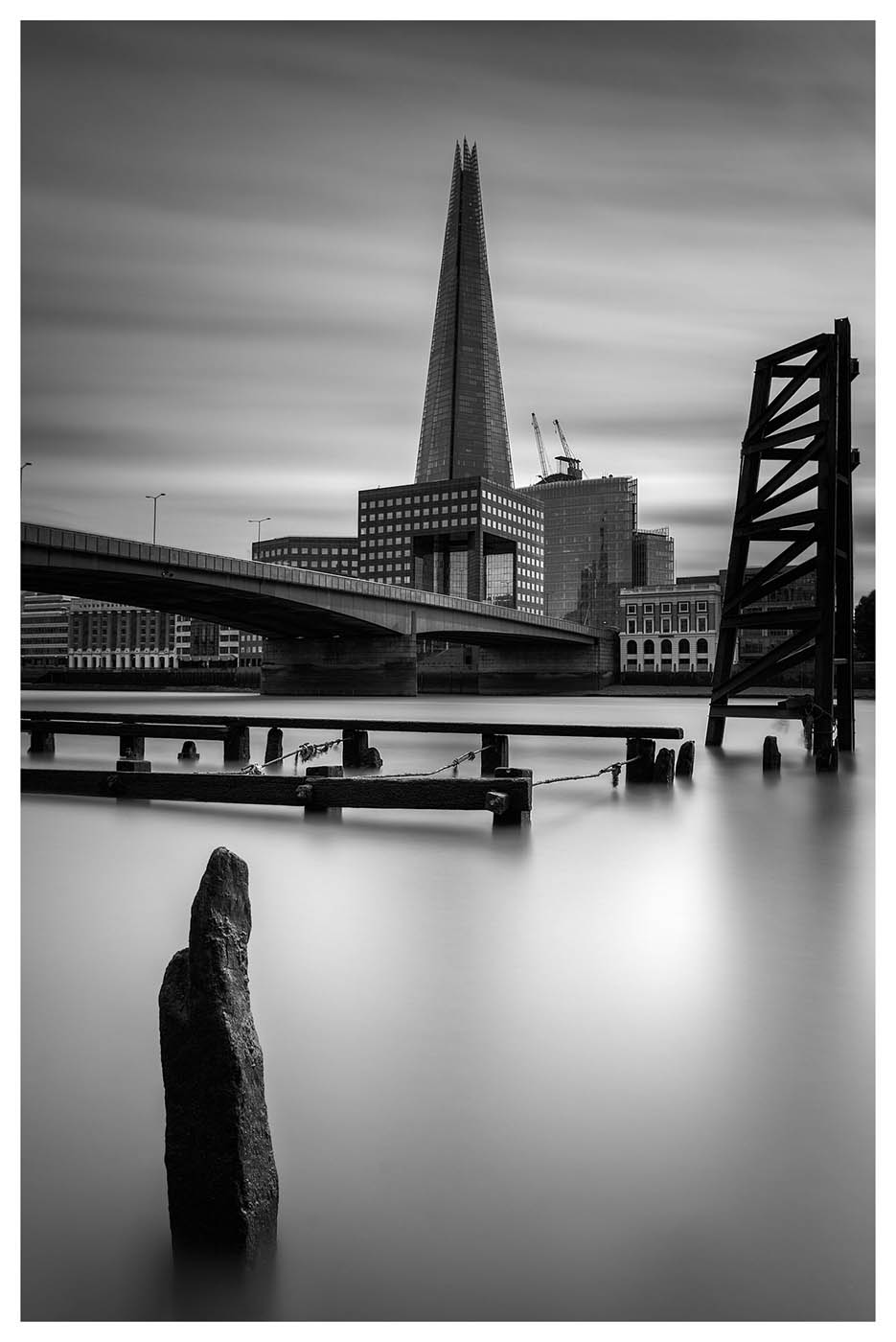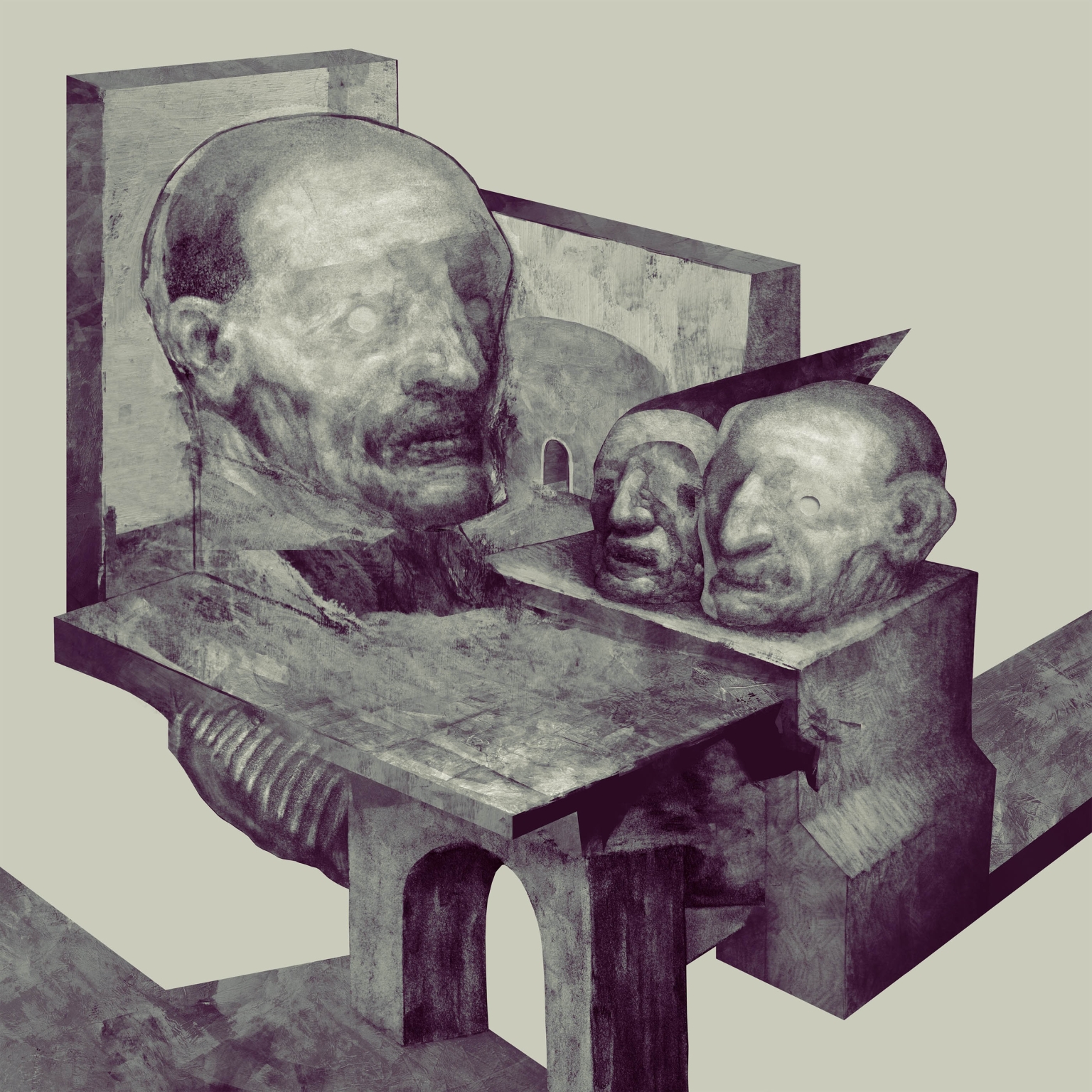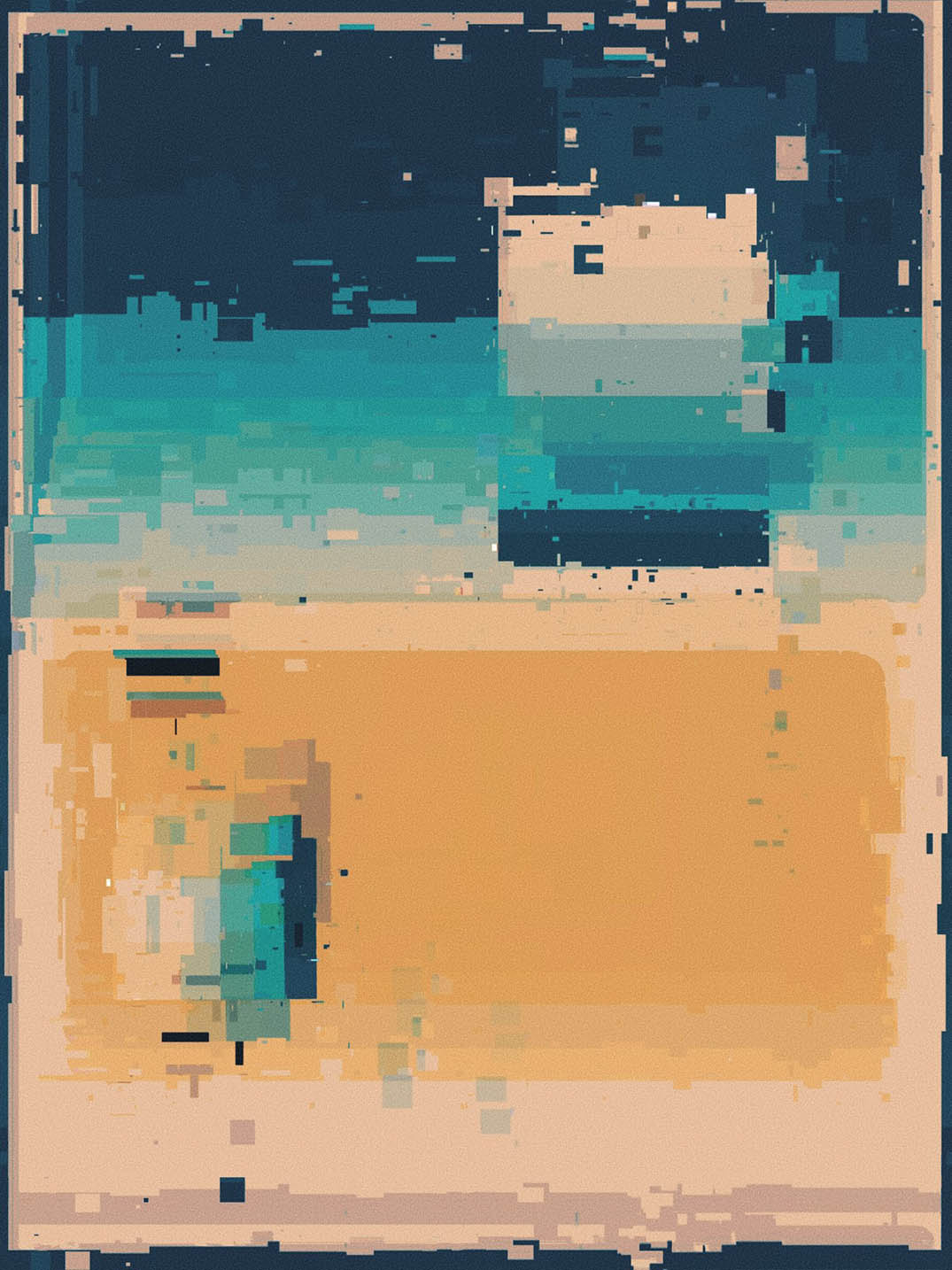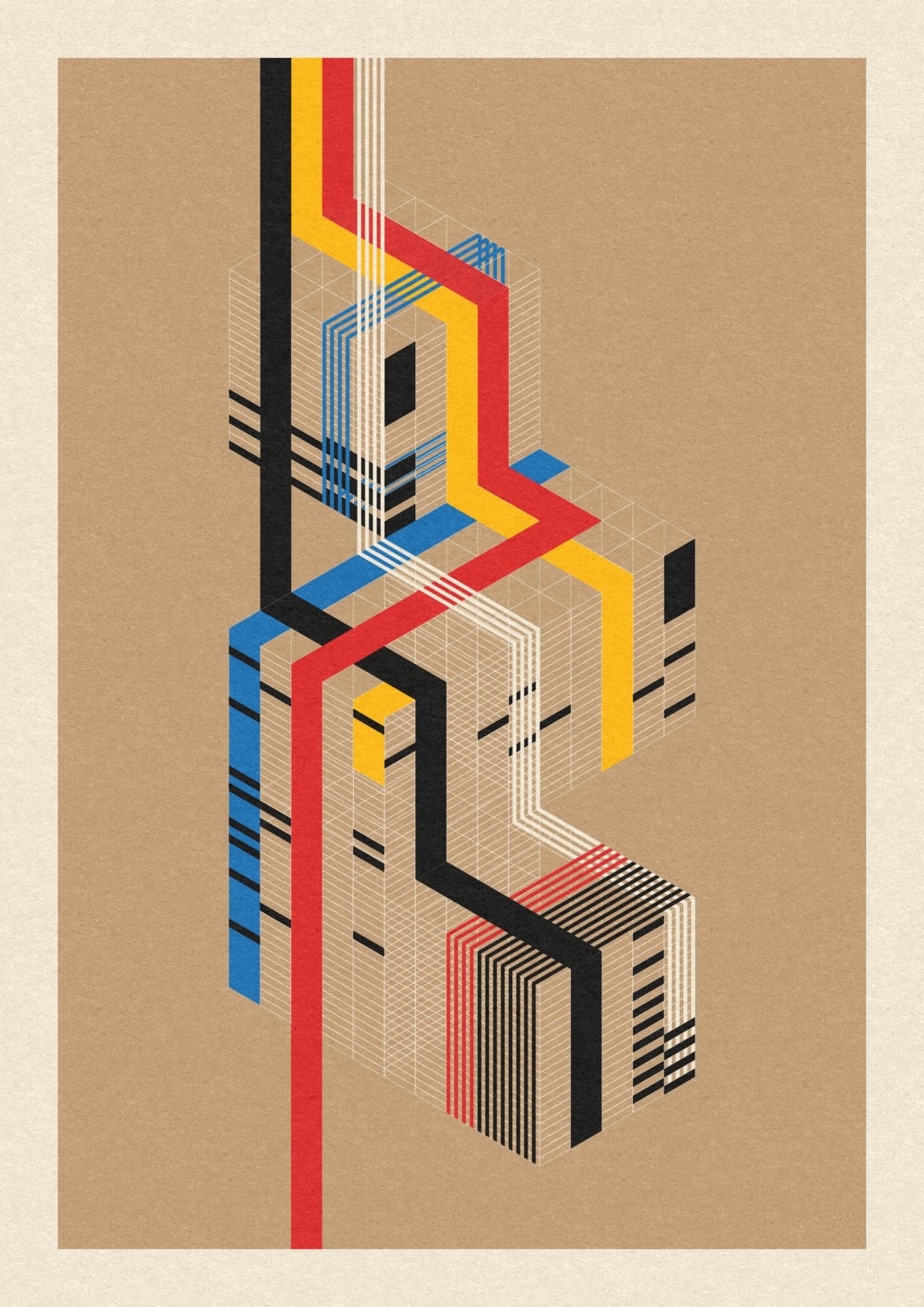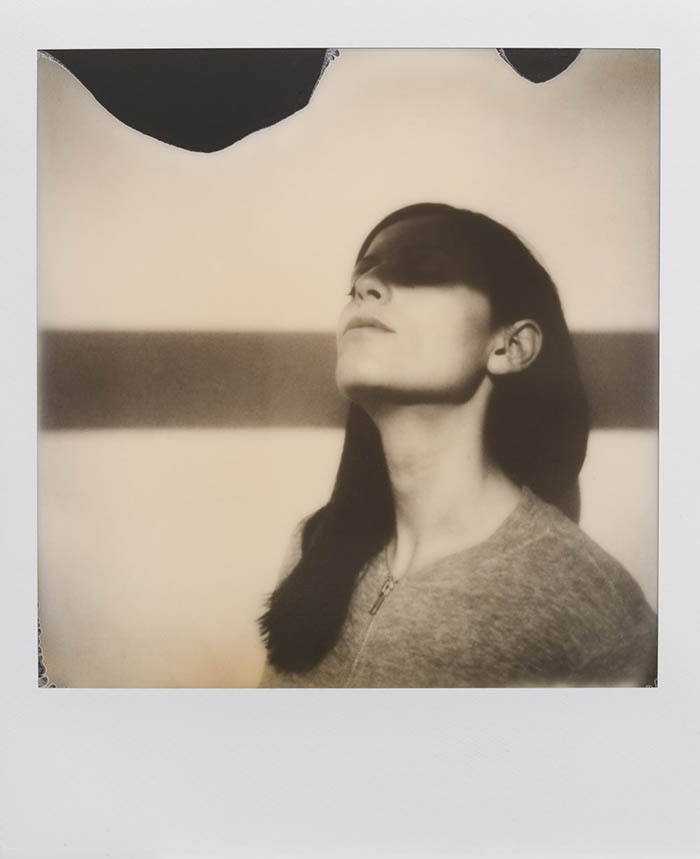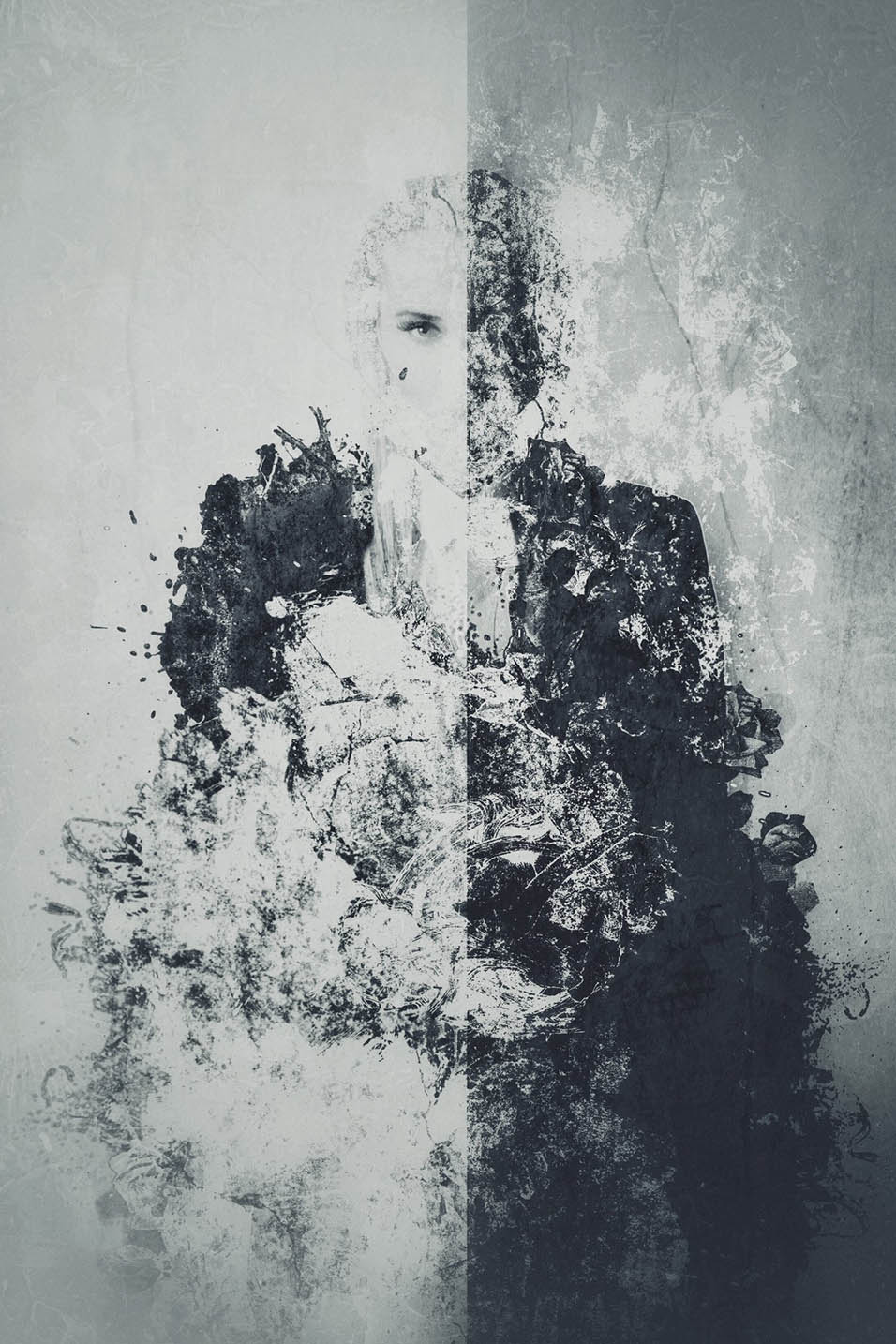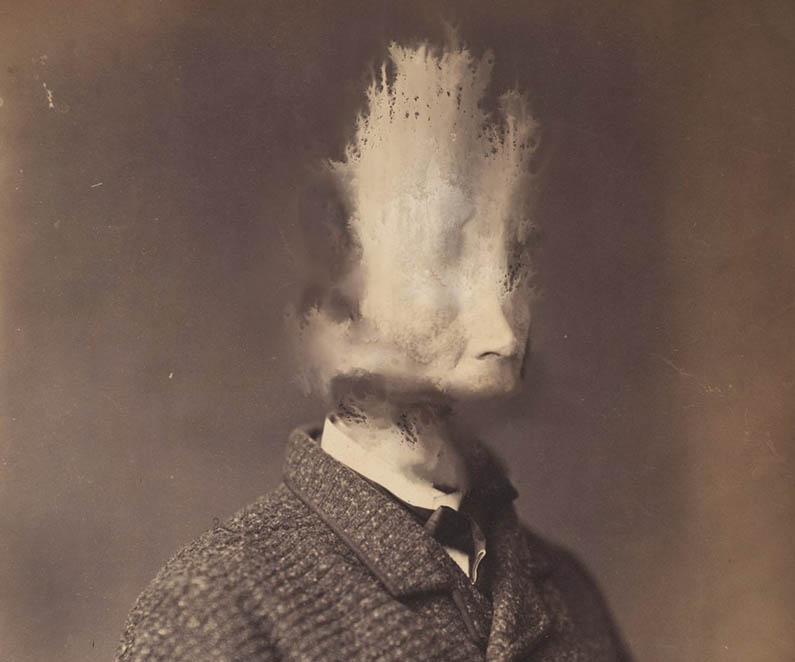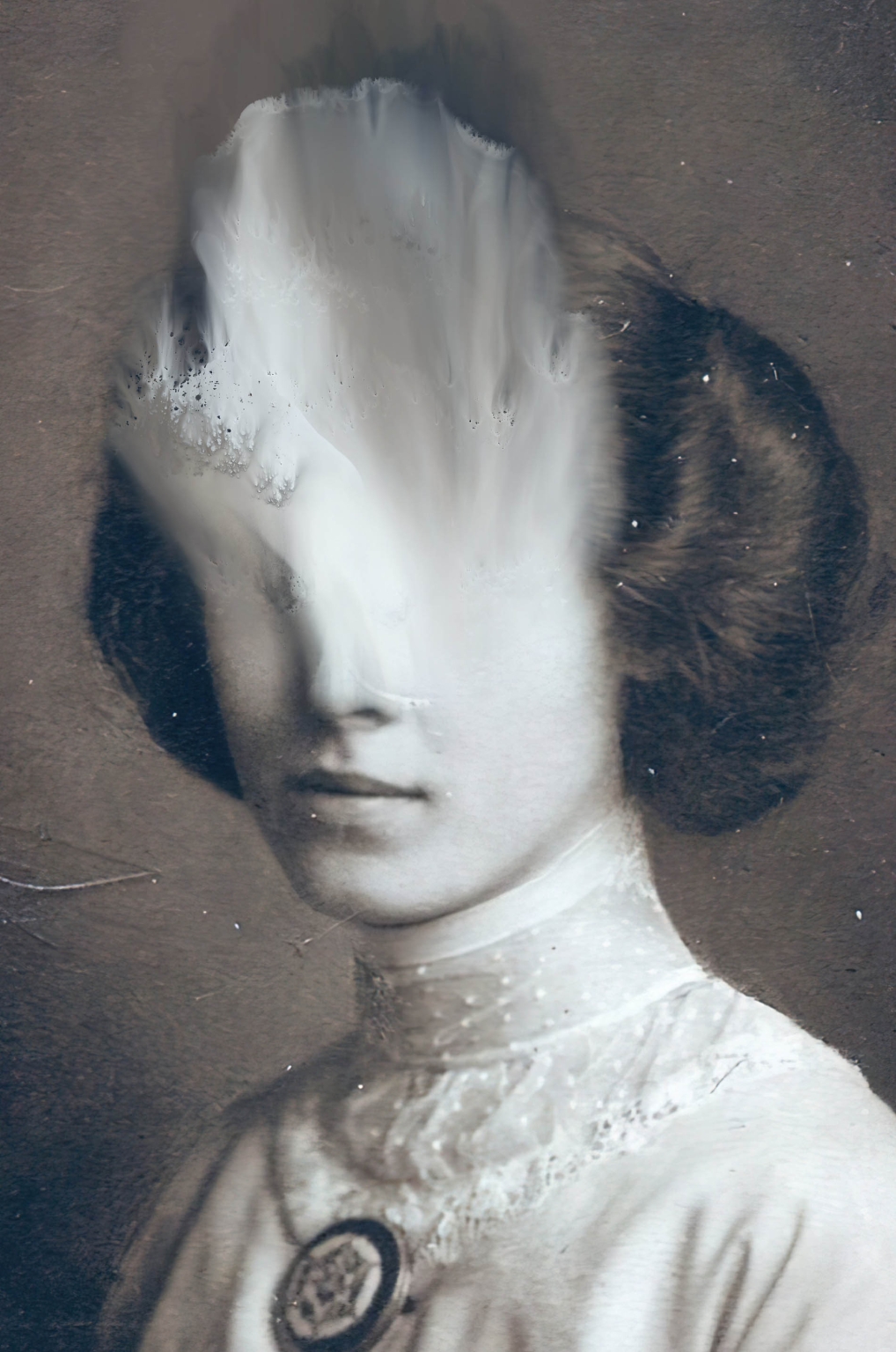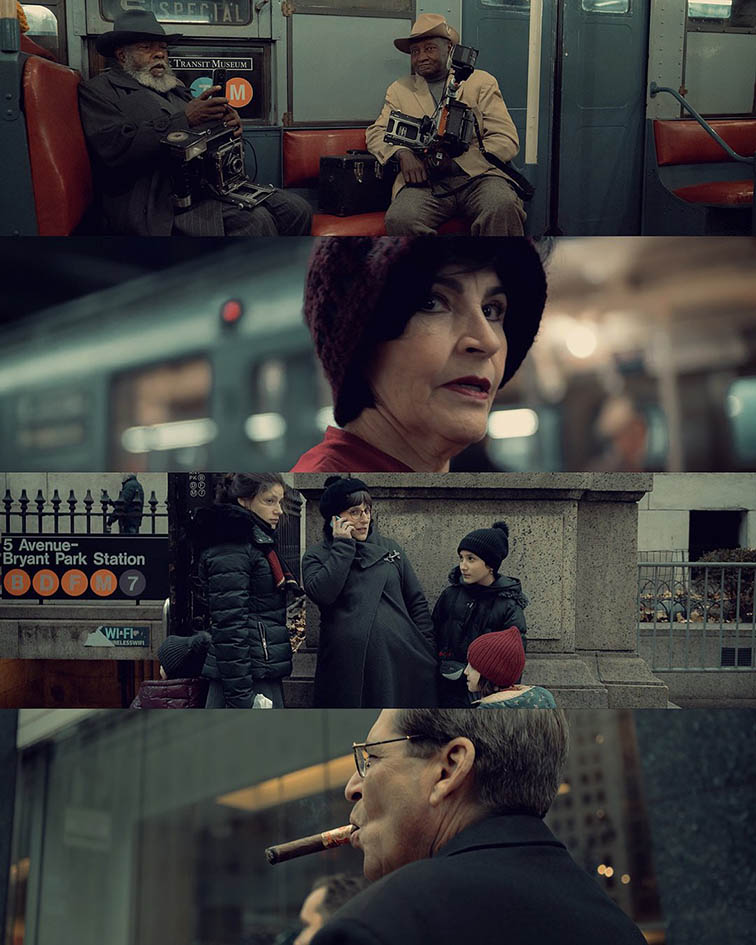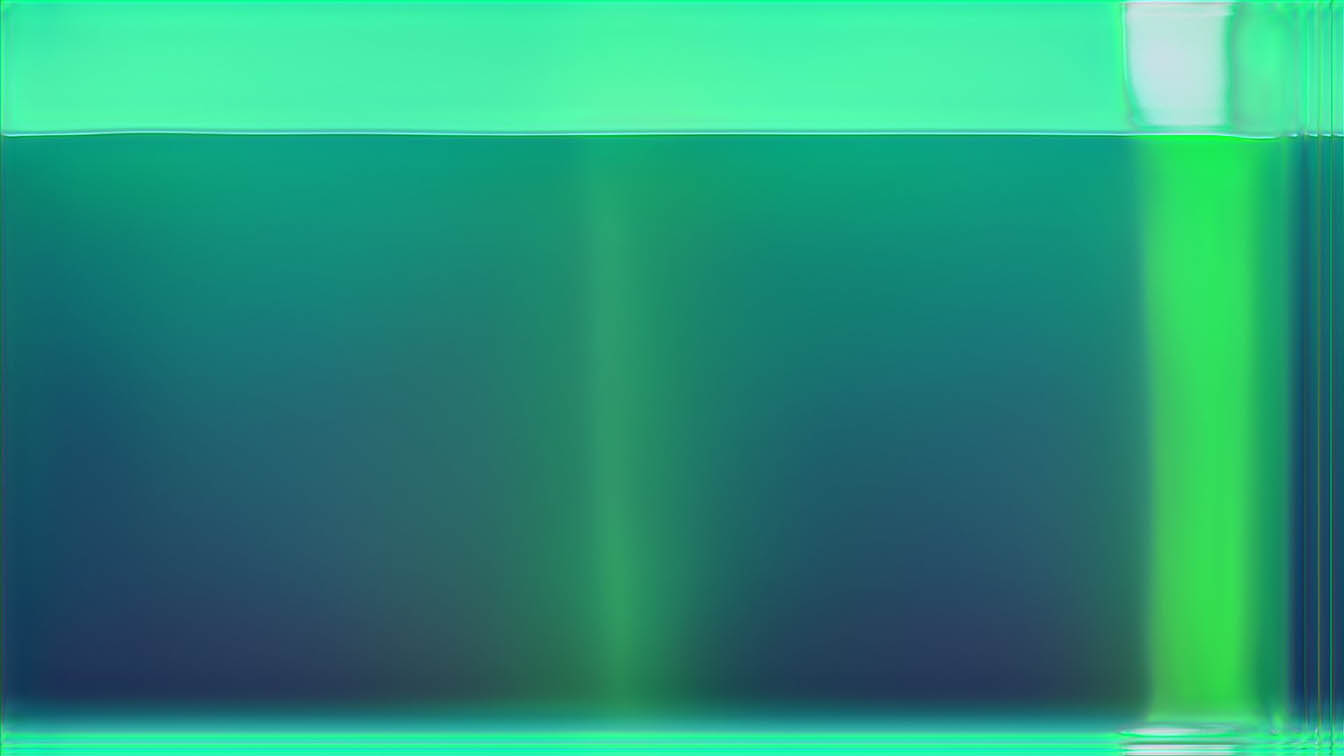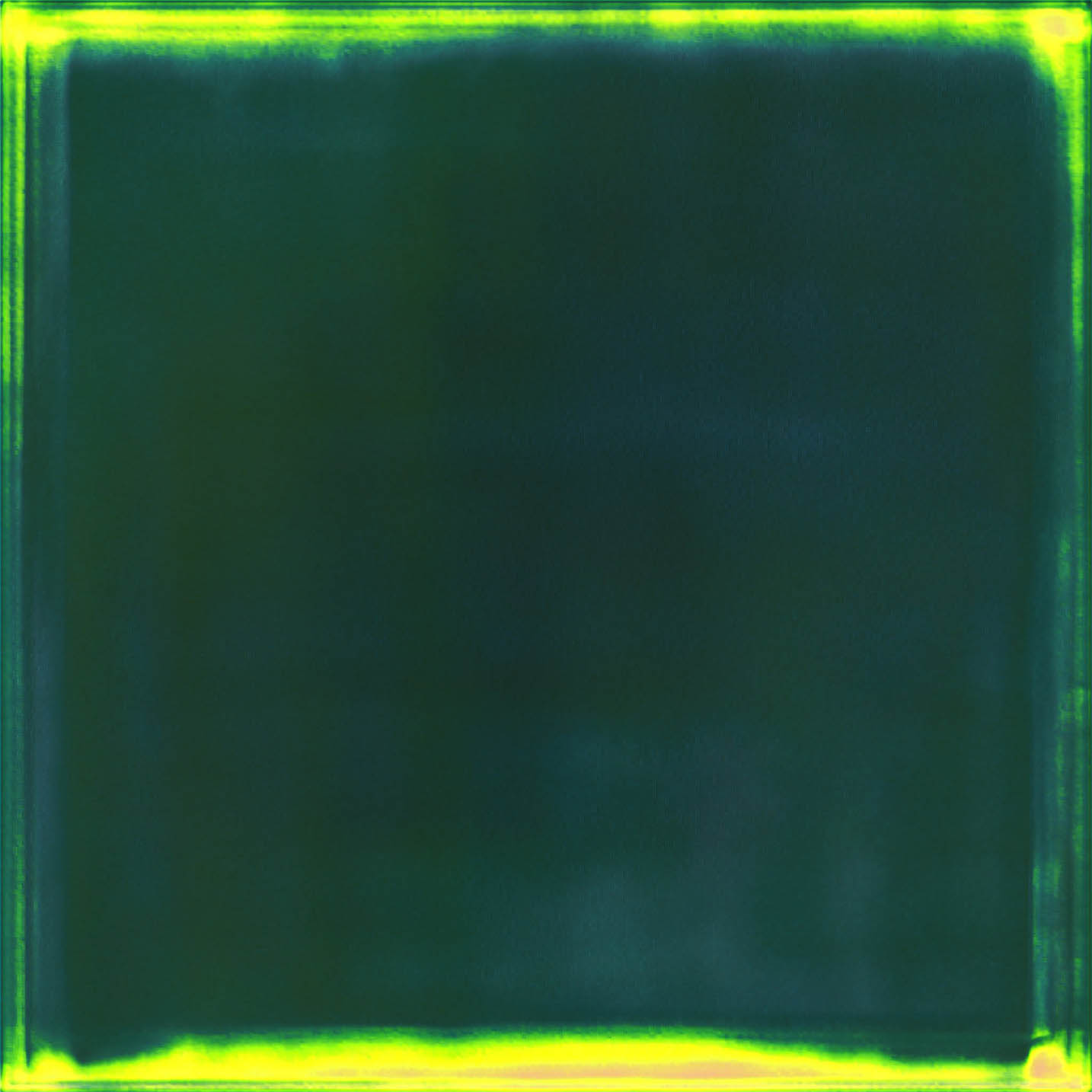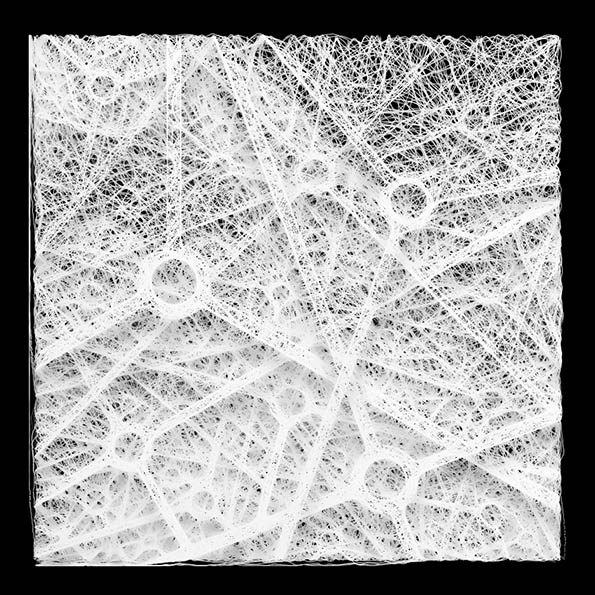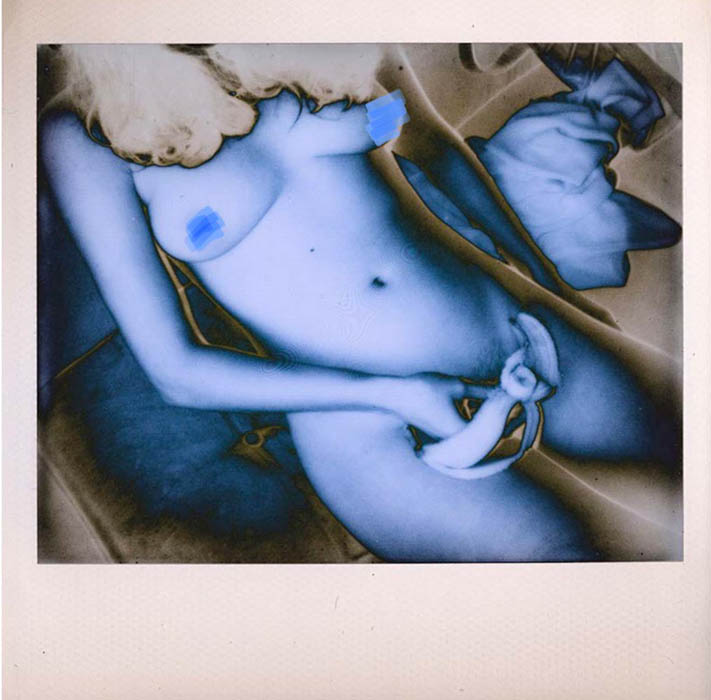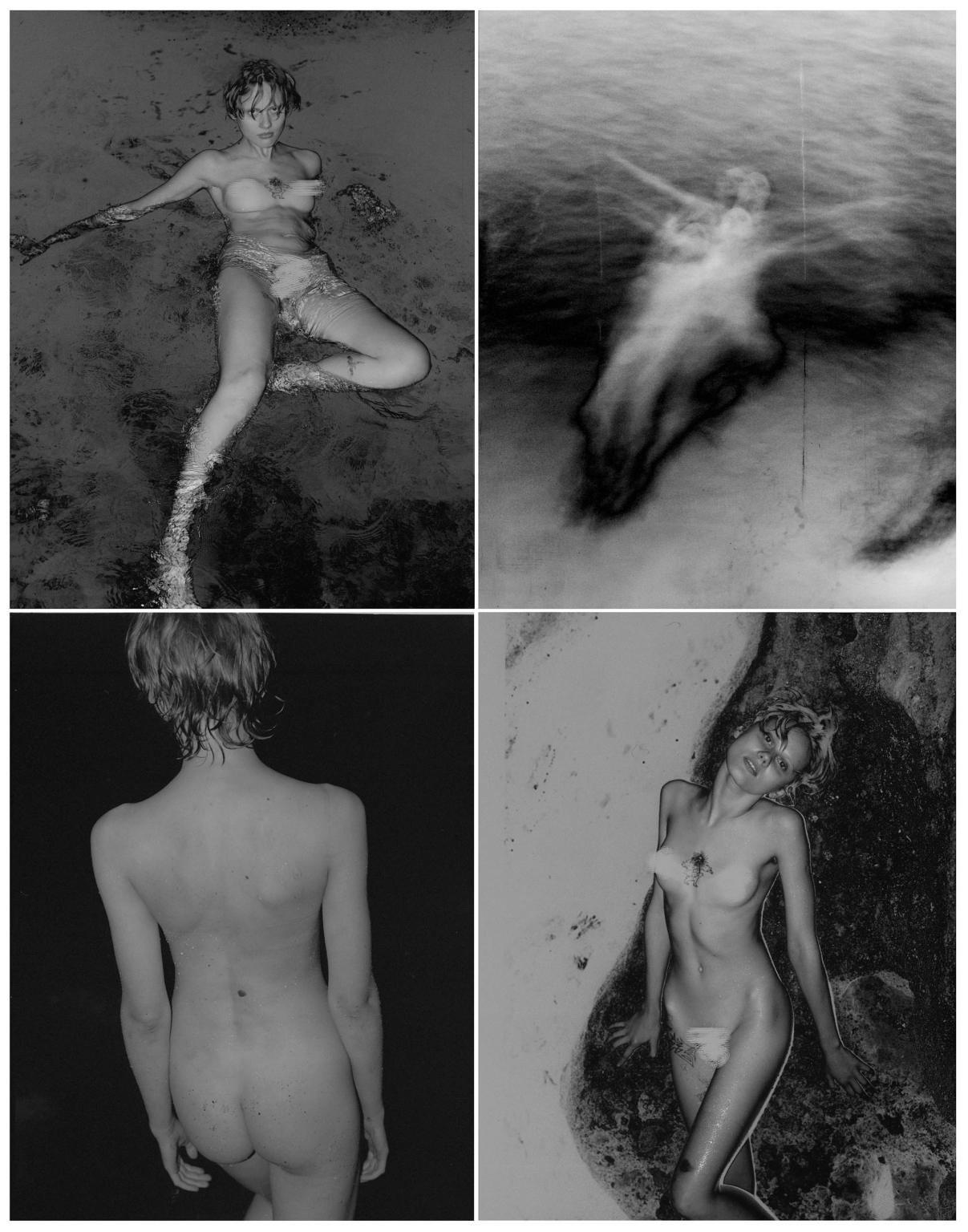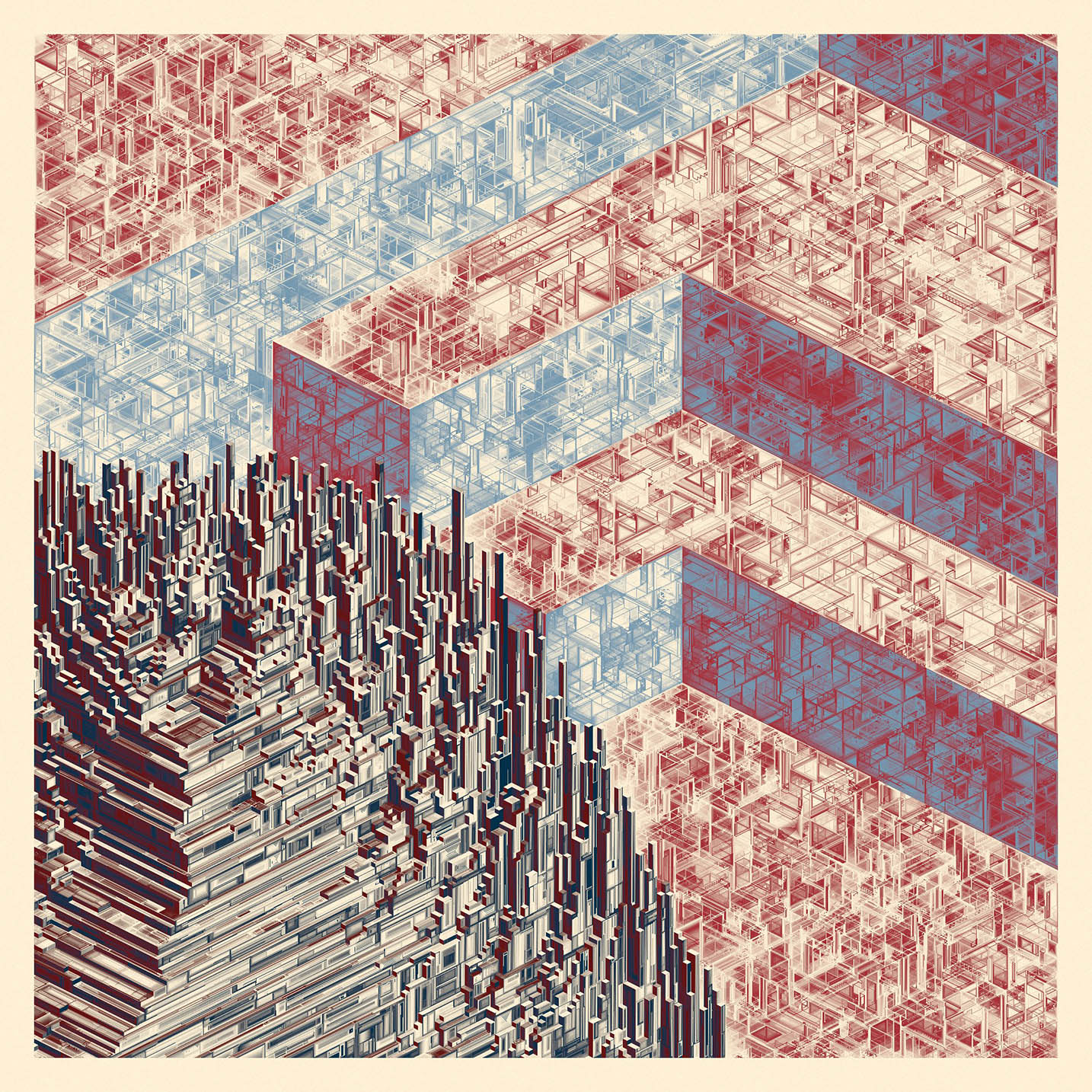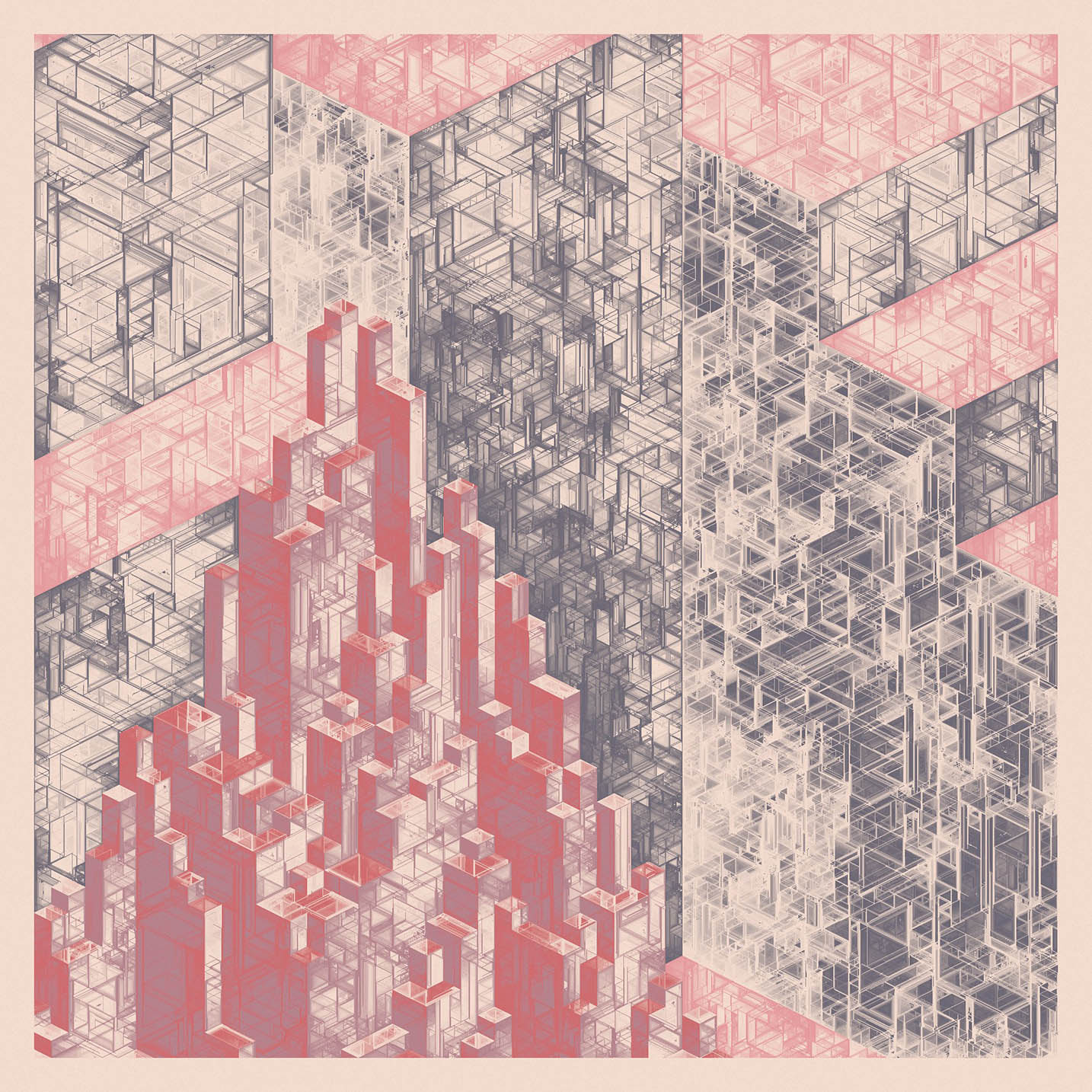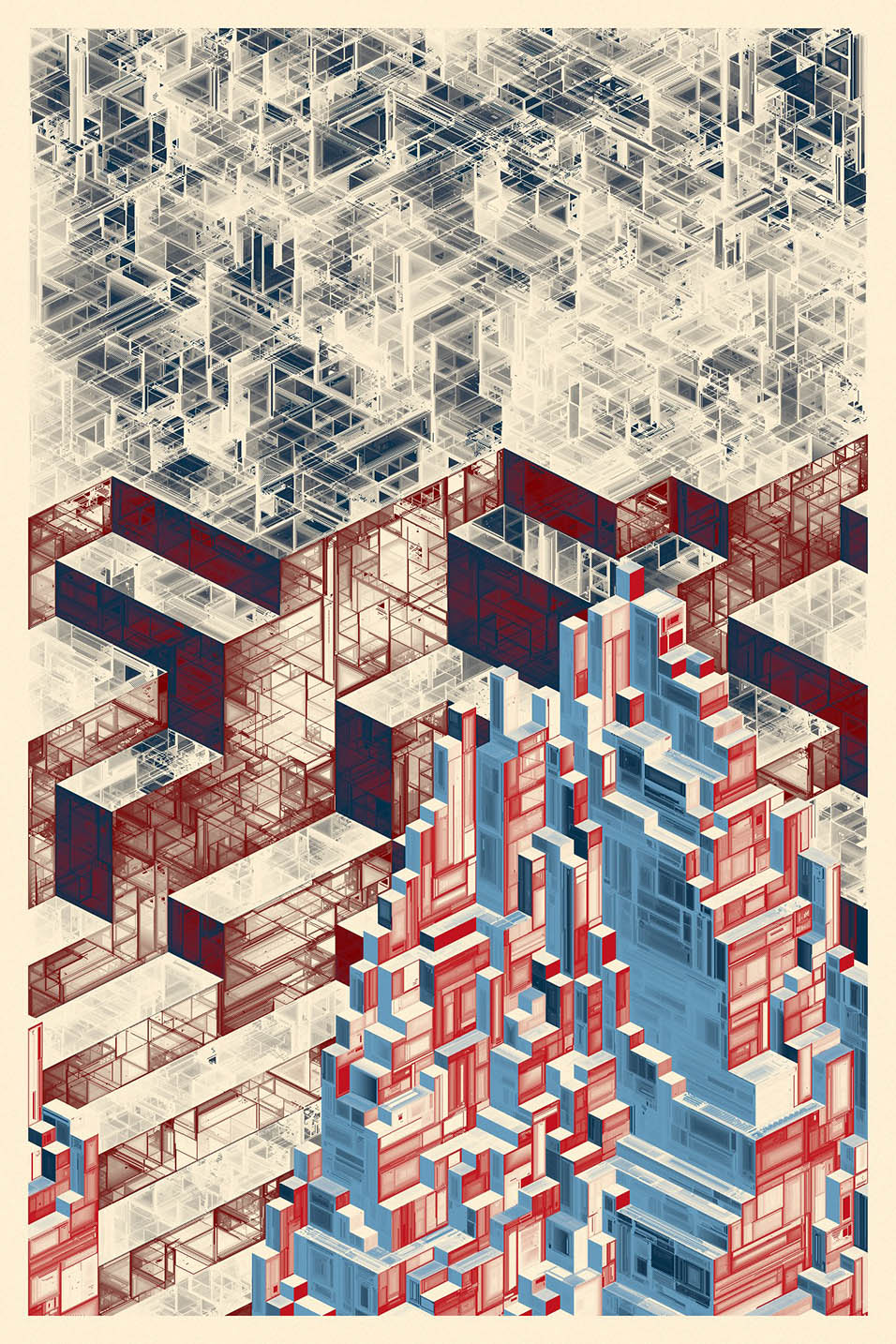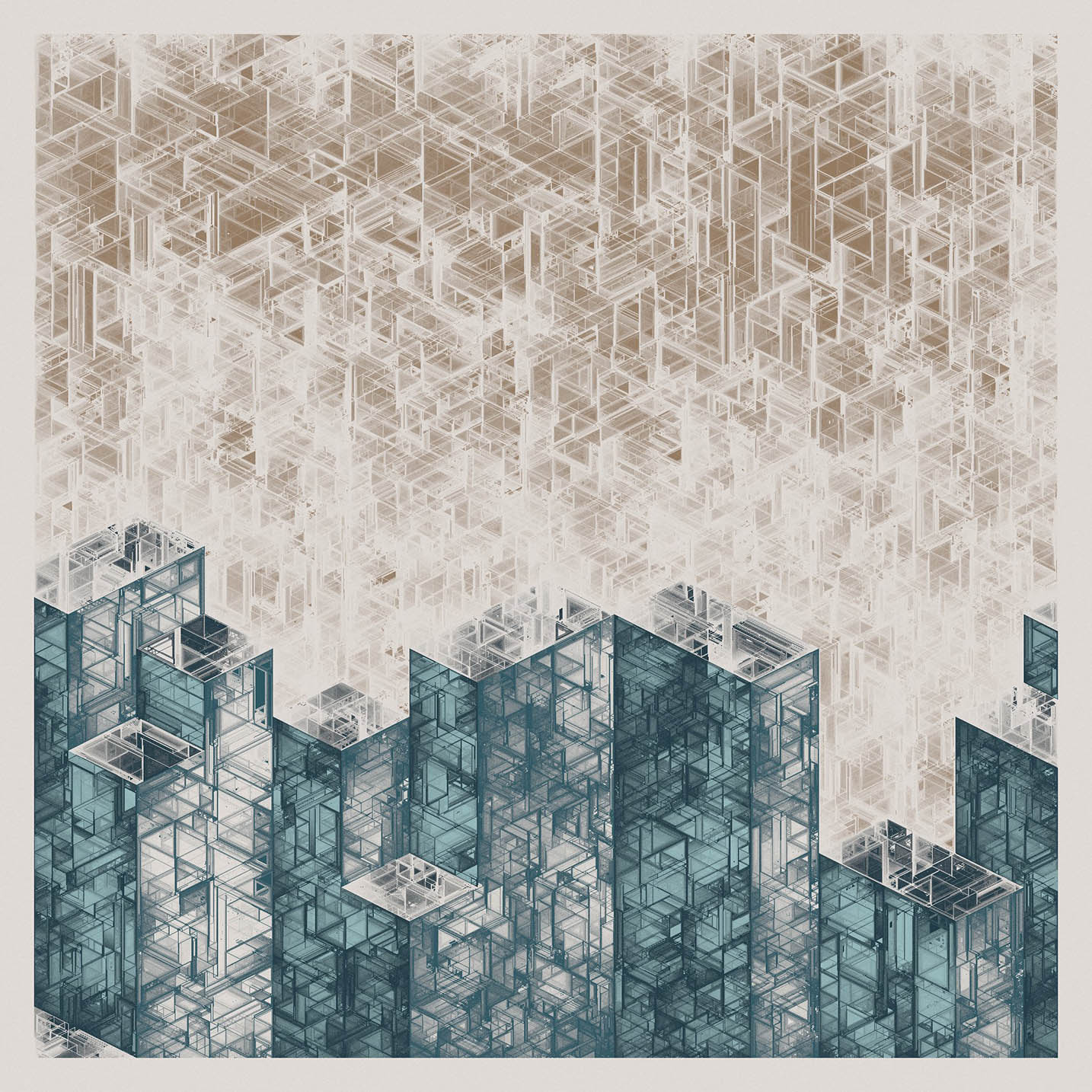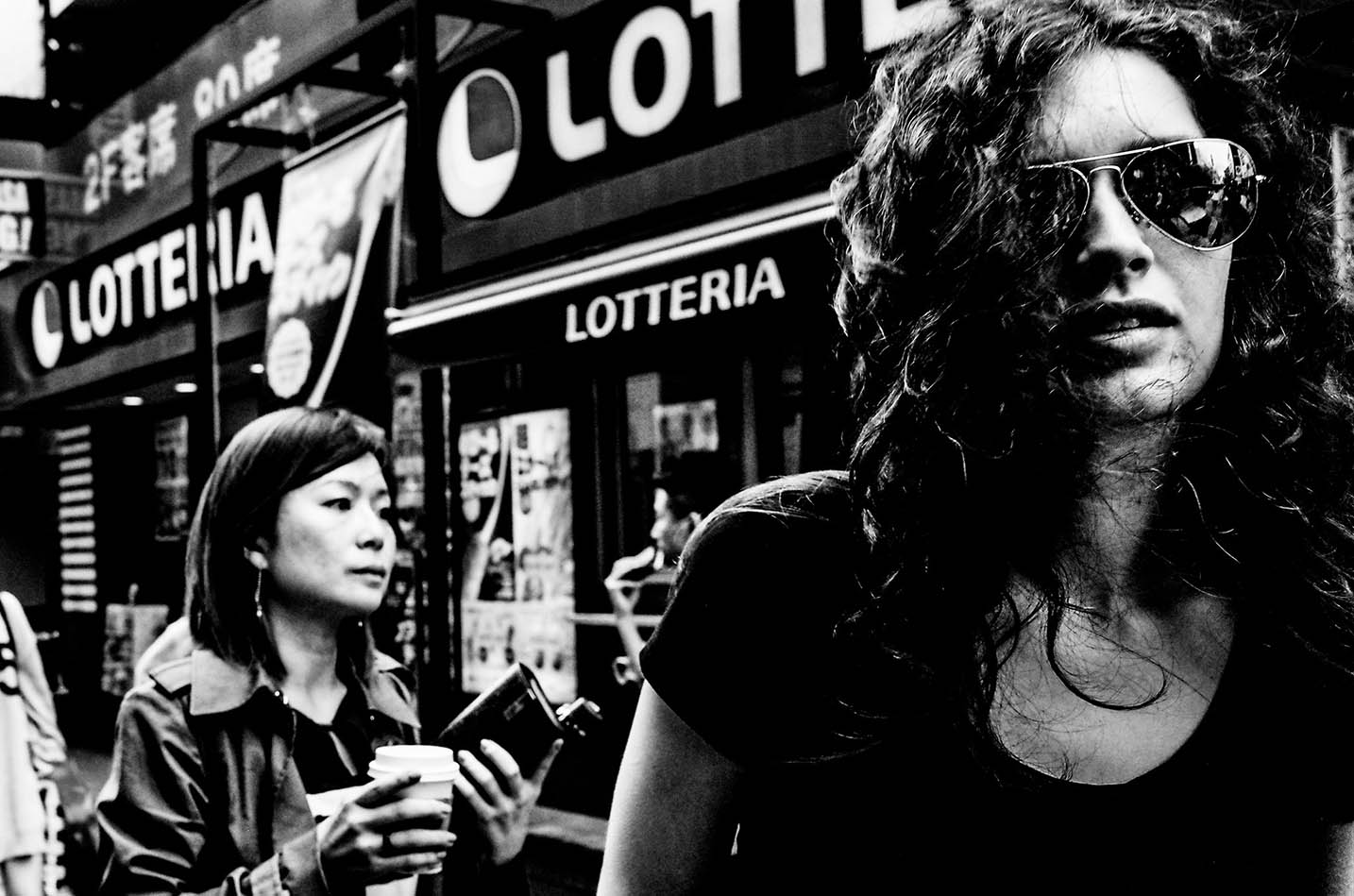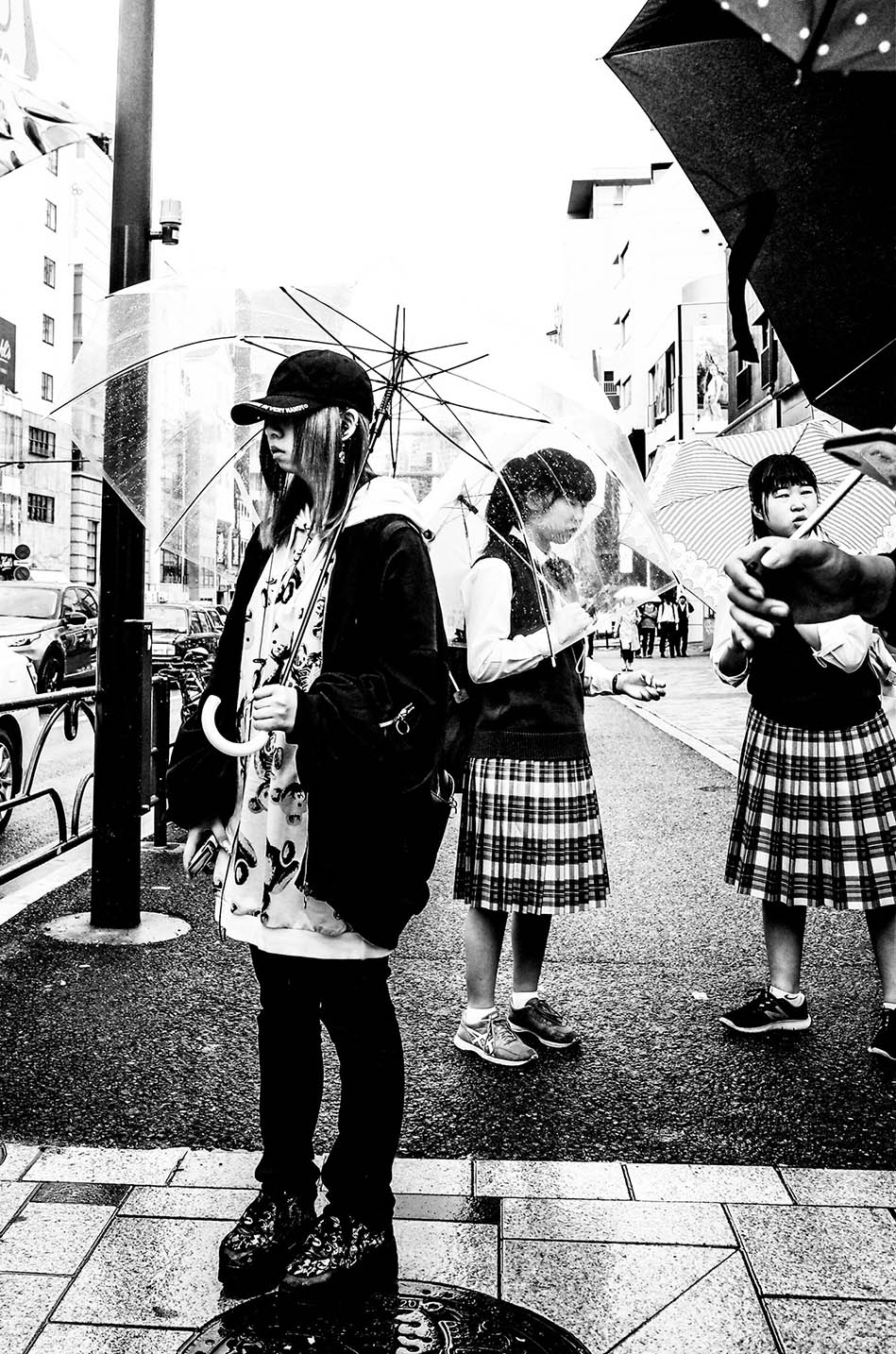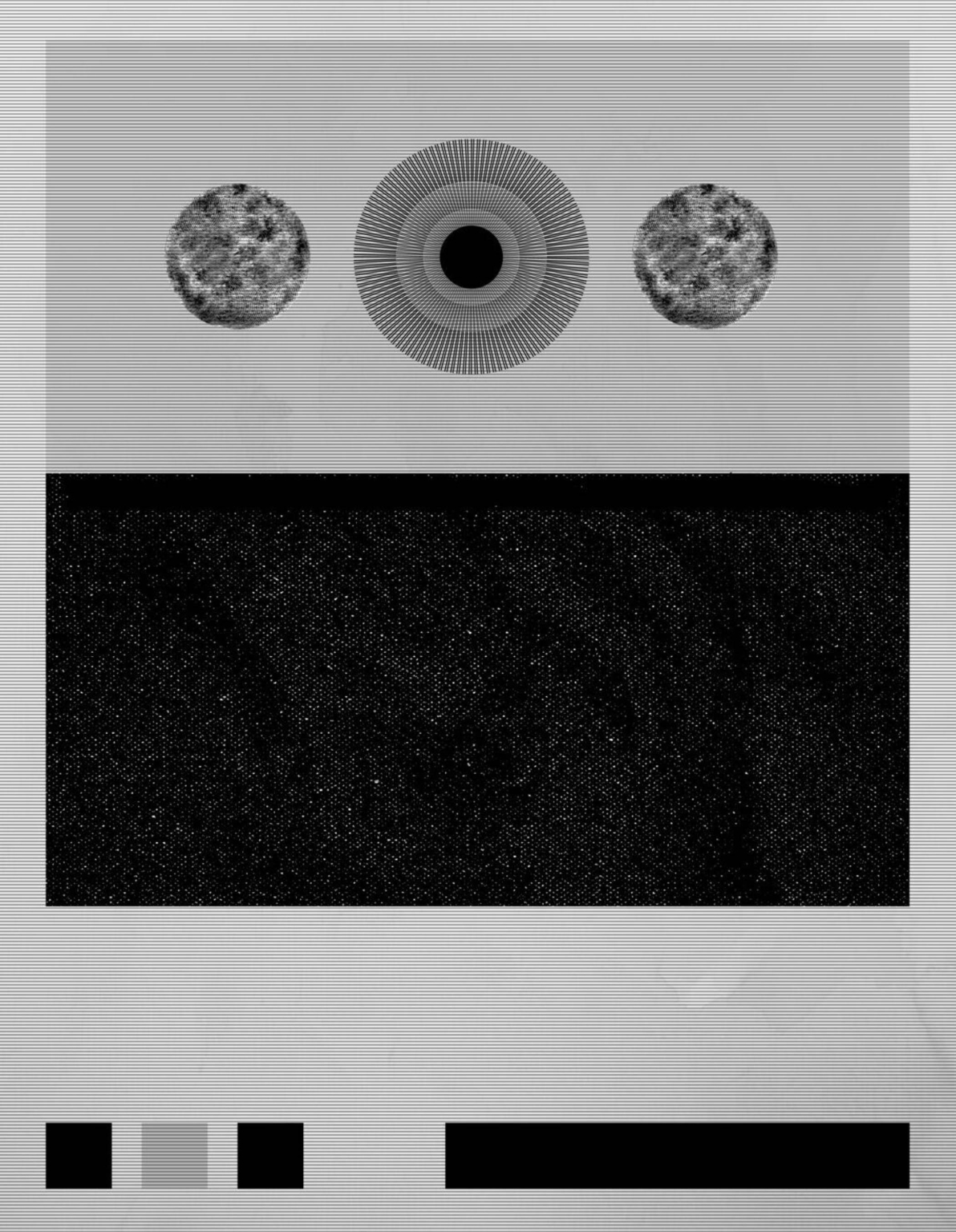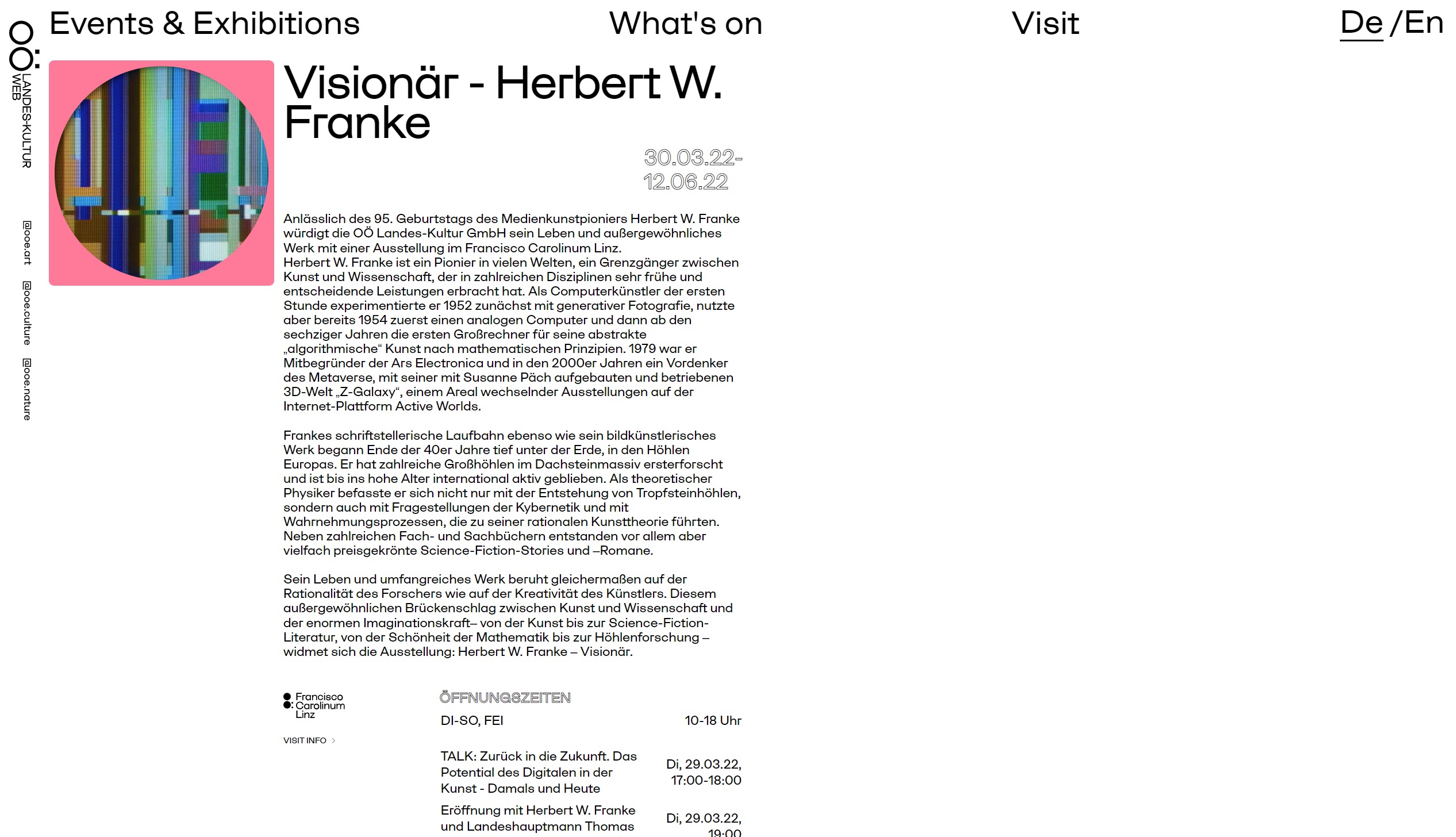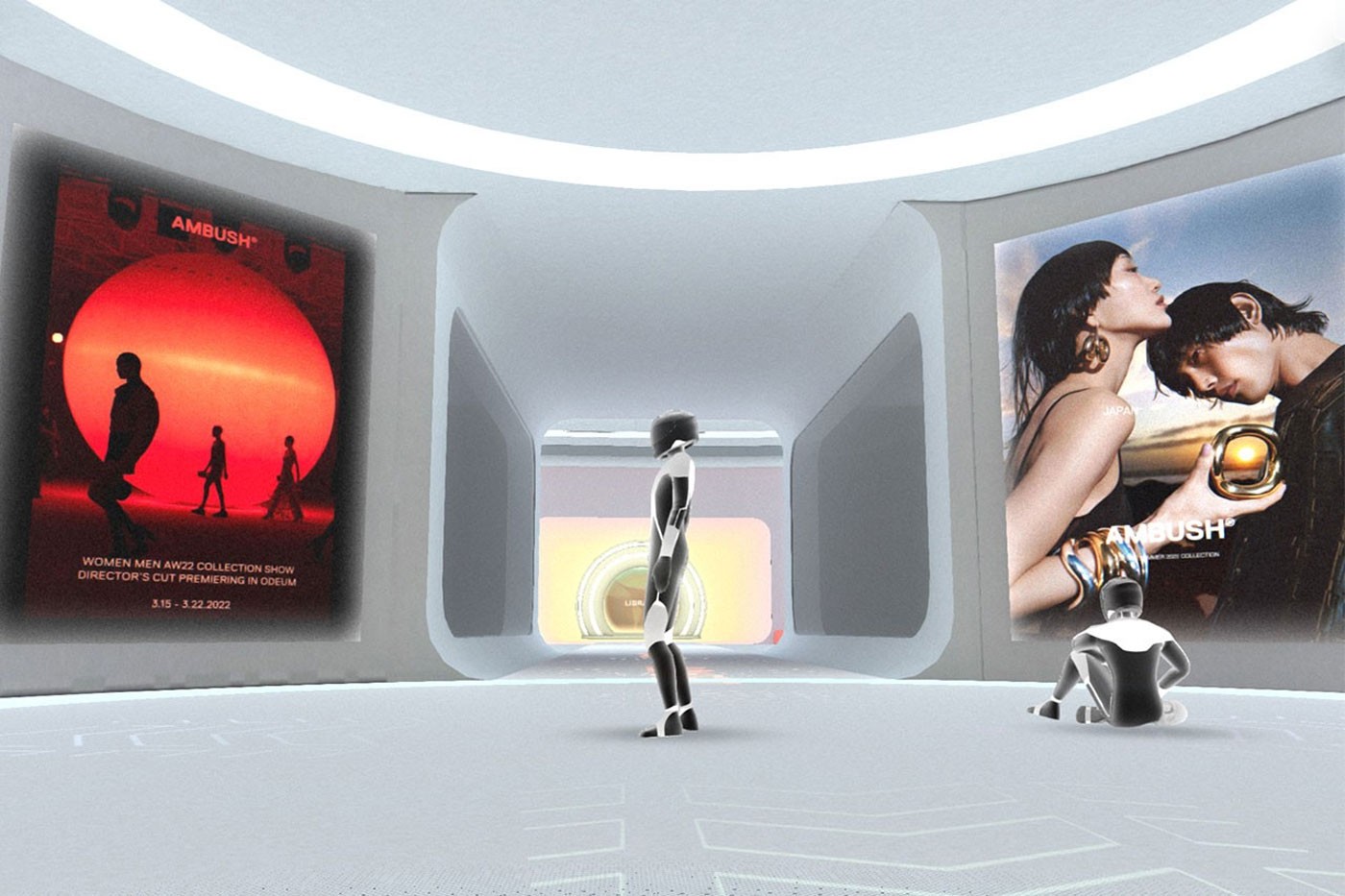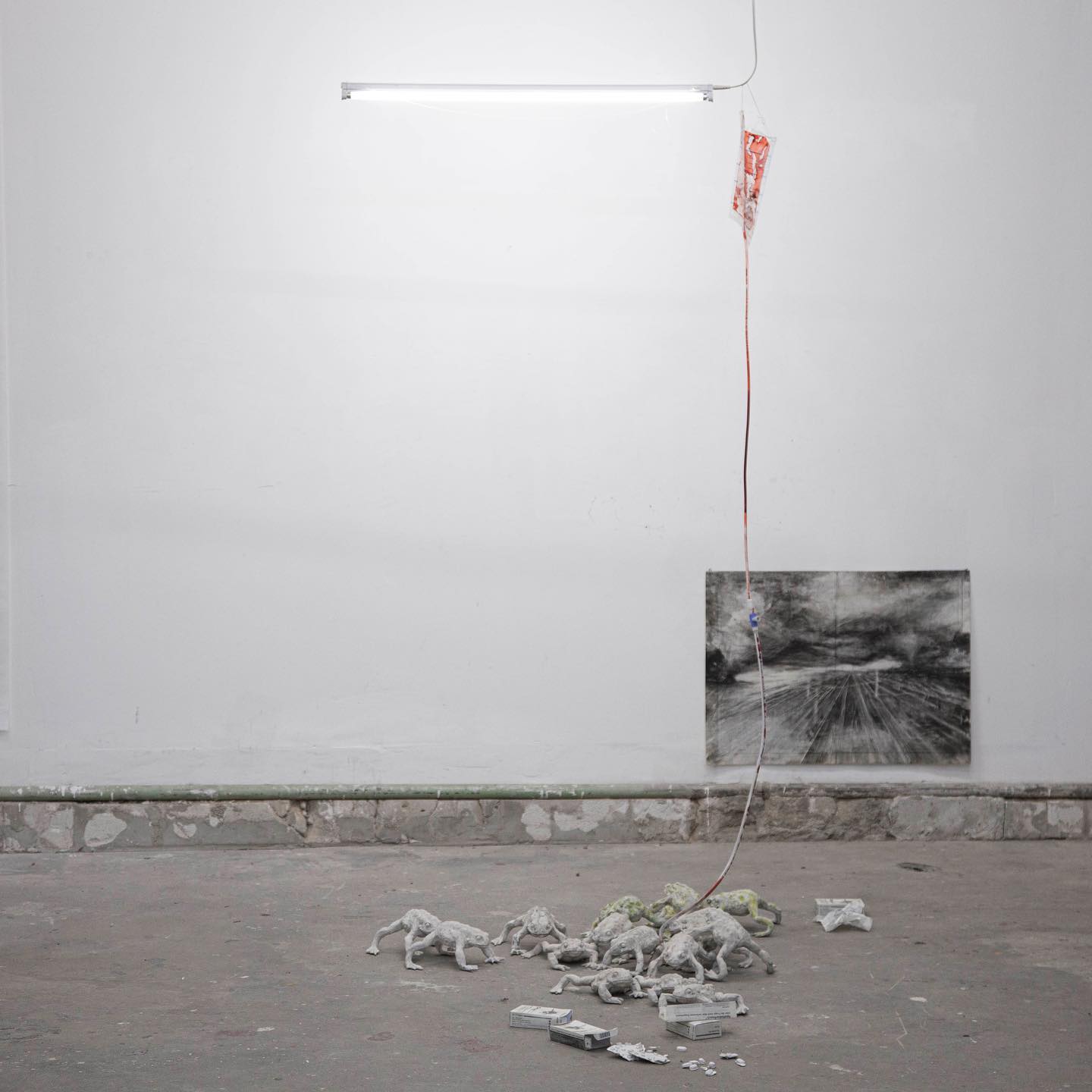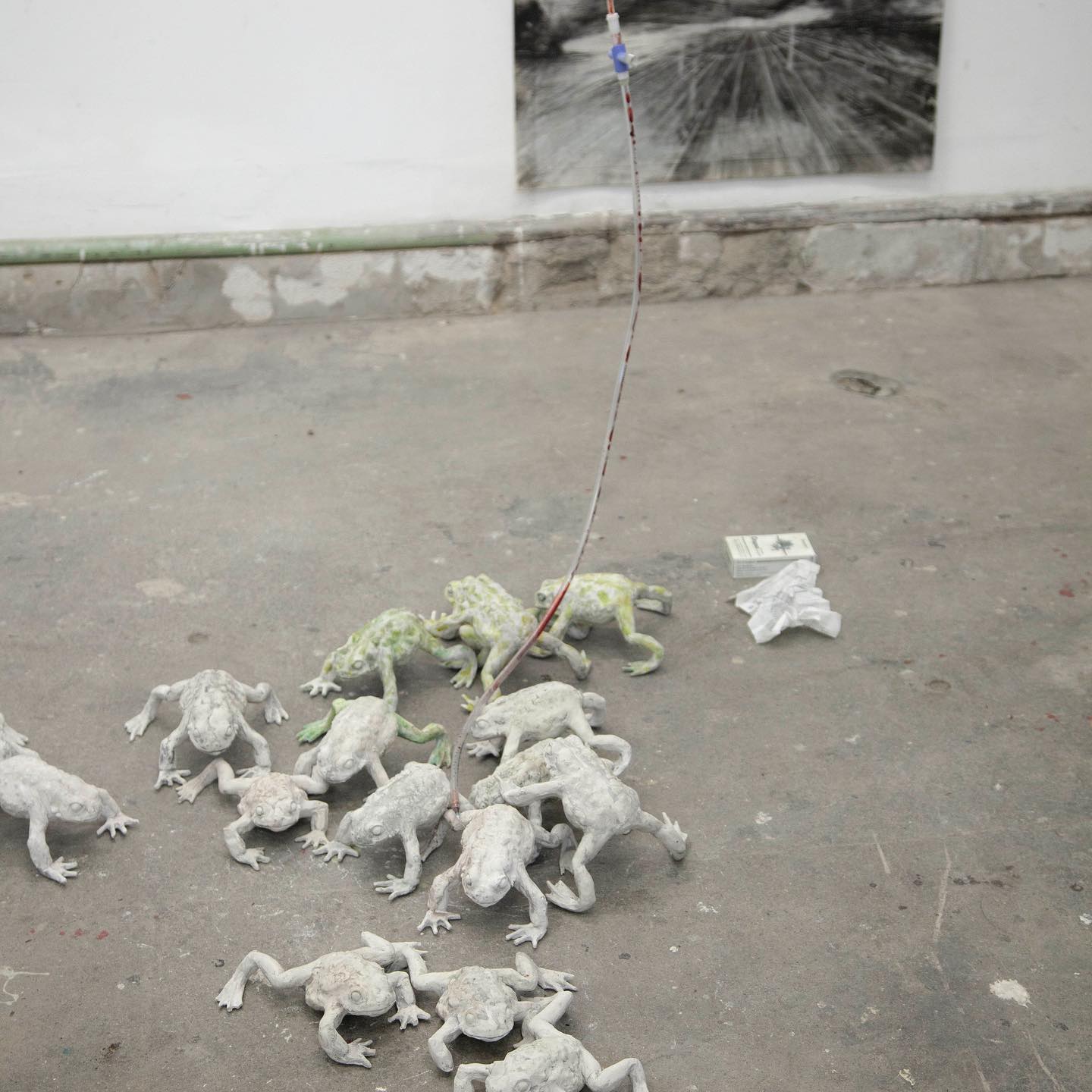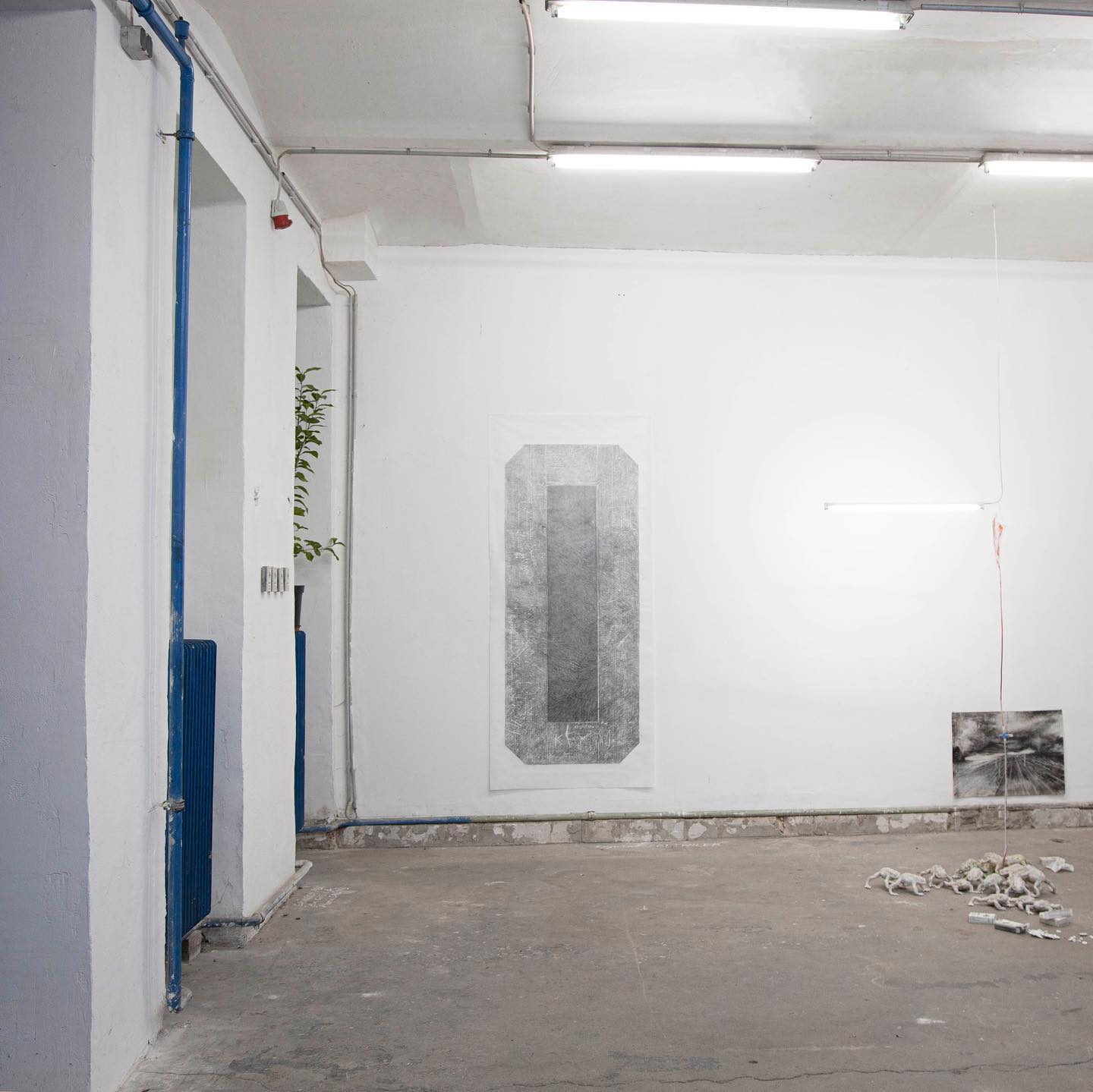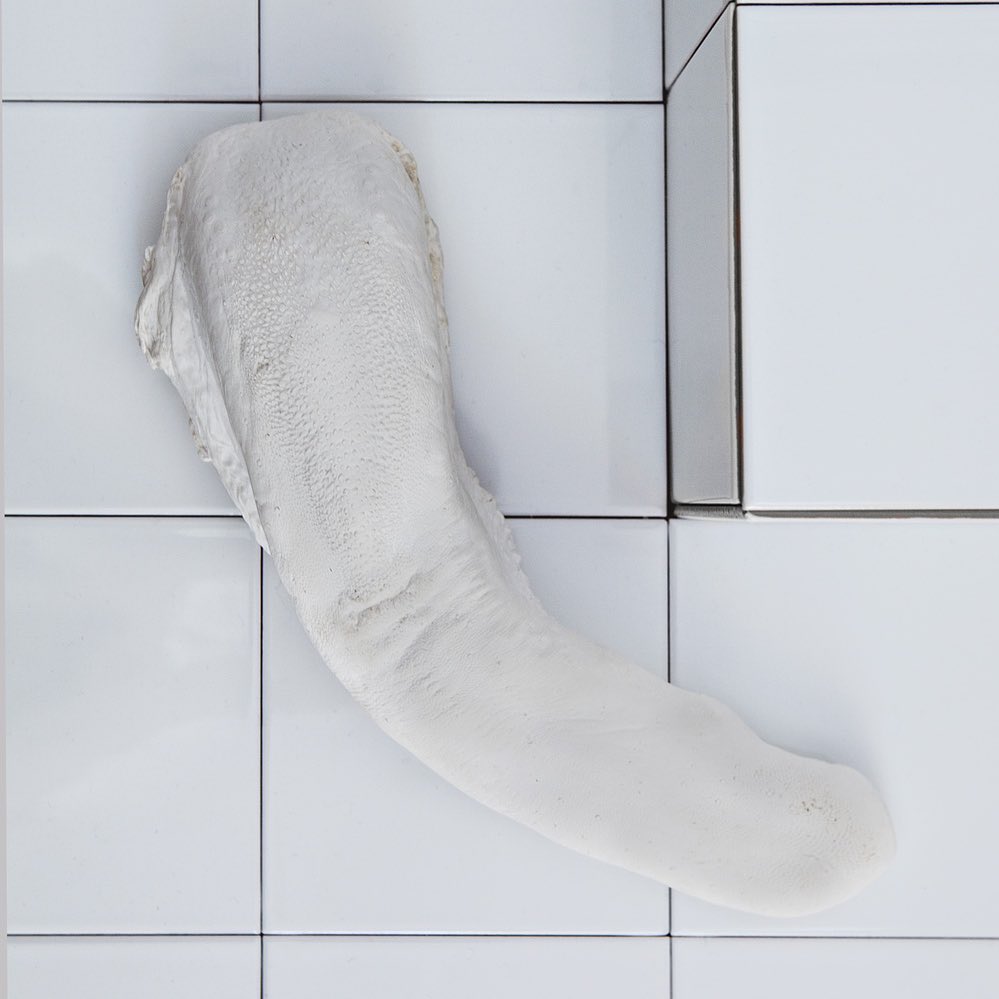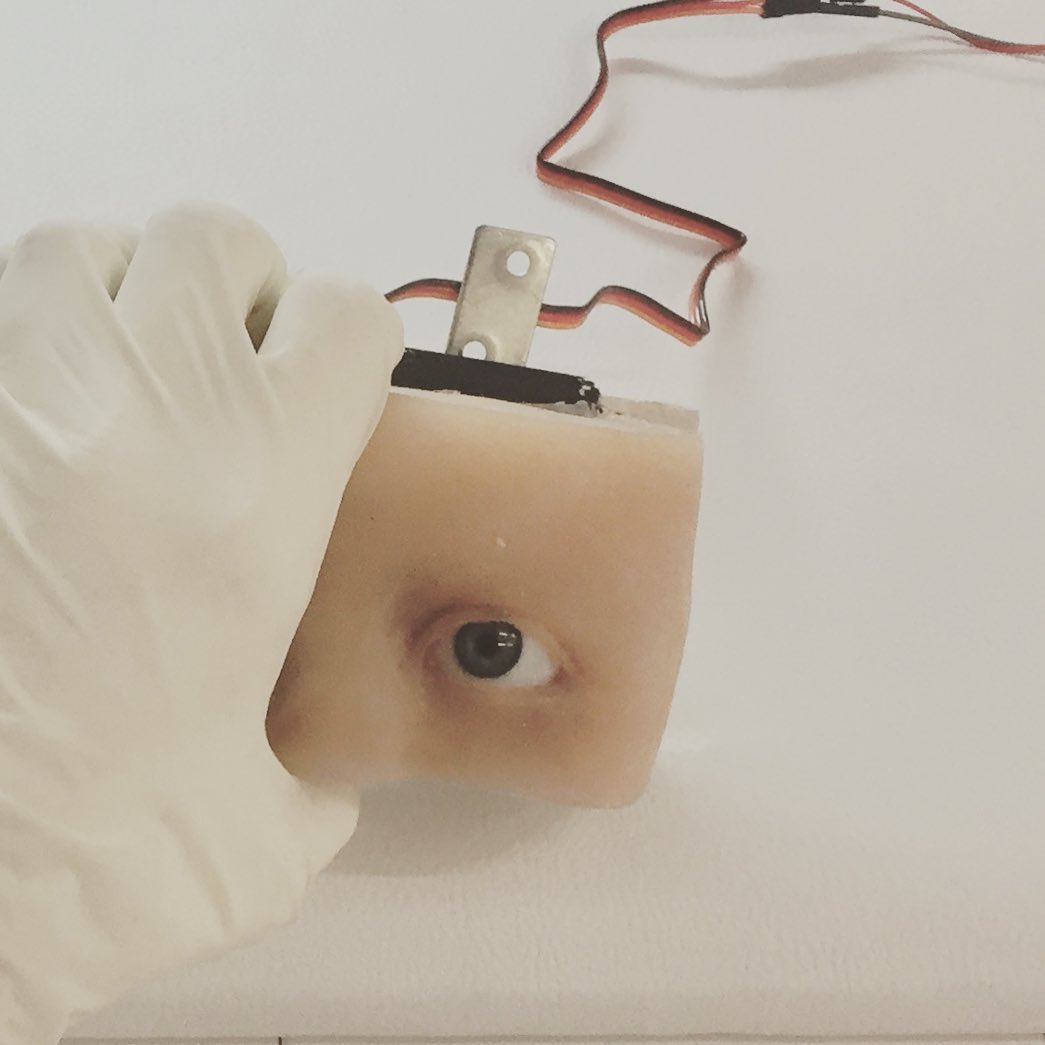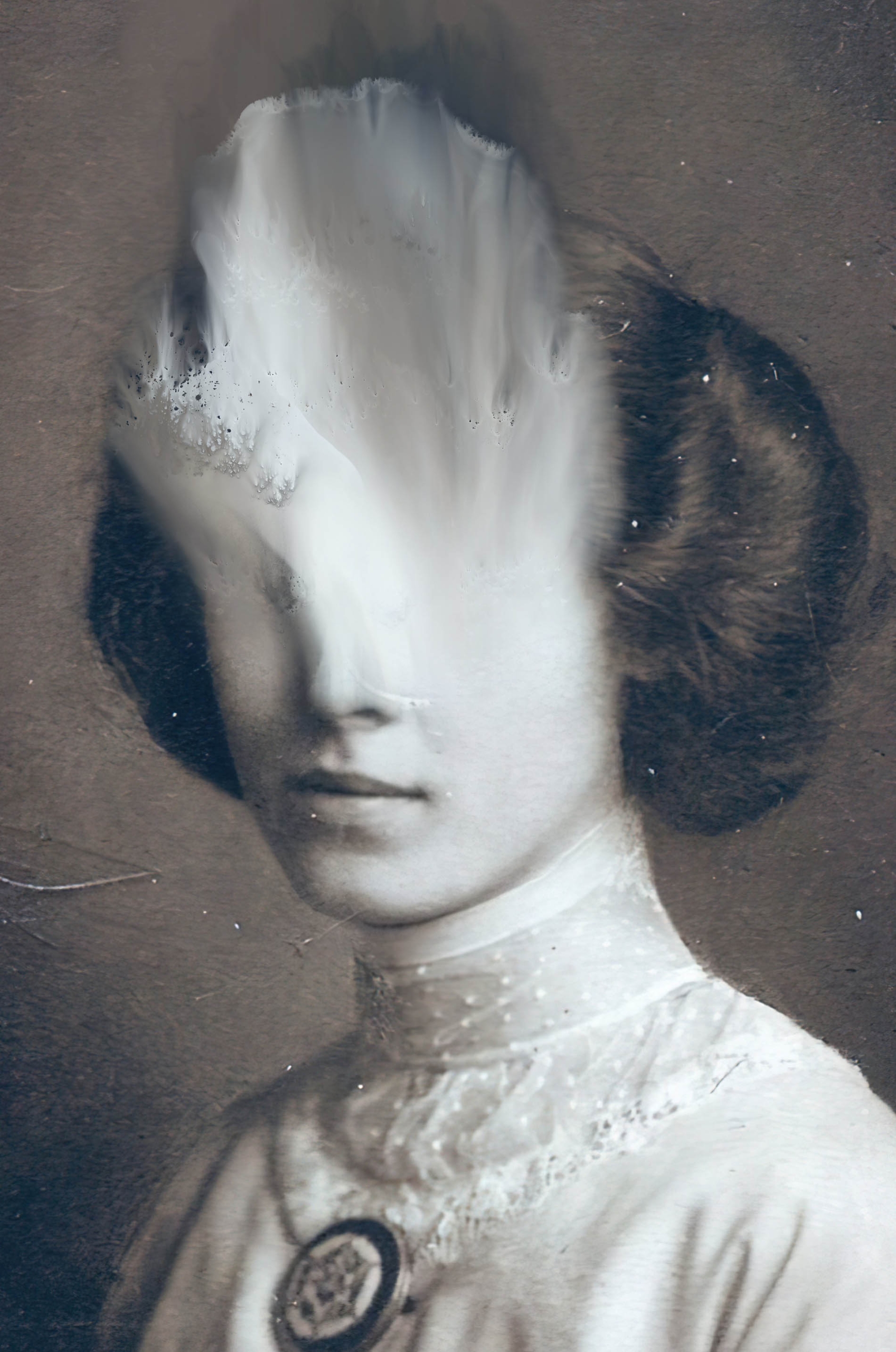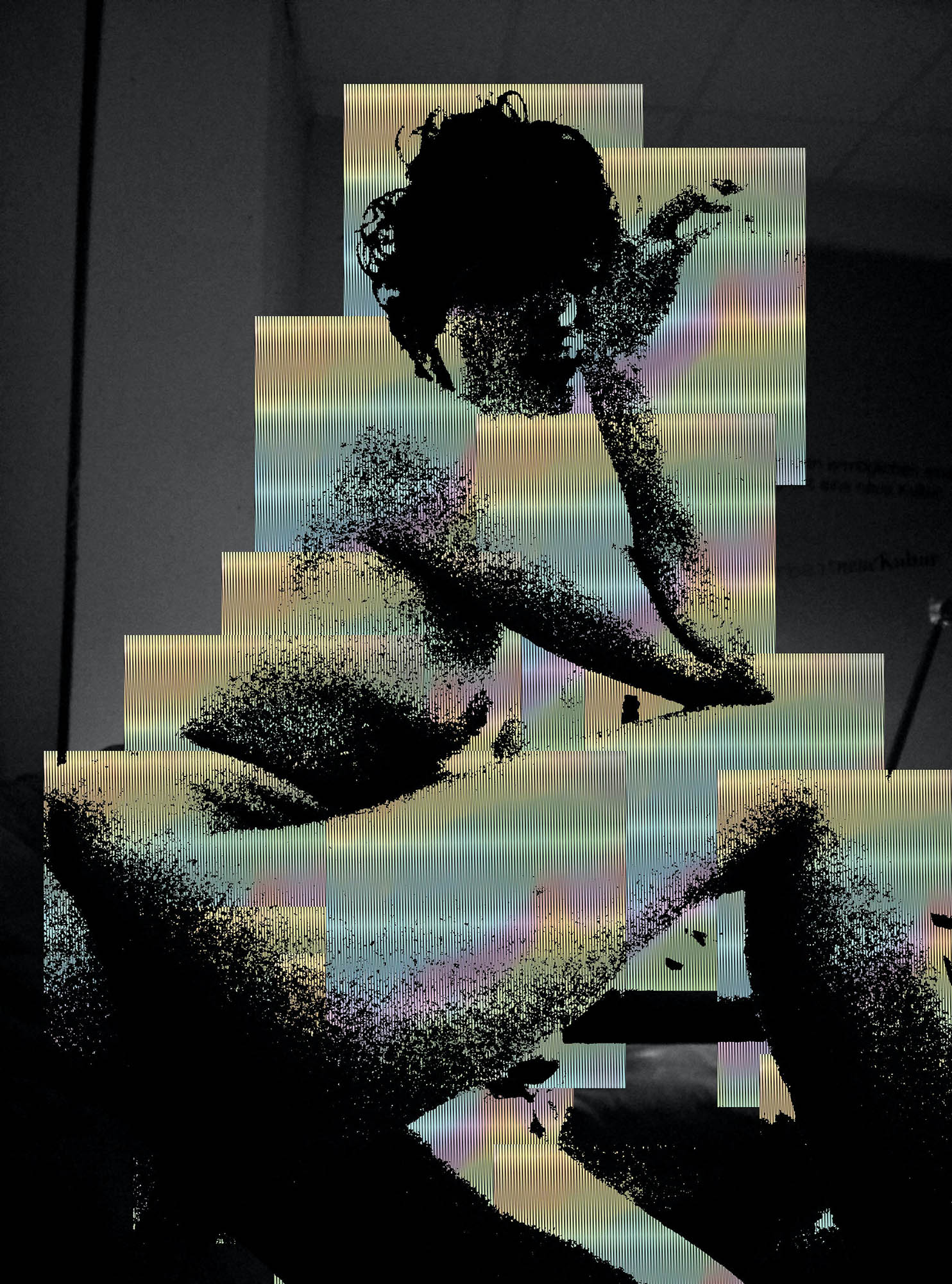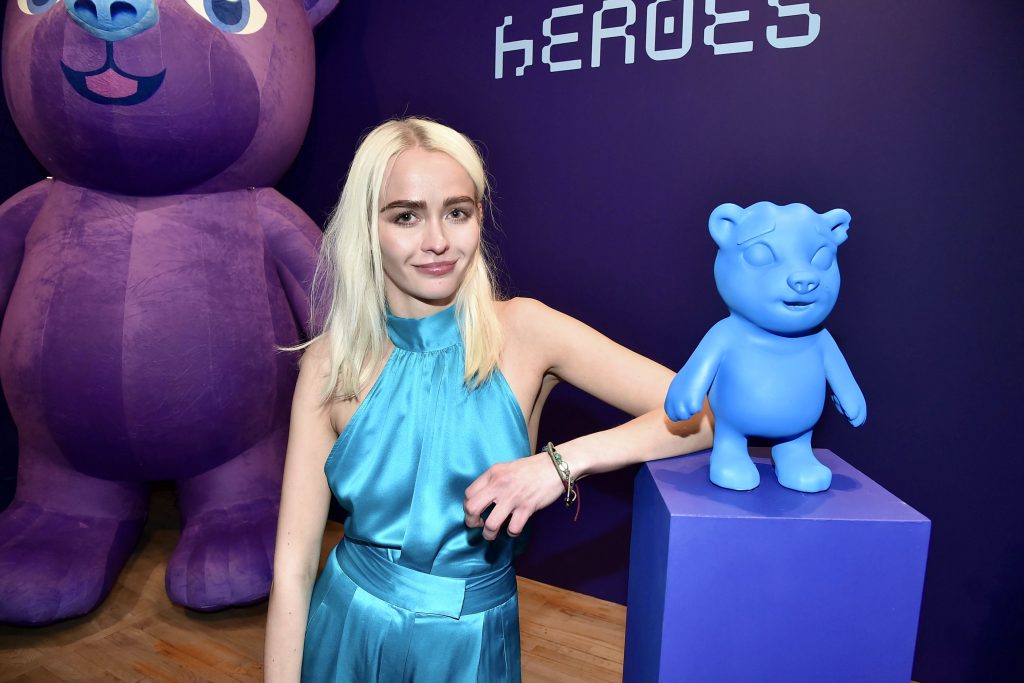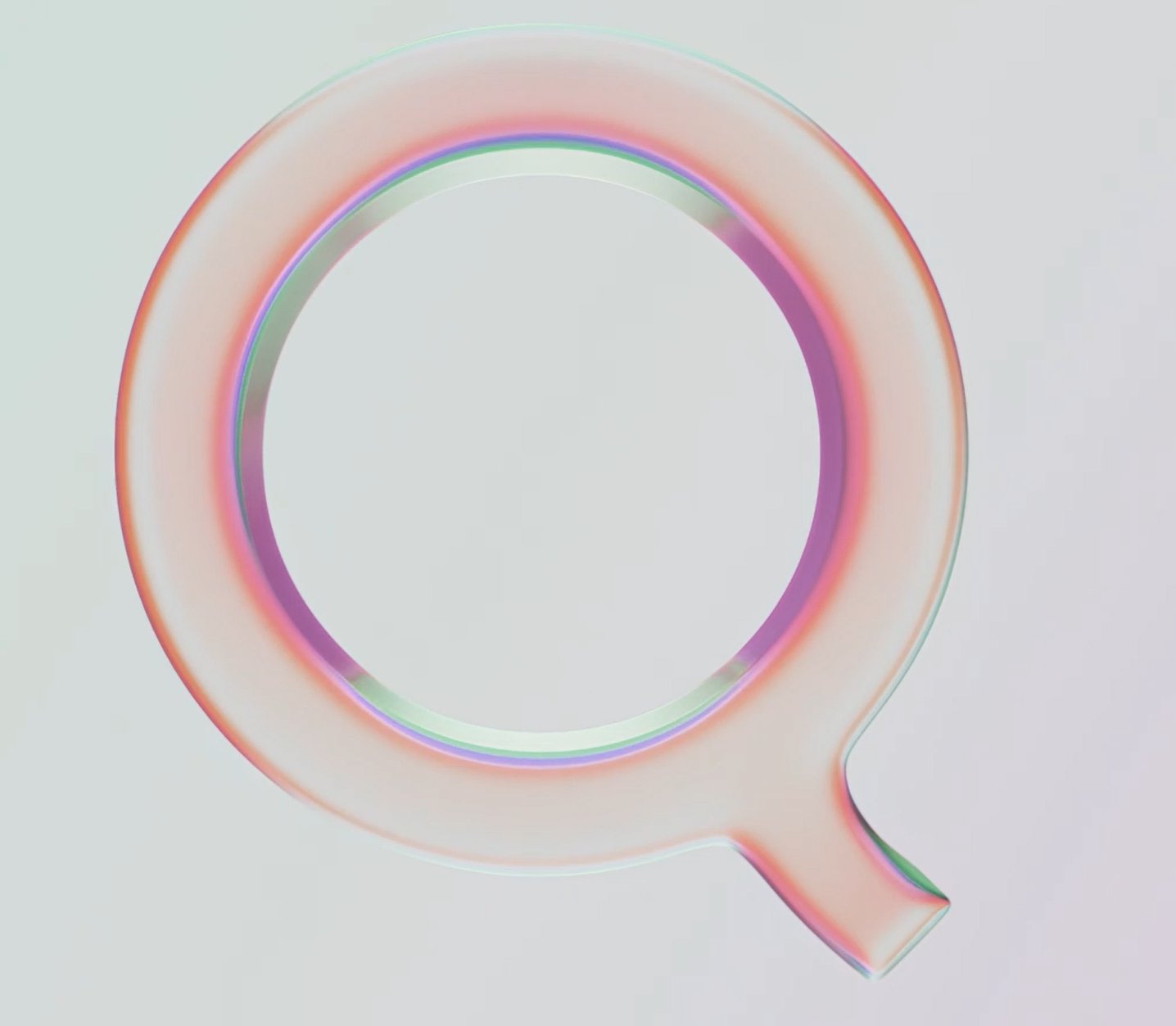Token | Art | NFT
New Work, Social Token, Crypto Commons, The “greeness” of DLT Technology
Lecture and talk at the Academy of Fine Arts Vienna
Token also means memento
Participation in NFT artworks is much more about growing than dividing. With the DLT application of inscribing shares in a work of art in the blockchain, a community of practice is triggered. Participation in the form of a few pixels in the digital Genesis Token of the masterpiece `The Kiss` by Klimt was only the beginning of a process for the museum Belvedere. Nothing less than the concept of “legitimate peripheral participation” as a kind of “bridge concept” of the digital transformation of art, museums and knowledge was thus technologically reinforced.
Ex Machina 2.0
A conversation with Digital Cooperativist Thomas Schneider
:::::::::::::::::::::::::::::::::::::::::::::::::::::::::::::::::::::::::::::::
┻┳
Social Design on Workᴺᶠᵀ
new social models with collective production and fair consumption of use value
WWTF Arts&Science, Prix Ars Electronica, Vienna Biennale,
┳┻|
code întuitif
newwork-newculture
artèQ
Apart from the fact that the digital has influenced art since a long time / z.B Herbert Franke / there is a lot of cool digital art shit out there.
Herbert W. Franke (born 14 May 1927 in Vienna) is an Austrian scientist and writer. Die Zeit calls him “the most prominent German writing Science Fiction author”. He is also one of the important early computer artists (and collectors), creating computer graphics and early digital art since the late 1950s. Franke is also active in the fields of future research as well as speleology. He uses his pen name Sergius Both as this Avatar name in Active Worlds and Opensimulator grids. The Sergius Both Award is given for creative scripting in Immersionskunst by Stiftung Kunstinformatik, first time issued at Amerika Art 2022.
Another Pioneer; Titus Leber :
Titus Leber is an Austrian screenwriter and director of music feature films and is considered to be one of the creative pioneers of the transitional phase from the analogue to the digital age. From 1984-1985 Titus worked as Research Fellow at the Center for Advanced Visual Studies (CAVS) at MIT. There he developed his “Image Reactor”®, an interactive Laser-Disc installation using complex permutative image-matrixes to simulate visual thinking. Early publications on artificial intelligence in the arts.
And there is far too often, unfortunately unnoticed, new superb original digital art in the field. One of my absolute favorites is Nikita Diakur
Exciting artistic as well as social aspects.
Entropies are NFT artworks that evolve each time they are transferred from one person to another. With each transfer of purses, an entropes inherits, blends, and imprints its genomic history onto a visual canvas. Here, different layers interweave.
Originator Circle — Buyer Circle —
“When you buy an entropy, a circle is added and connected to the last circle in the chain. Each circle and connector has a unique genome based not only on the address of the buyer’s wallet, but also on the unique chain of previous owners.”
Let’s face it: The NFT space moves really fast. Considering how quickly things can change in the metaverse, a week in NFTs might as well be a month IRL. Don’t get us wrong — the more people onboarded into the space, the merrier.
Ex Machina 2.0
When people ‘make’ something, these ‘products’ and ‘services’ always emerge in a practical life context and through confrontations; very different people can be more or less actively involved: In the ‘making’ of an NFT project, for example, not only programmers are involved, but also buyers, art mediators, advertisers, tour operators, clients, etc.
In the process, therefore, two things are produced: a product or a service and, at the same time, a social context.
In this perspective, the production process is no longer ‘only’ a temporally limited production process that is only oriented towards a product: the production process is much more a complex context – similar in its structure to a landscape in which diverse relationships exist between different people/contexts. What emerges or develops in the process are not so much finished end products, but rather ‘productions’ in the sense of artifactual constellations of meaning. The concrete product gains a different status: it becomes significant as a projection of social-cultural contexts. Seen in this way, in a concrete ‘product’ – a ‘ledger’ – different people with their abilities, skills, experiences, knowledge, feelings, their history, as well as work practices, means of work, material, work relations and work references are always present as human social potentiality. By entering into a relationship with this socially structured world, people are able to participate in the procedures and processes.
The perspective of participation is thus always to be understood in a relational dimension of meaning and as a movement of approach. At the same time, it becomes apparent that only by means of and through participation in a social practice can a relationship of the individual to the (life) world be established, formed and deepened. People take advantage of this possibility when they come together in informal practice contexts, meet, exchange and communicate. It therefore makes sense to understand the cultural practice of communalization from the perspective of the ‘changes’ taking place in the process much more comprehensively as a digital transformation that shapes new cultural techniques.
Freedom! calls reason, freedom! the wild desire. – Clearly, however, NFT is also very much about making a living with art.
Money is one of the oldest and most powerful memes — the cultural counterpart of genes, passed down generation to generation. Our culture would be entirely unrecognizable without money at its center — even something as fundamental as writing came about through the need for better accounting systems in 3500 BC. In more modern times, money is best understood by its three primary functions: store of value, unit of account and medium of exchange.
While the idea of fetching a six-figure payday for the latest trending digital art piece has been a major factor in the attention placed on the sector, the truth is that the cryptoindustry has only scratched the surface of what NFT technology is capable of.
Intellectual property and patents
NFTs are ideal for tracking intellectual property (IP) and patents as they take the current system of trademarks and copyrights to the next level by offering a way to prove ownership of any piece of content.
The data-keeping capabilities of blockchain technology allow for the entire history of a piece of IP to be tracked and timestamped, offering a way to provide undeniable ownership. Ticketing and rewards programs One use case for NFTs that is already being explored and implemented in entertainment venues around the world is in the creation of tickets or passes to events. The ability to create an unlimited number of unique NFTs allows venues like concert halls and sports arenas to issue tickets for entry as NFTs that can be easily verified or transferred. The prevalence of smartphones across society has made digital ticketing possible, and the integration of NFT technology will help to make this process more efficient and easier to track. Companies can set up rewards programs where participants are given NFTs that are used to track purchases or activities within the organization for rewards purposes. Instead of issuing physical cards or tracking activity by phone number, which exposes an important piece of personal information, activities can be tracked via an NFT that is scanned without revealing any other information. Exclusive memberships A final application of NFT technology is as a general utility token that performs a specific function, like verifying membership to an exclusive club or providing access to a certain service. This is a function that is already being employed by a number of NFT projects where they have a website or Discord group that can only be accessed after verifying ownership of an NFT from that particular collection. The applications of this idea are wide-ranging and run the gamut, from content creators offering fans exclusive access to songs if they hold an NFT released by that musician to secret societies allowing rare NFT holders to access their sacred libraries.
motion nft
My contribution for #Fear4TEZ is actually pretty dark, don't you think so? But I like it! 😈
卩乇尺丂ㄖ几卂ㄥ 卄乇ㄥㄥ
50/130, 1 tezzie🔊 sound on!!! (very important)
and check the original on @versumofficial please, it's a beautiful 4K video.
🔗👇 pic.twitter.com/miC7yrrxka— Kika Nicolela (@kikanicolela) May 12, 2022
Omg, it's so amazing! https://t.co/Xth2IxJNr1
— no_mad. (@neon_based) May 12, 2022
5000 Space Aliens: the first and still only animated feature film selling every second of its footage on the blockchain. Pretty damned original! pic.twitter.com/dHvt4zG2xk
— 5000spacealiens.eth AF (@5000spacealien1) March 13, 2022
NO.O34 pic.twitter.com/fXpW4dr4yW
— CUBE (@cube_nft) March 20, 2022
https://twitter.com/ProfessorJun_/status/1508509395839238145?s=20&t=ML-8RGaSJM8ZxK15GfEWww
https://twitter.com/ina_vare/status/1508778979829989376?s=20&t=ML-8RGaSJM8ZxK15GfEWww
https://muse0.xyz/
We think we are in control.
We believe that our conscious mind directs our thoughts and somehow controls our subconscious.
It was wrong.Fractures Vol.1#NFTCollection
Sound on! 🔊
5 #NFTs 10/10 ed.
11-17 #XTZ pic.twitter.com/FRZfYZNE2P— DomVision (@DomVisionR) March 29, 2022
⭐️⭐️⭐️ PHOTOSENSITIVE WARNING ⭐️⭐️⭐️
👽🛸📺 I'LL BE RIGHT HERE… 📺🛸👽
*** 100% Analog Glitch – No Software Retouch ***
3 editions
I will be accepting the 3 highest offers on Wednesday at 9:30PM EST – 48 hours from now!
Link 👇 pic.twitter.com/AwE72o0gkL
— 📺⚡️PHOSPHOR OPERATOR⚡️📺 (@Pho_Operator) March 29, 2022
good nfts
Let's go! 💥
'Aquamarine Memories' #3 Night Thoughts (third of three-piece collection) out now on @KnownOrigin.io via@AdoptionNFT Gallery.1 of 3 Editions • Now Available for Ξ 0.11#cryptoart #NFT #cryptoartist #ETH #AudioVisual #RetroFuture #SciFi pic.twitter.com/4jQKvvh1qW
— railster (@Railster) December 3, 2021
I hope you’re all ready for this! Opening white list today!!! This project has taken me 6months. Sneak peek of some of the properties. Get ready!!!! pic.twitter.com/DVBhwkGPUM
— COLOMBO (@Jdotcolombo) December 3, 2021
Loving this new ASCII converter. ❤️🔥
Only 80×80 characters in resolution, but the fact that it follows the contrast lines really makes the details pop. 🙂🙃🔄
For sure going to make a new collection with it 👀 pic.twitter.com/59yiFlEI5o
— 1mpo$ter (@_1mposter) April 18, 2022
Art by @andreasgysin pic.twitter.com/2iz00DFaEL
— ArtIsHack (@ArtIsHack) April 19, 2022
Entering the Metaverse
The metaverse is a lofty, nebulous concept. It’s also a violet-colored storefront on Franklin Street in New York.
The term Web3 is useless. What is different now is transparency on Blockchain, auditable smart contracts, decentralized decision making. All can enable entrepreneurs to create more productive and appealing Dapps.
NFTs are a simple example. Taking digital files, applying smart contracts to enable royalties/extractable info. Blockchain to publicly/transparently show provenance/trx history. Decentralized makes it more trusted than centralized
More advanced are trustless insurance policies via smart contracts using public standardized data like weather to simplify/speed up sales and pay outs
With Facebook, Twitter, and YouTube you invite your friends to participate, you generate content together, and the platforms make money.
With Web3 you invite your friends to participate, you generate content together, and you all make money.
The world is now more interested in APIs than atoms, and Web3 is redefining the internet and its activities. Take, for example, @subsquid, whose in-house Hydra protocol accomplishes in seconds what other query platforms take minutes to accomplish.
This space is obviously for everyone and it’s inclusive. I just want to see it built by us, for us. If the VCs want to show support then great! But I see opportunistic behavior as a turnoff. Passion is better.
1/ Y’all got it wrong. Web 2 is just the aggregate of all the websites that allow for users to contribute rather than the “consume only” model of web 1. Web 3 is just the aggregate of the protocols that allow trading and usage of value. The most famous of which is Bitcoin.
2/ Structurally, web 3 runs on the same old ISP’s we’ve always used, centralized entities that control the gates of the internet. Web 4 will entail becoming your own ISP. #BULLISHv
NFT Pioneer Olive Allen Wants to Introduce the Art World to the Metaverse. Her Vision of the Future Looks Nothing Like Zuckerberg’s
At least that’s the idea behind Olive Allen’s new exhibition at Postmasters Gallery, which purports to recreate the Web3 world within the white cube. The title doubles as an ominous invitation: ”Welcome to the Metaverse.”
With its cheap, roller-rink lighting and glitchy soundtrack, Allen’s exhibition doesn’t actually capture the essence of the metaverse—at least not the utopian vision peddled by Mark Zuckerberg and other tech evangelists. But it does get at some of the affects we associate with the word in 2022: ‘90s nostalgia, corporate co-optation, video-game aesthetics, venomous reply-guy vibes.
NFTs Started ‘a Digital Art Renaissance.’ It’s Far From Over
As the .ART domain registry marks its fifth anniversary, digital artists hail a revolution in their industry.
A new renaissance
“Blockchain technology, and NFTs in particular, have sparked what I describe as a ‘digital art renaissance.'”
Liberating artists from their modern-day garrets

This piece presents the concept of “Metaverse Cities”, as an exploration of how “crypto cities” and “crypto states” are melding with the physical infrastructure of cities to offer new potentialities in how people organize, work, rest, and play. It forms a contribution to a broader project by RMIT Blockchain Innovation Hub on “The Digital CBD”.
The Metaverse
The concept of “The Metaverse” refers to the linking of digital and physical spaces (Dionisio, et. al. 2013; Nabben, 2021) that seamlessly integrates the physical world with the virtual world. This allows avatars to carry out rich activities including creation, display, entertainment, social networking, and trading, hybridizing work, rest, and play between physical and virtual reality (Ynag, et. al. 2022). The Metaverse is not a singular place but any virtual reality (digital space) or augmented reality (physical space enhanced by a digital overlay) that is accessed through computer interfaces. This layering over of existing media forms establishes the immersive potential of a mixed media reality. The Metaverse introduces a new era in technology entrepreneurship and digital innovations, introducing new business models, and modes of work and leisure and cultural experience and expression (Momtaz, 2022). It is the next chapter for social, cultural, and economic practice across both digital and physical spaces.
In 2021, Seoul Metropolitan Government announced its intention to invest $3.3 million to become the first city to immerse itself in the metaverse, including hosting cultural events in the Metaverse to attract global tourism, a virtual city hall for citizens to interact with public officials and access services, and community recreation spaces (Seoul Metropolitan Government, 2021).
NFTs as a springboard to Web3
The future of digital art
“Having a way to digitally sign and track sales of the artwork is huge.”
________________
The 10 point life jacket against green bashing by NFT
┳┻|
┳┻| Version 2.0/5.4.2022 artèQ
1. propaganda with adventurously estimated numbers.
Zero Knowledge represents on the one hand a promising solution to an old problem in cryptography, but also the many scrambling critics of the NFT footprint. It is amazing what misinformation is spread about it. It may be well-intentioned (or maybe not), but arbitrary numbers and data are being conjured up to attack artists, art collectors, and museums for participating in a larger, democratic ecosystem of the future. The power for this ecosystem comes from billions of outlets, and so the numbers cannot be particularly realistically estimated, let alone accurately calculated. Consequently, based on still reasonably realistic calculations and estimates of electricity consumption, there are studies by hyper-accurate scientists regarding CO2 consumption that range from 1.2 to 130.5 megatons of CO₂ per year. Well, that’s about as accurate as it gets.
2. mines and transactions on the chain are different pairs of shoes.
Calculating the CO₂ footprint based on the number of transactions in NFT production is based on a fundamental misunderstanding of how Ethereum works. Any argument along these lines is inherently flawed because blocks are produced regardless of the number of transactions.
3. NFTs are a small subset of blockchain applications.
Moreover, the majority of activity on Ethereum has nothing to do with NFTs, but rather with DeFi, for example. Therefore, it does not make sense to attack this very small subset at the large crypto scene.
4. the NFT scene is working systemically towards a greener future.
Pure proof-of-work systems are being phased out. We have 50+ L2 solutions already NOW! While optimistic rollups (like @arbitrum) and SideChains (like @0xPolygon PoS chain) are incredible advances, it seems clear that the optimal mix of security and scalability will come from ZK rollups (Zero Knowledge Proofs).
This is something we have been working on for years. Ethereum has introduced the division into Execution Layer and Consensus Layer and at the moment is progressing step by step with `greener`while secure upgrades Beacon-Chain / Merge / Shard Chains. All major marketplaces are implementing L2s layers which completely mitigate all the allegations.
5. the problem concerns only the cryptology aspect.
It is also not possible to speak of an NFT problem, but one of the partial aspect of consensus mechanism and cryptology, which is permanently being worked on in order to make the function-critical data handling balanced, secure and energy-saving. The proof-of-work problem arises because this consensus mechanism currently still has its advantages in terms of security and decentralization. For particularly high-value usage scenarios, this form is still recommended, especially from a security perspective. Scaling a blockchain requires either a collective shift of mining activities to supercomputers, which contradicts decentralization due to expensive hardware requirements, or incremental software refinement, which is slow and tedious and always carries the risk of fragmenting communities. Examples include proof of stake and delegated proof of stake protocols, which significantly increase throughput and reduce power consumption, but require more complex game-theoretic security analysis. They risk undermining the security architecture of trusted distributed systems by reducing the redundancy and thus the power required to successfully attack the valid completion of a single task.
6. even in pure POW systems, power consumption does not correlate with the number of transactions.
For Proof of Work, the number of transactions has little to no impact on Ethereum’s carbon footprint. NFT’s are particularly “light” in terms of number of transactions, but even that is actually irrelevant because block size has no correlation to carbon footprint. Blocks are created with 0 transactions or with high transaction capacities. The environmental cost remains exactly the same.
7. the art NFT market demands miners to be more green
The NFT scene within the blockchain community is extremely behind the fact that the footprint plays a central role, the only valid argument that they are also environmentally harmful is that participation in the art NFT market, increases activity overall and thus affects the price of mining. Therefore, this generally becomes more attractive and brings more miners to the start.
8. blockchain supports the development of sustainable energy infrastructure.
GPU mining spinning out at PROTOCOL level (e.g. ETH2.0) represents highly professional industrial mining mostly powered by geothermal energy surplus in Iceland, renewable energy surplus in wind power and by means of many other renewable energies.
9. how much energy does 5G or the US military eat? Consider proportionality!
There is a lot of justified criticism of the NFT and metaverses, for example on their general quality, design, or regarding unresolved plagiarism issues, and we generally welcome an informed discussion on this. The arguments in this regard span a huge arc between the assessment in the crypto commons scene that NFT and DAO’s have social revolutionary potential – “Let’s fix the World” – (https://www.frontiersin.org/articles/10.3389/fbloc.2021.578721/full#footnote20 ) and blank scorn among skeptical nerd observers with the view that NFT’s are bare garbage (https://www.youtube.com/watch?v=YQ_xWvX1n9g).
We are happy to discuss this, but if the consumption of energy is not put in relation to the actual purpose of the application, and not in relation to other more or less useful technological applications such as our satellite network, SWIFT, 5G or streaming, it is simply extremely manipulative and unfair to talk about the environmental impact of NFT.
10. there are numerous sustainable projects that can only be implemented with crypto and NFT.
The UN has explicitly acknowledged the great potential of this technology to solve major unresolved value, logistics, and material problems. There are good arguments why it could be just the other way around: proof of work has extraordinarily green aspects. Linking a limited currency to power consumption, as is the case with Bitcoin and Ethereum, links a noncompromisable value system to energy. What do they think happens to the money that central banks print? I think it’s clear as day that it doesn’t save energy.
Even in the arts, this technology is already making it possible to rethink a lot of transportation miles and festival and conference flights. But the real benefit of digital transformation in the arts is storytelling, which is only in its infancy, and the possibilities of art communication over distant distances.

